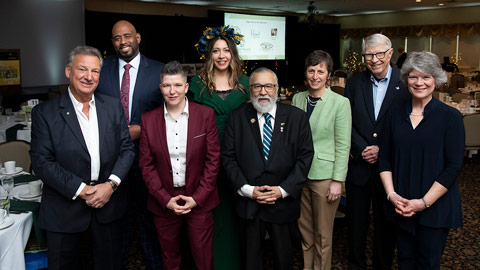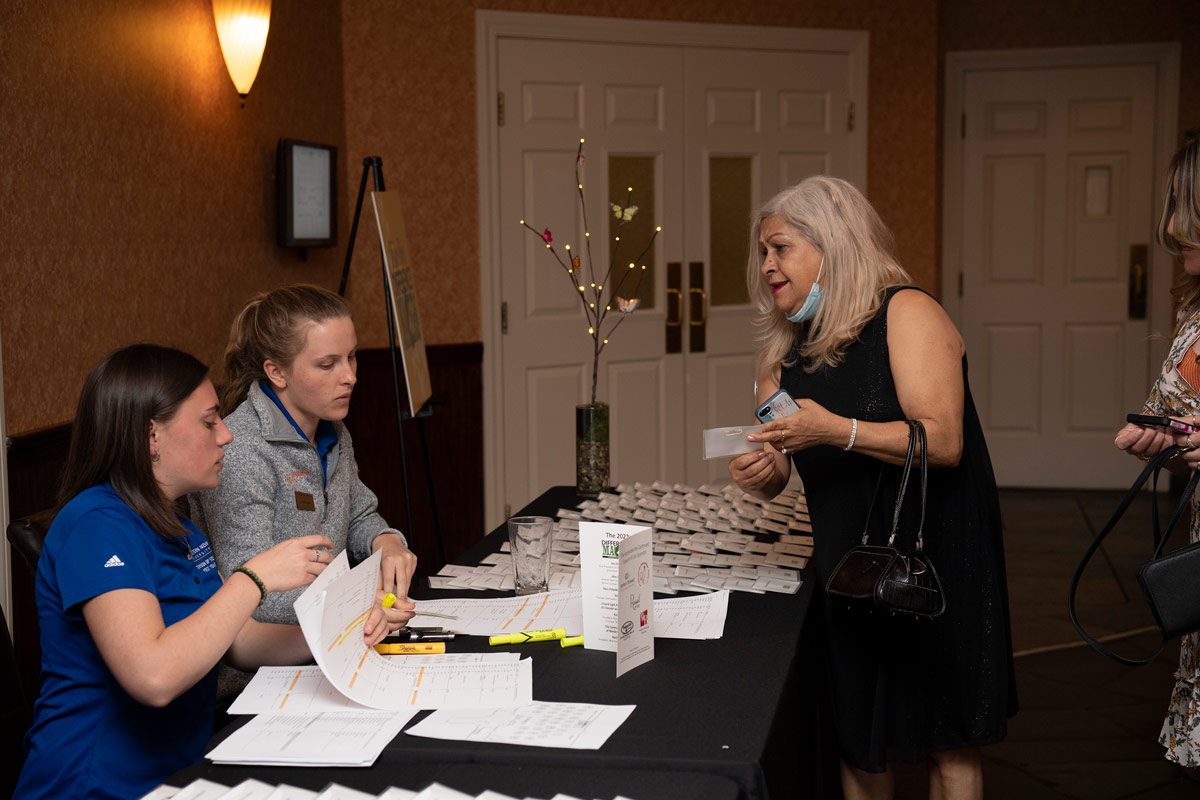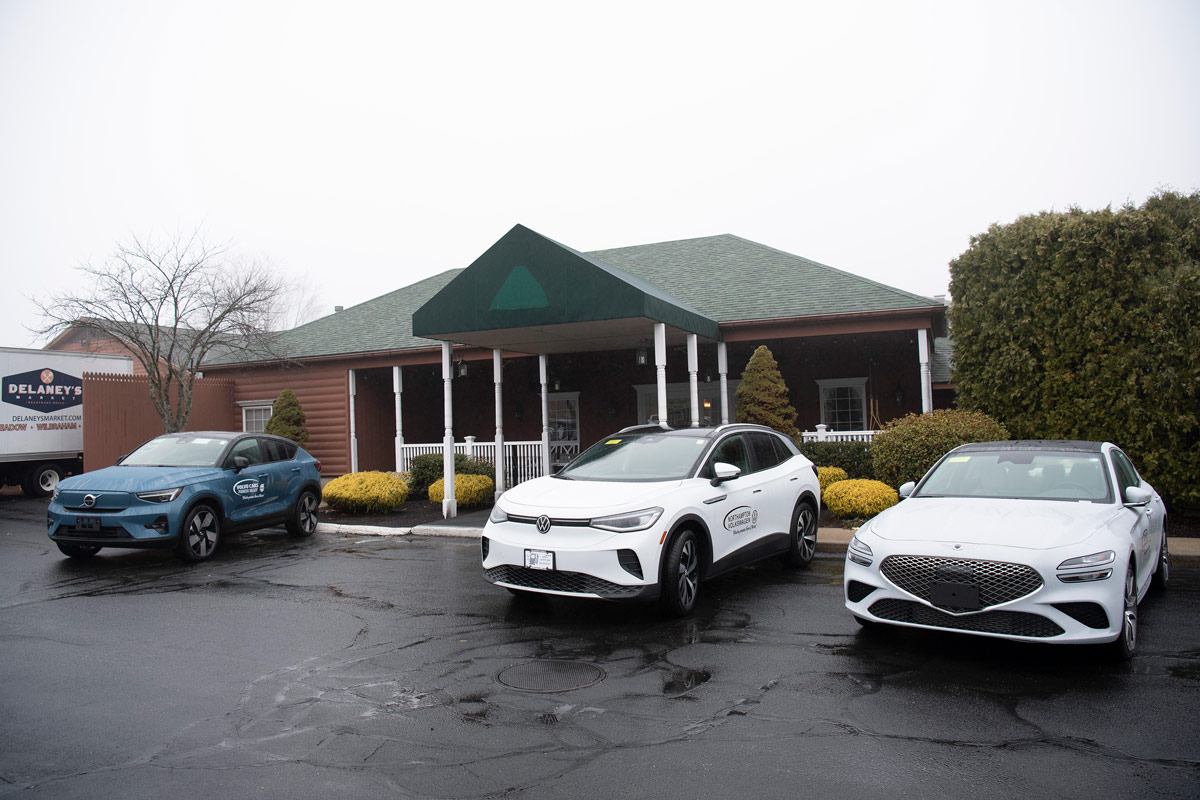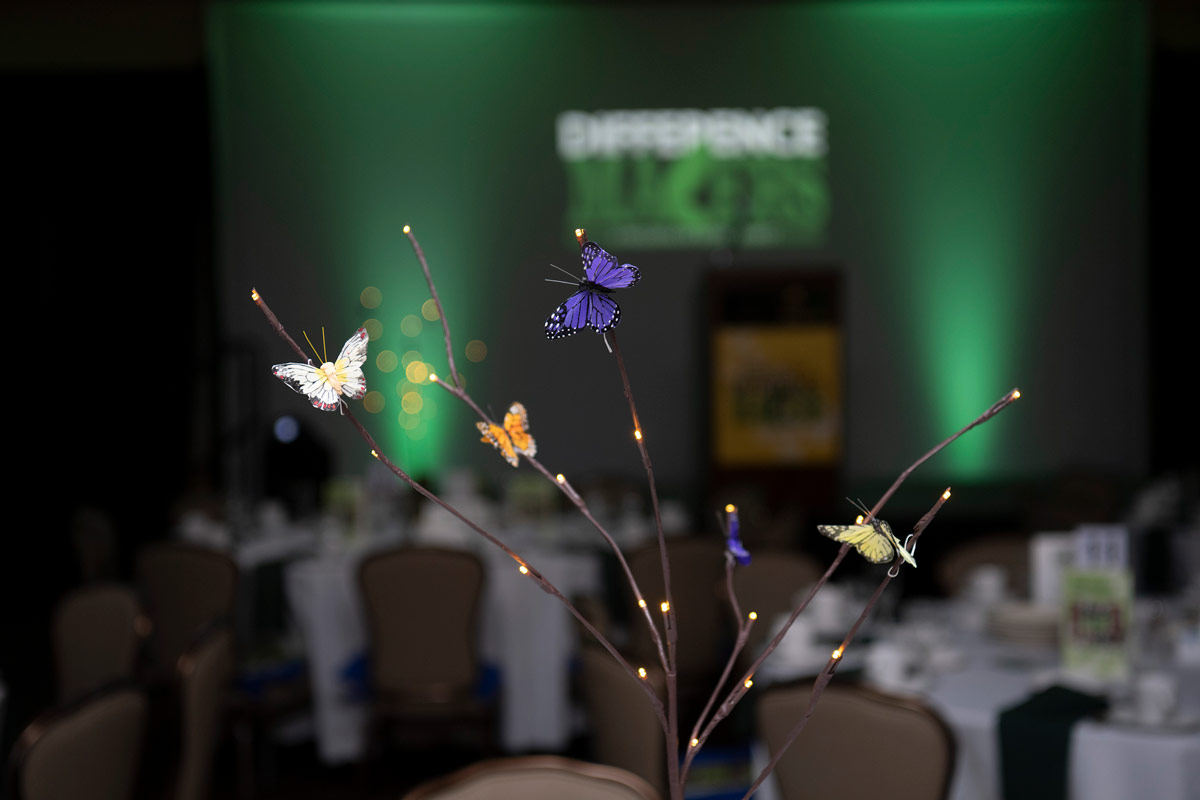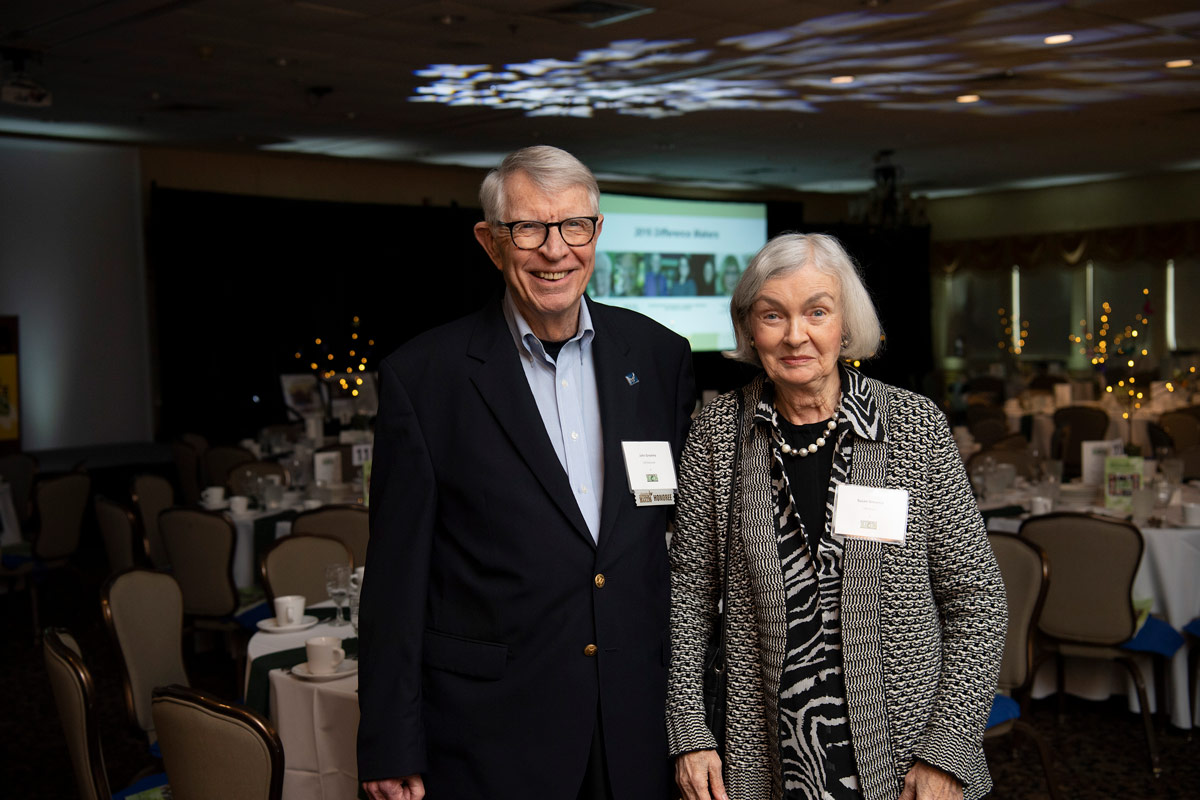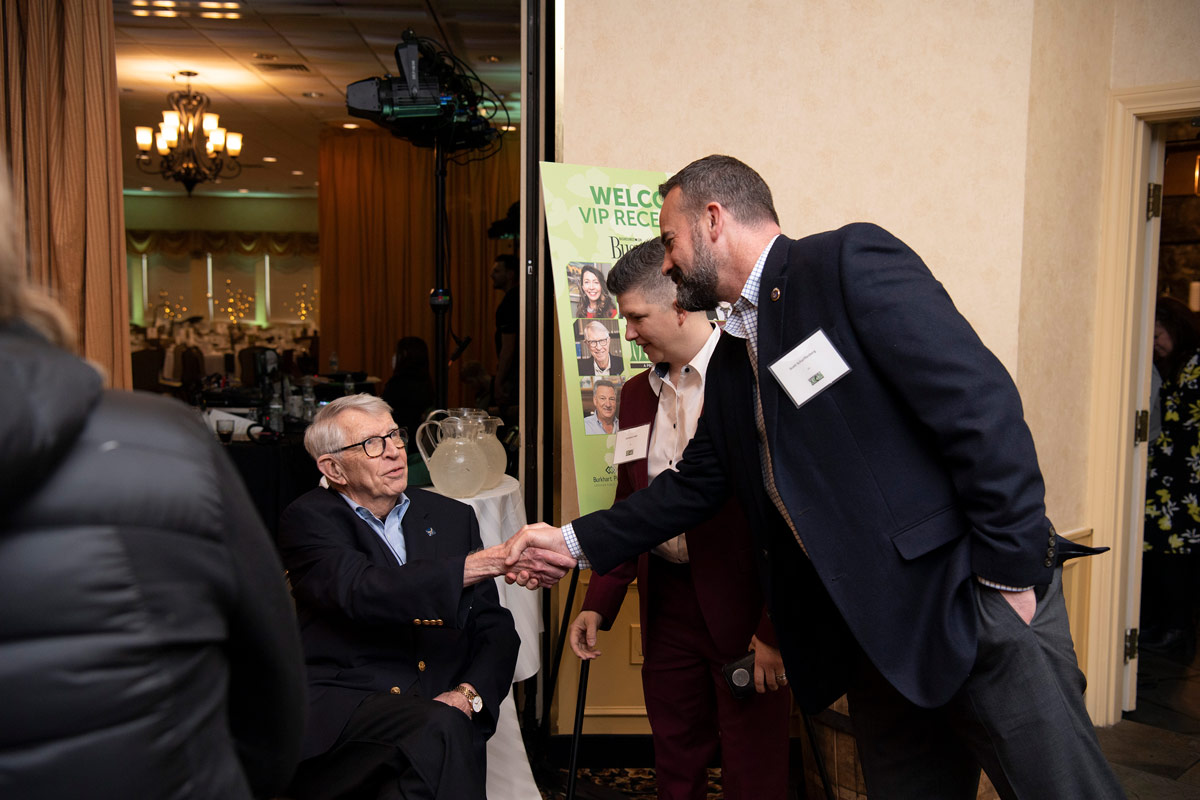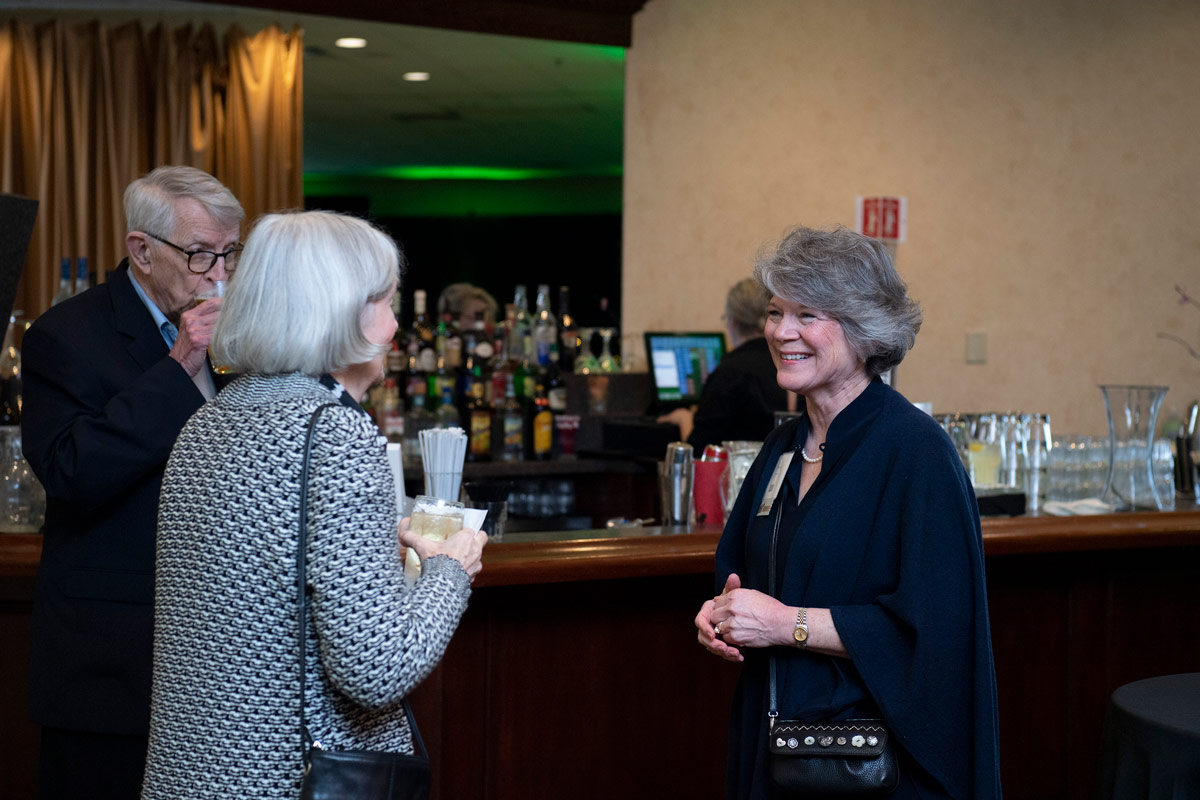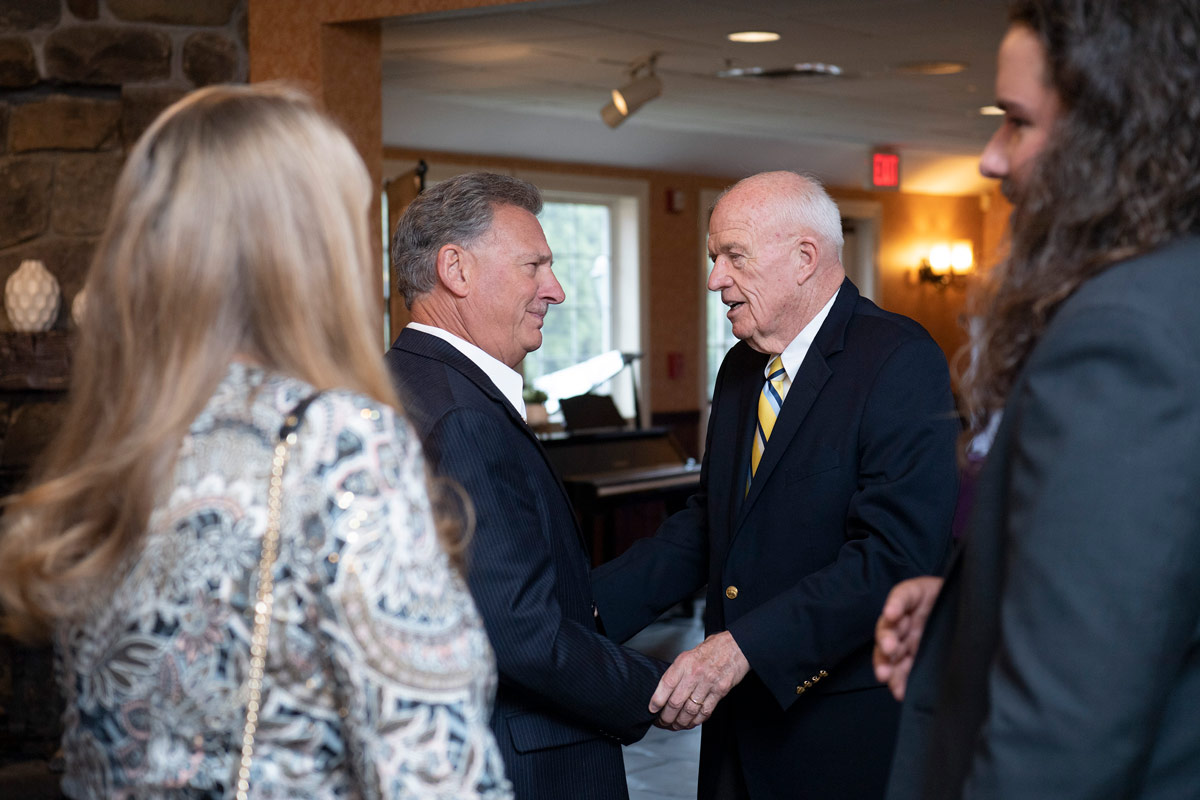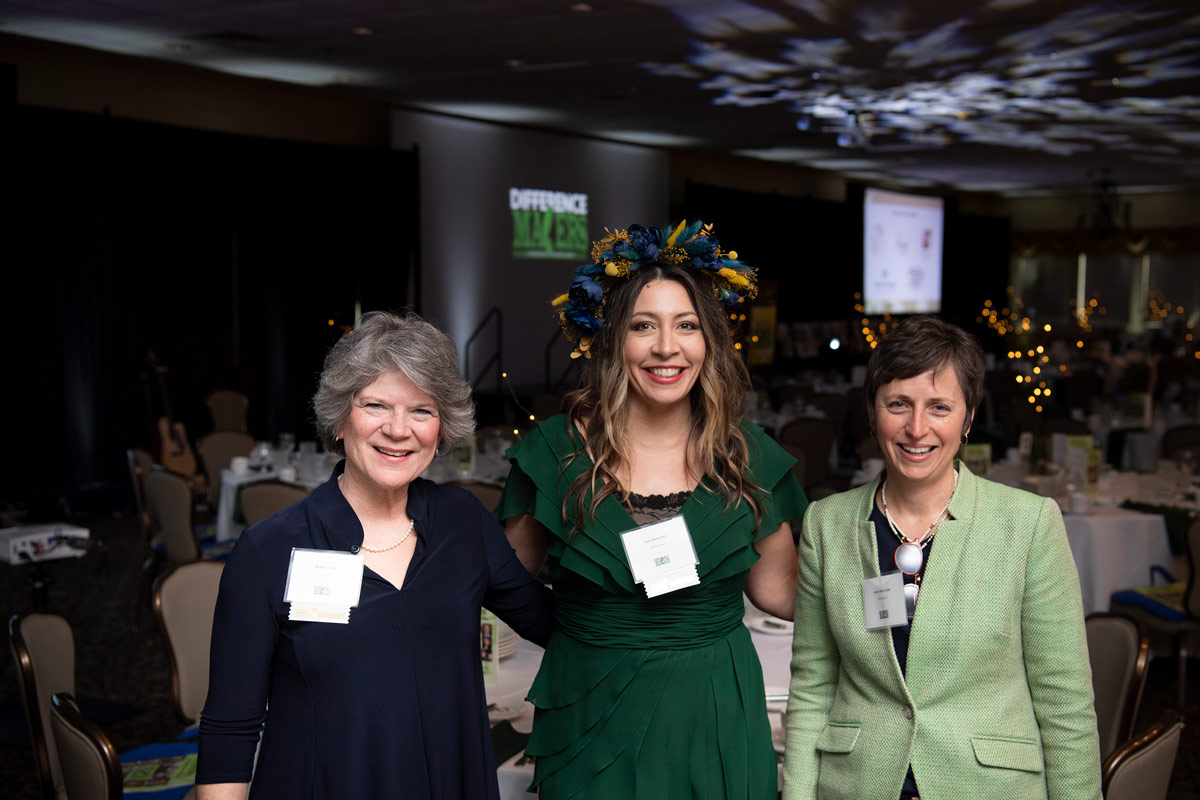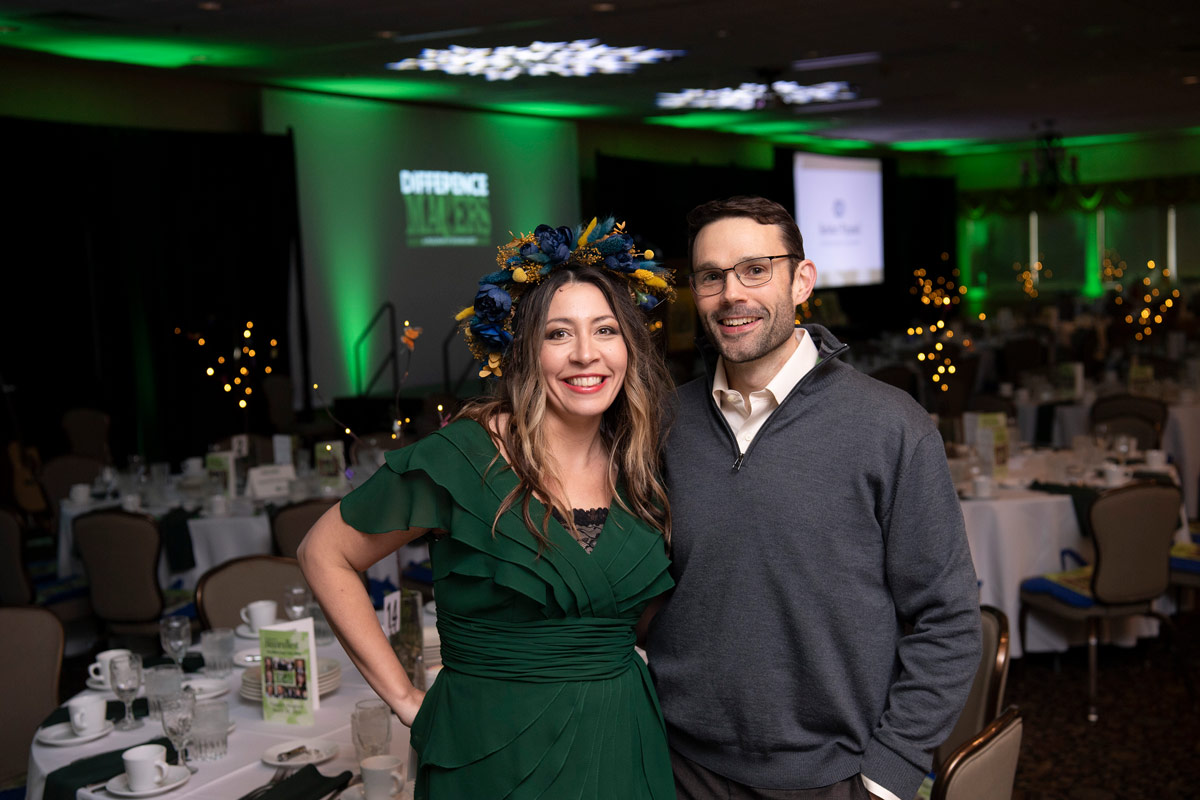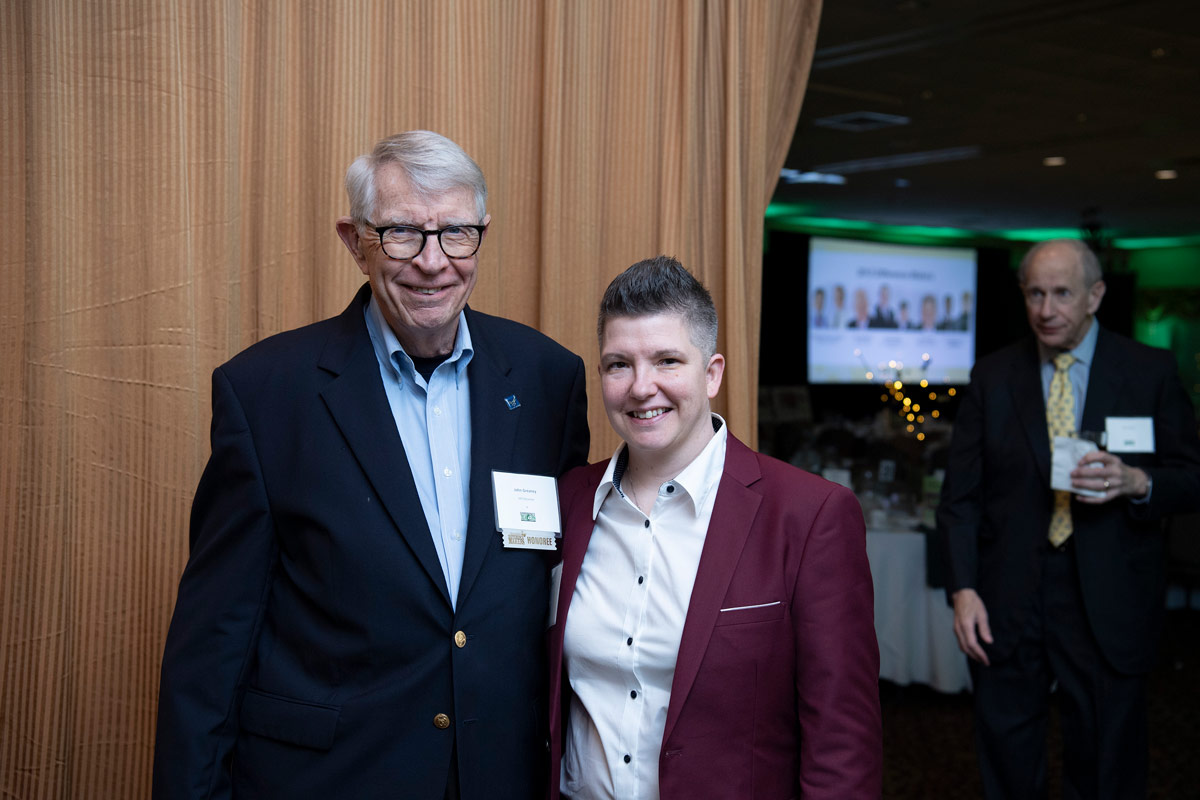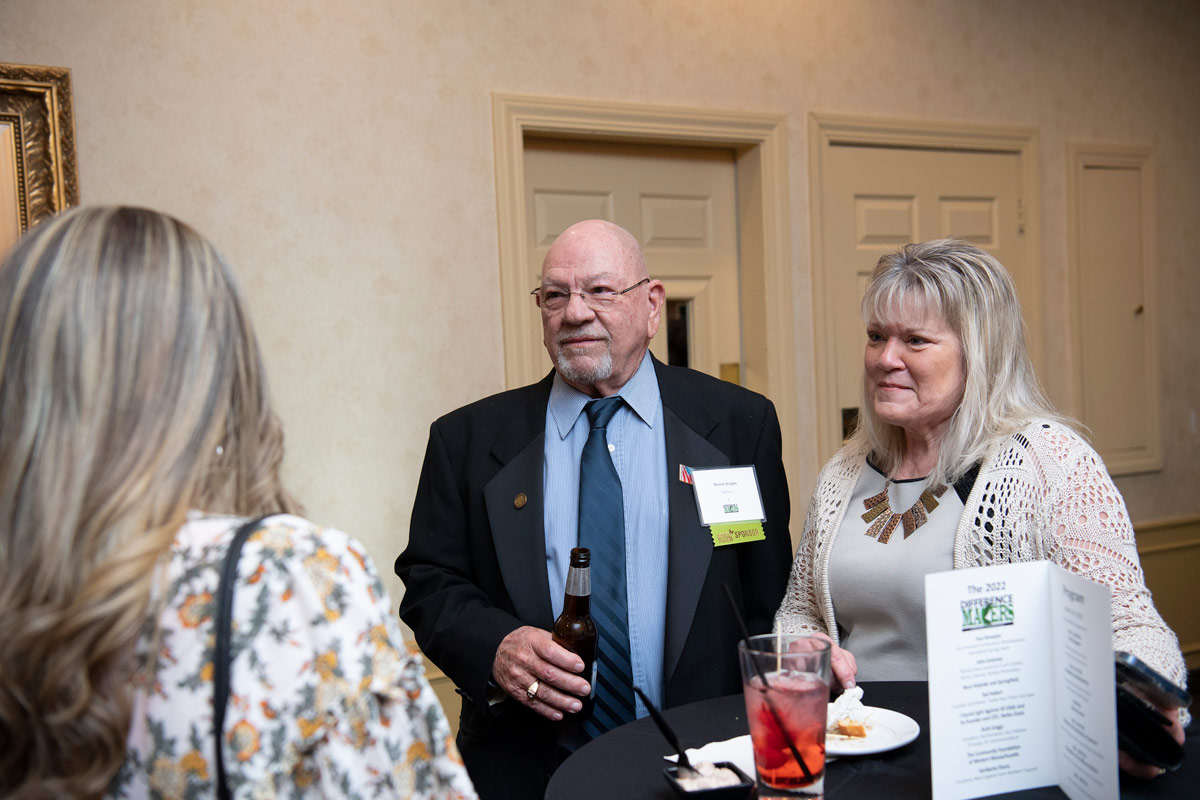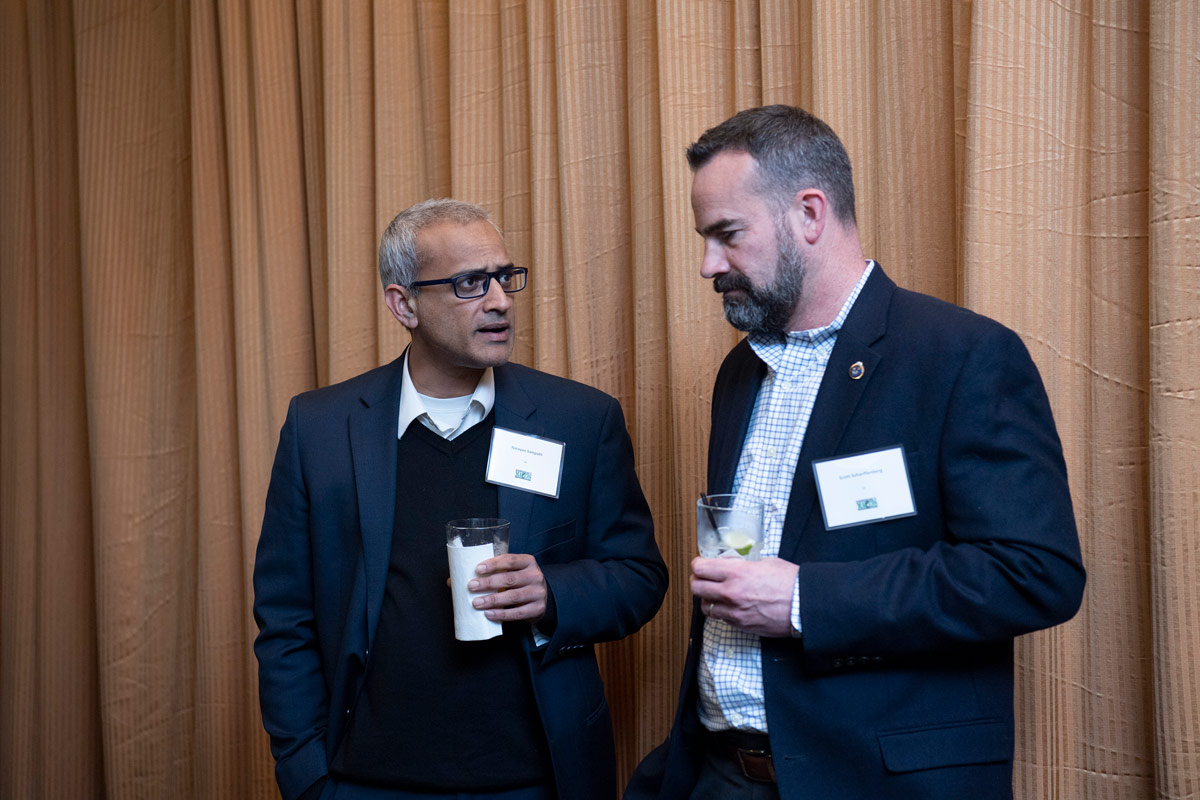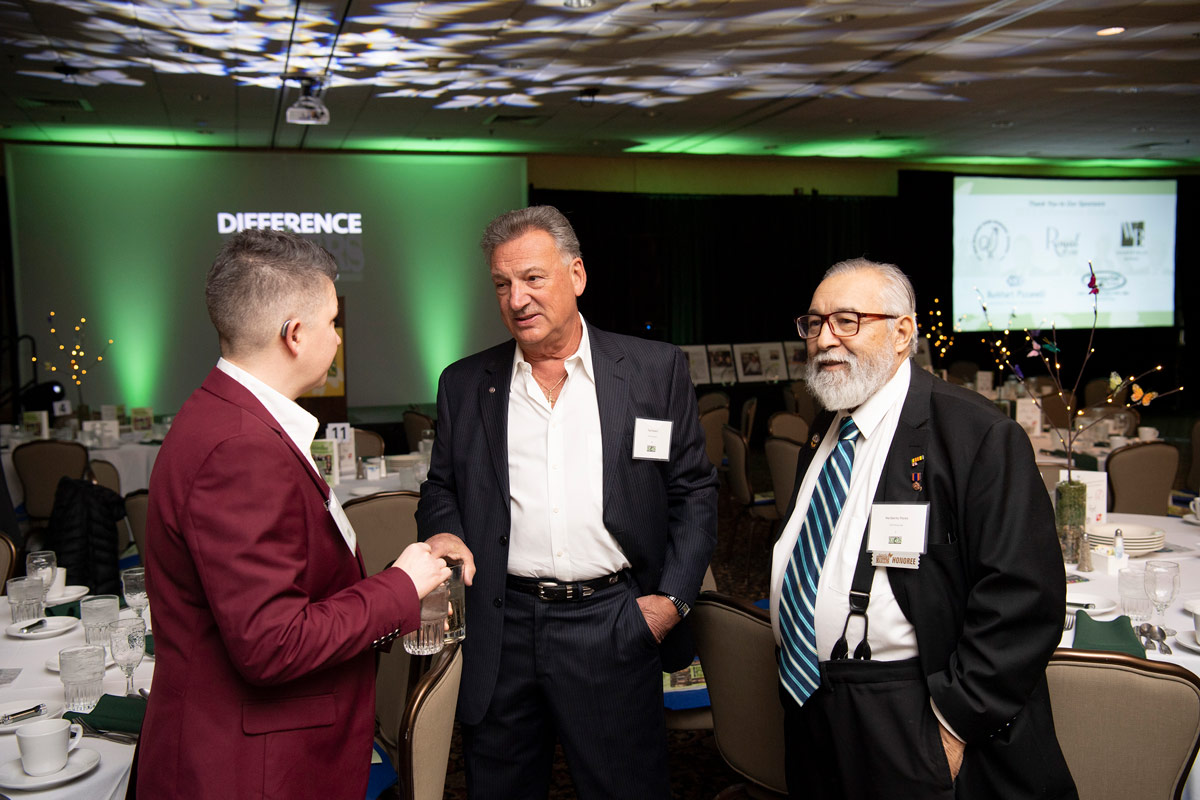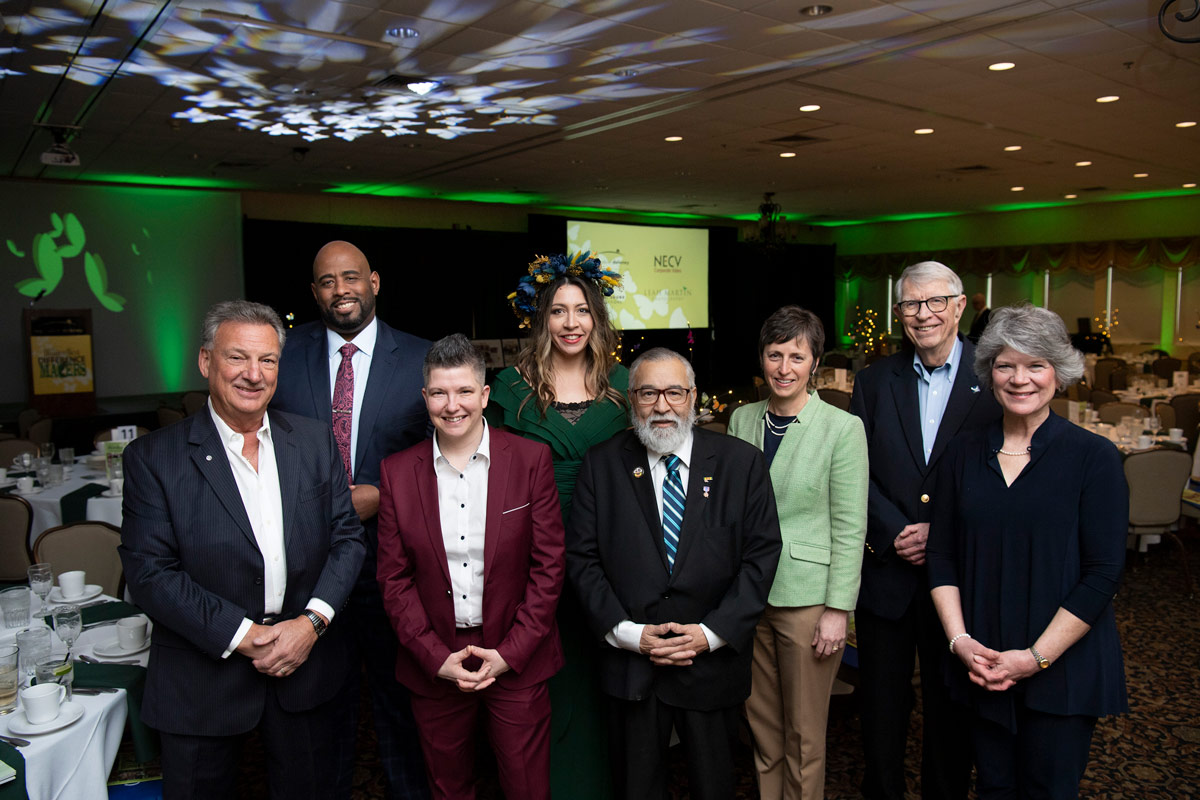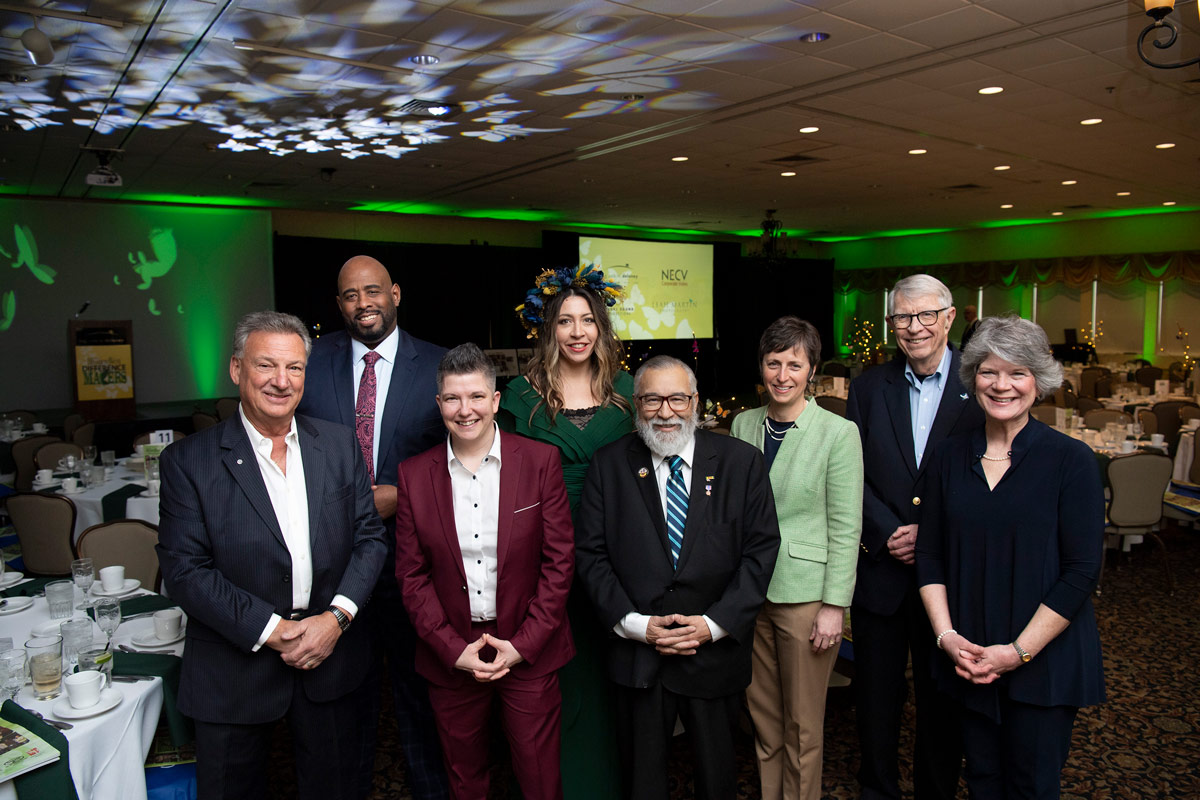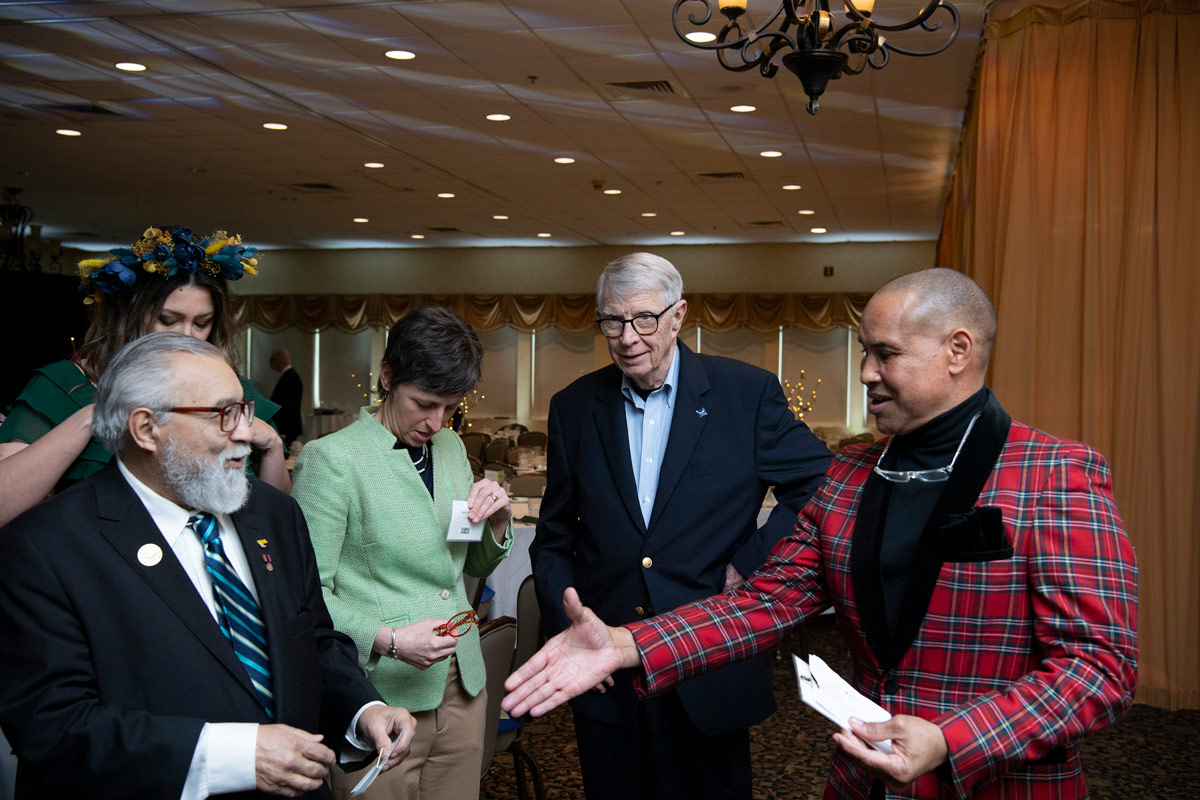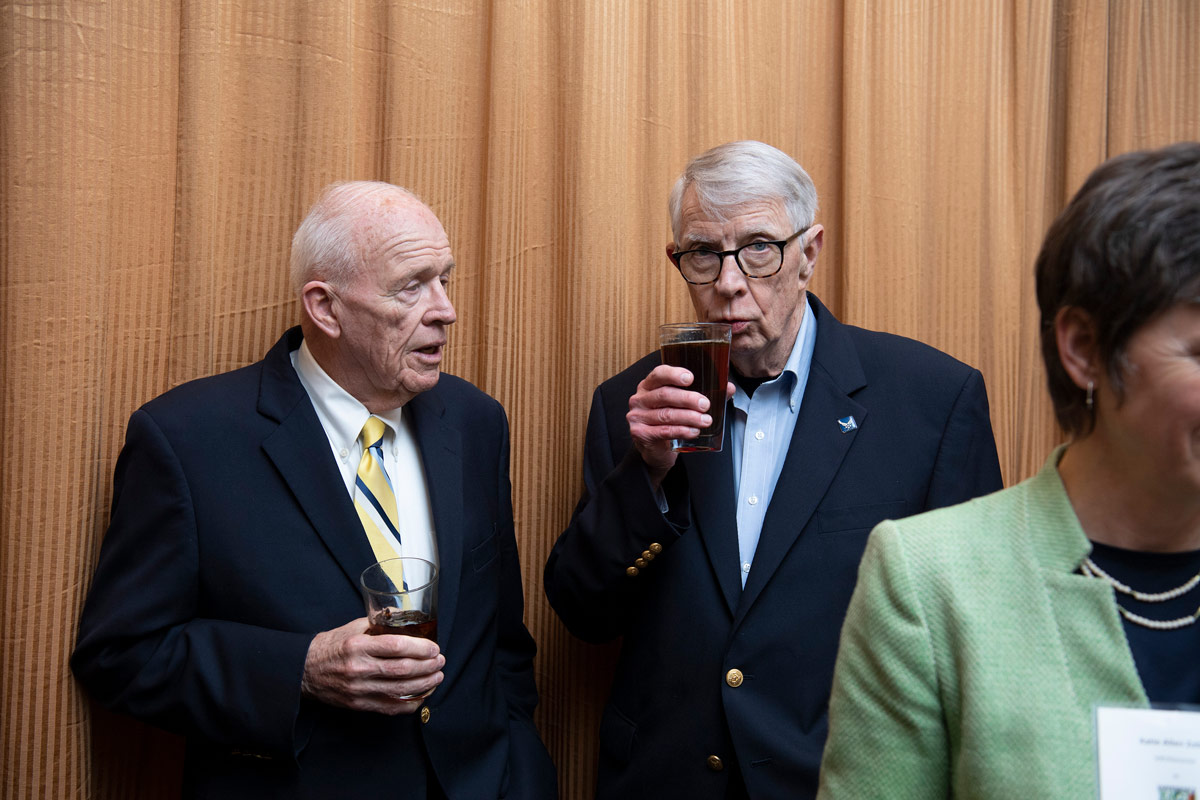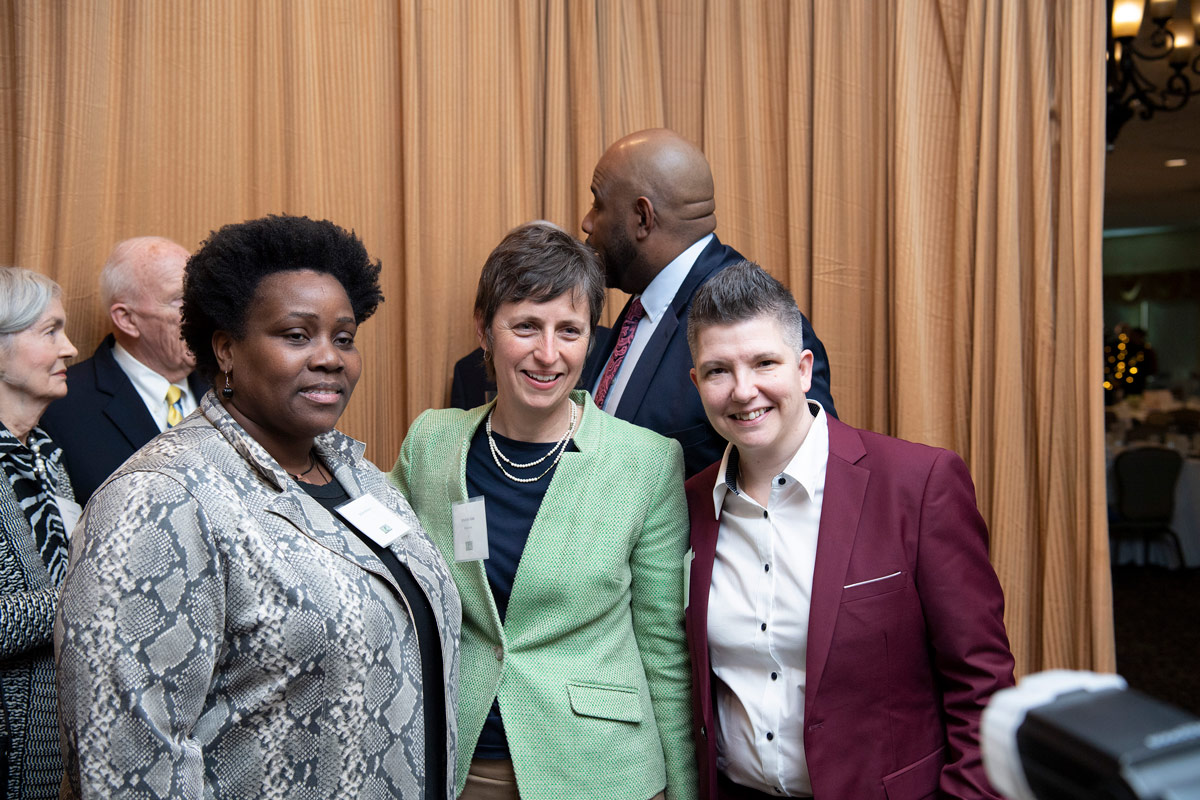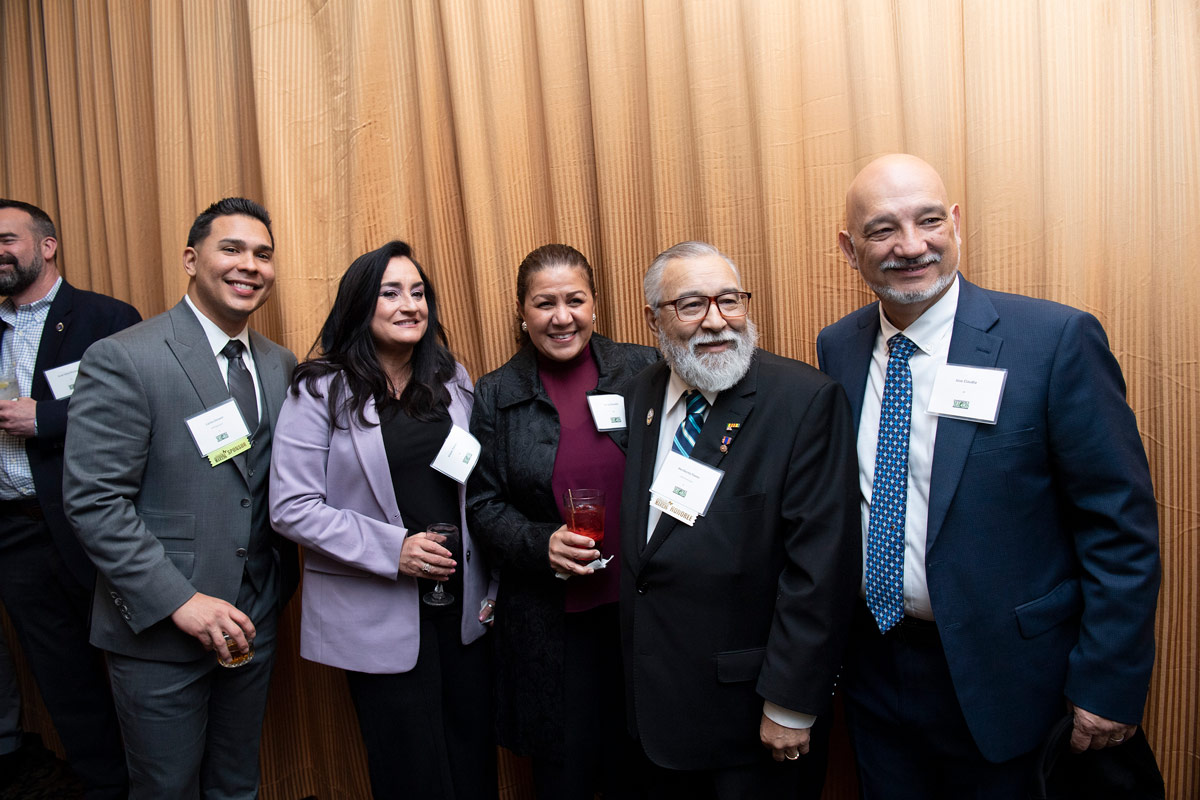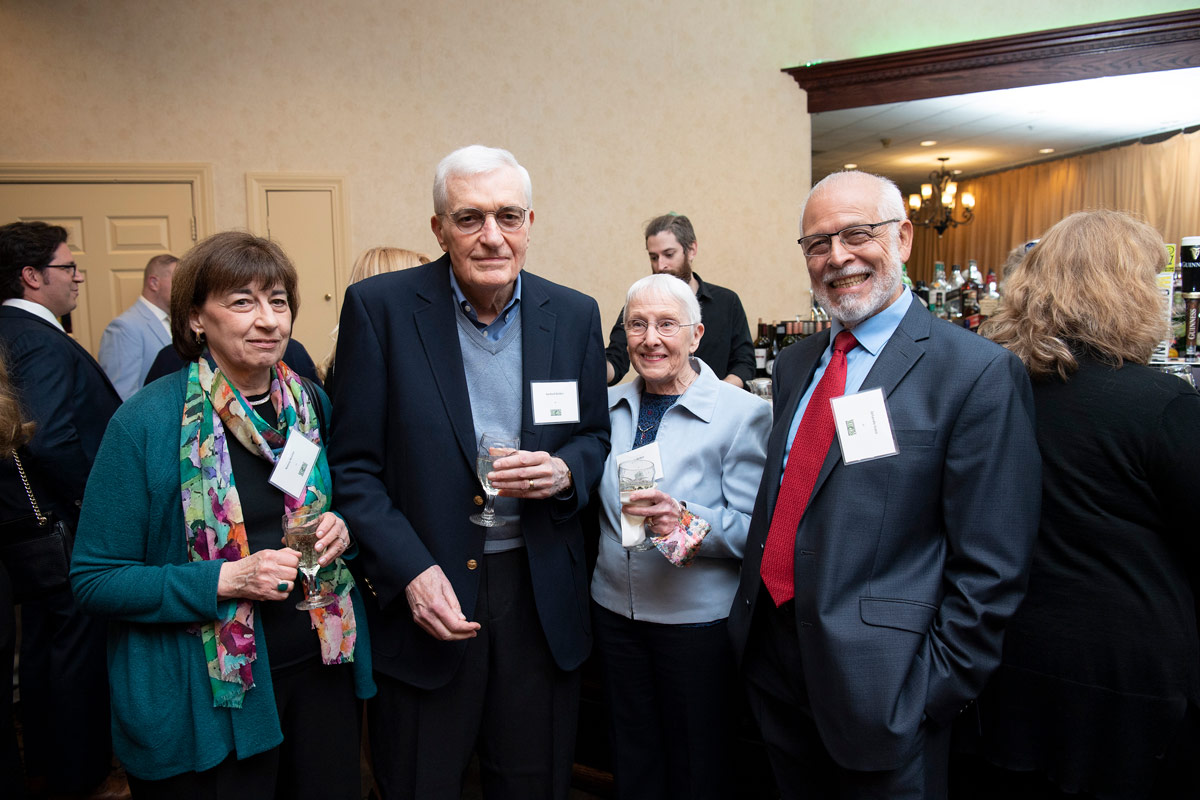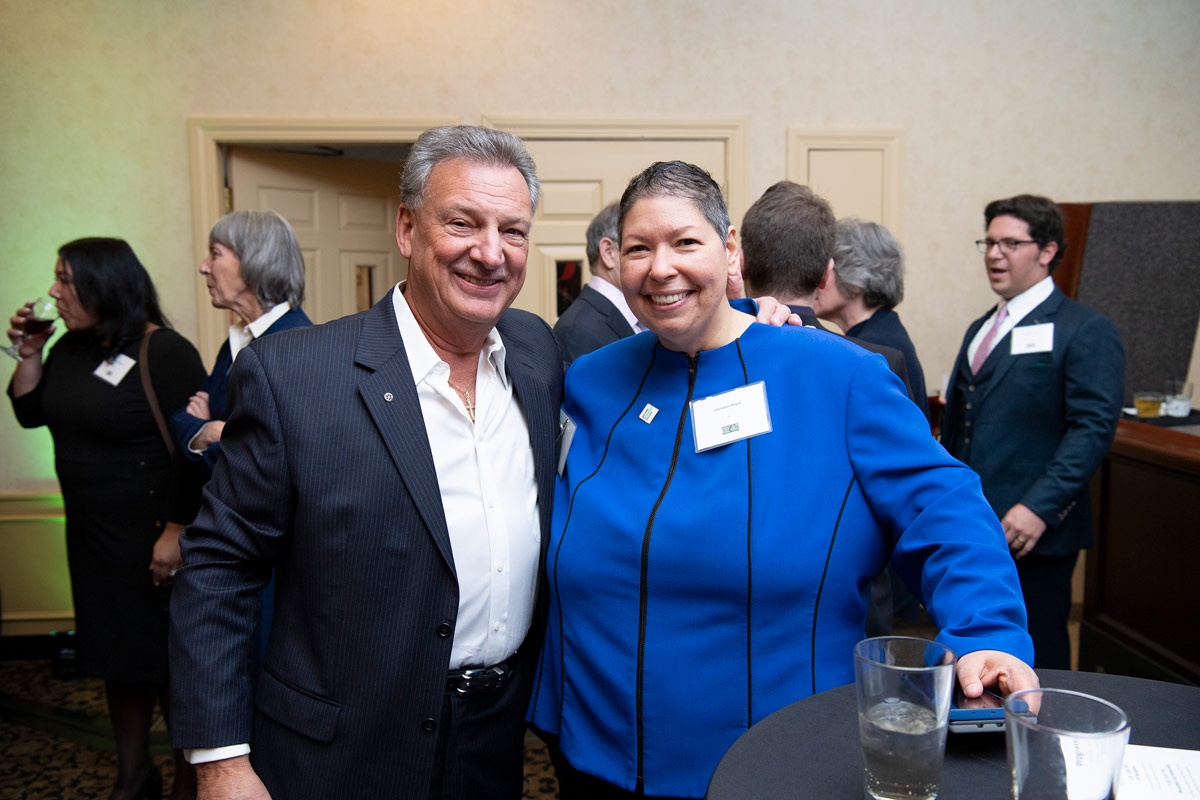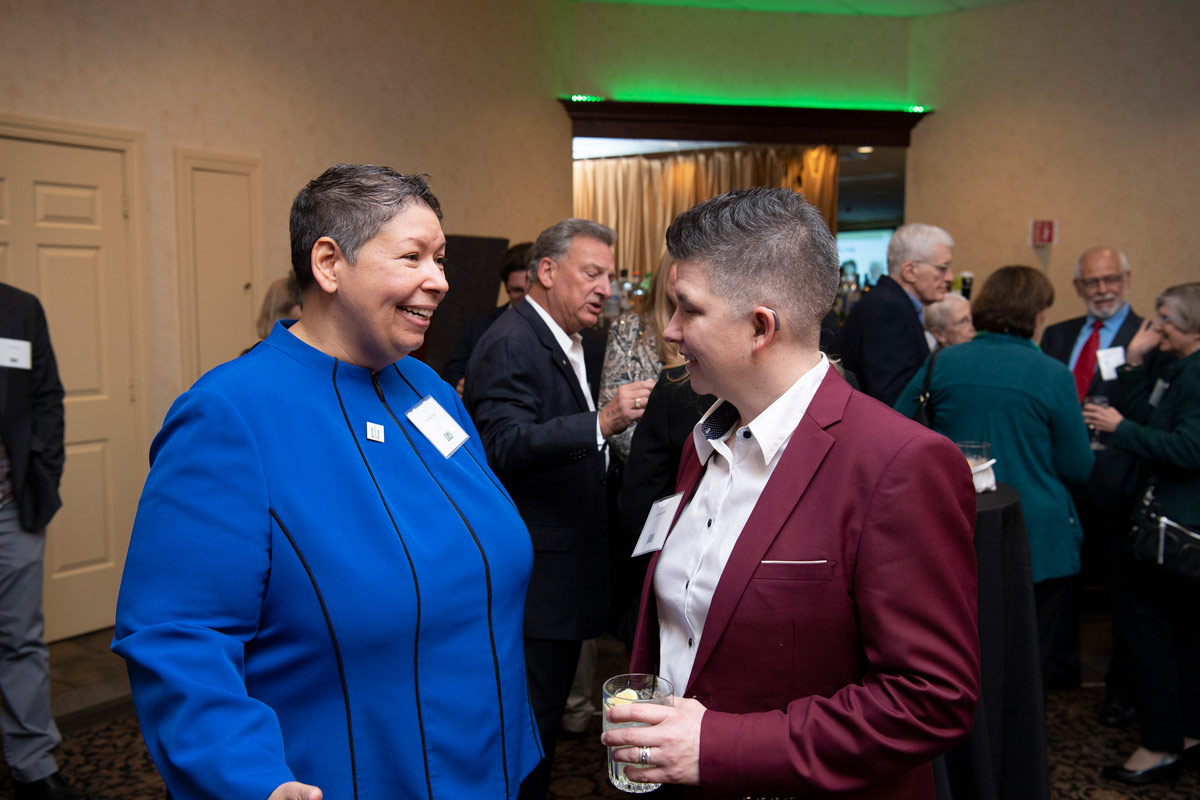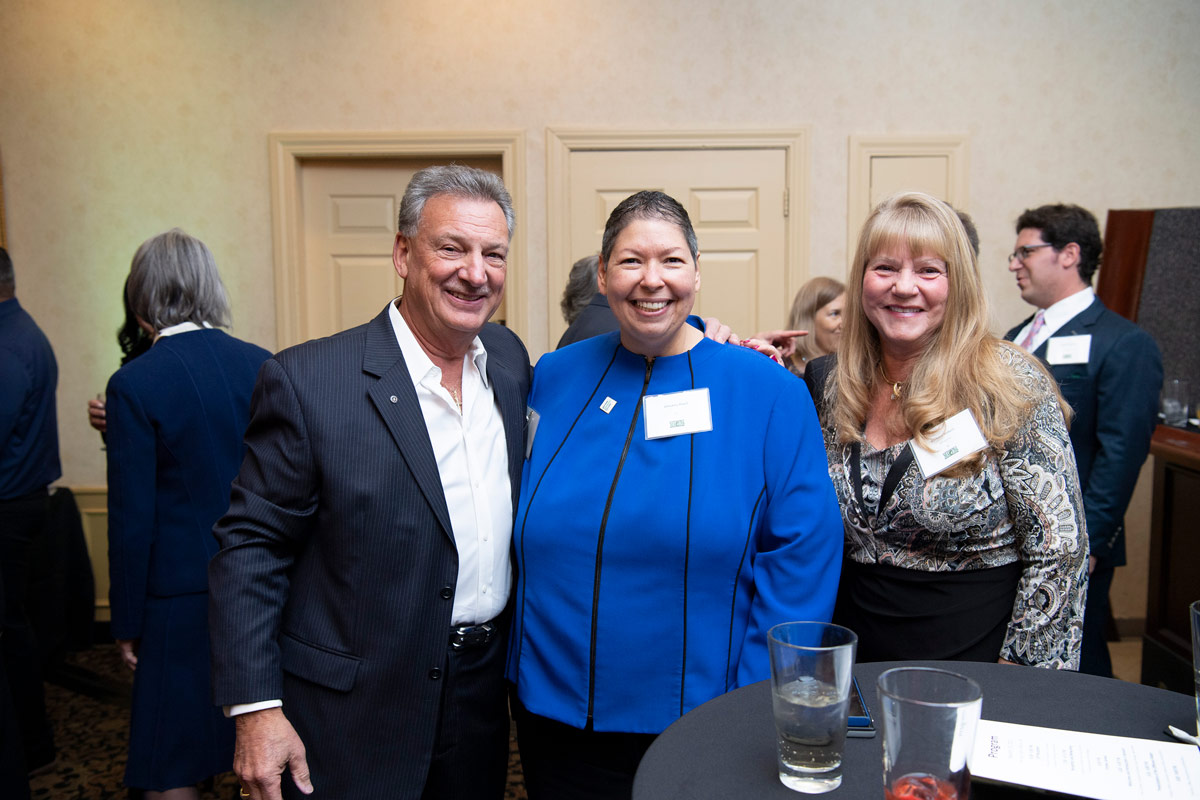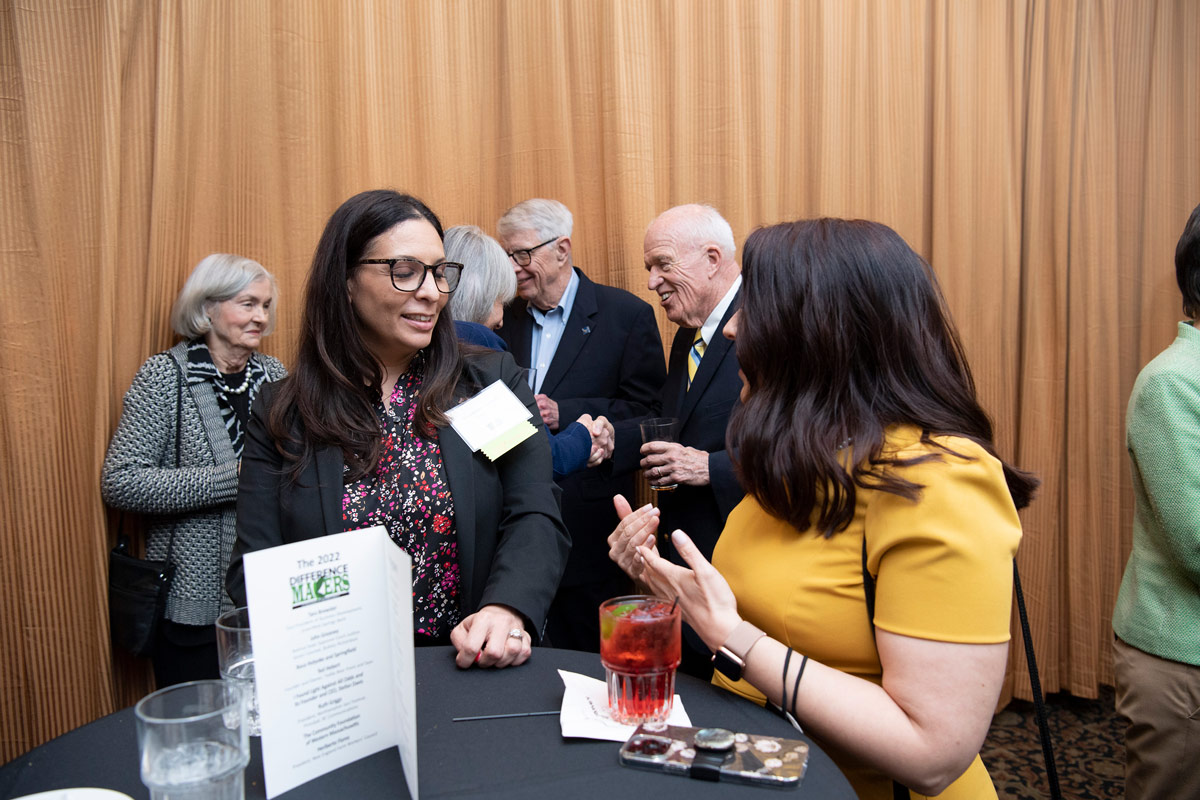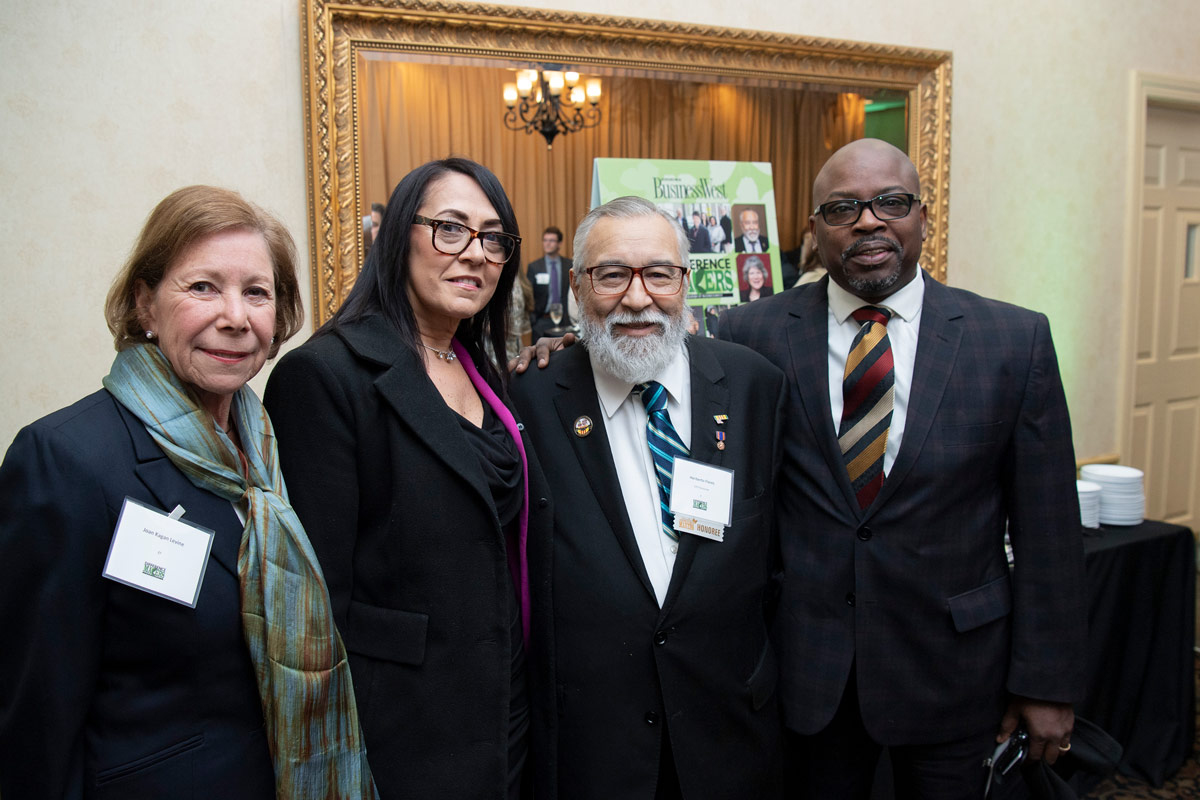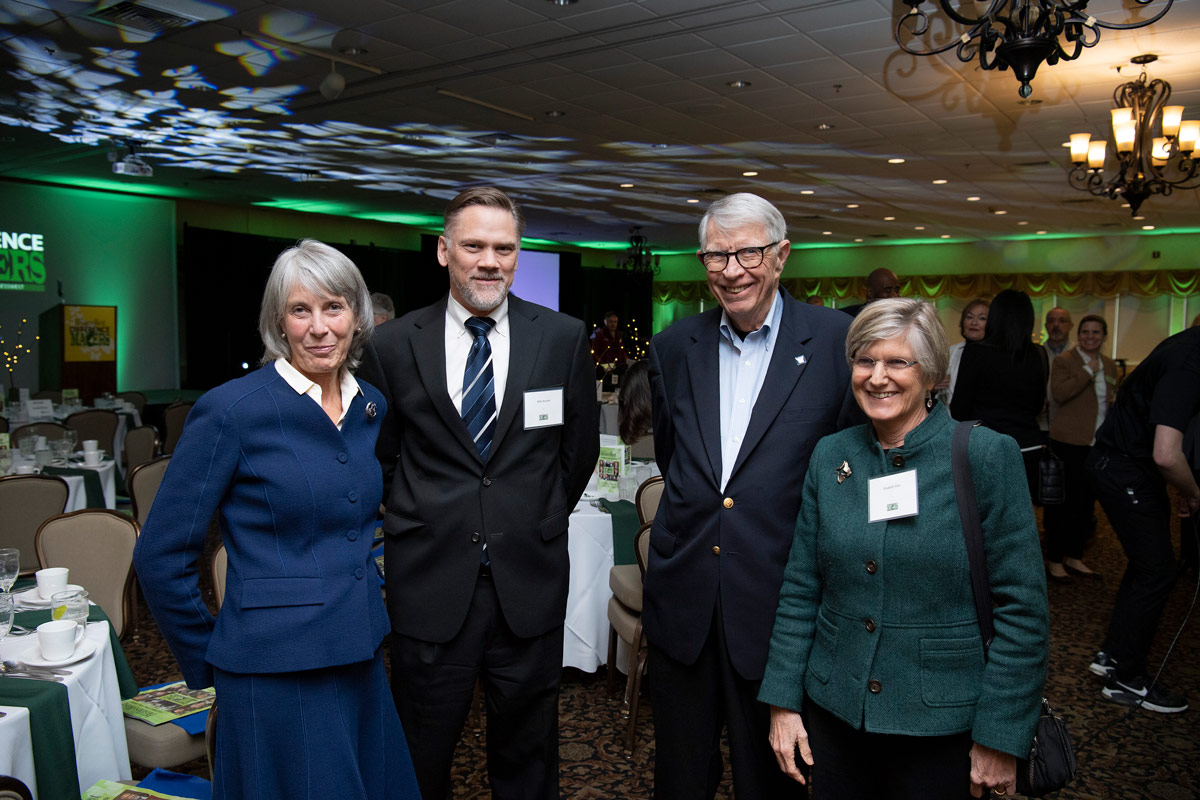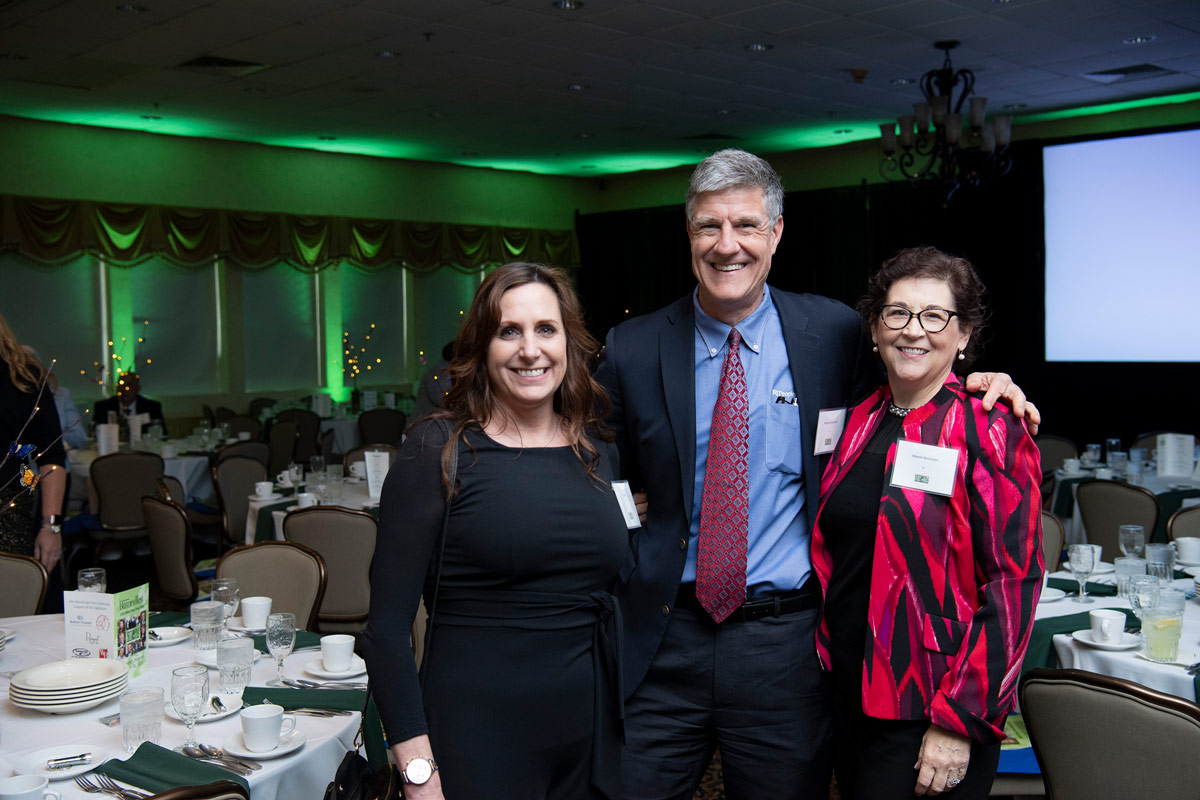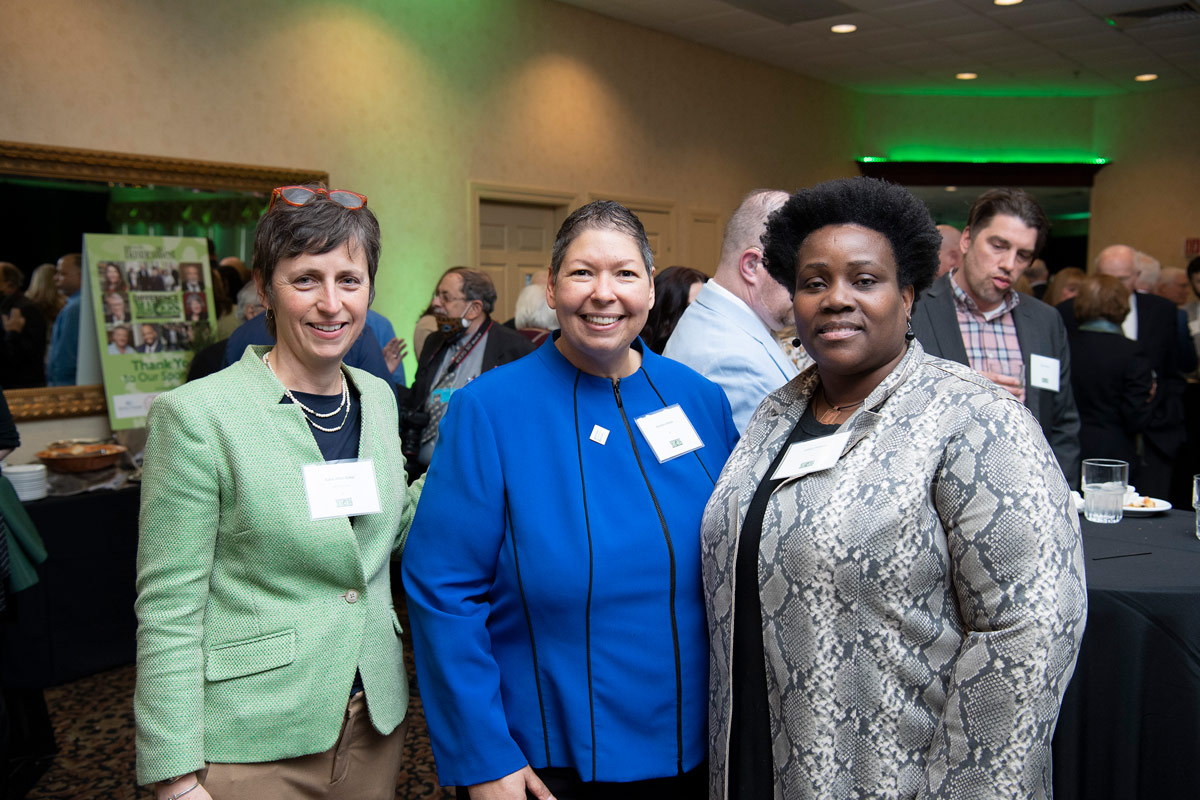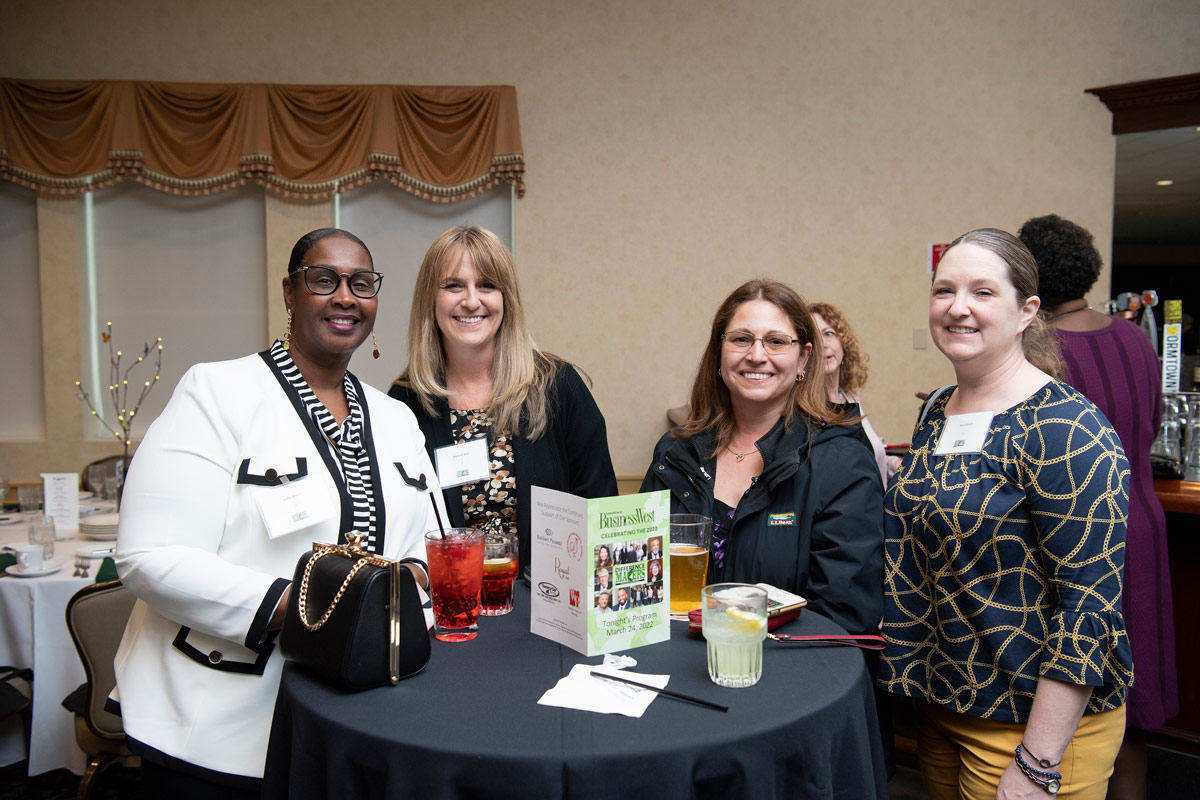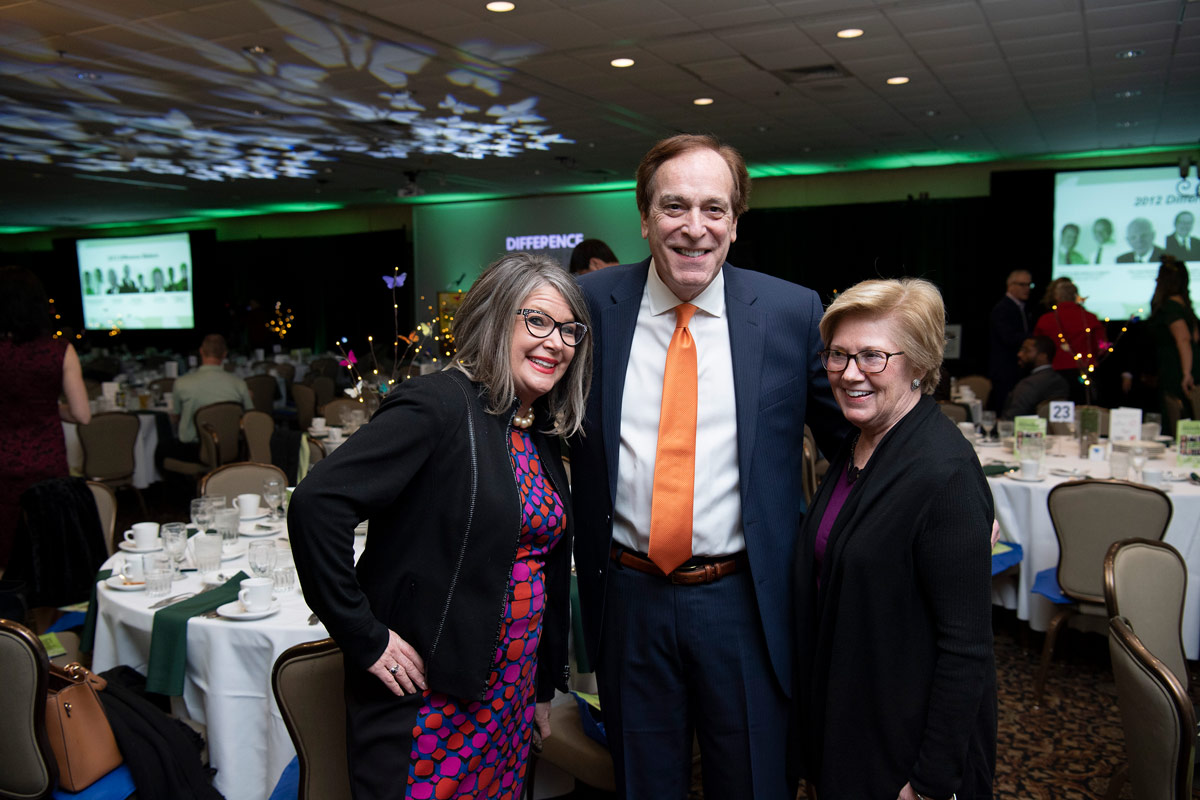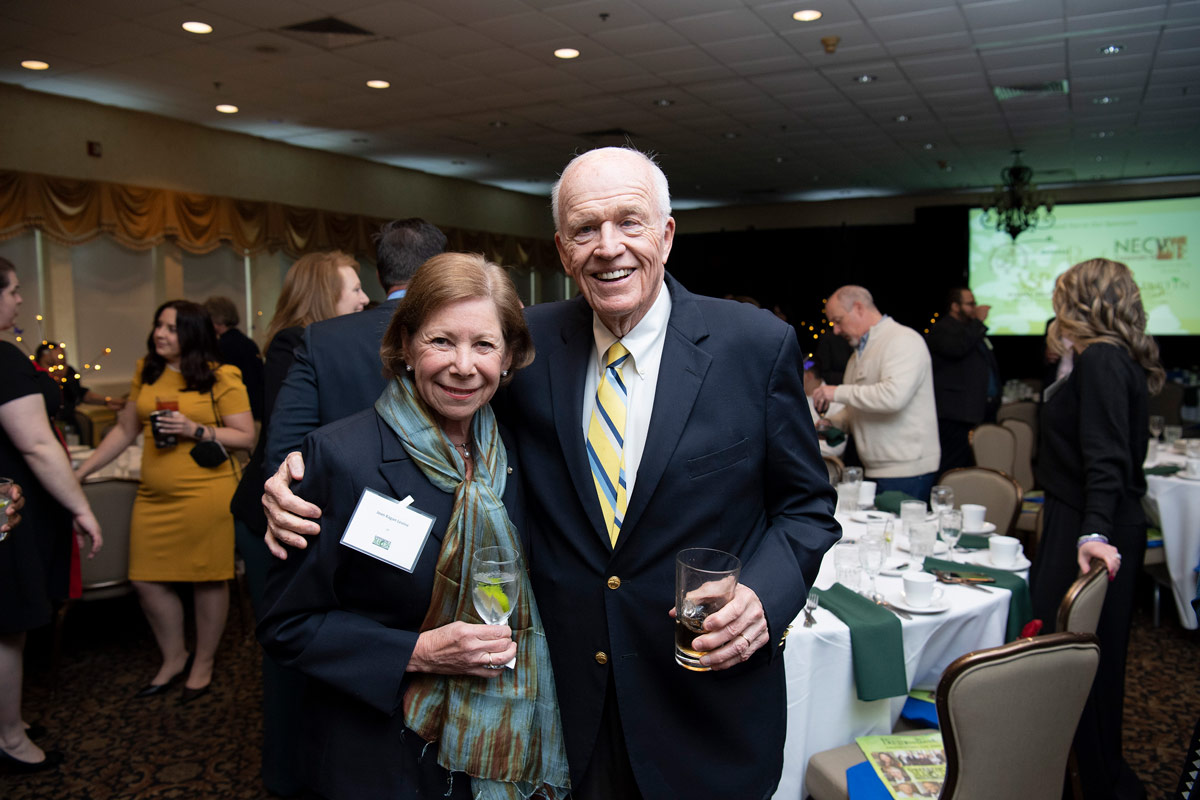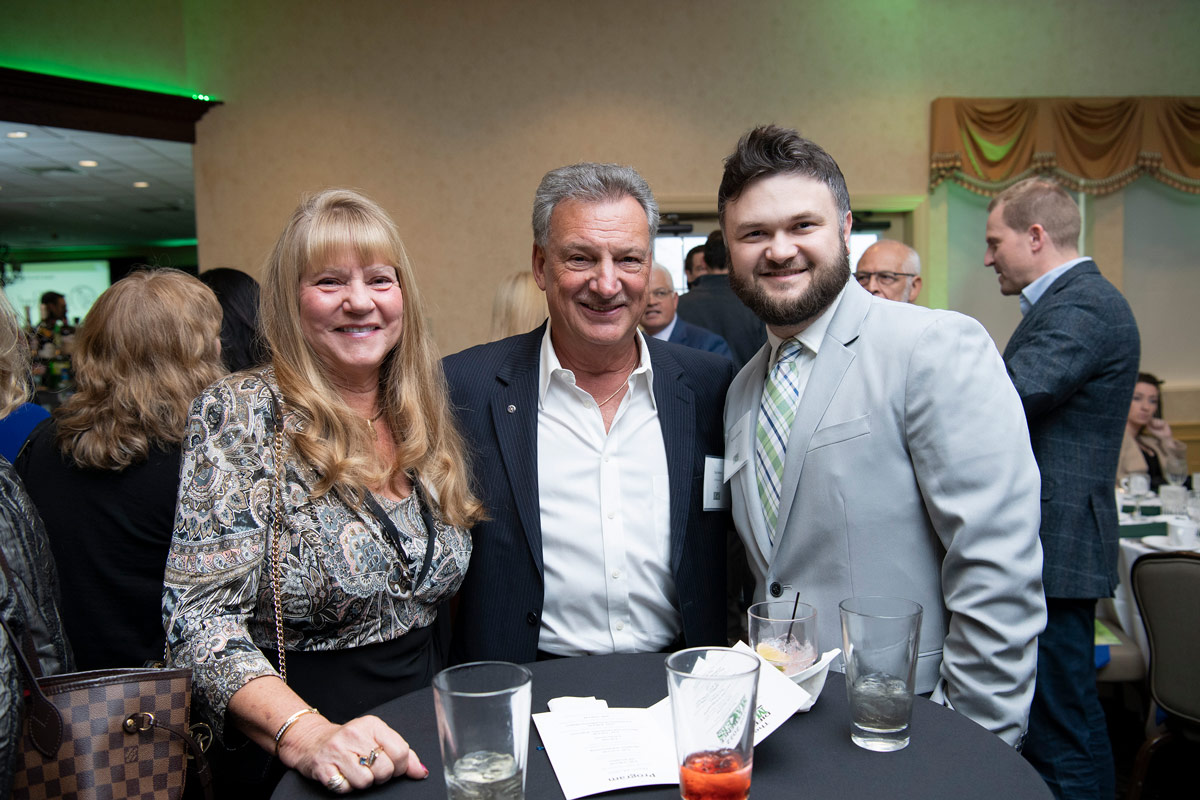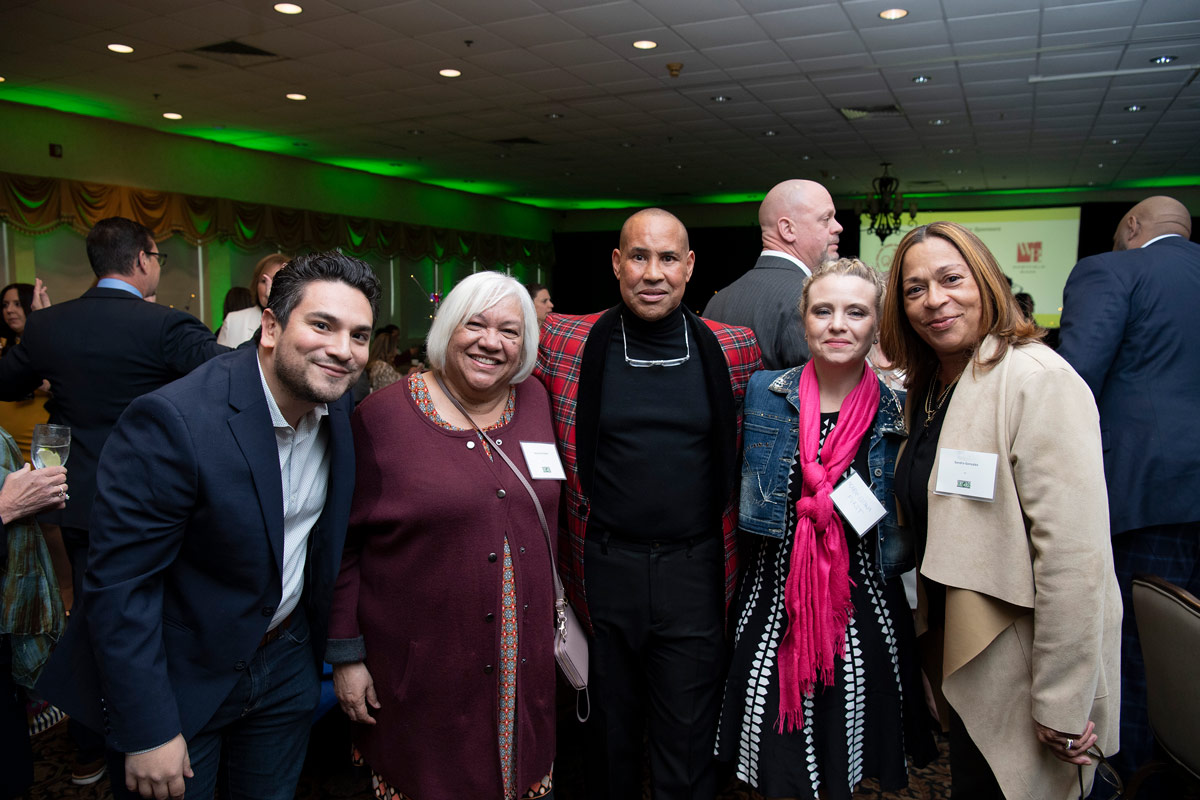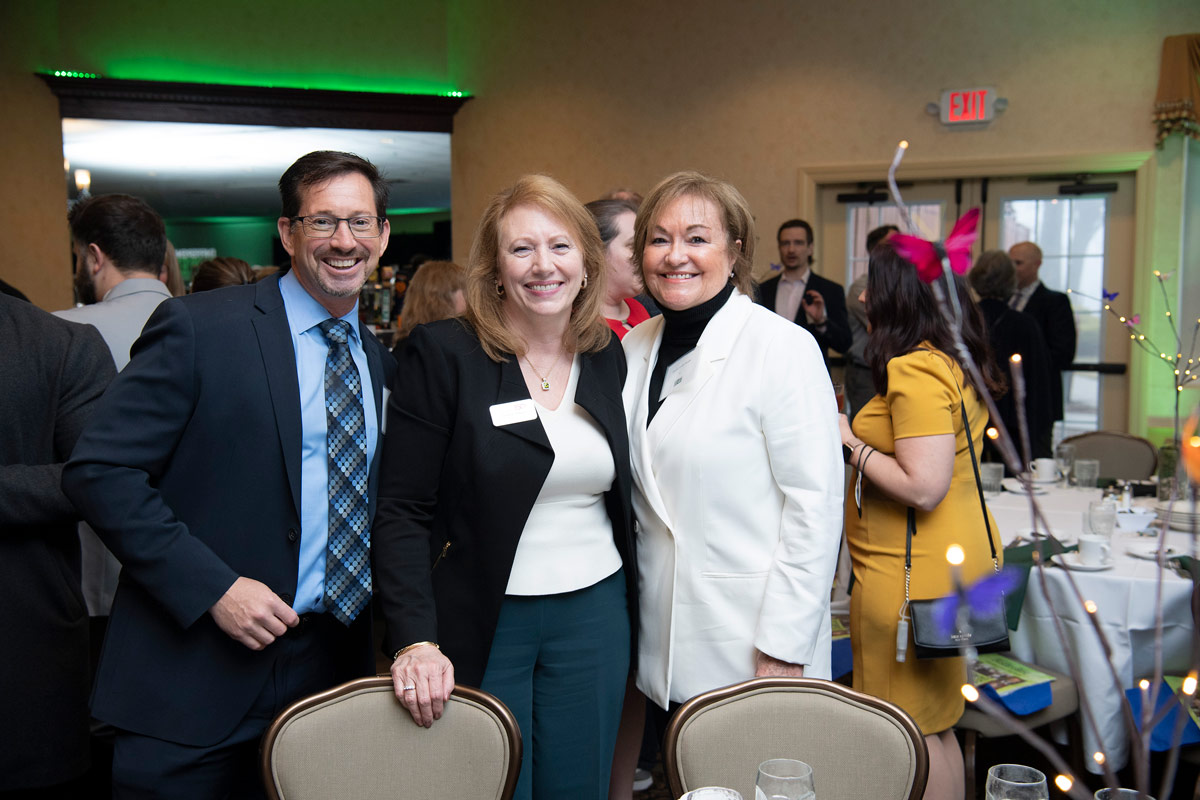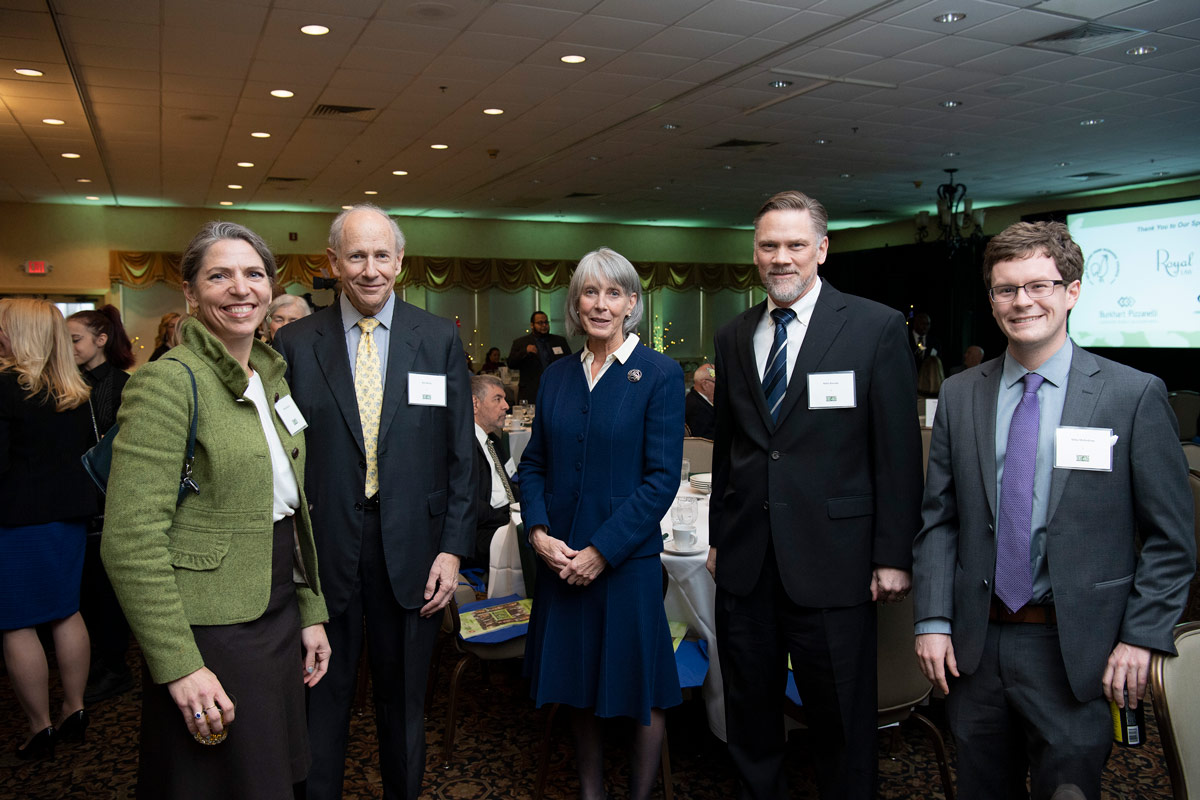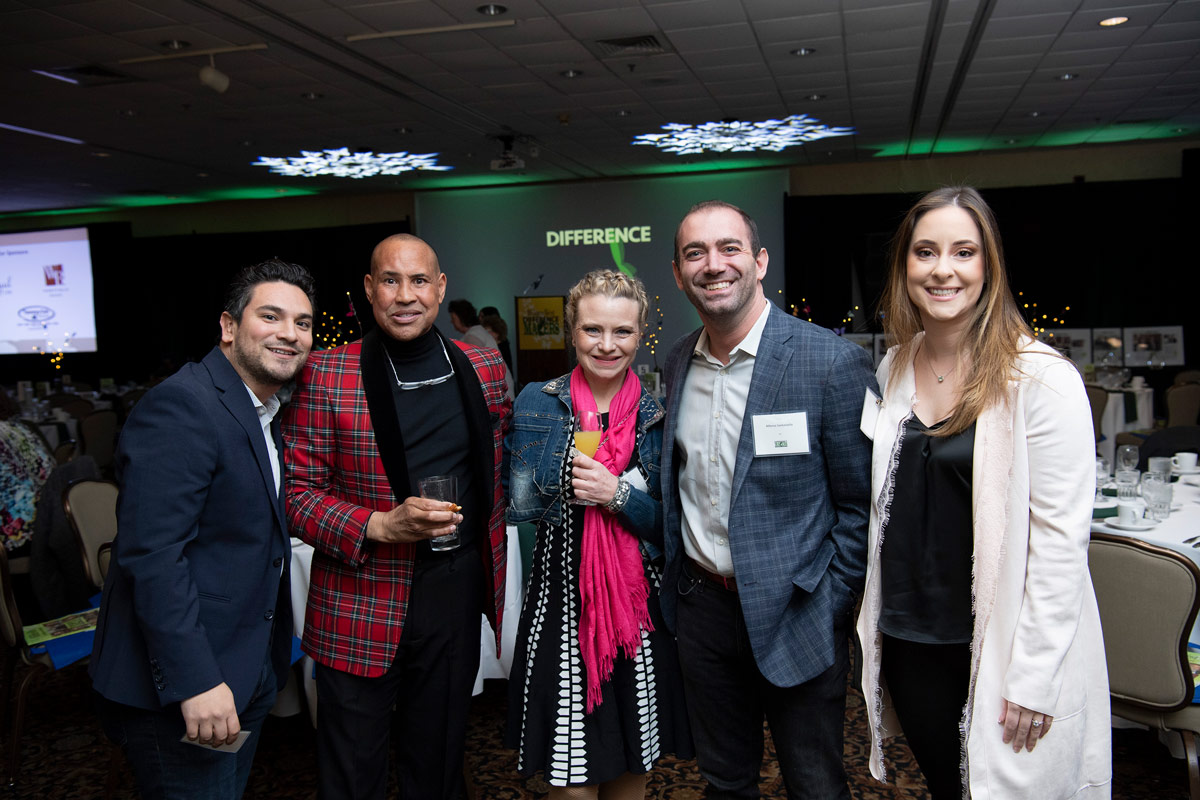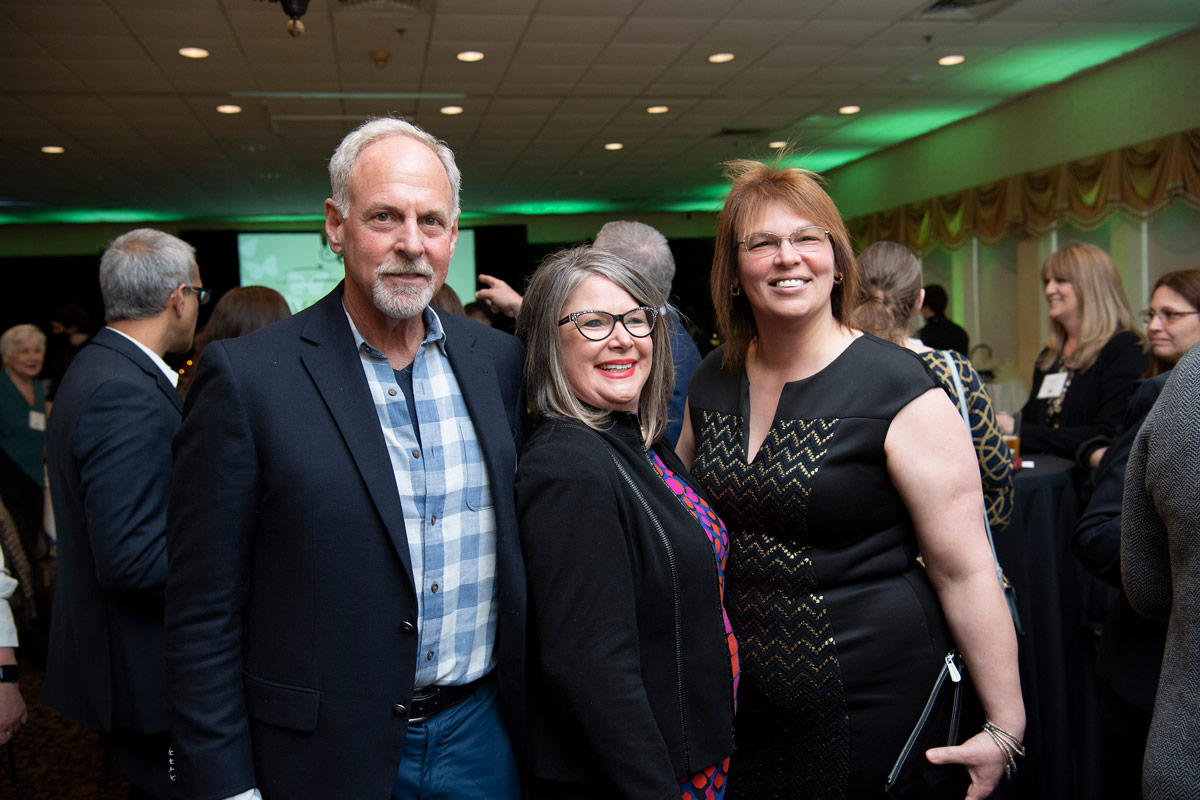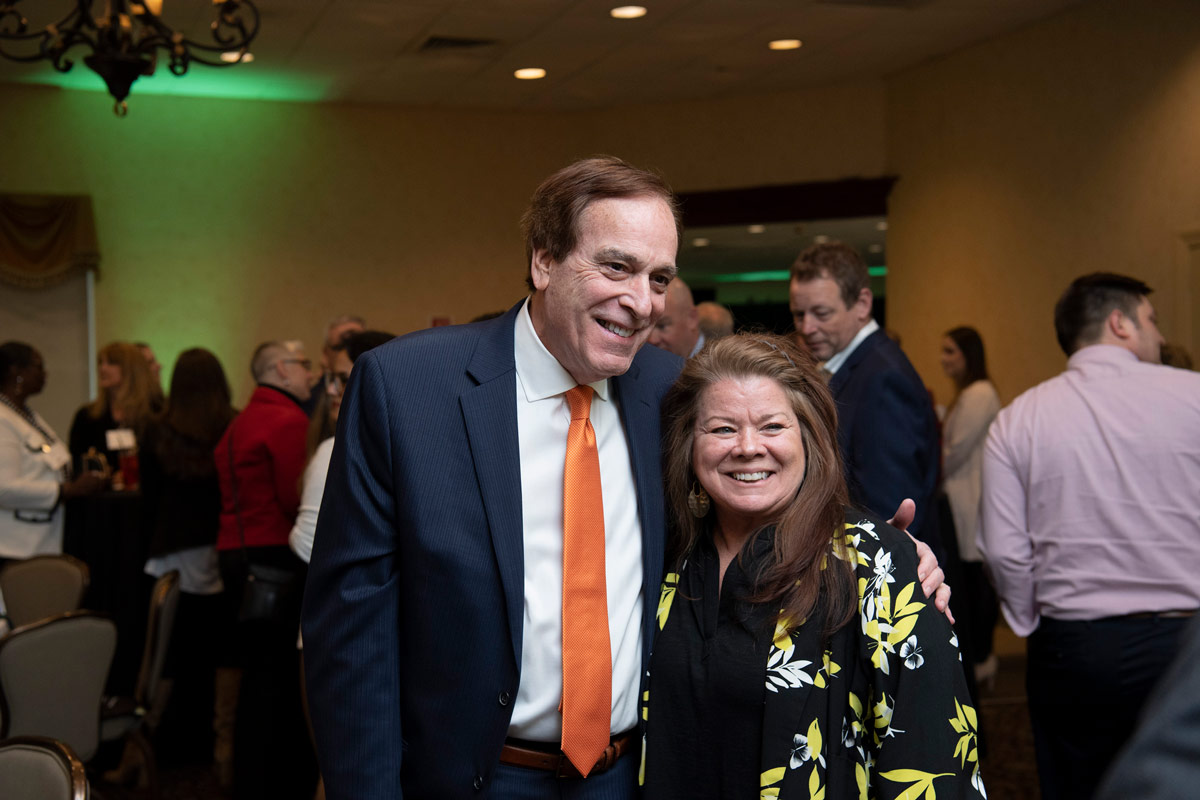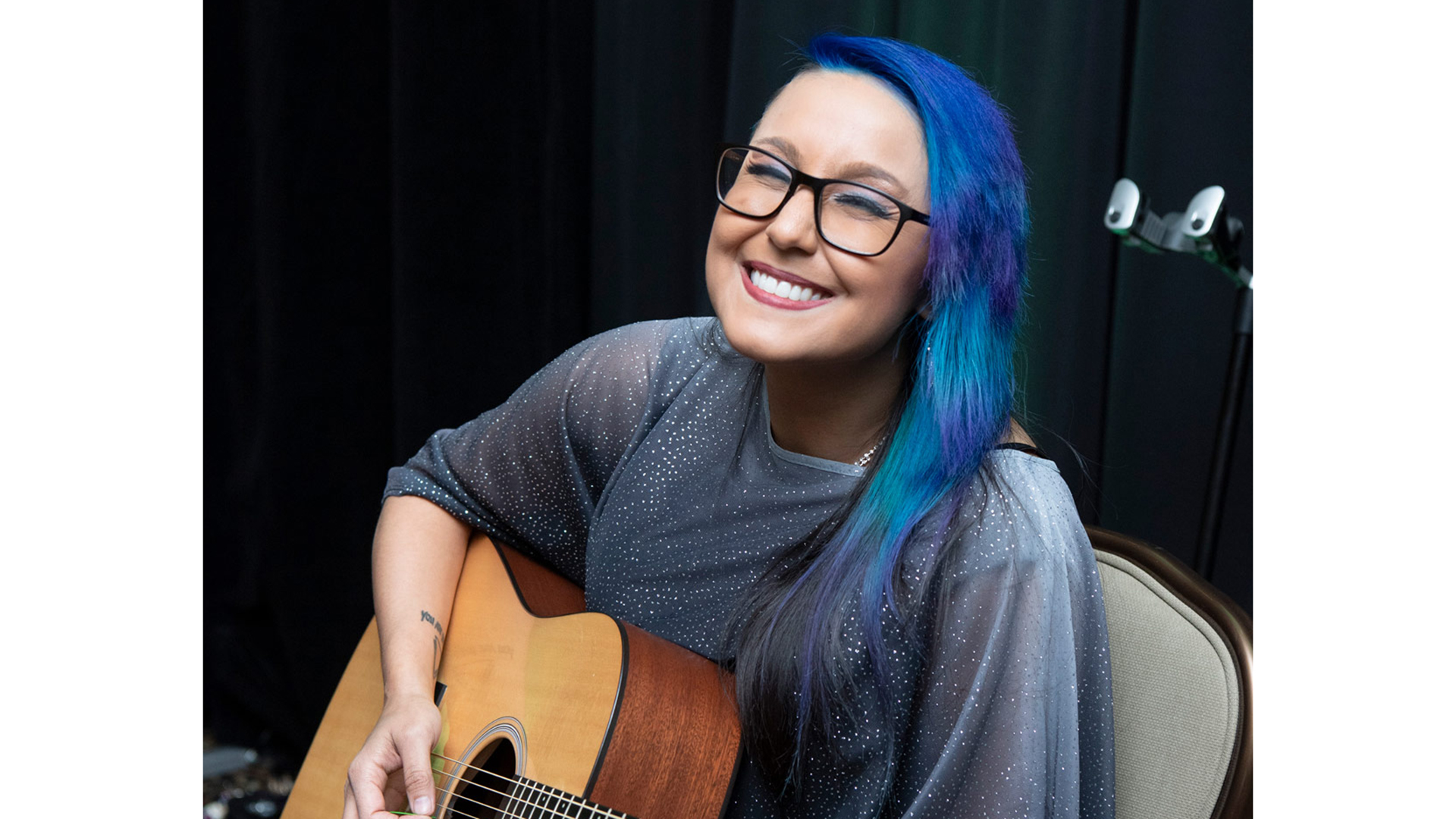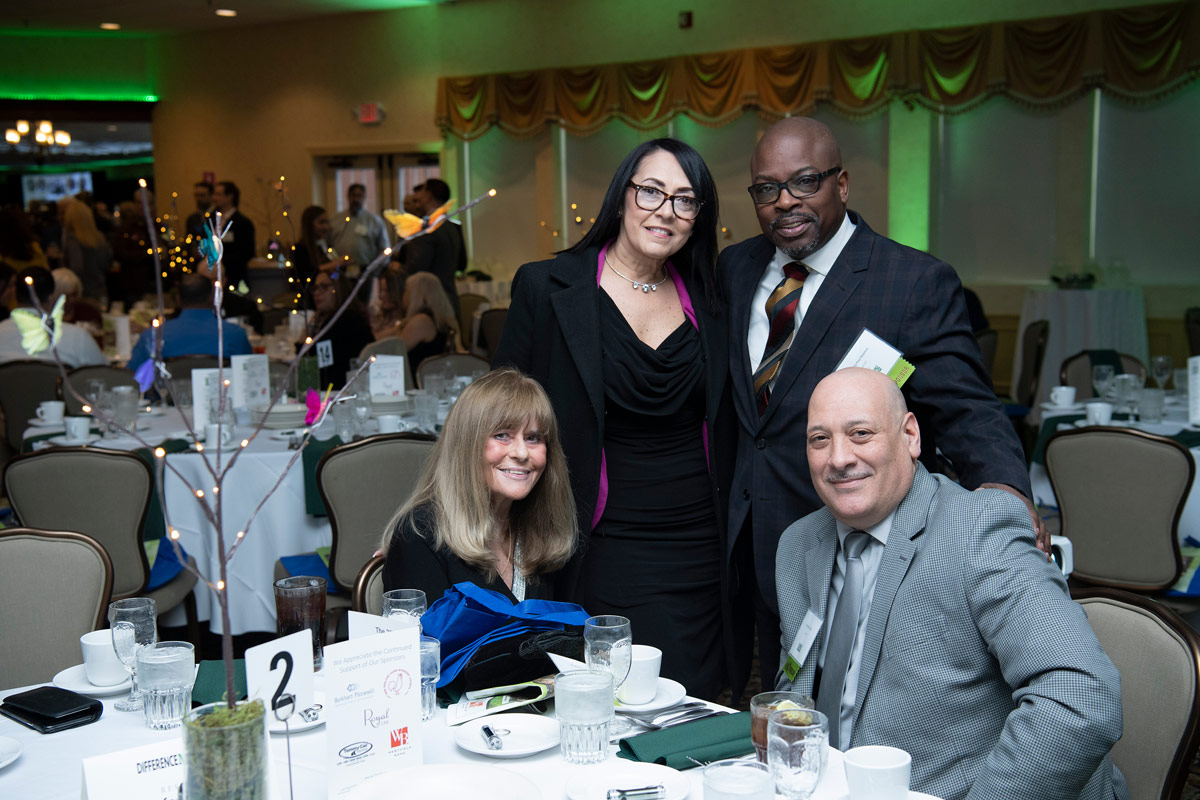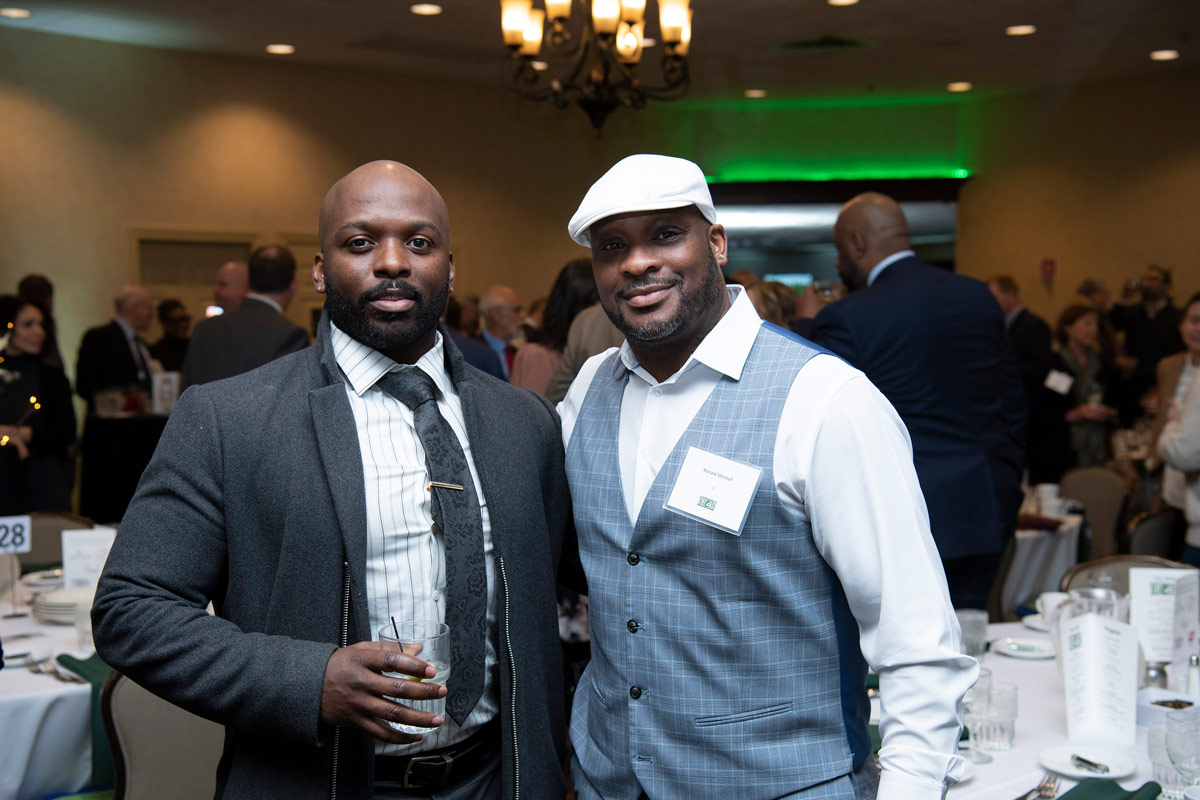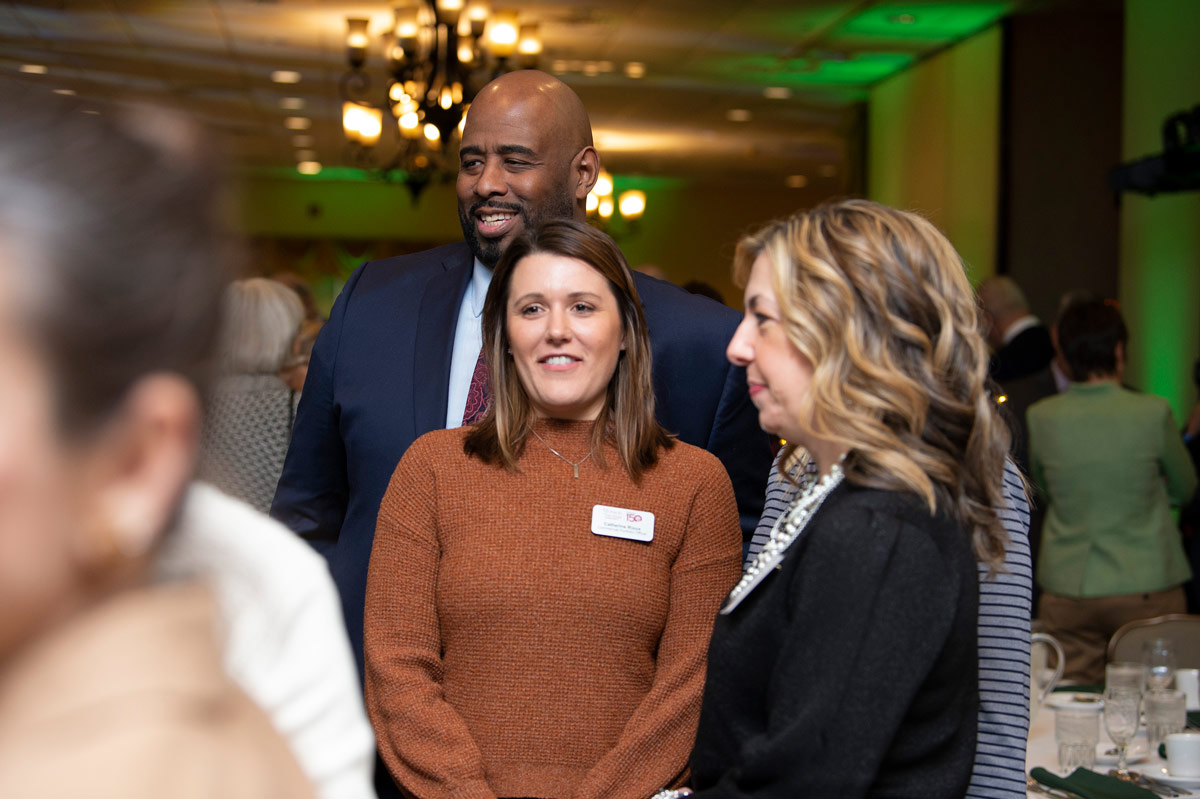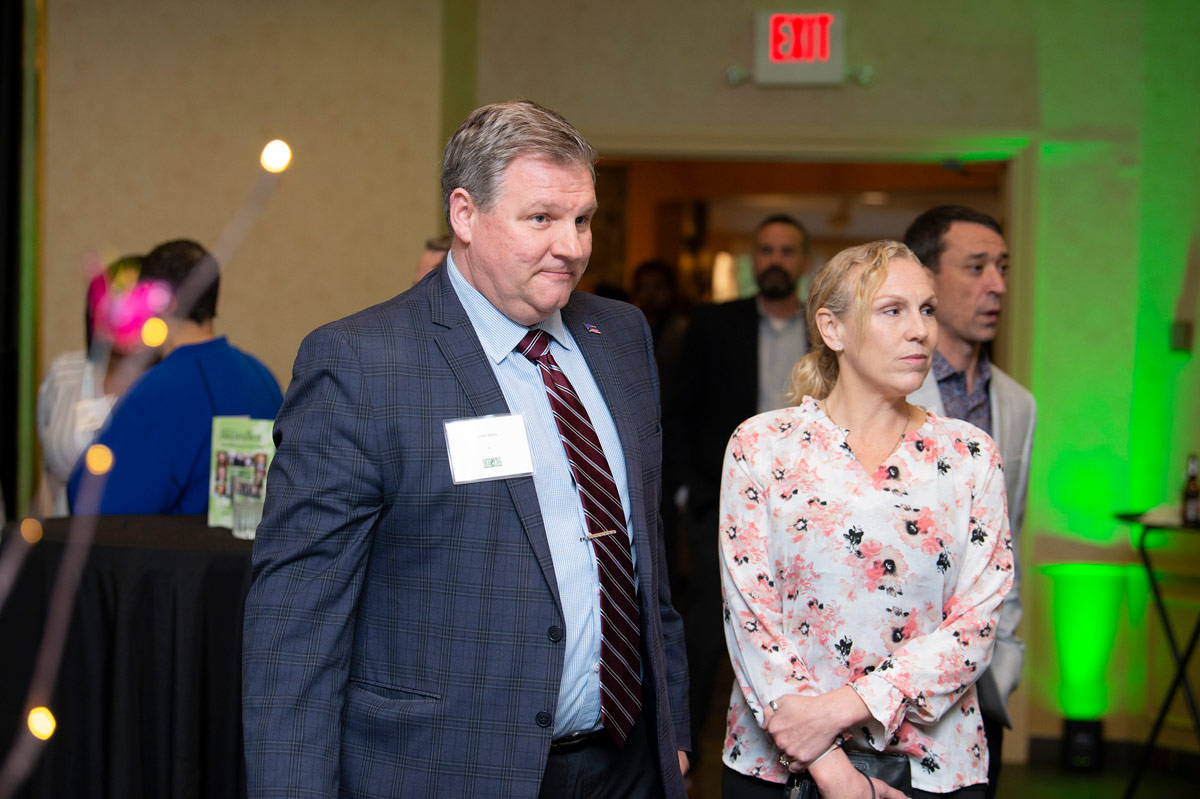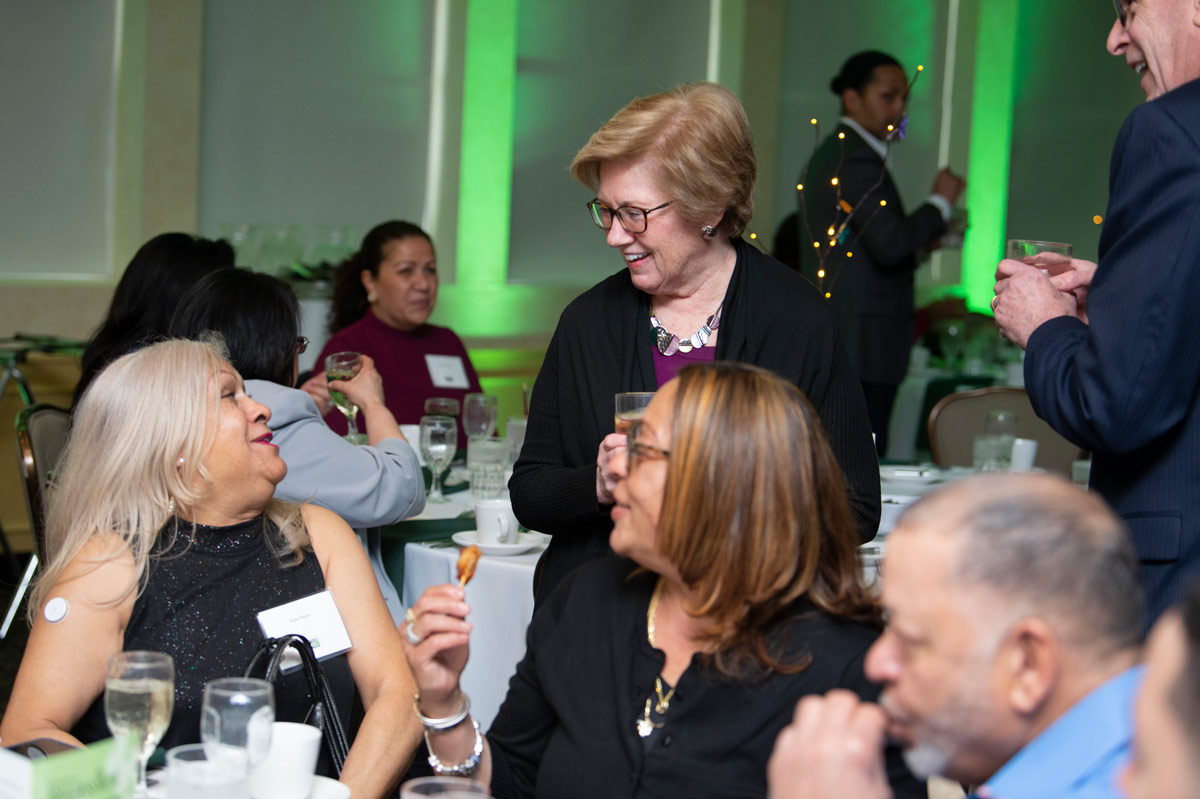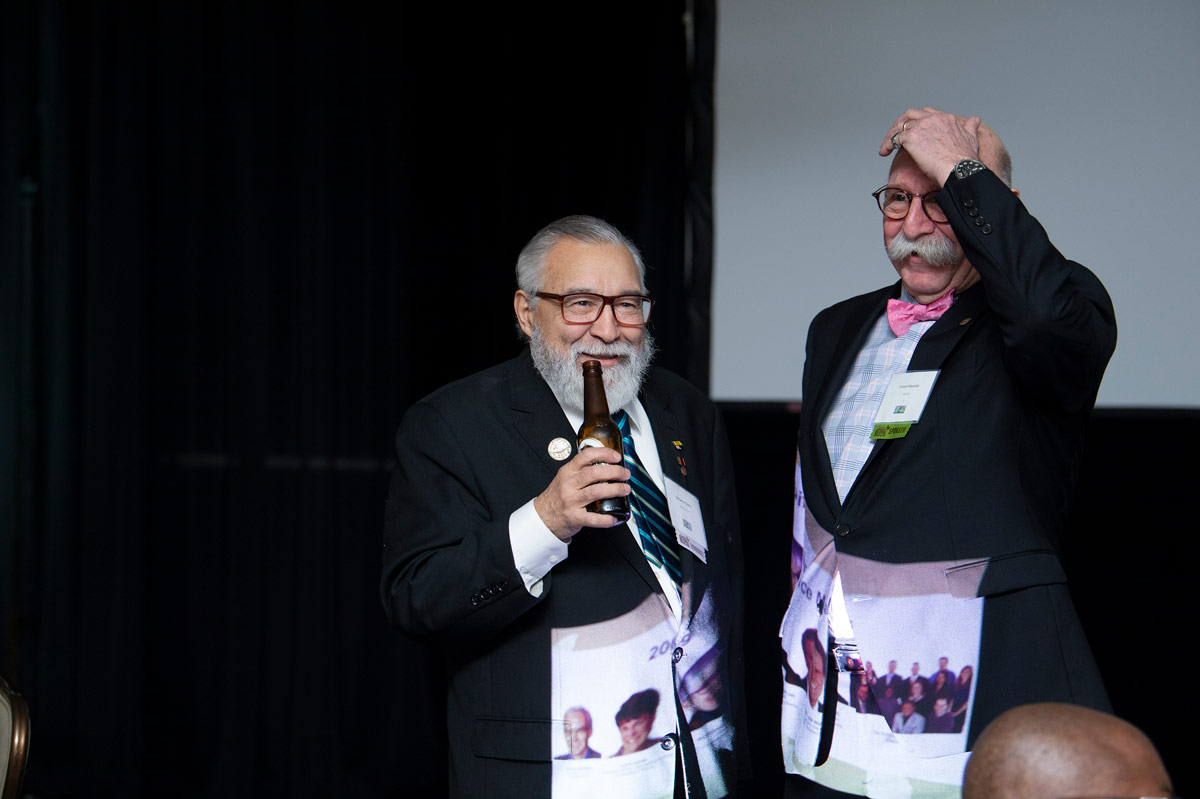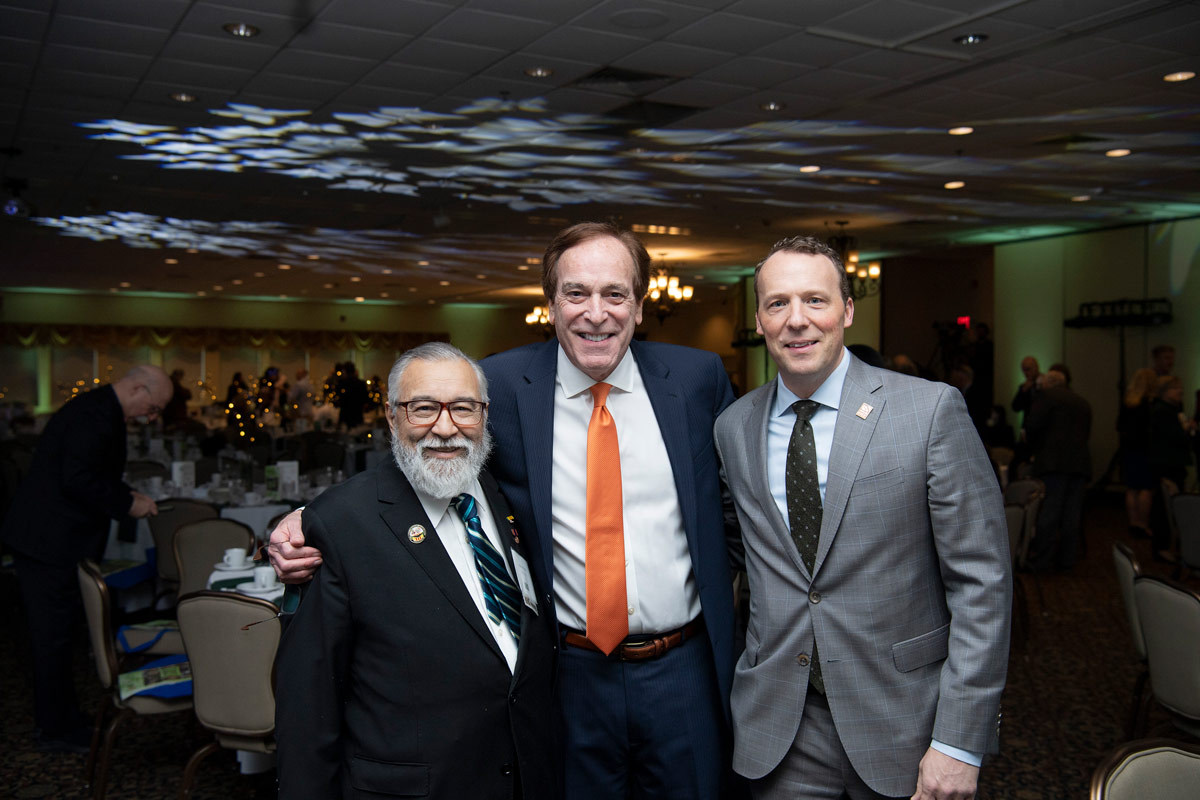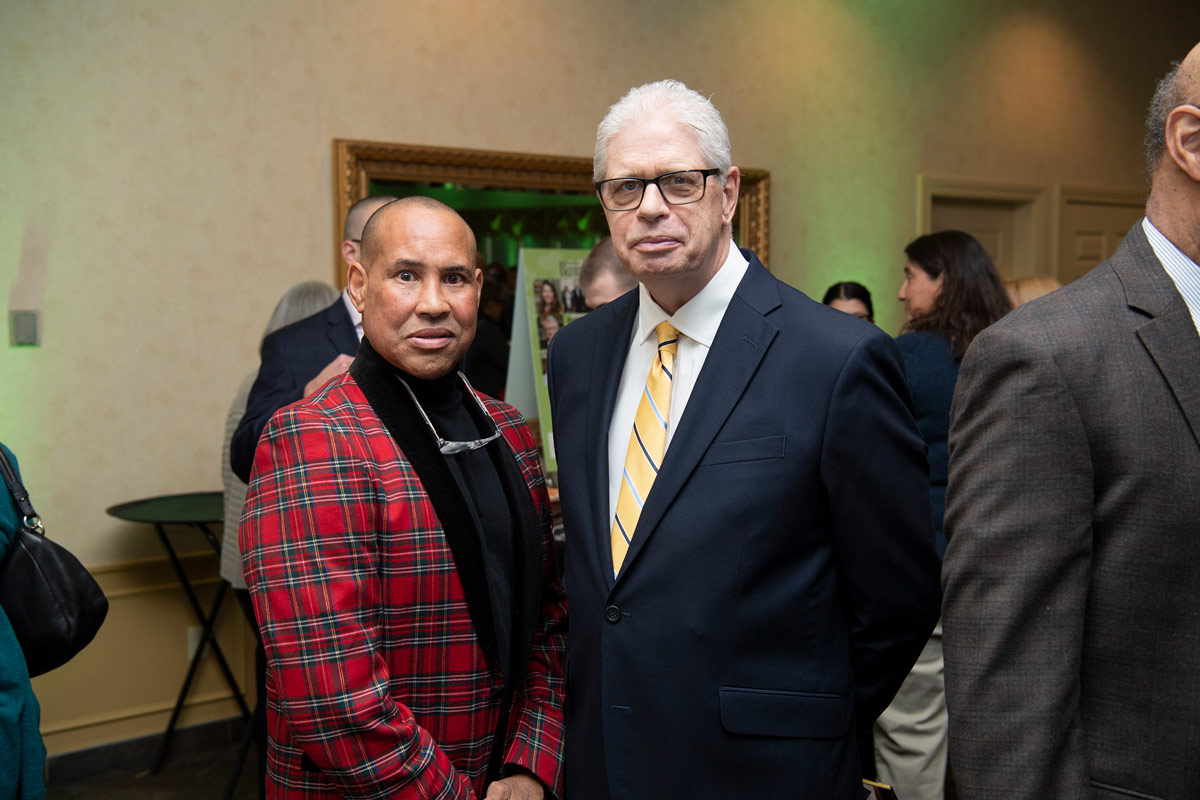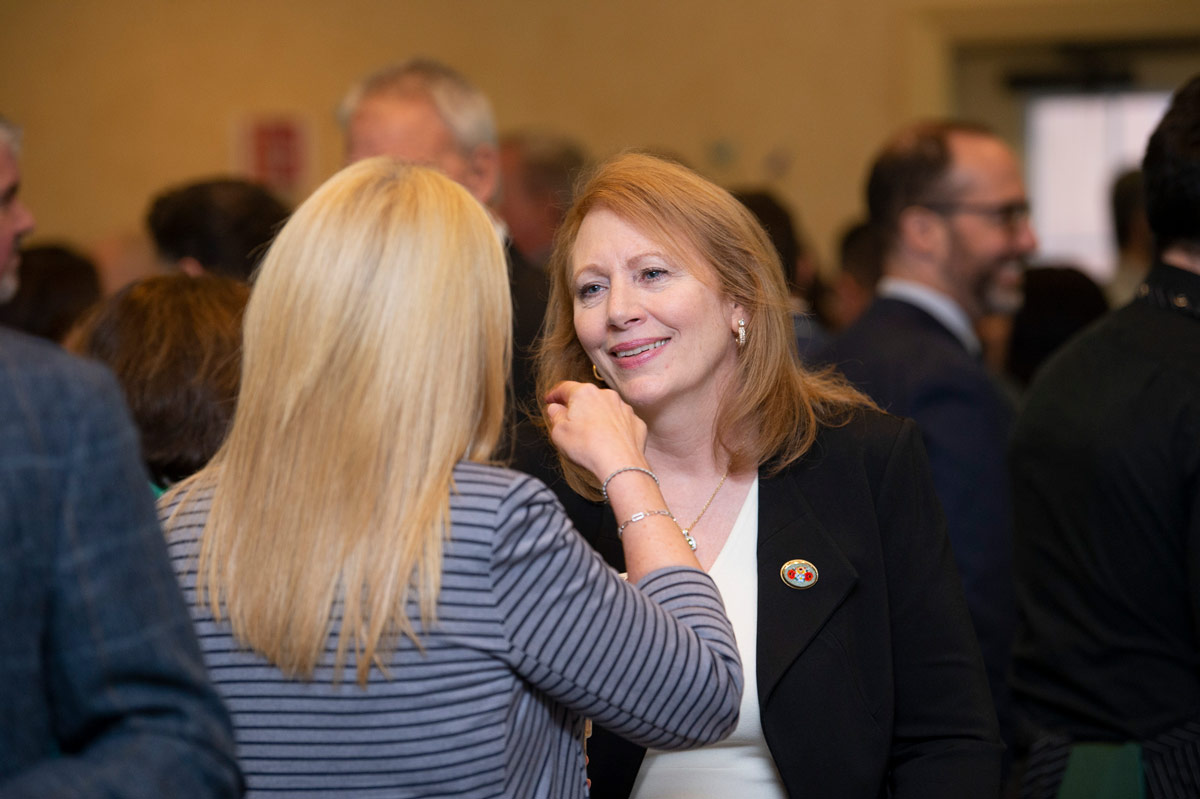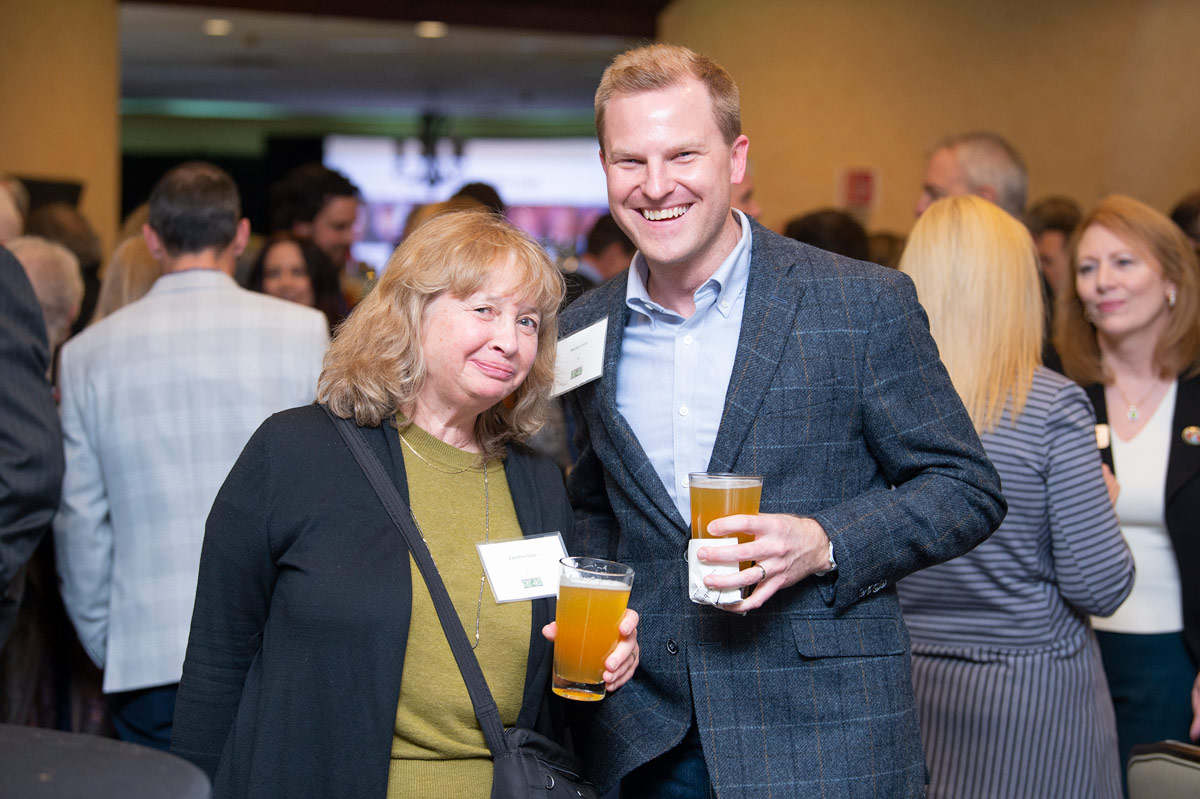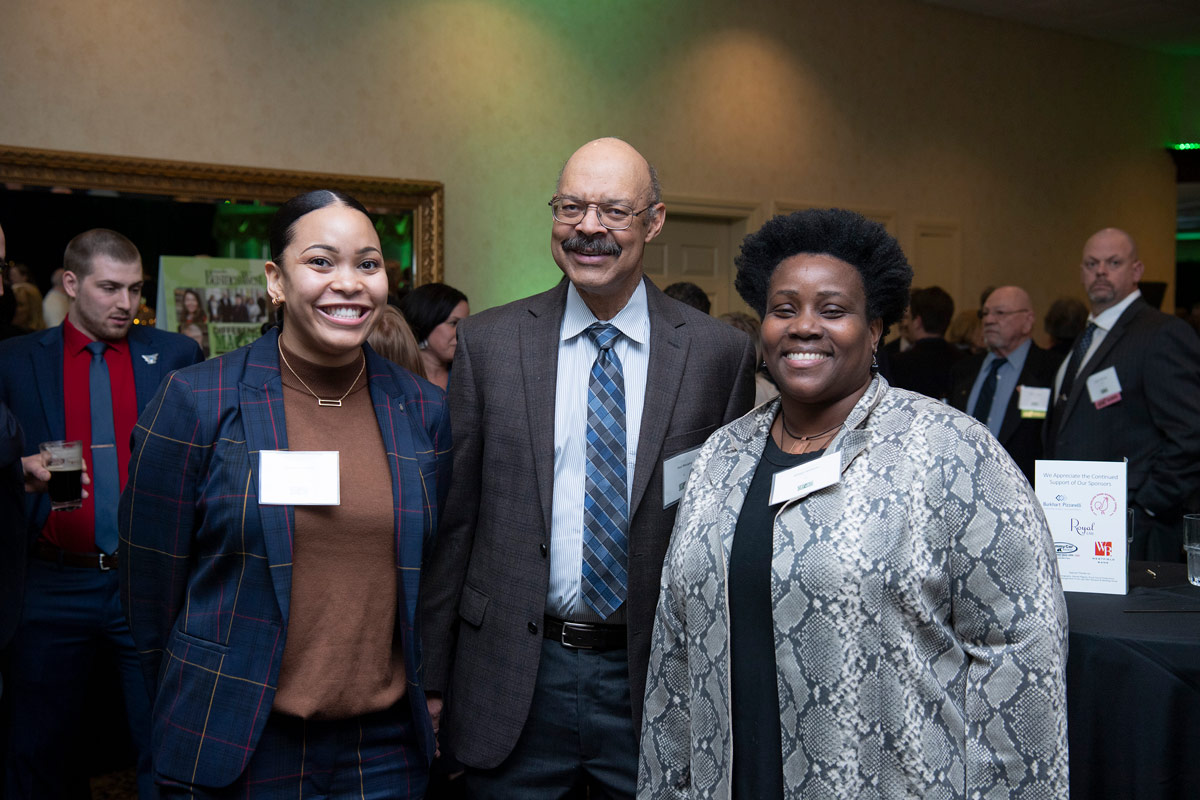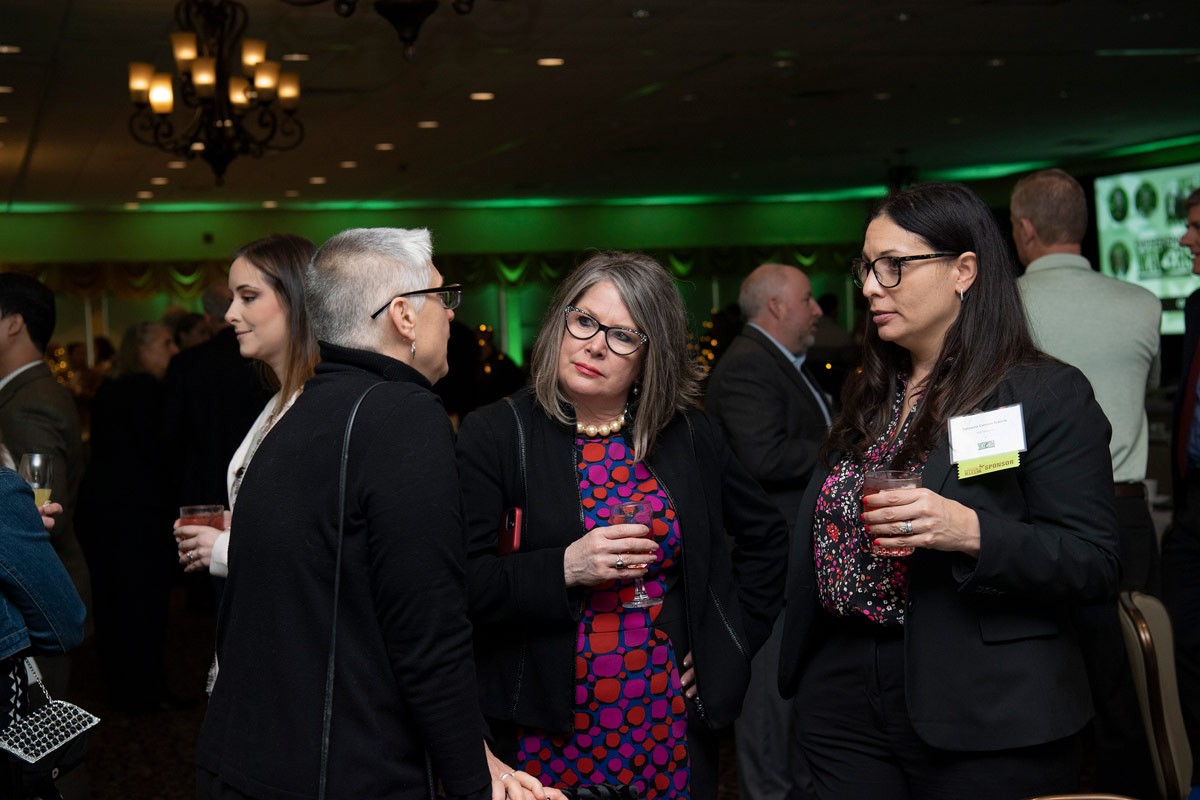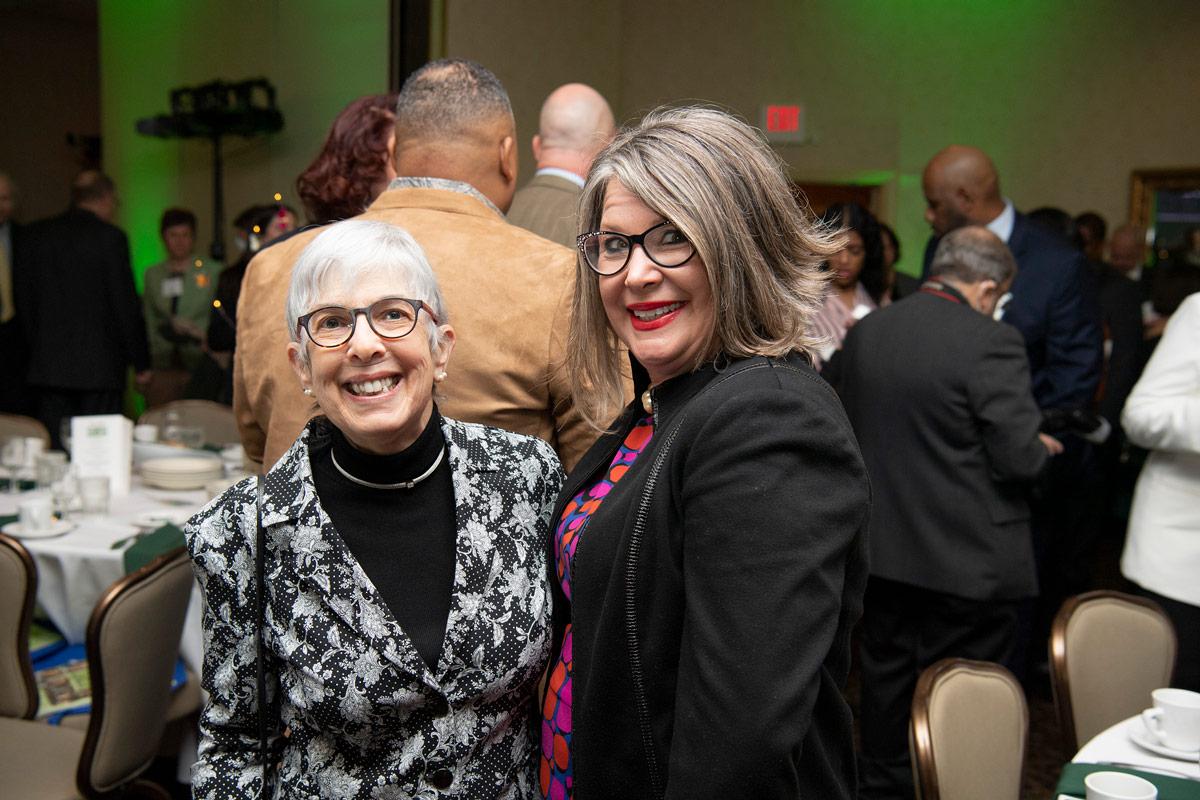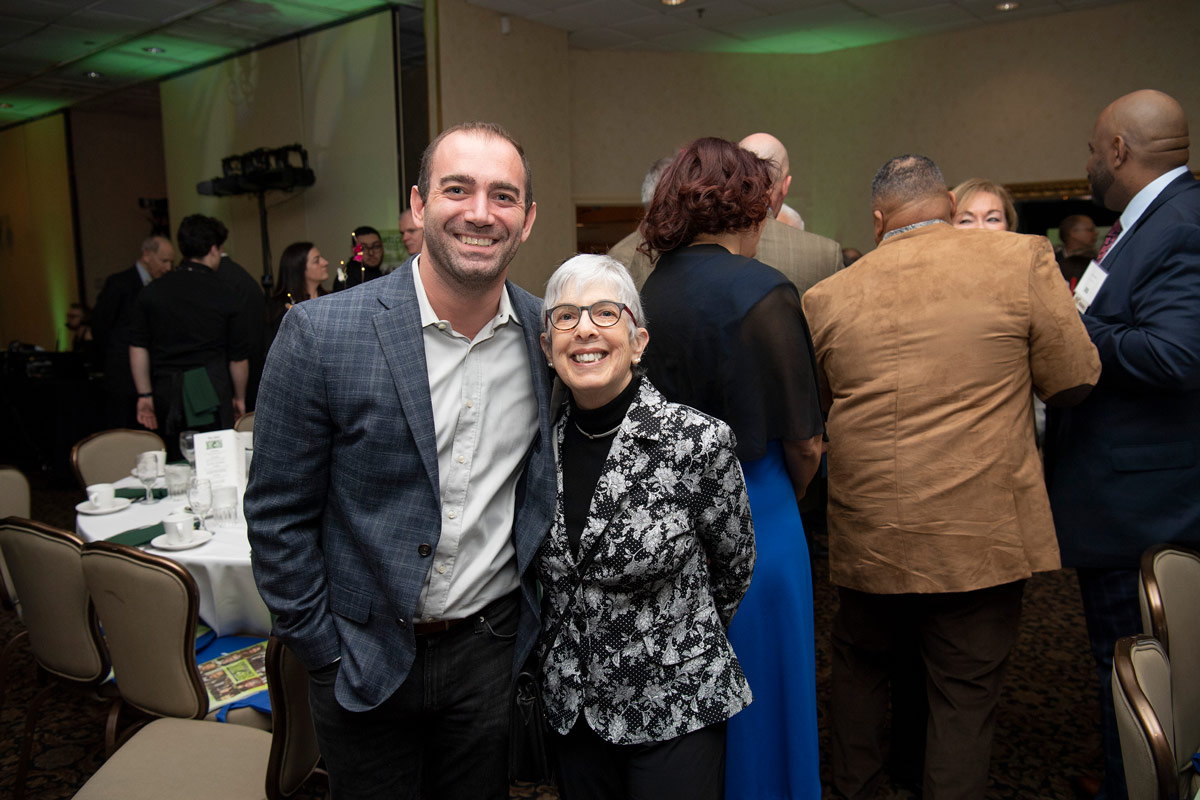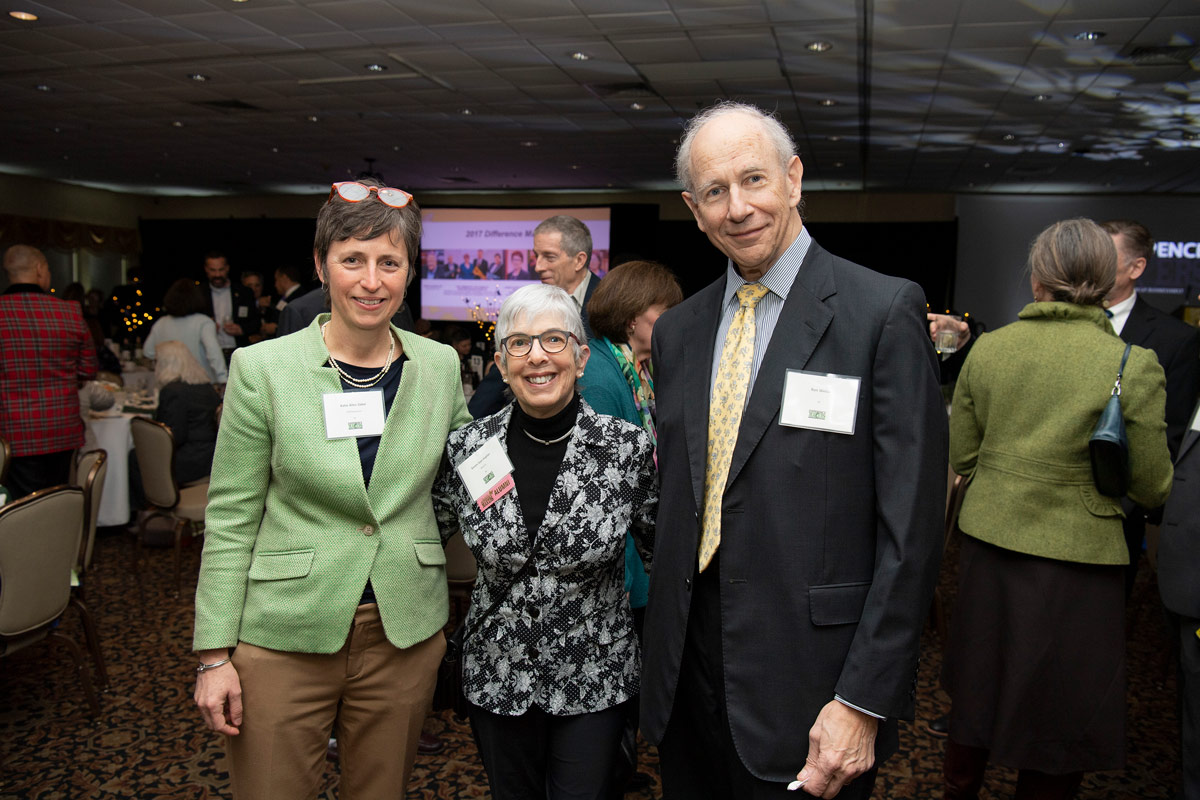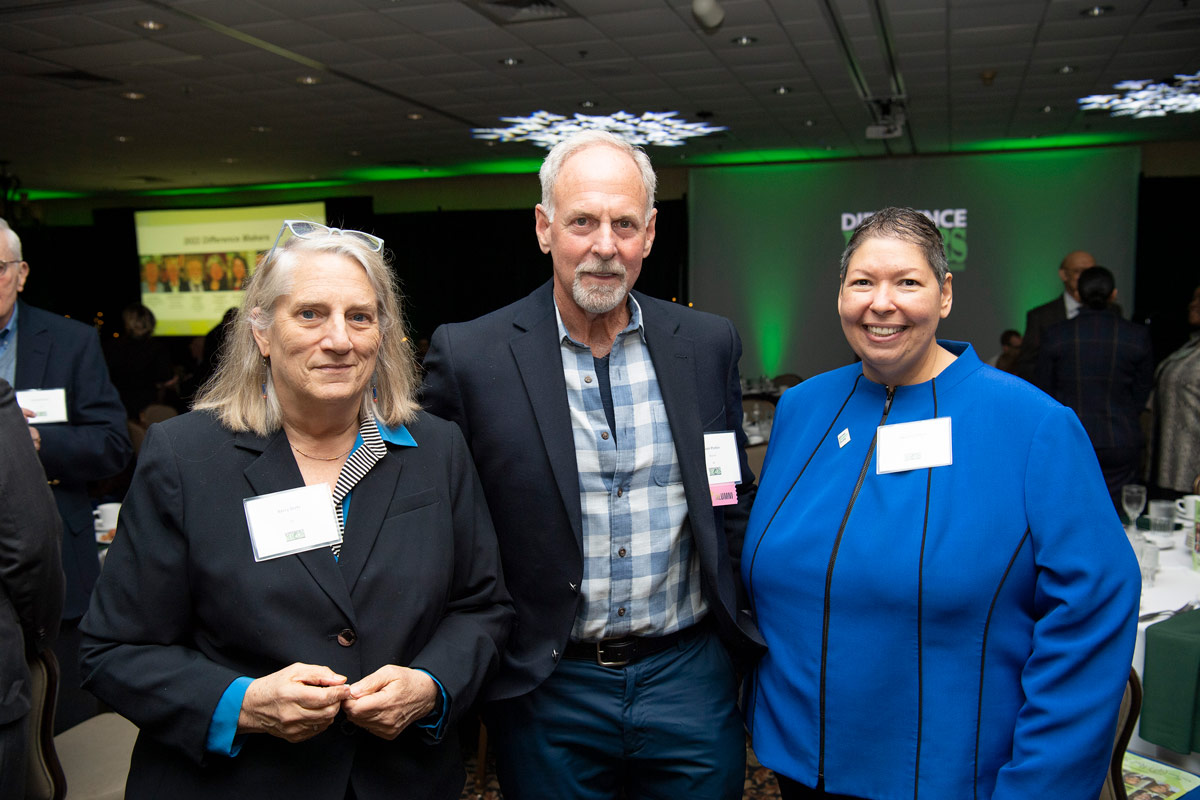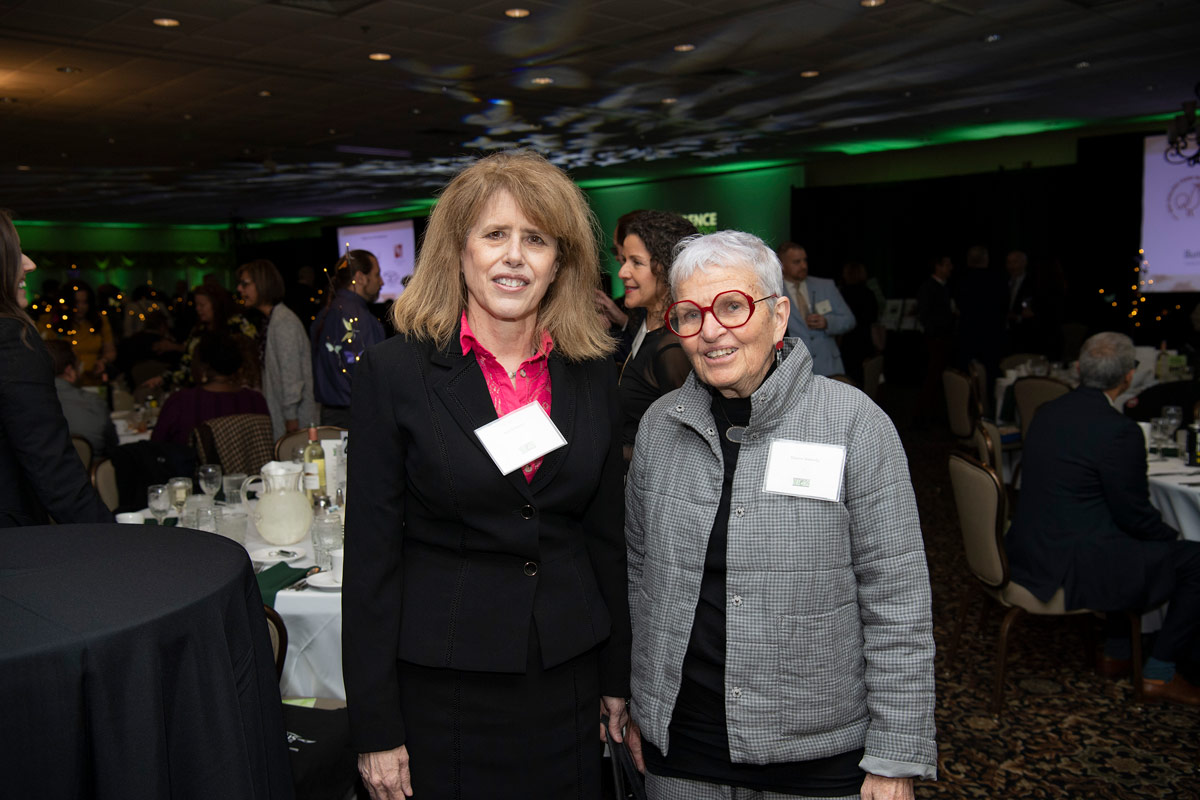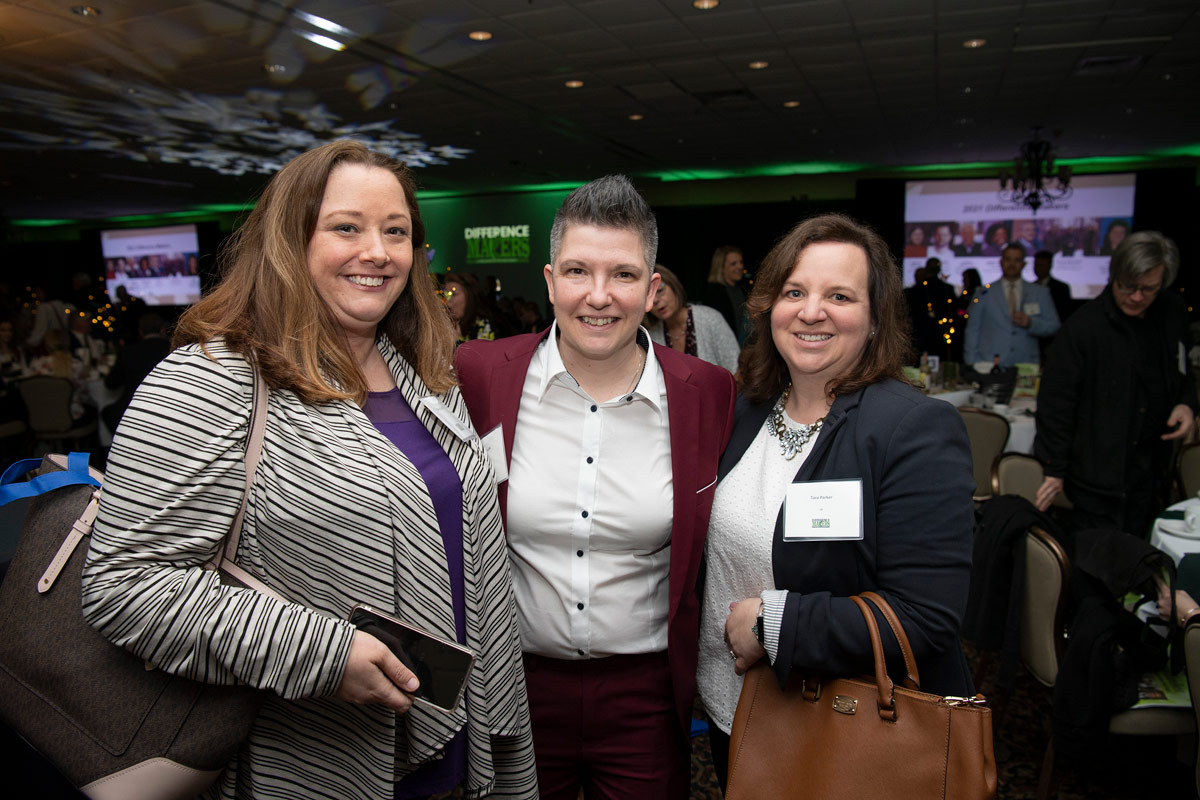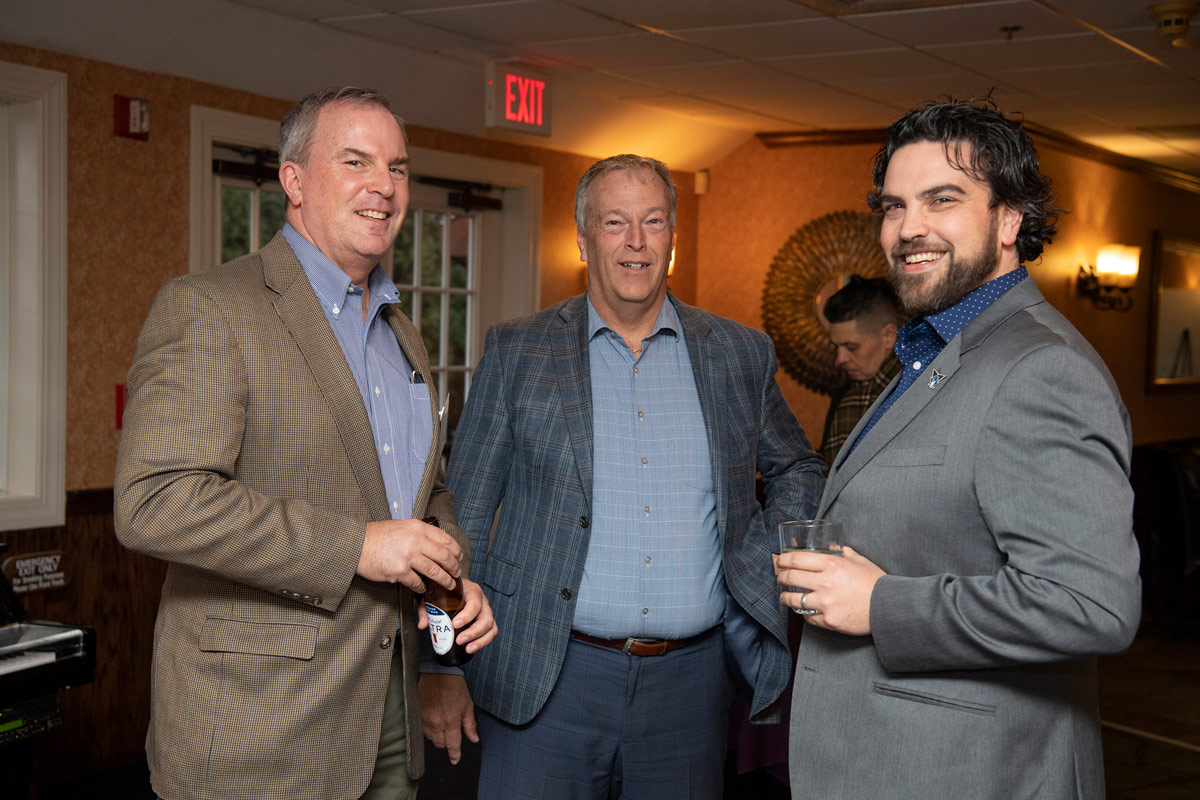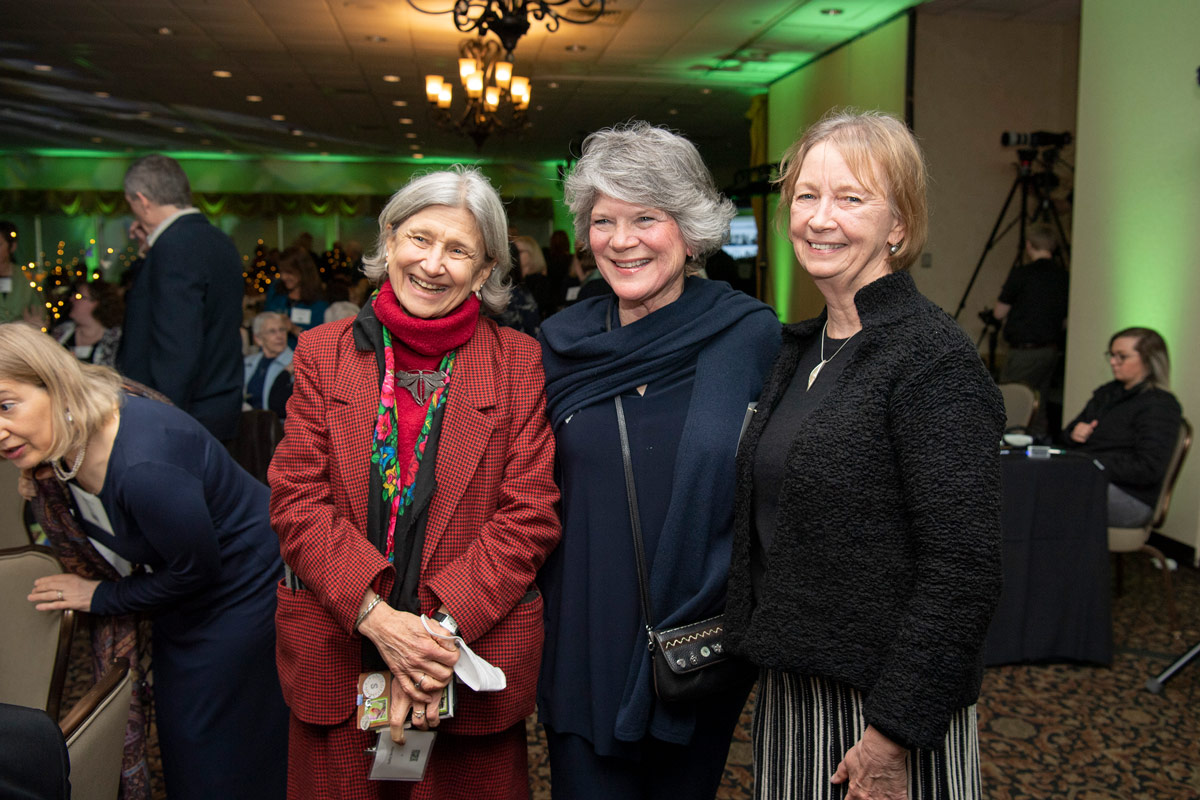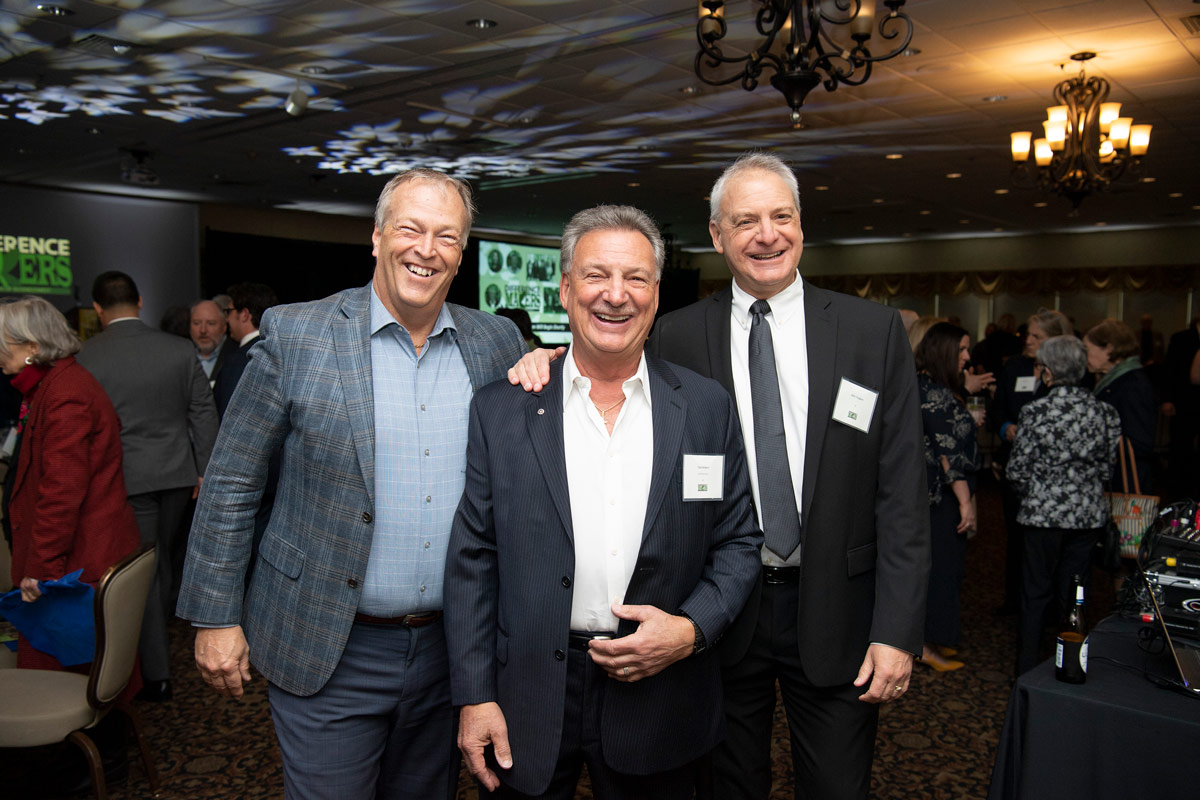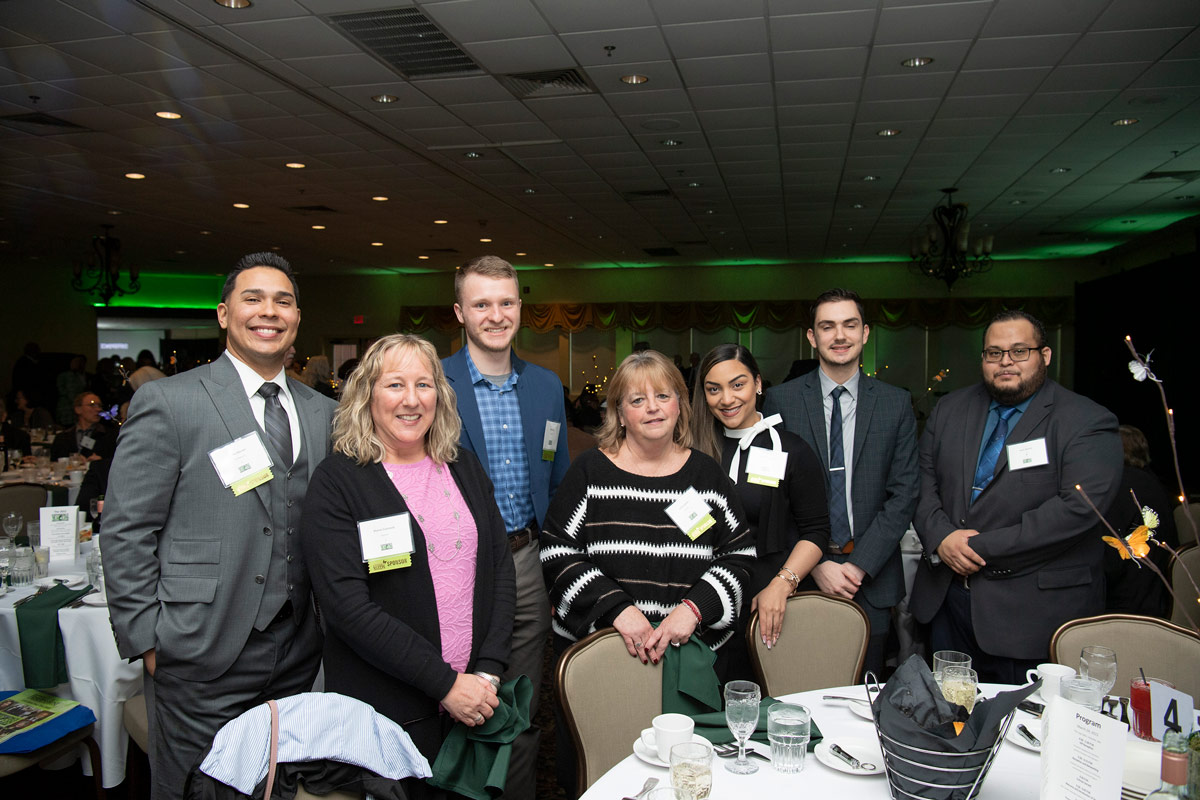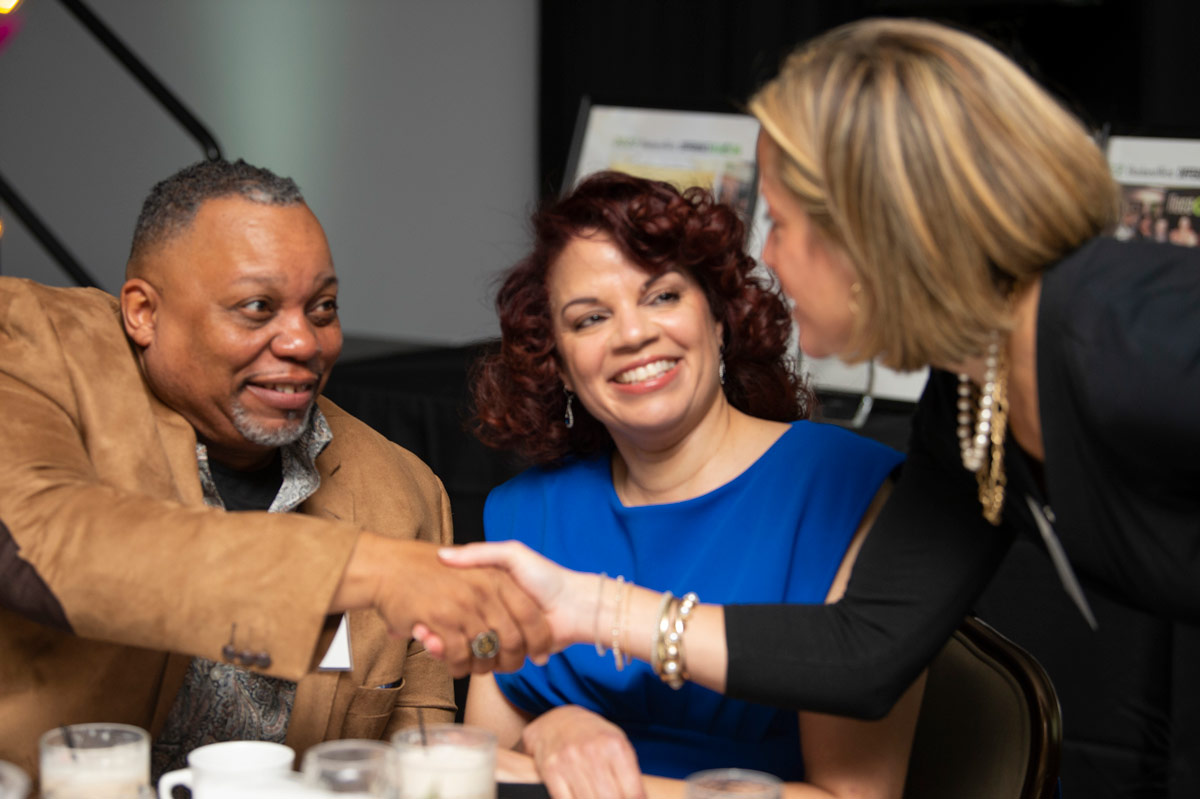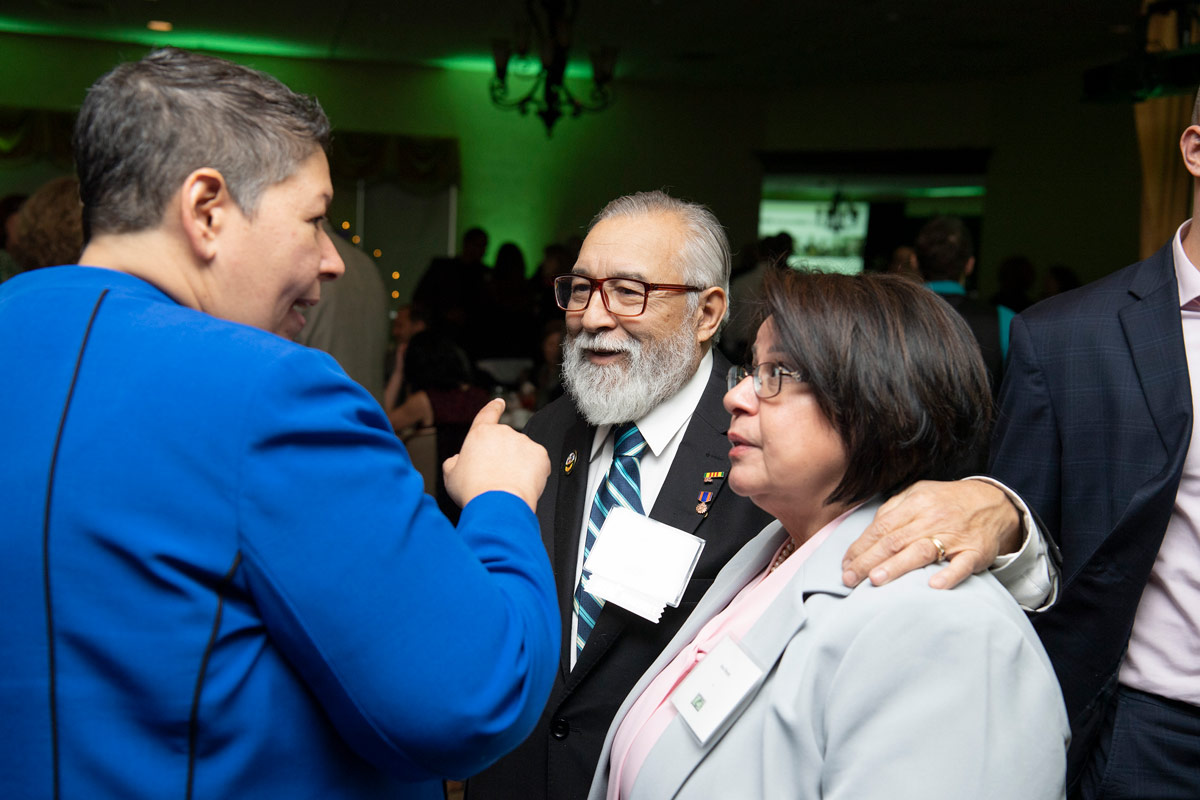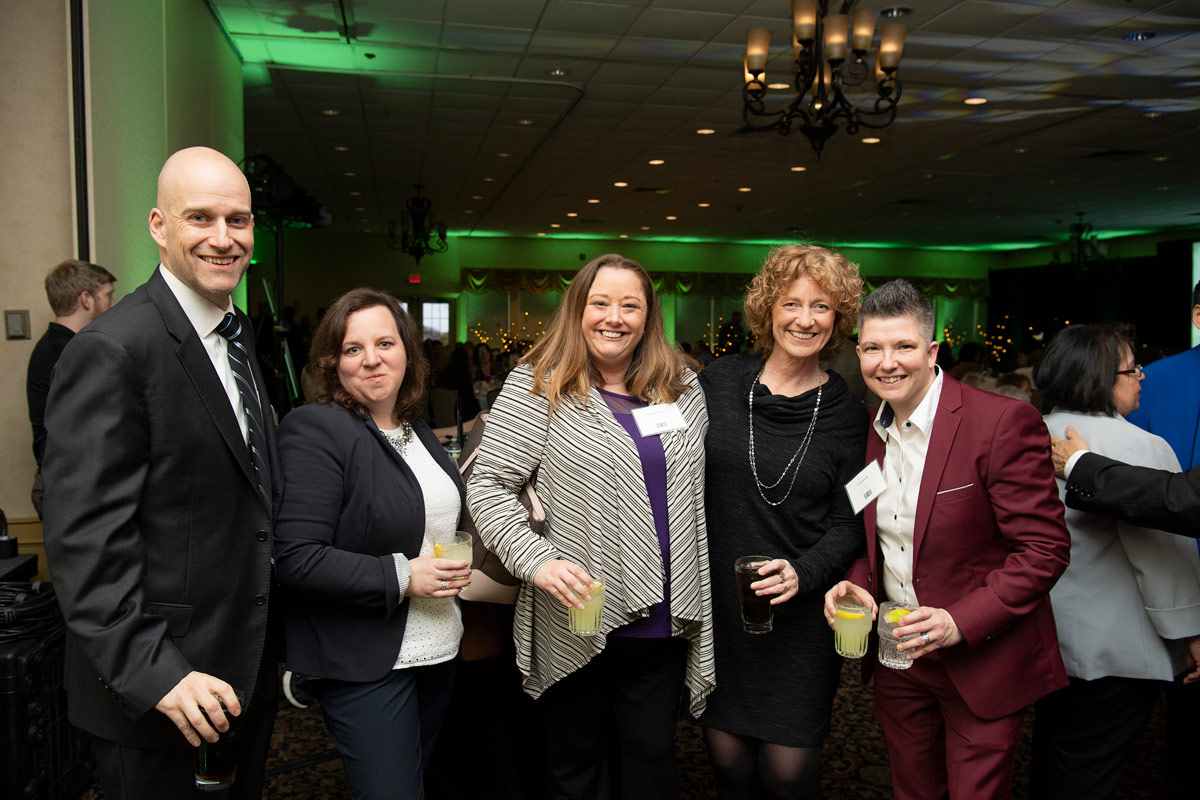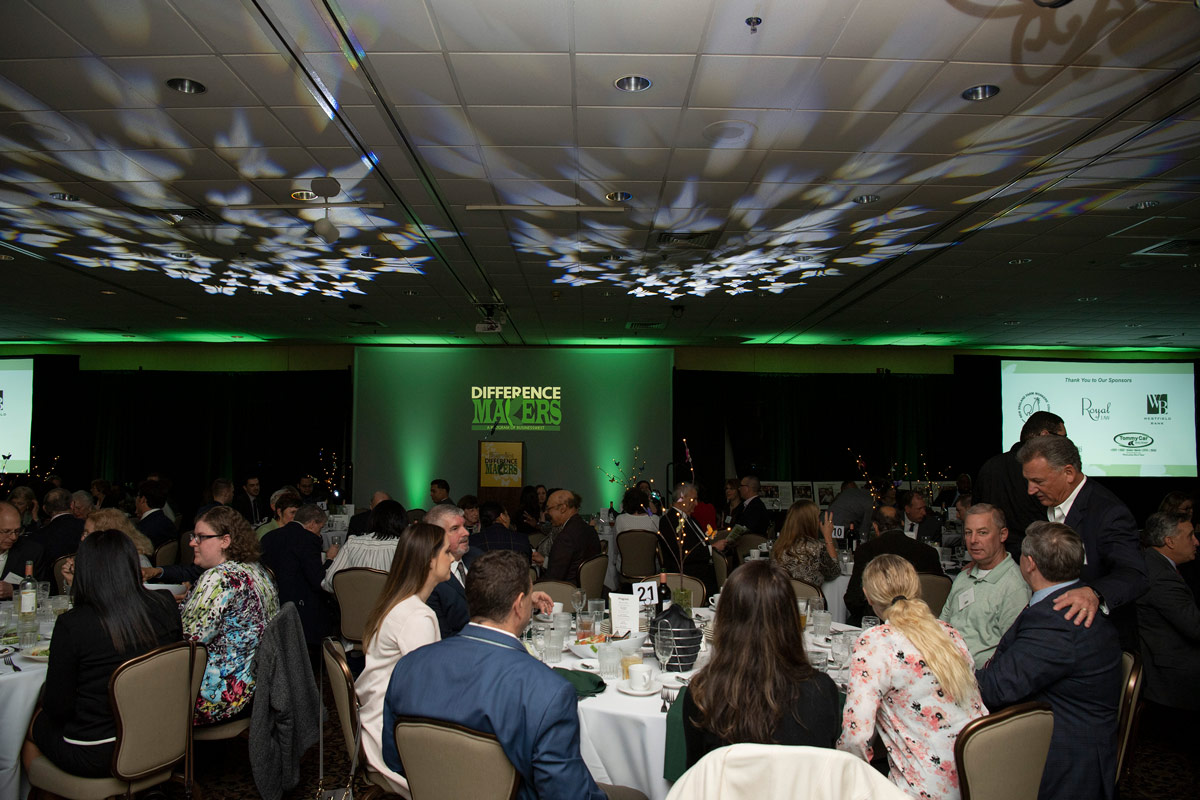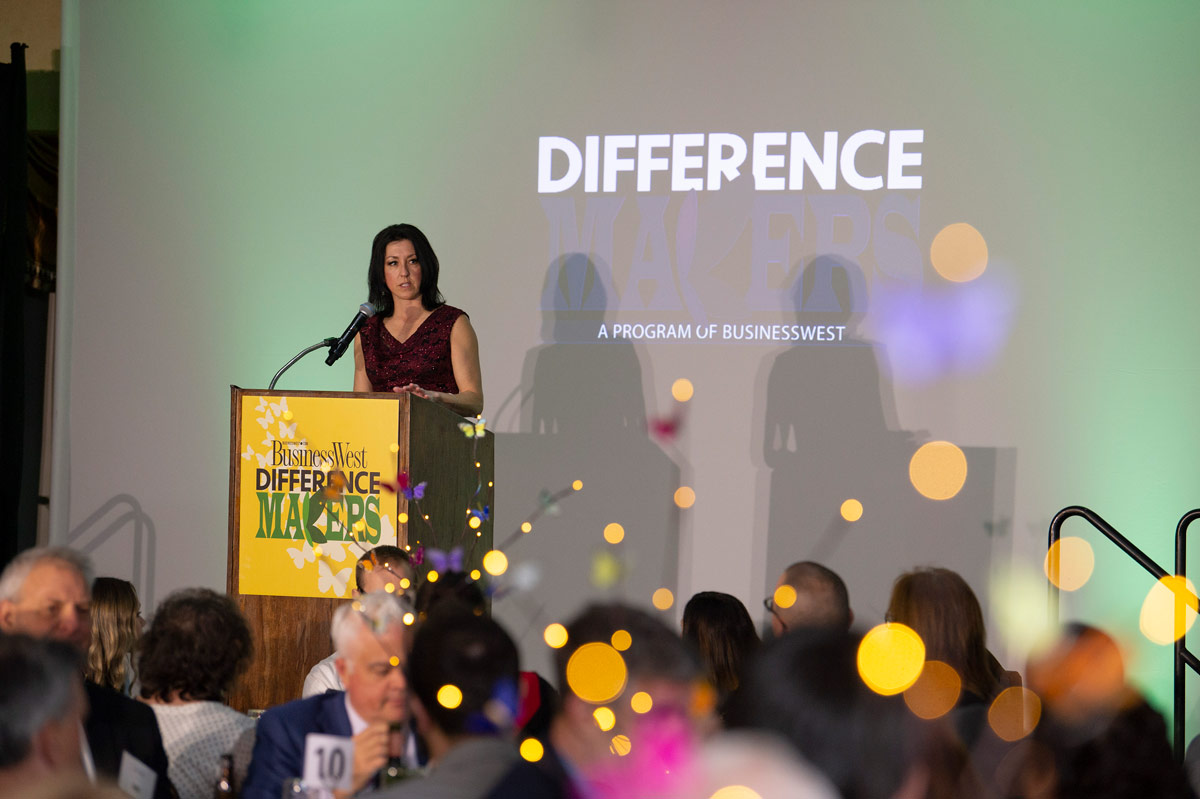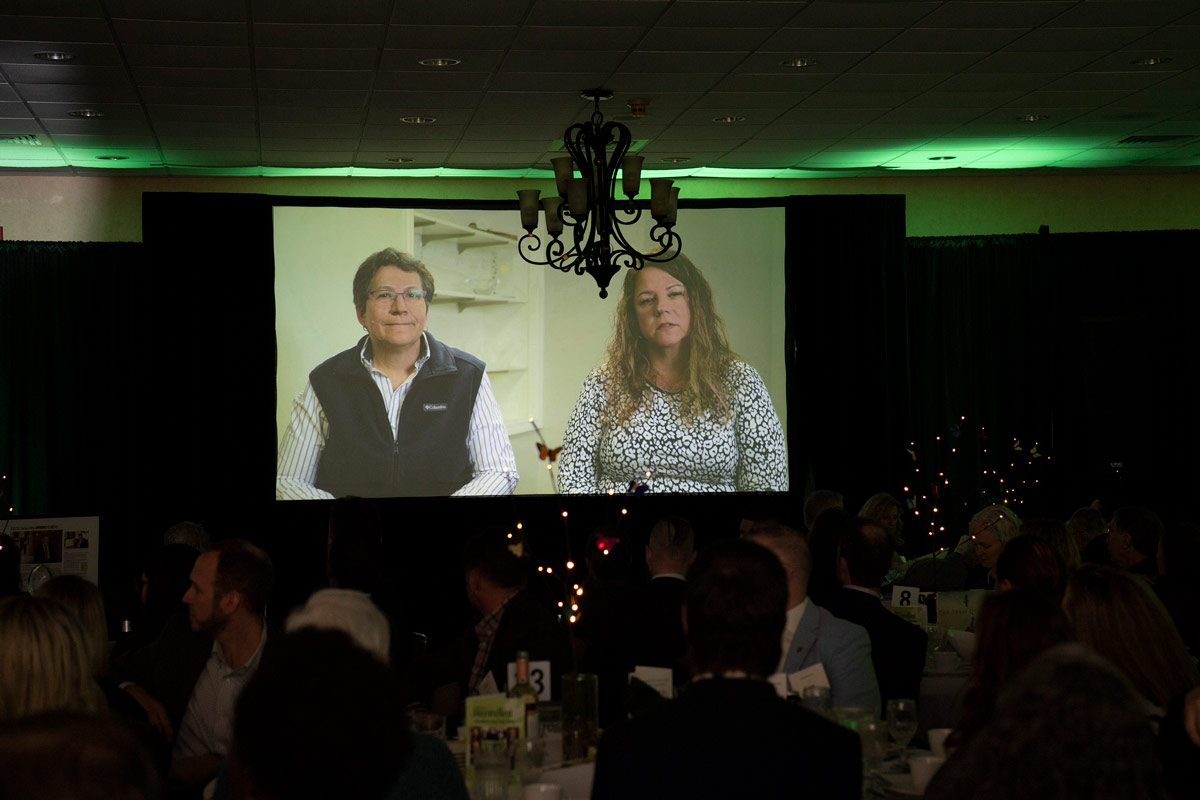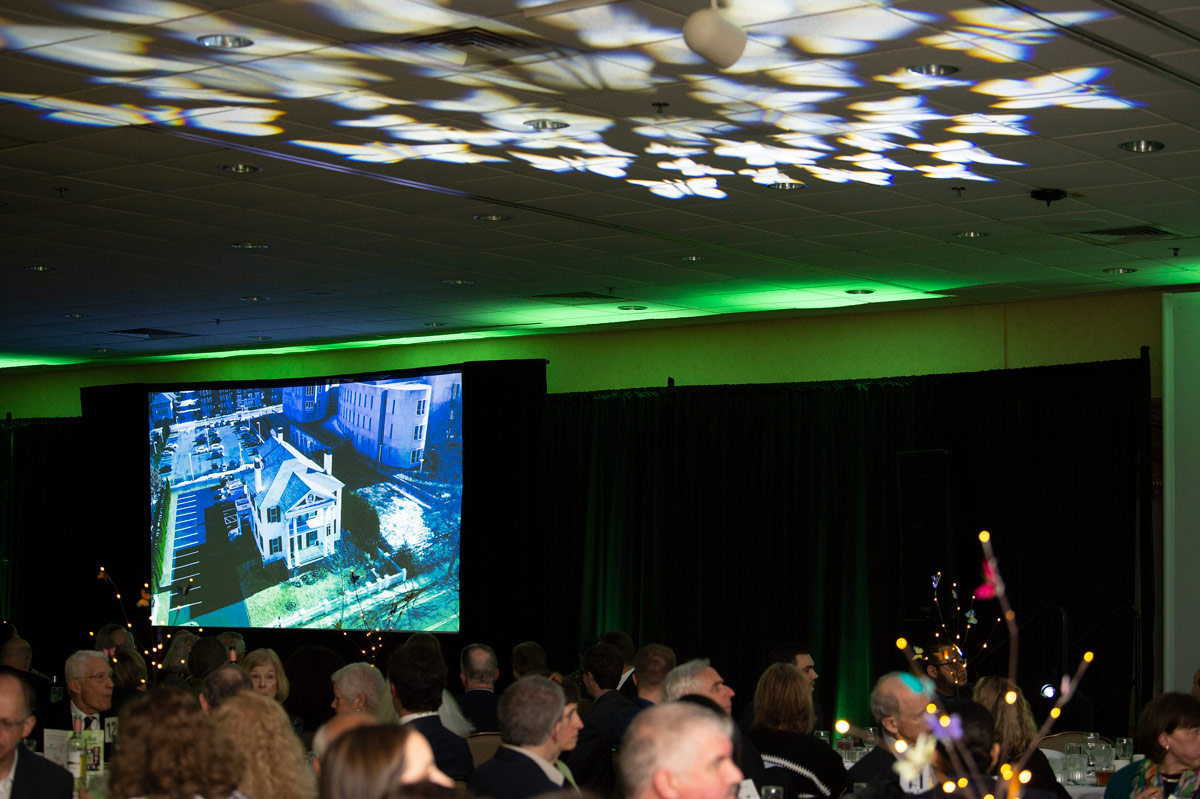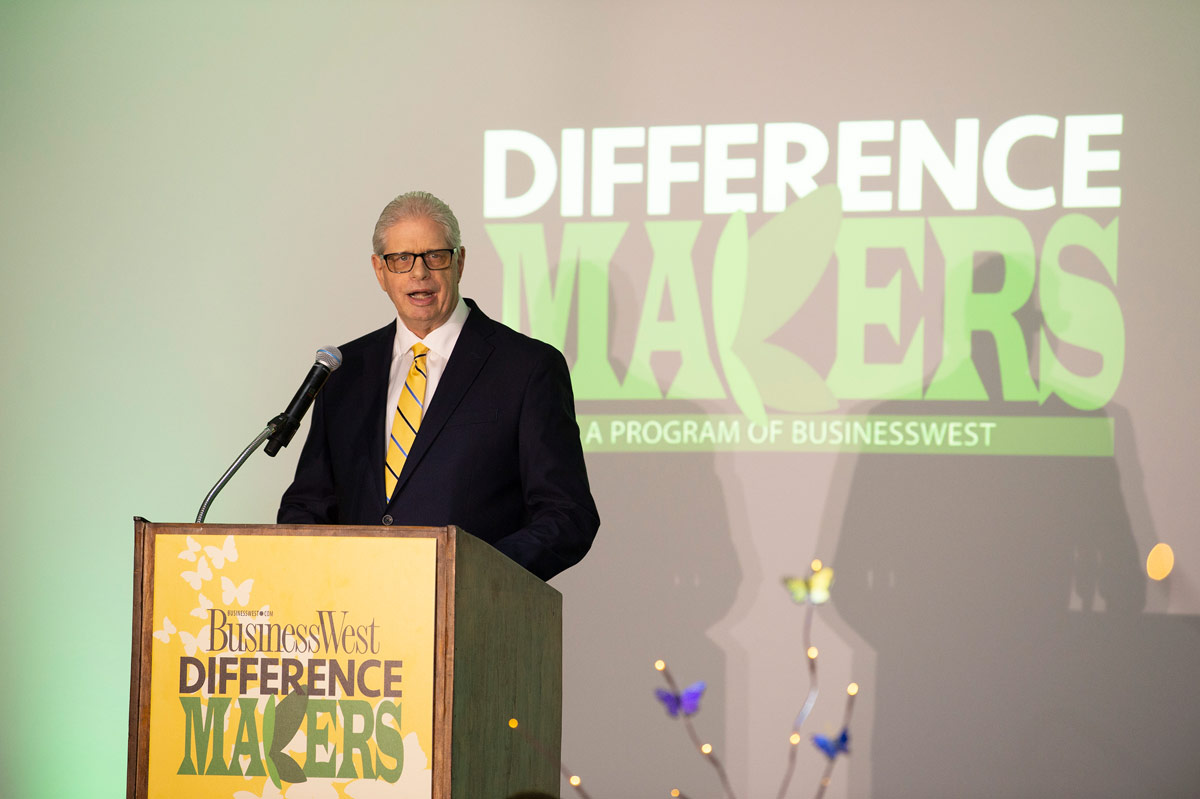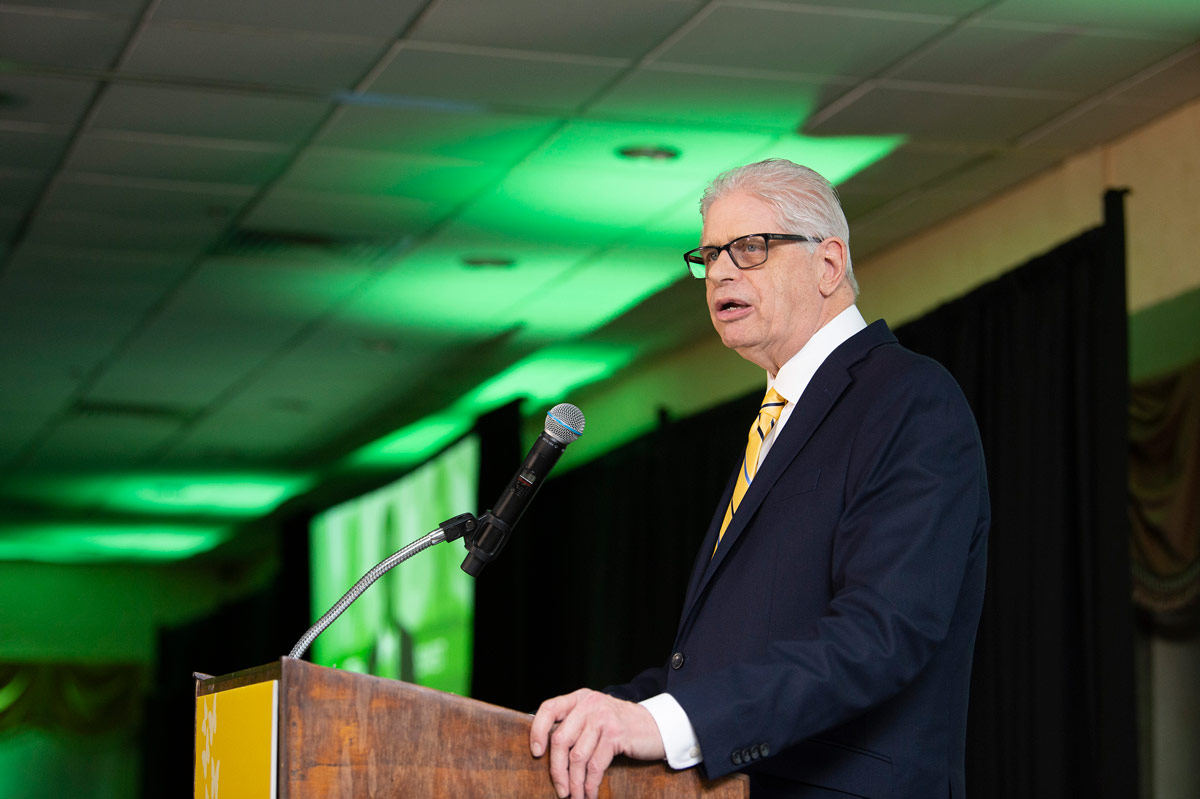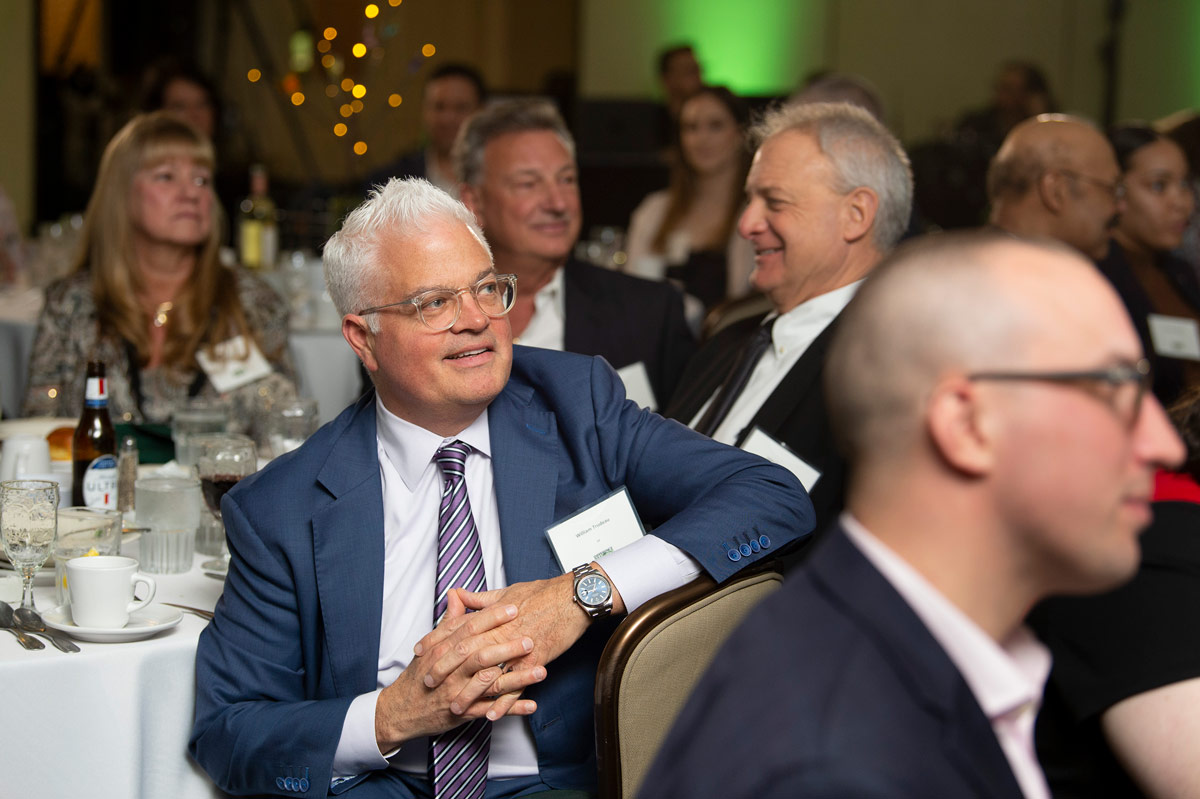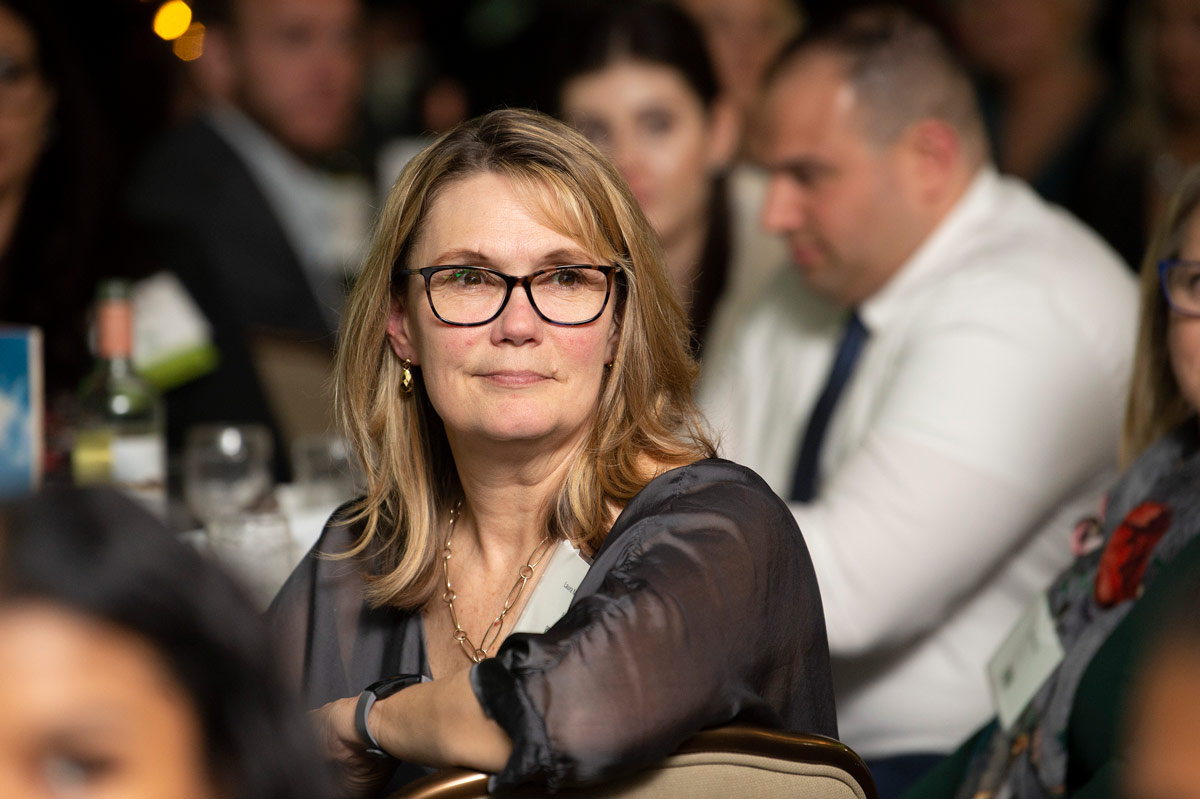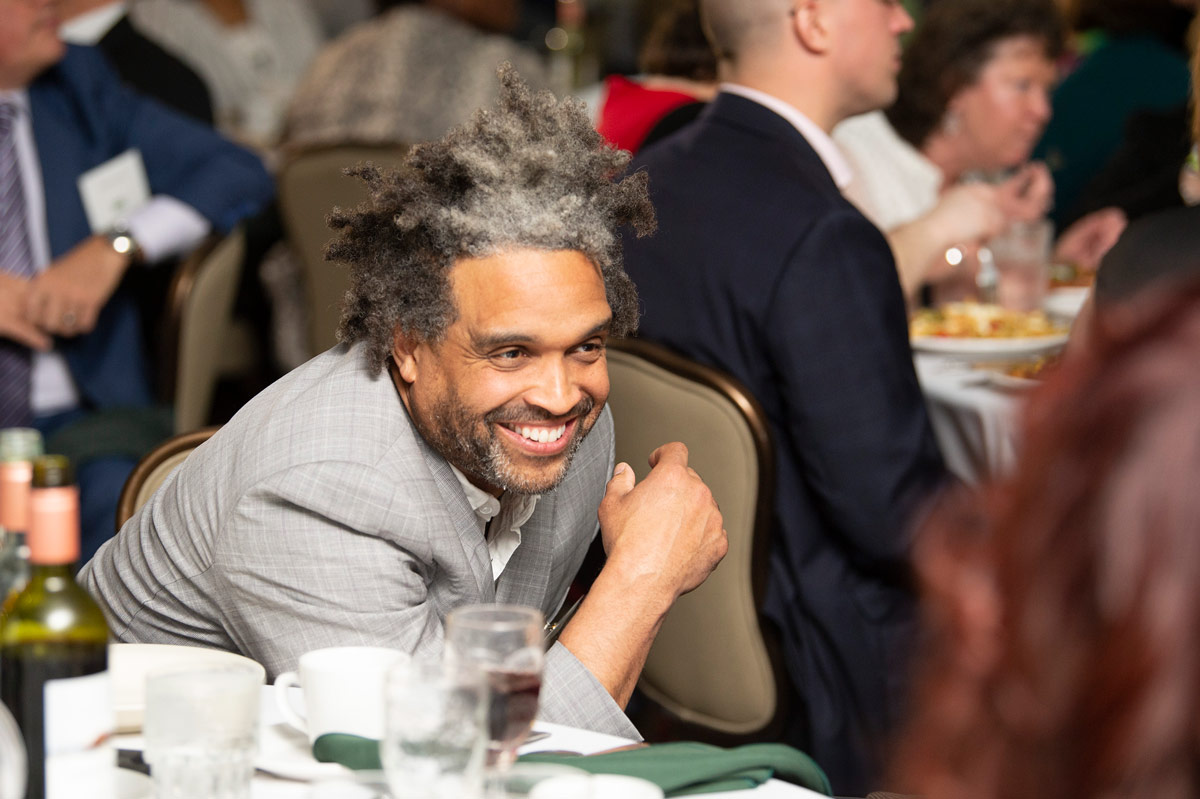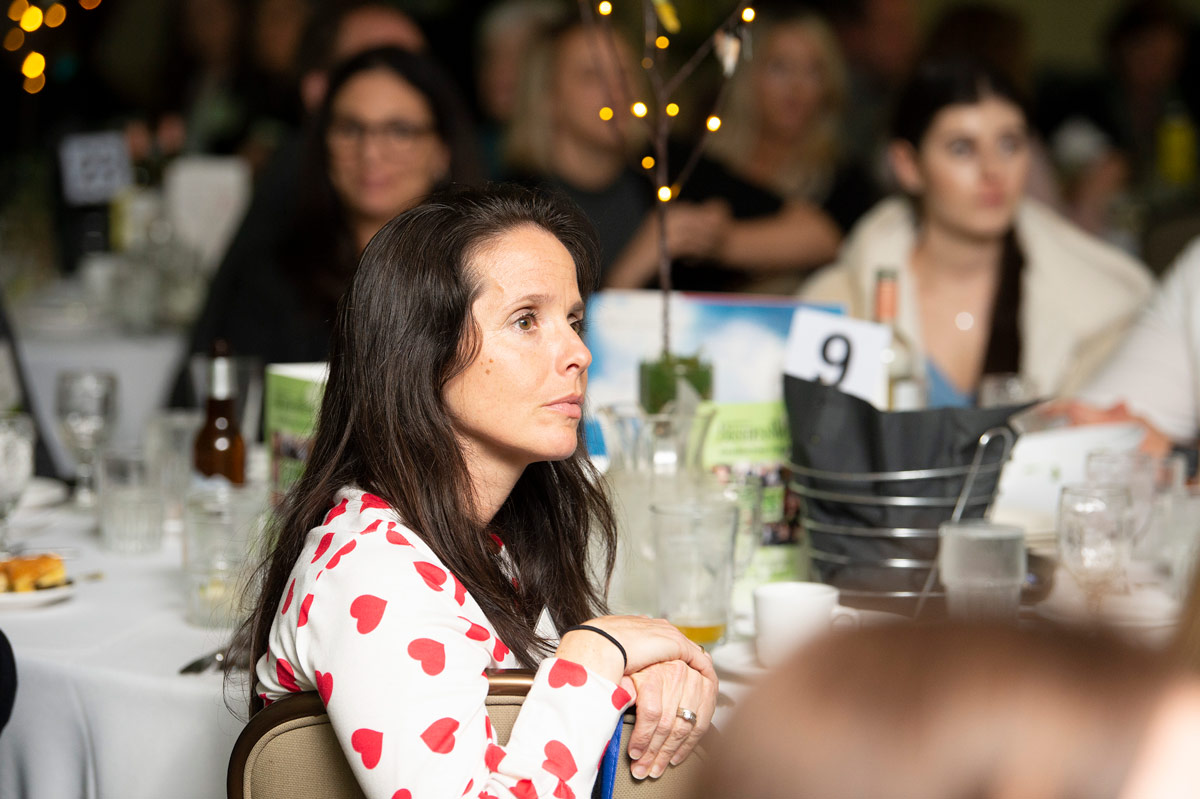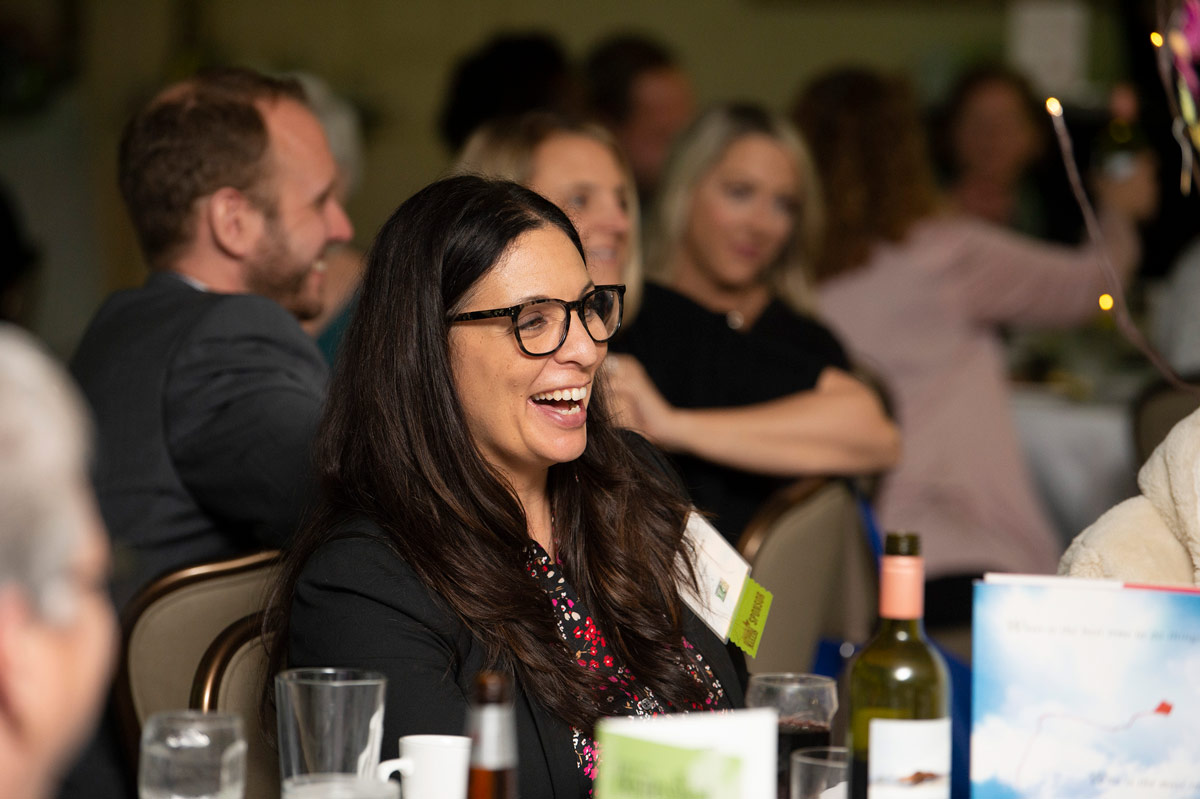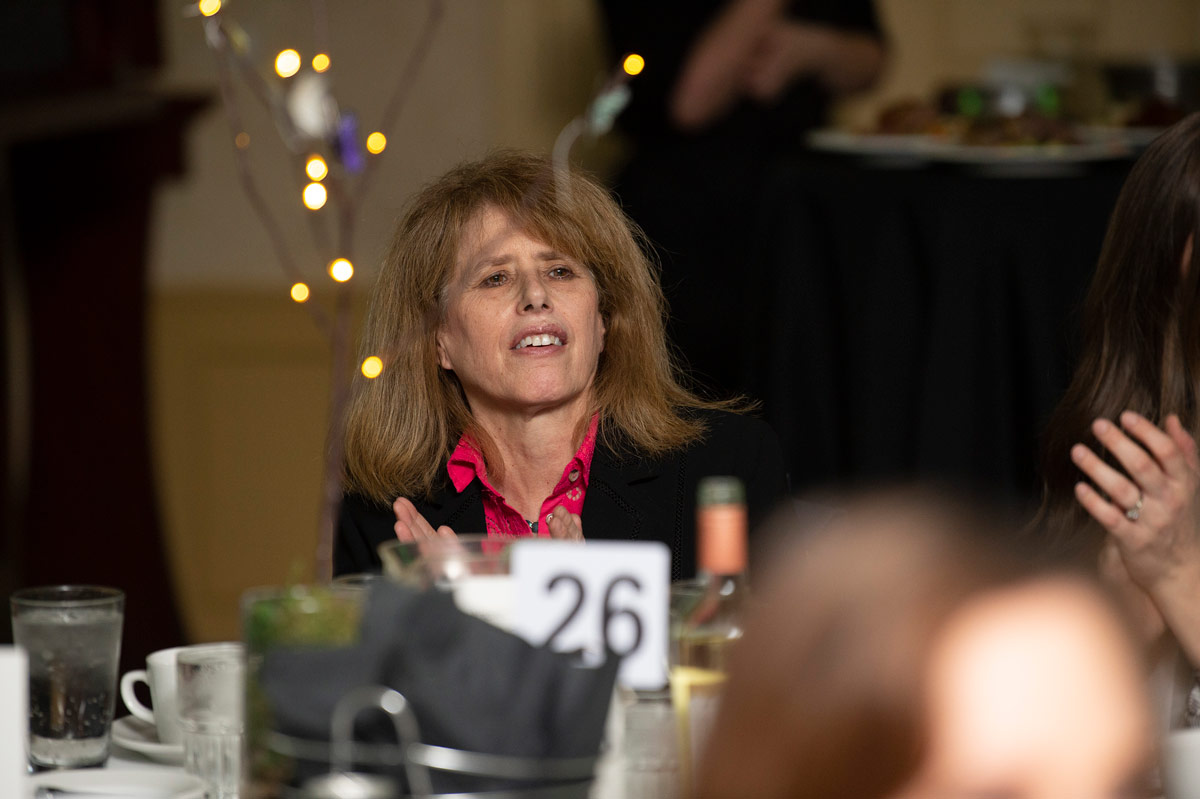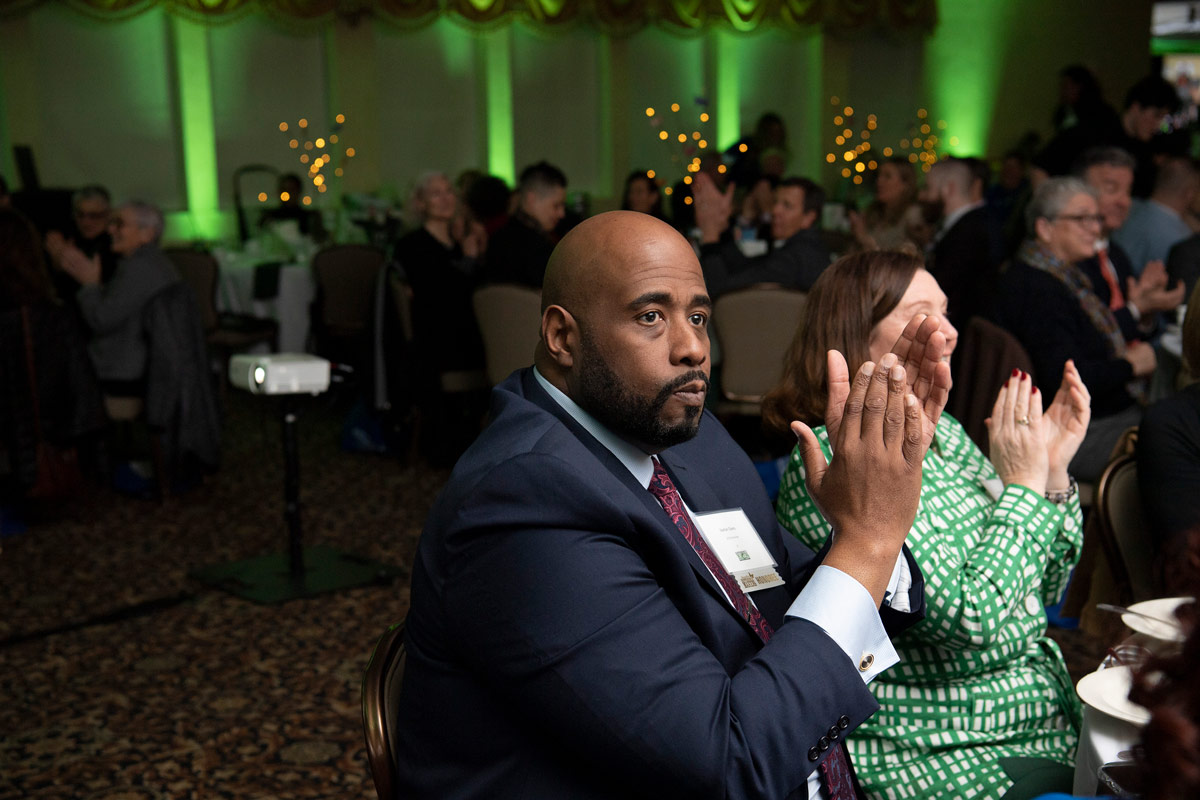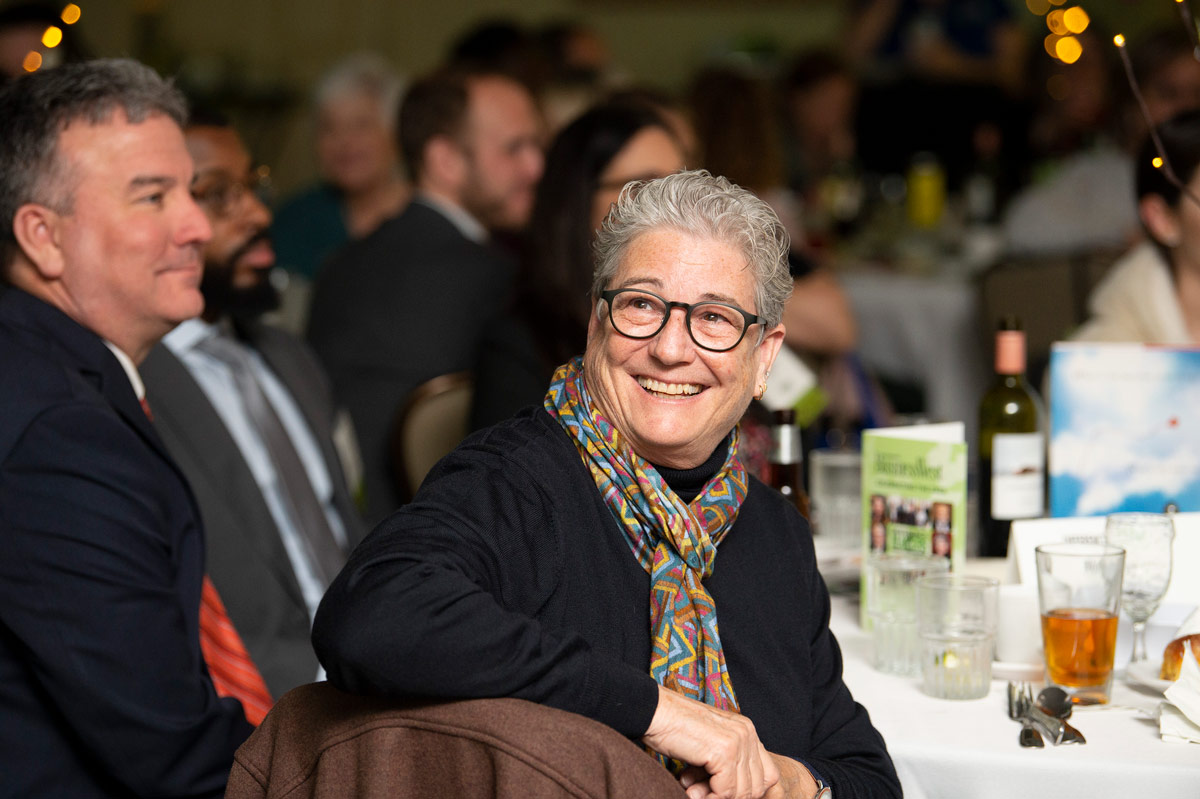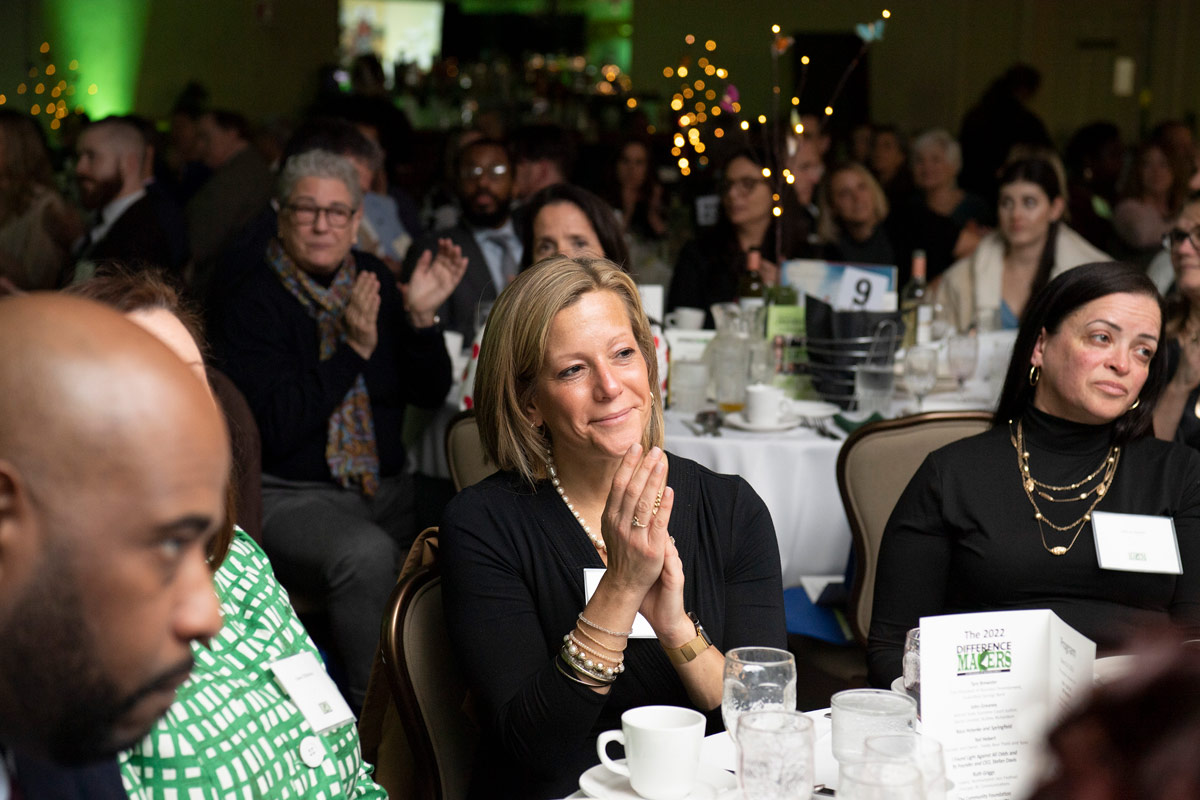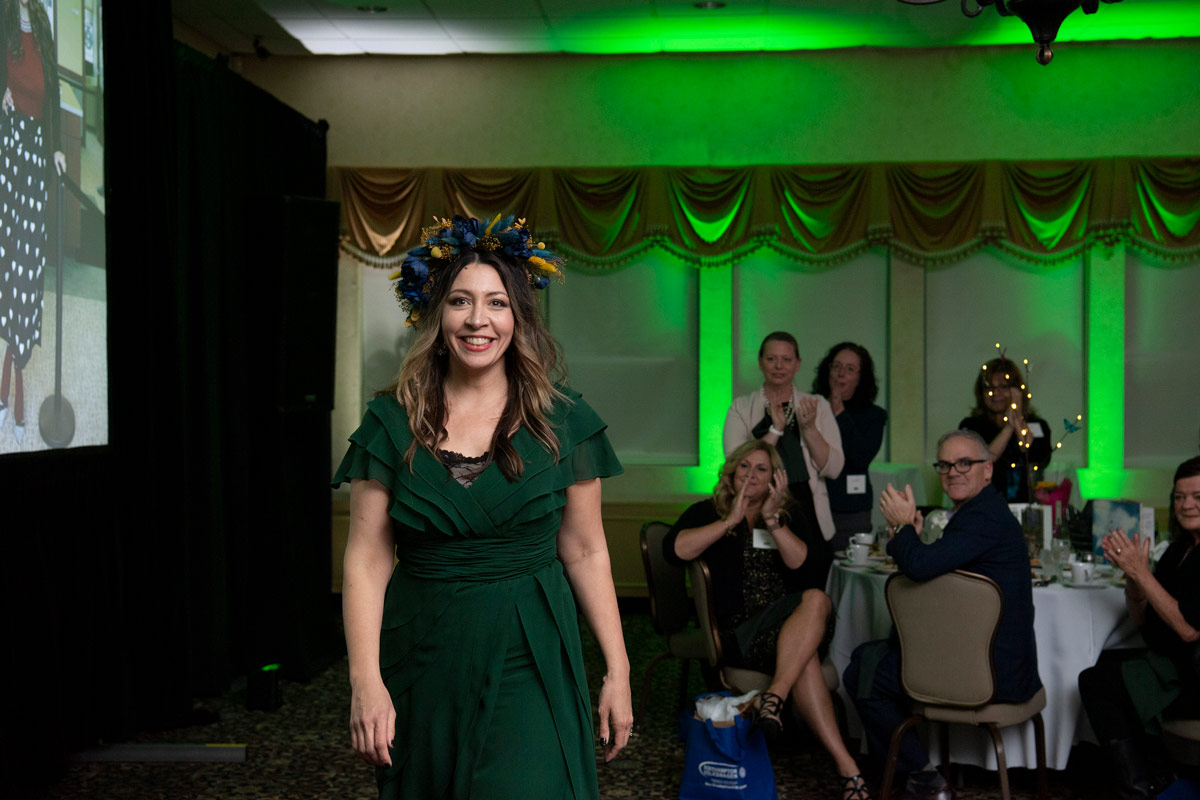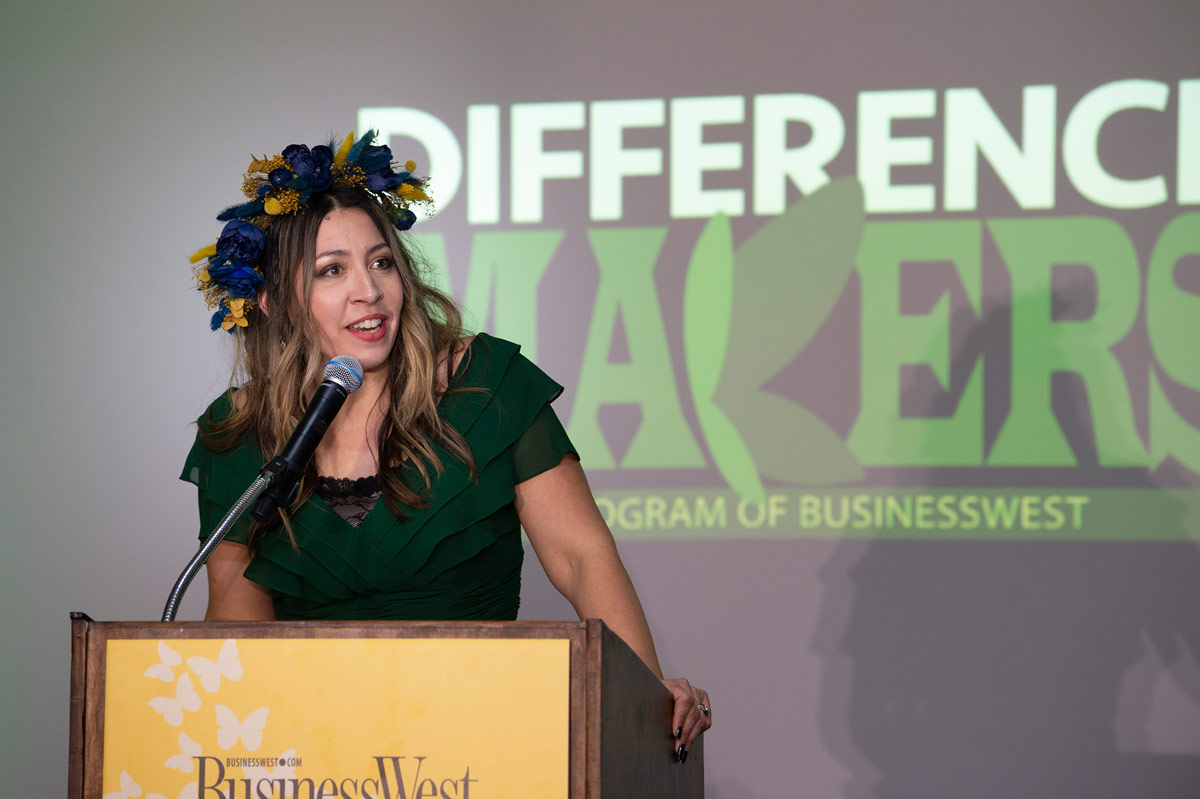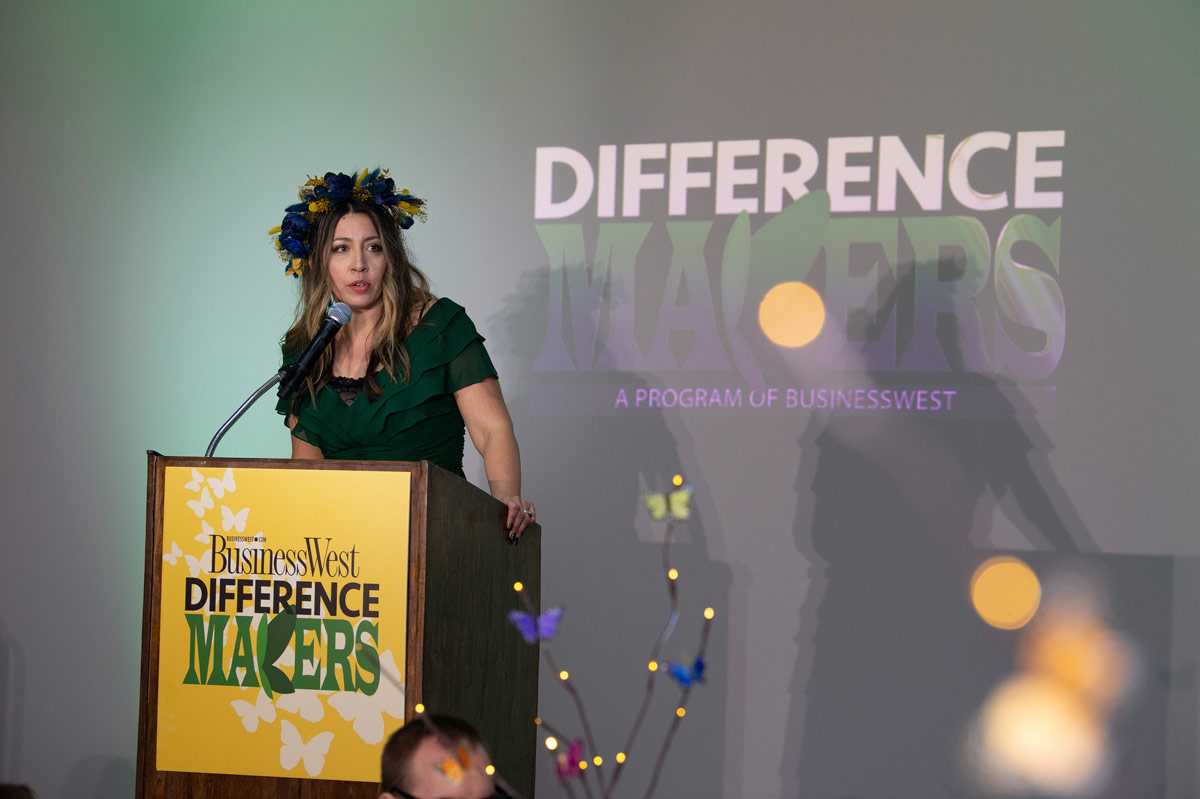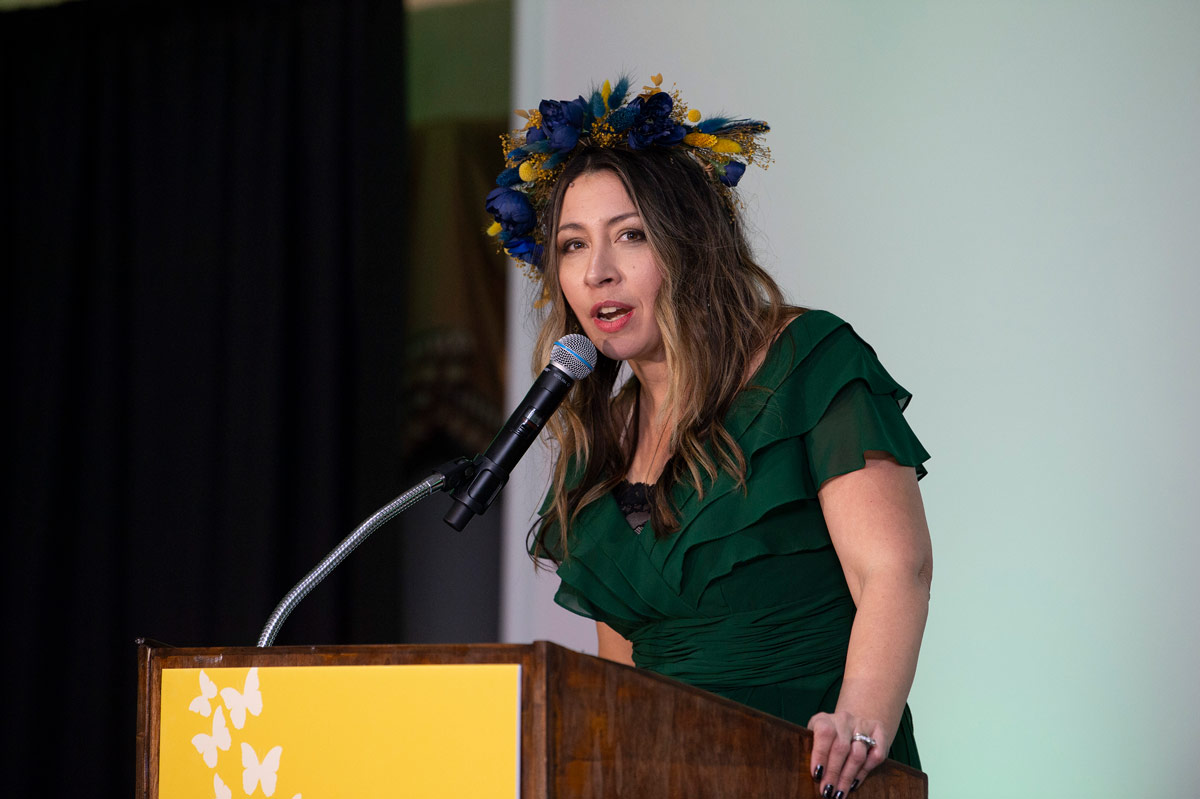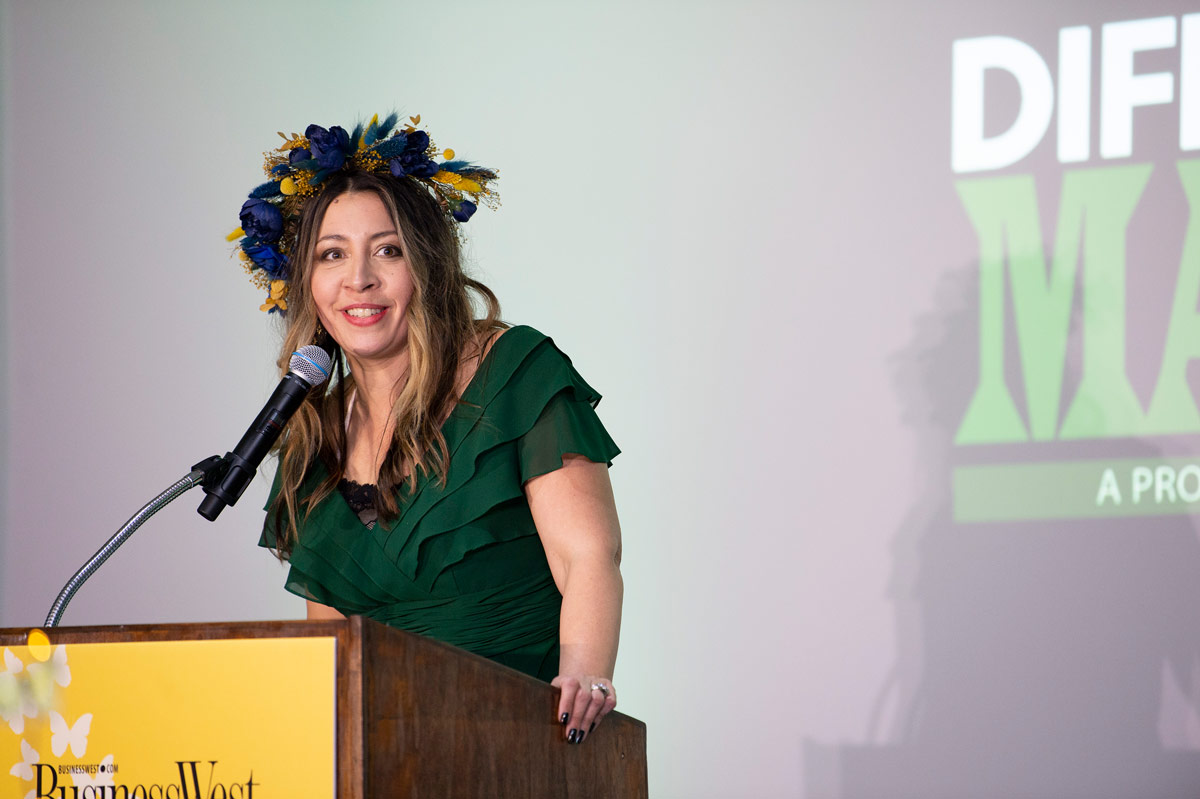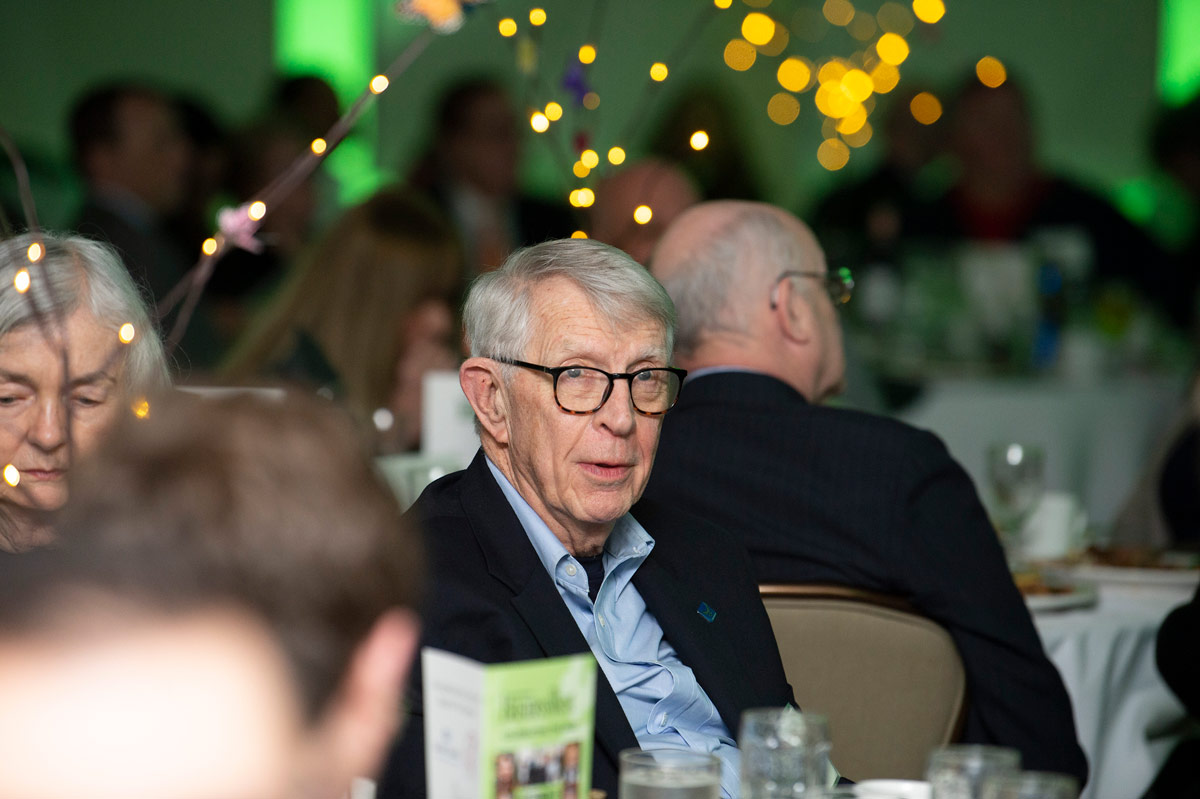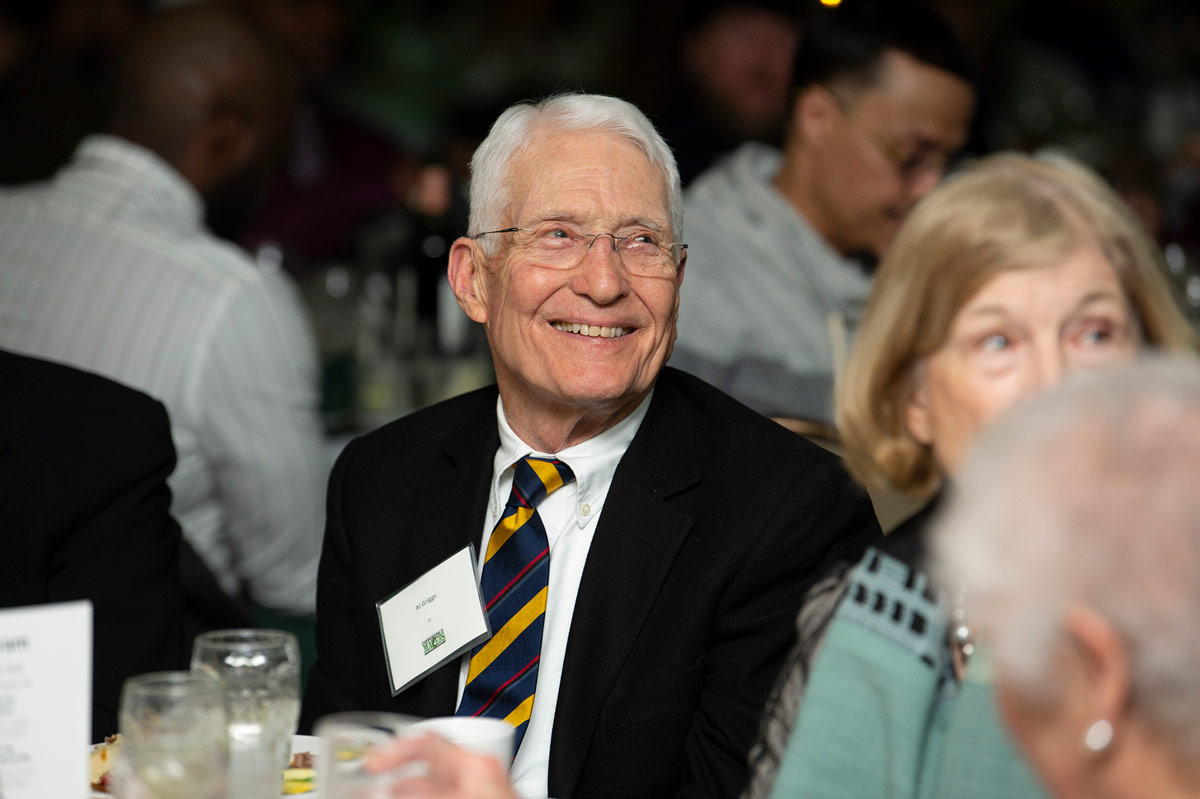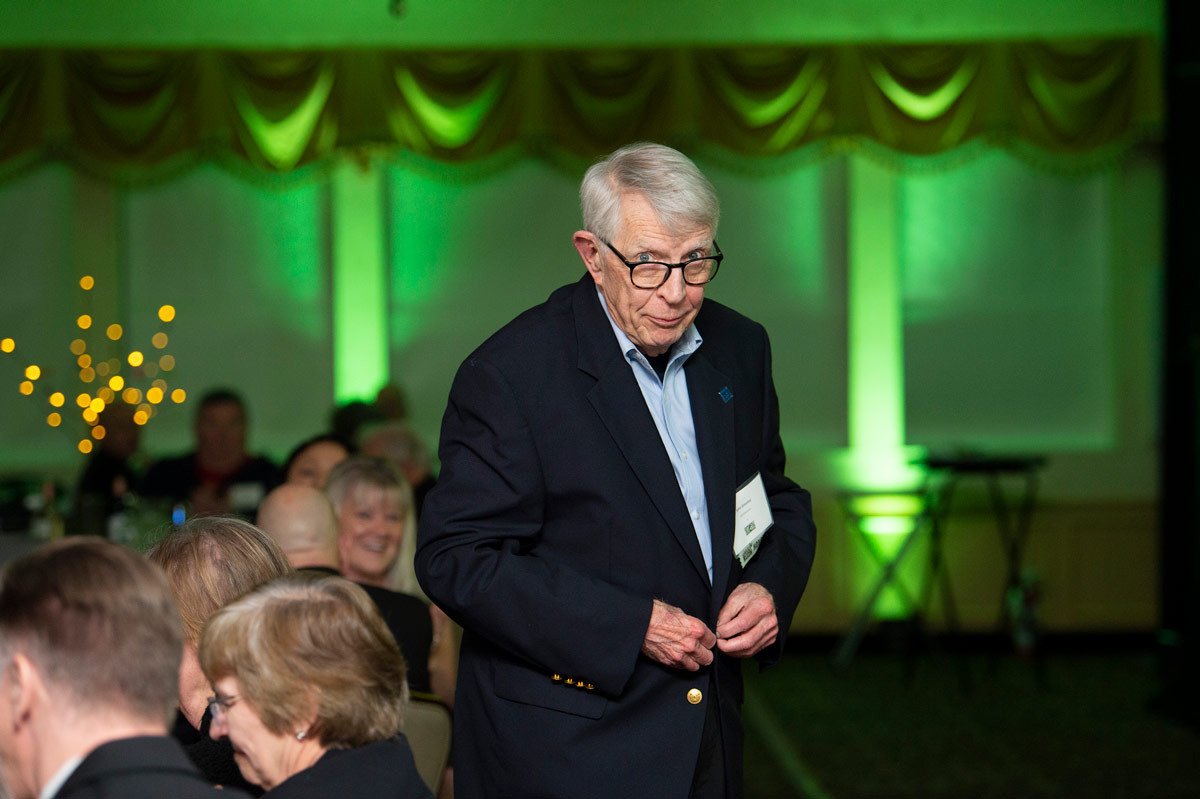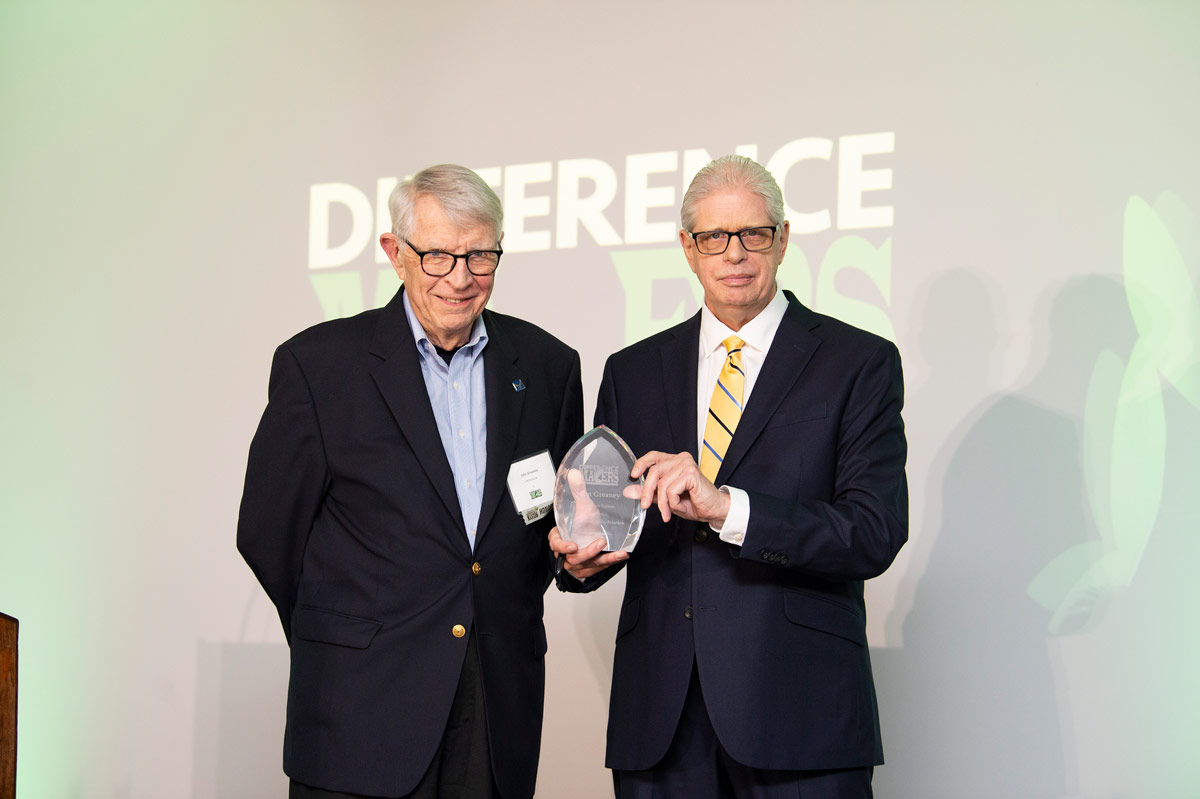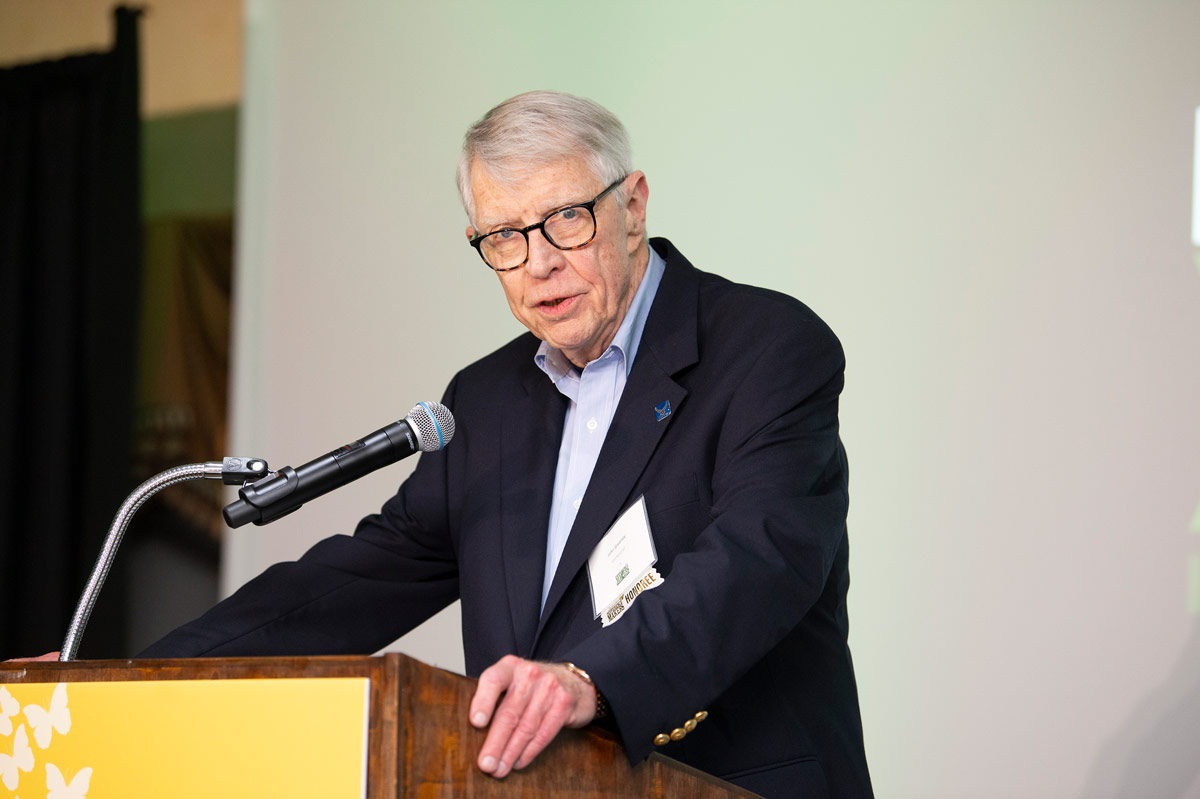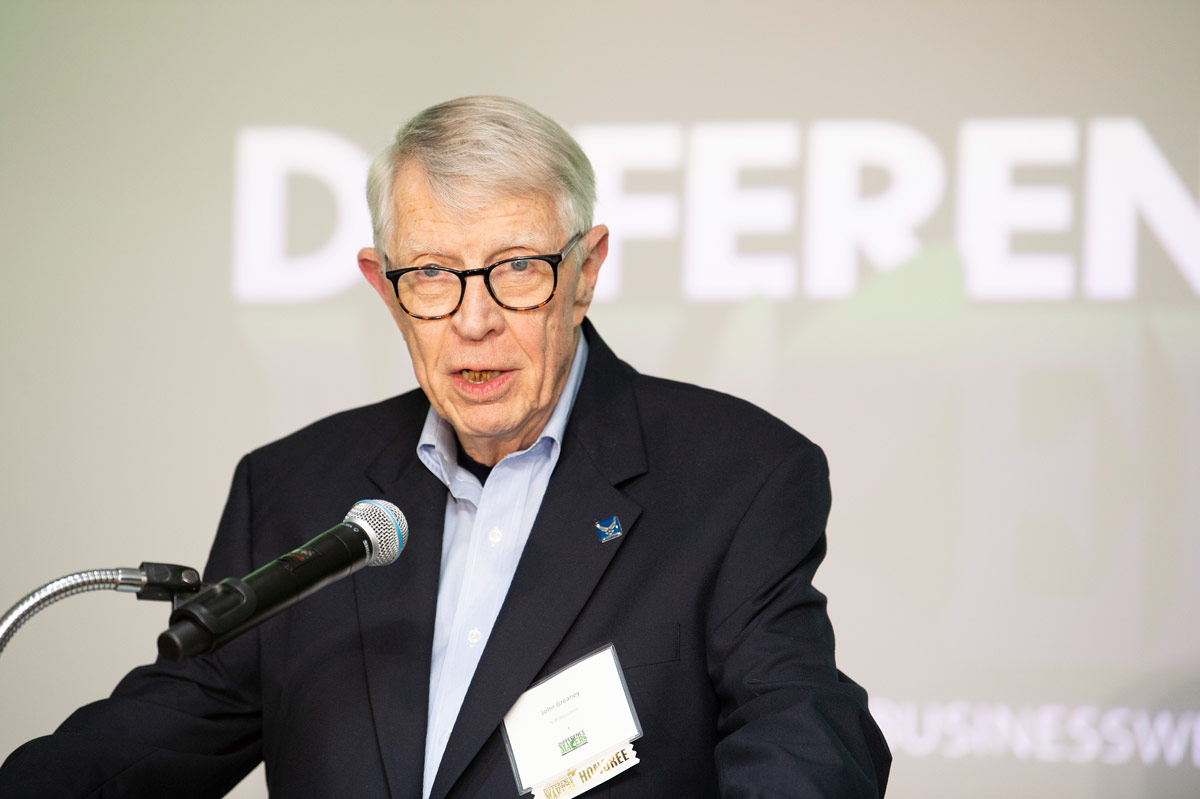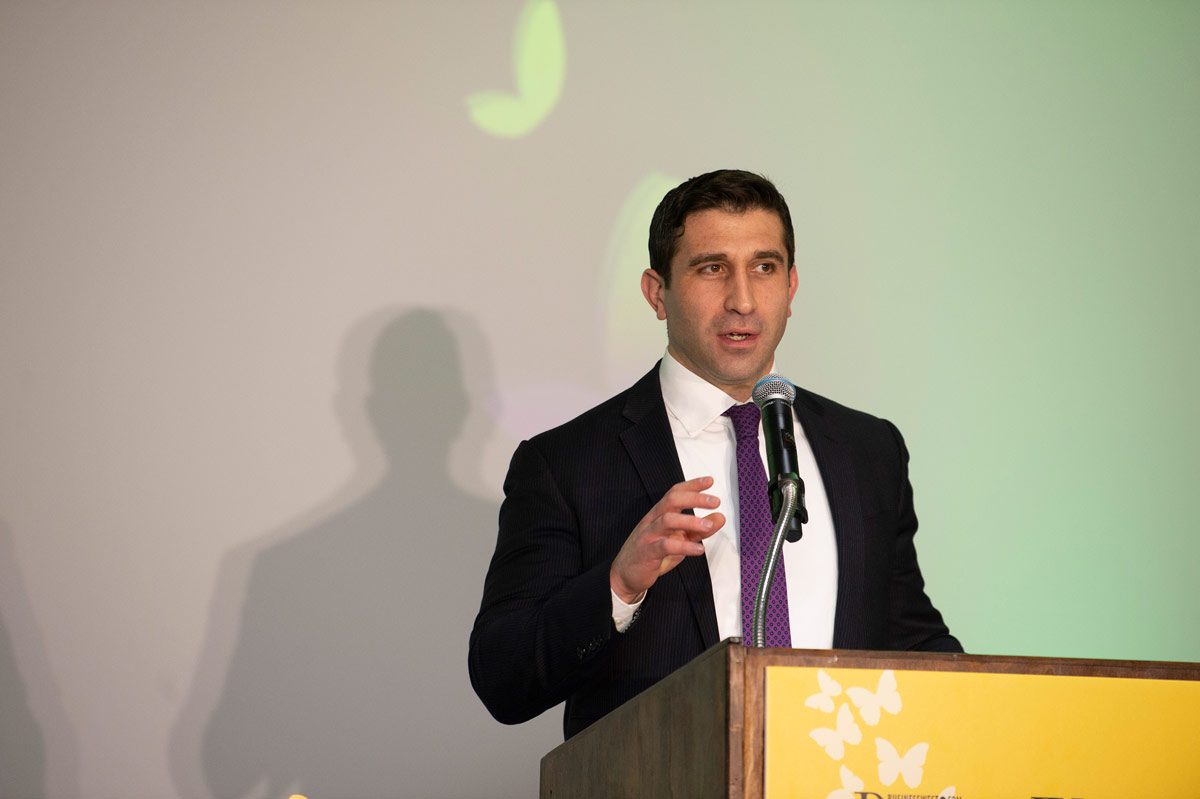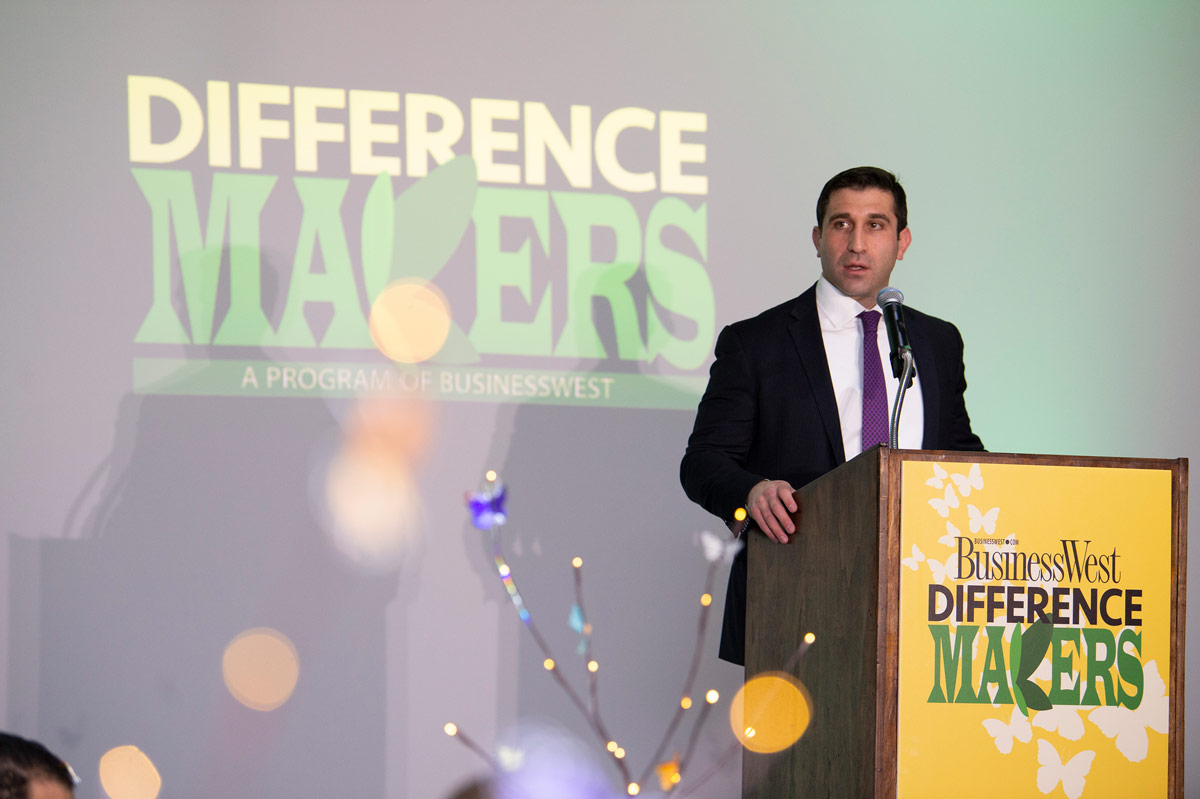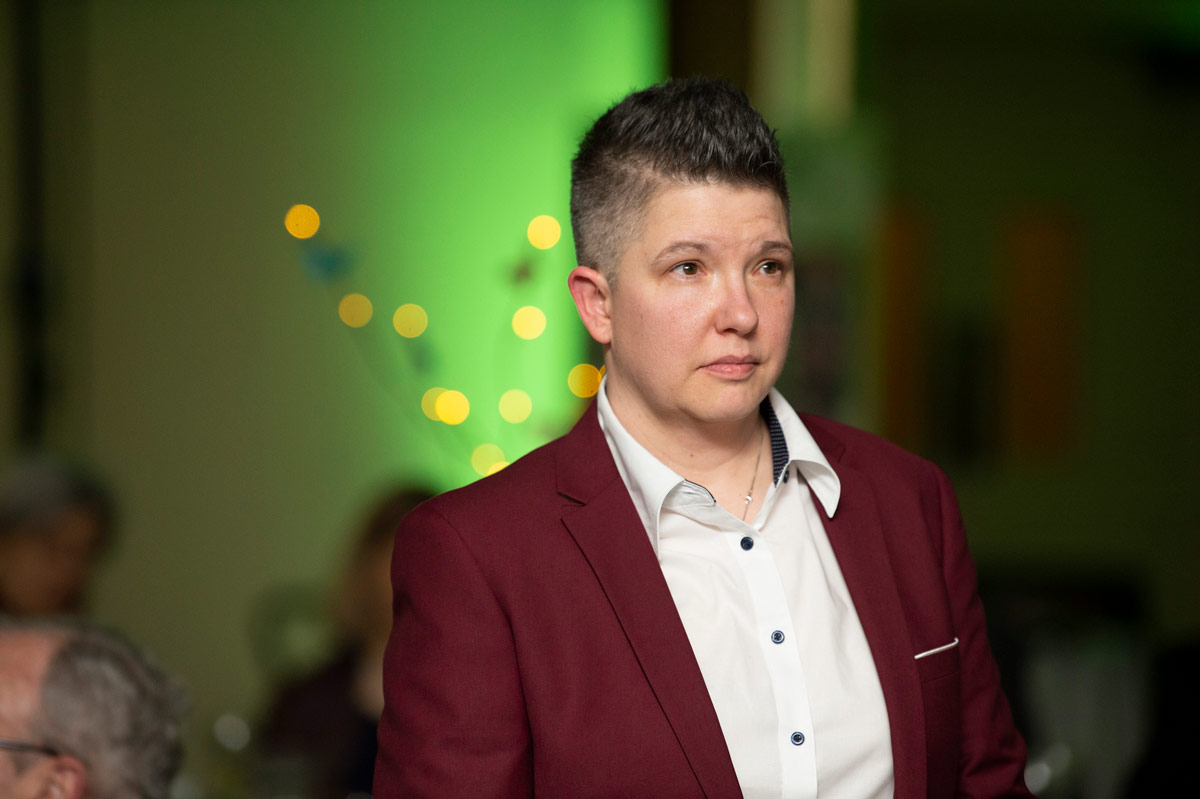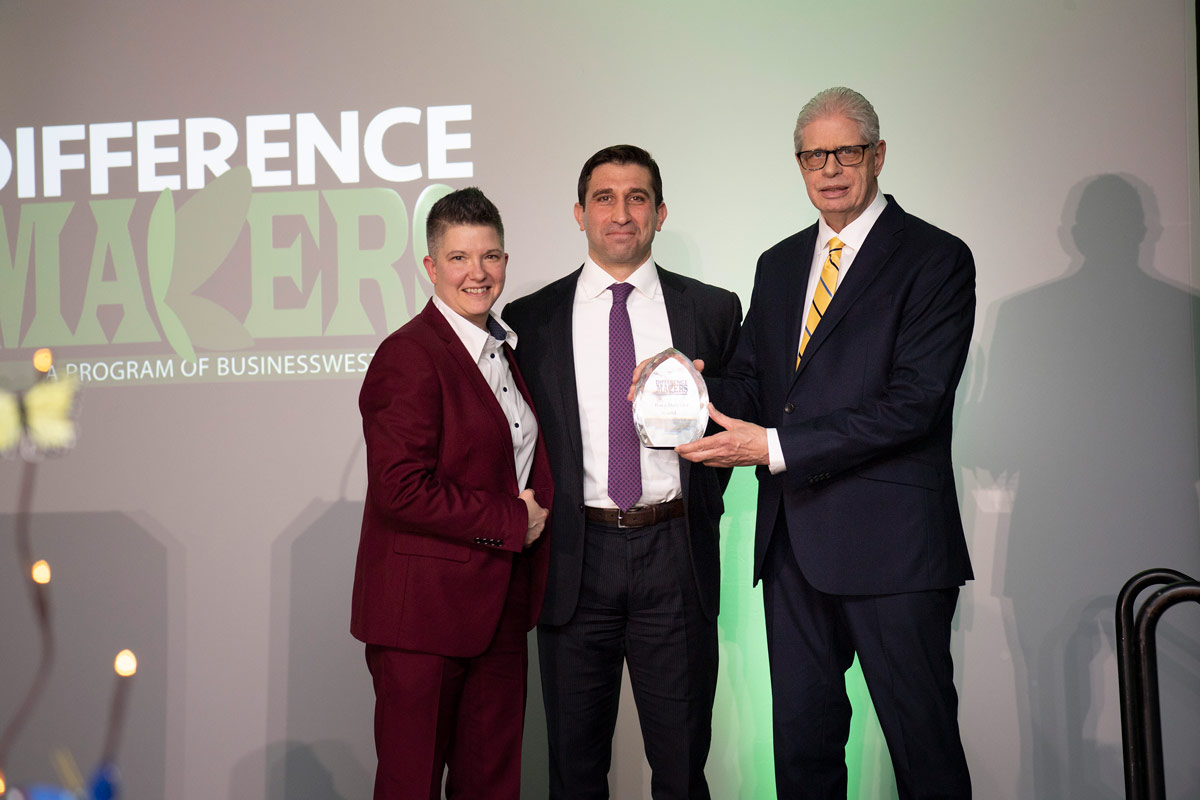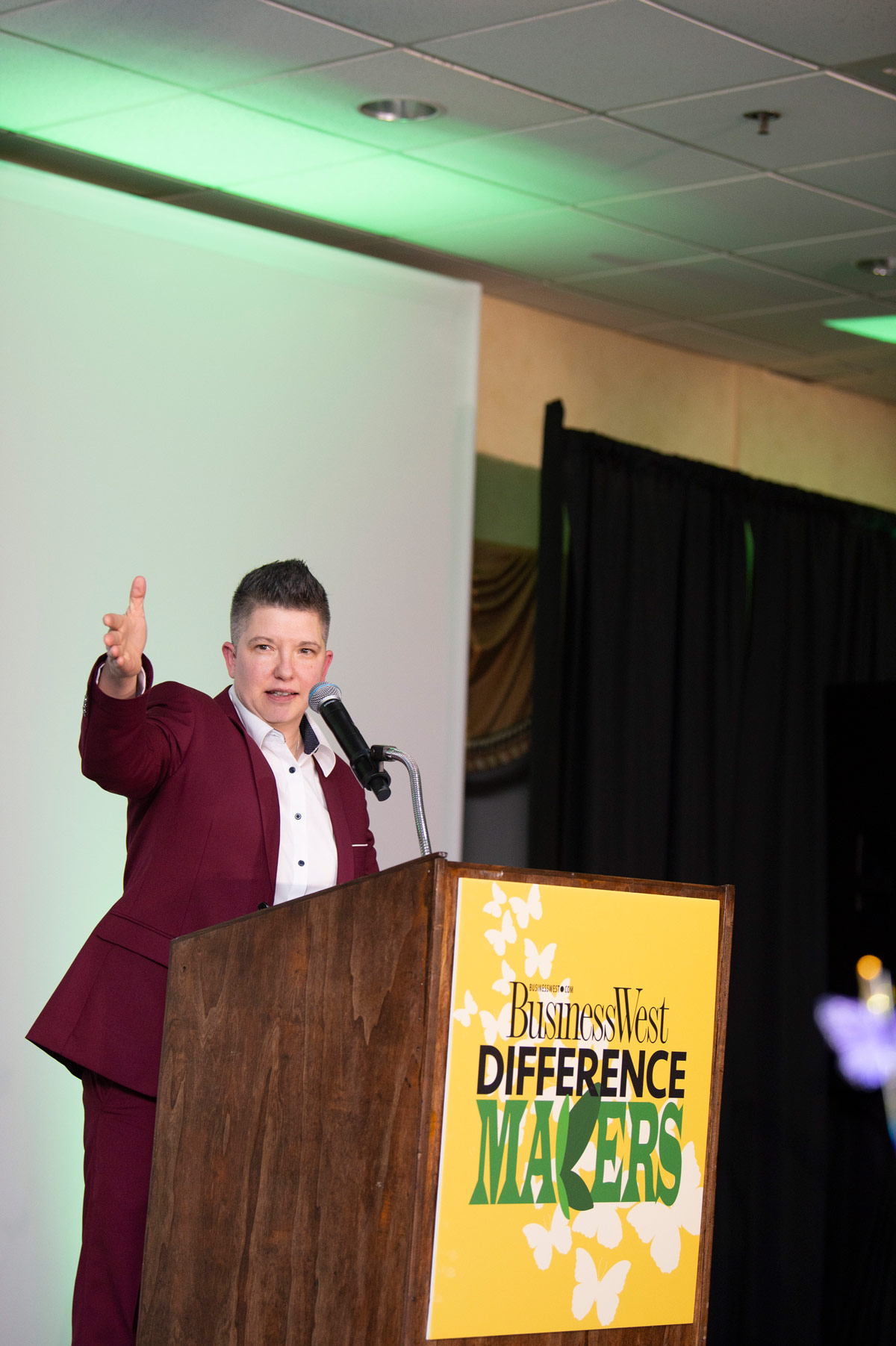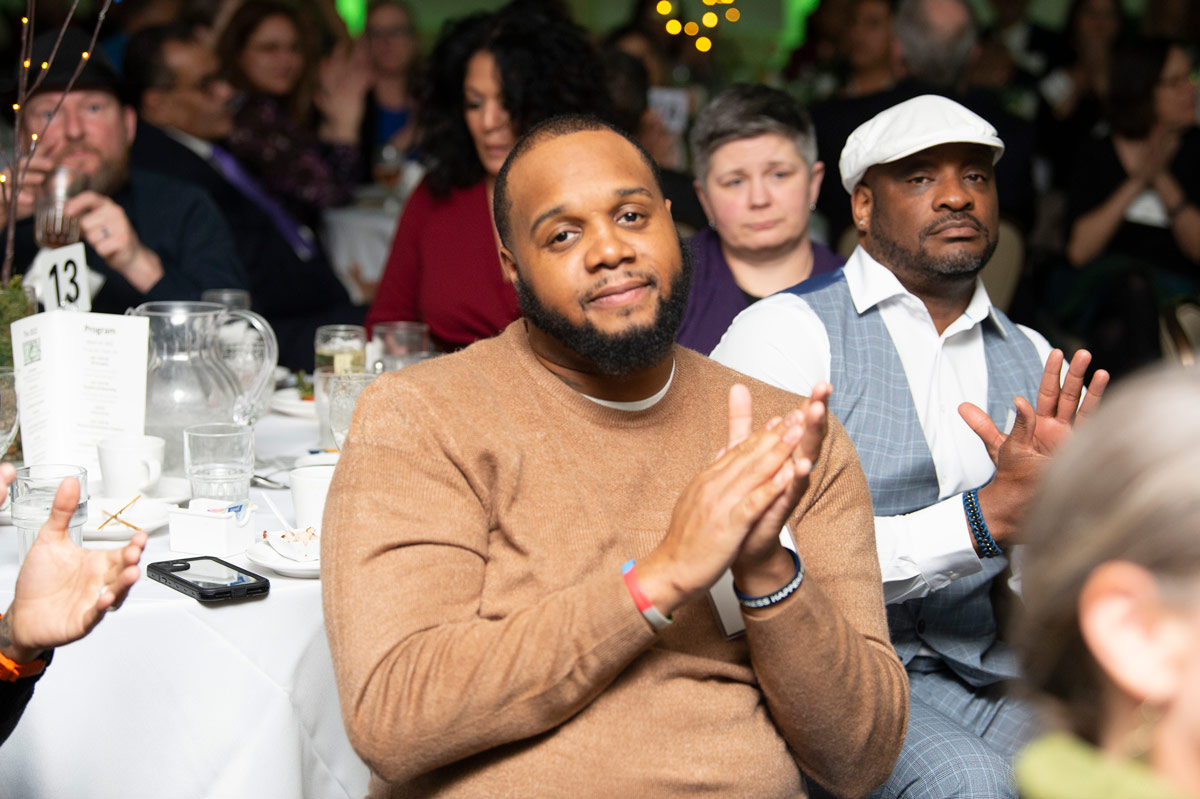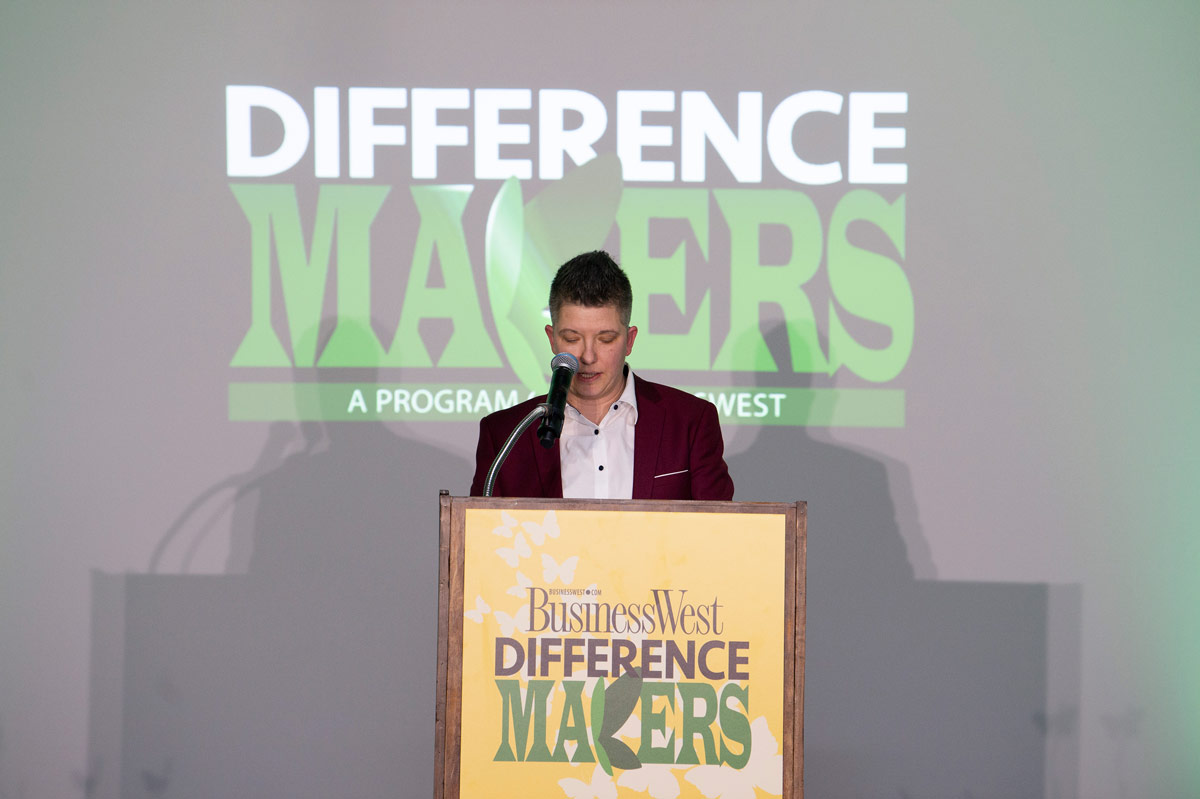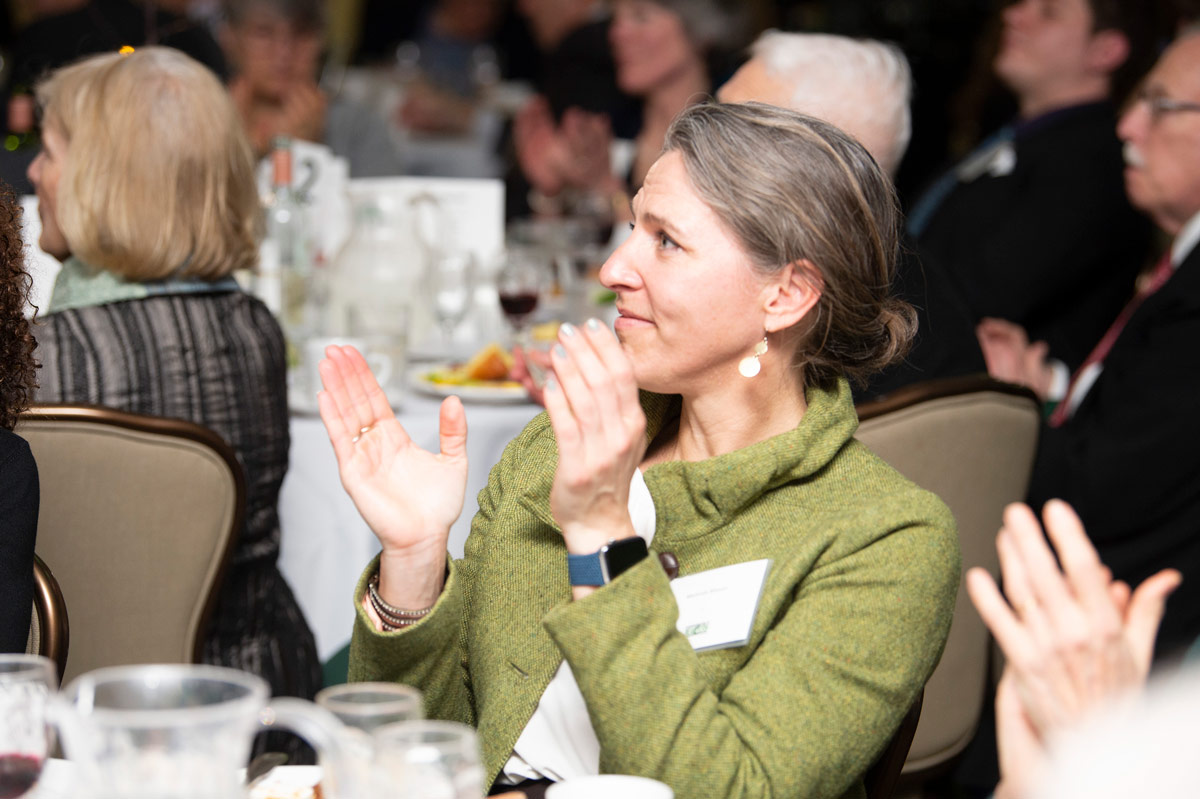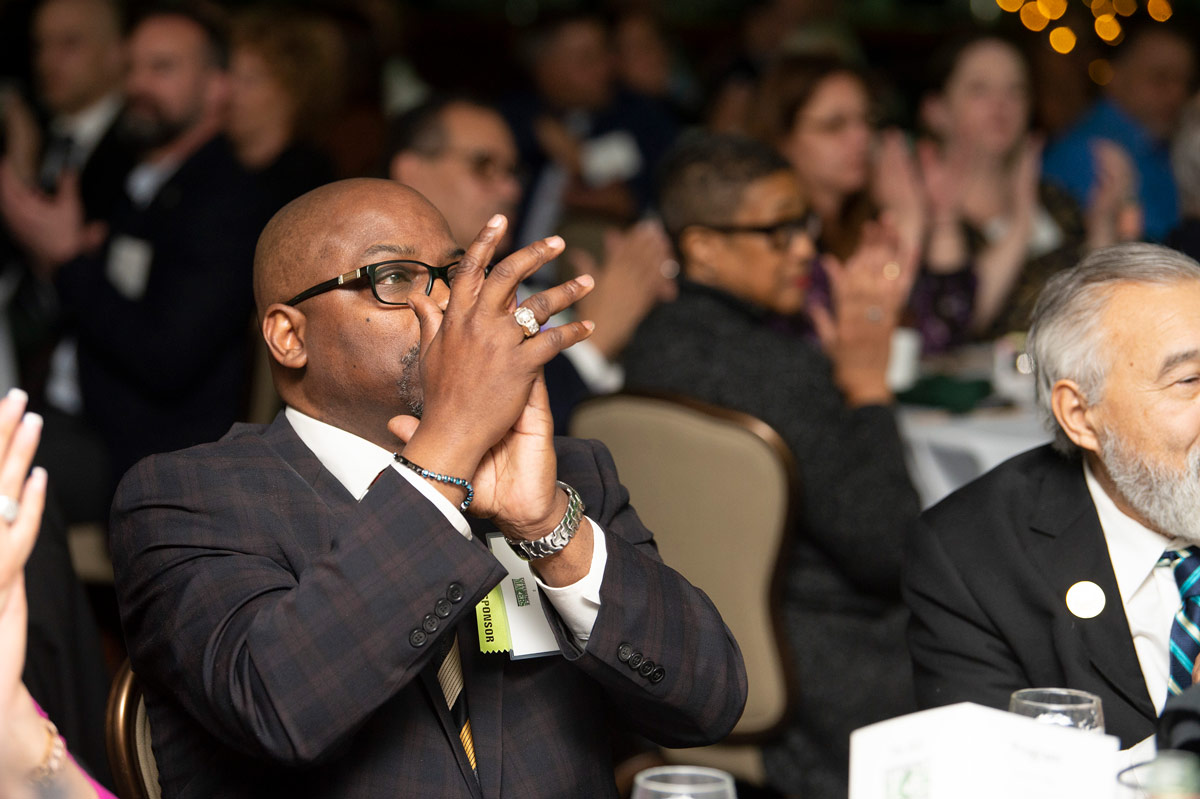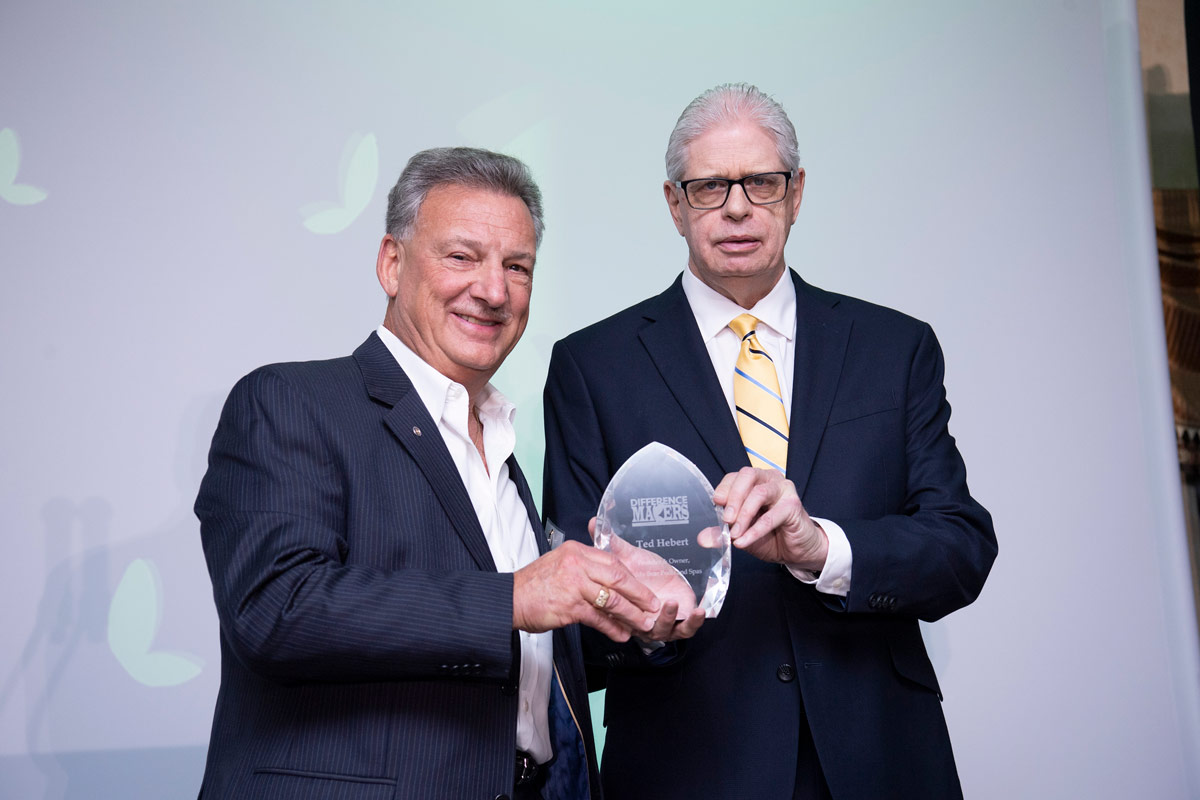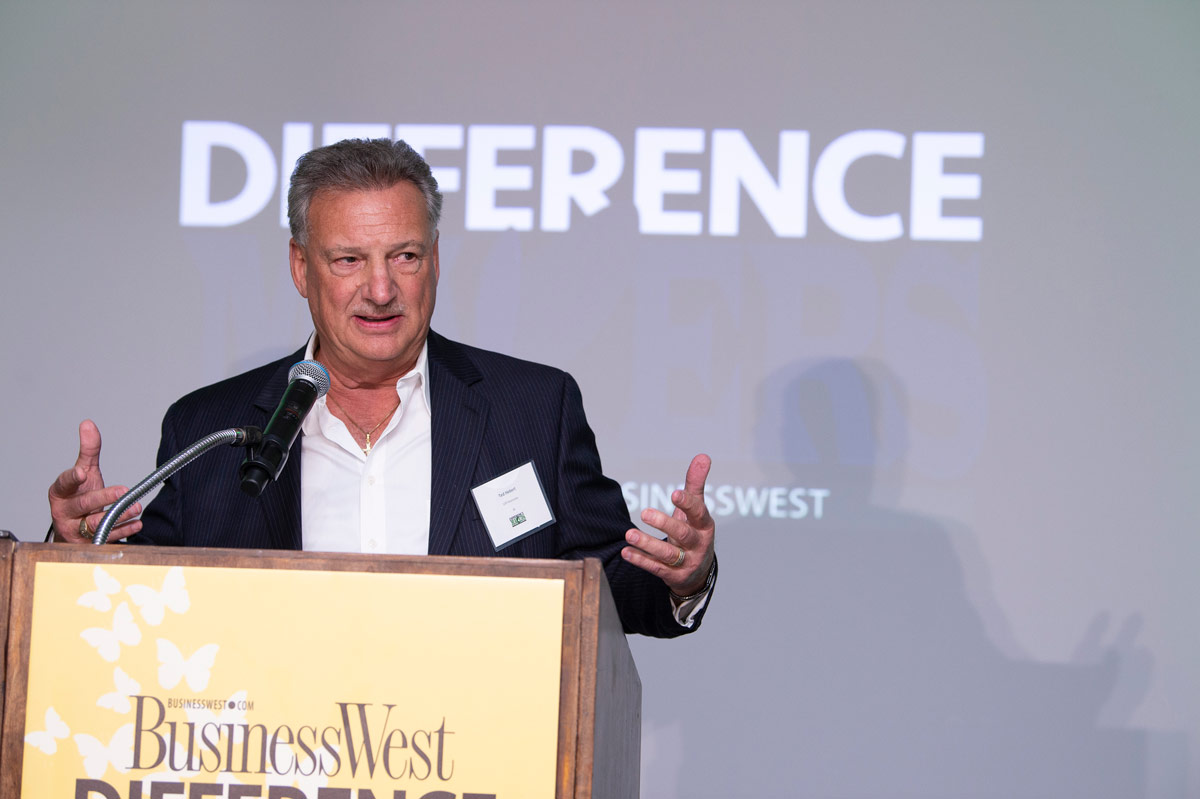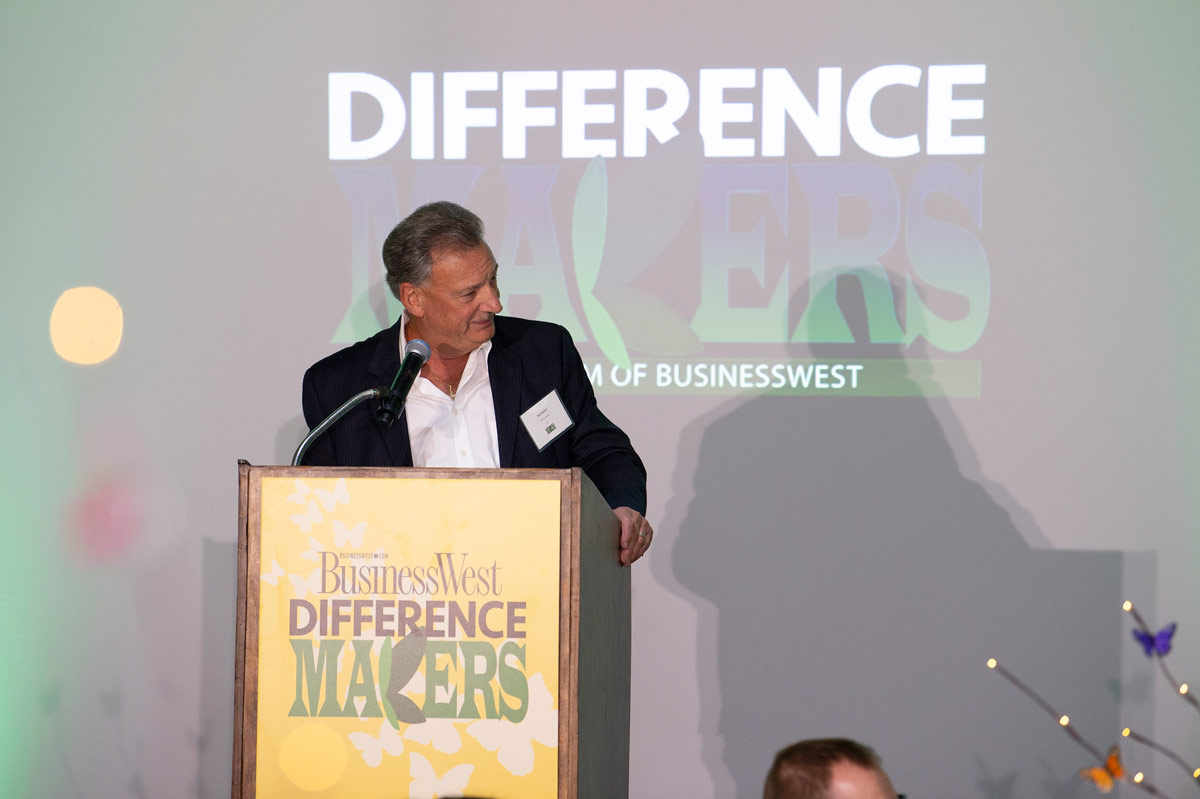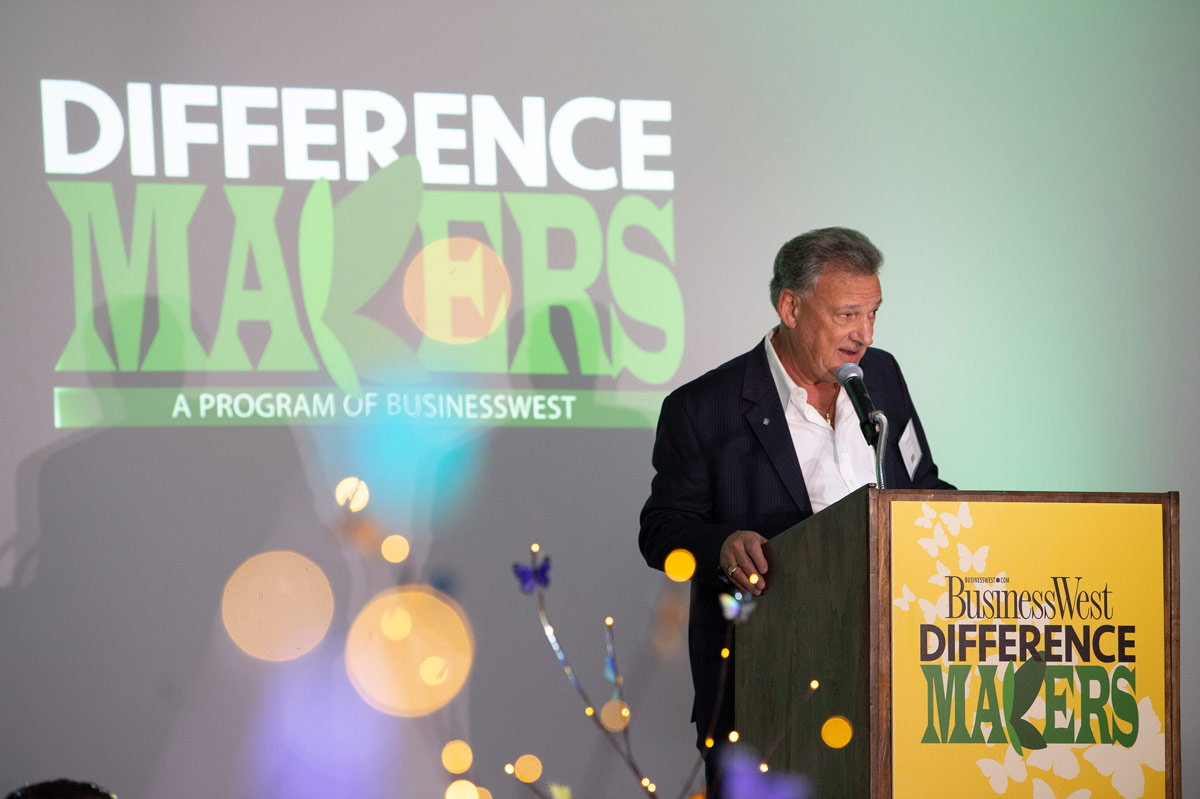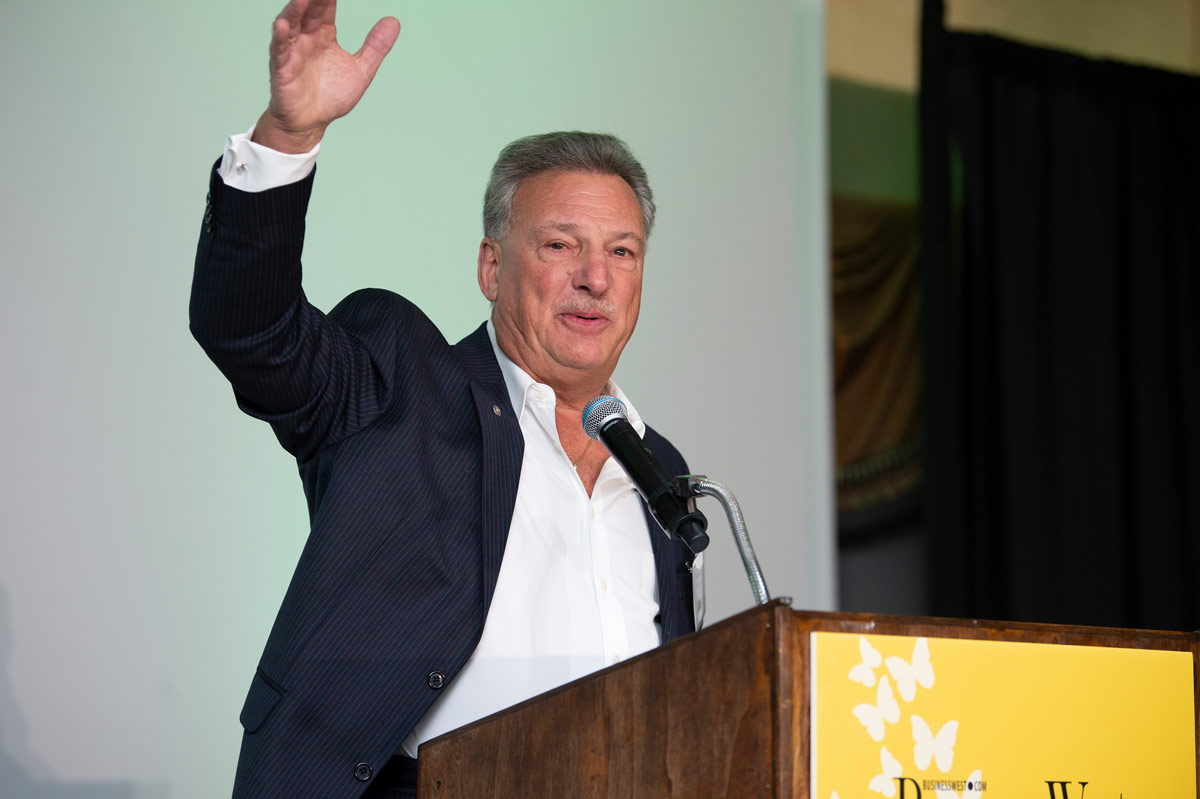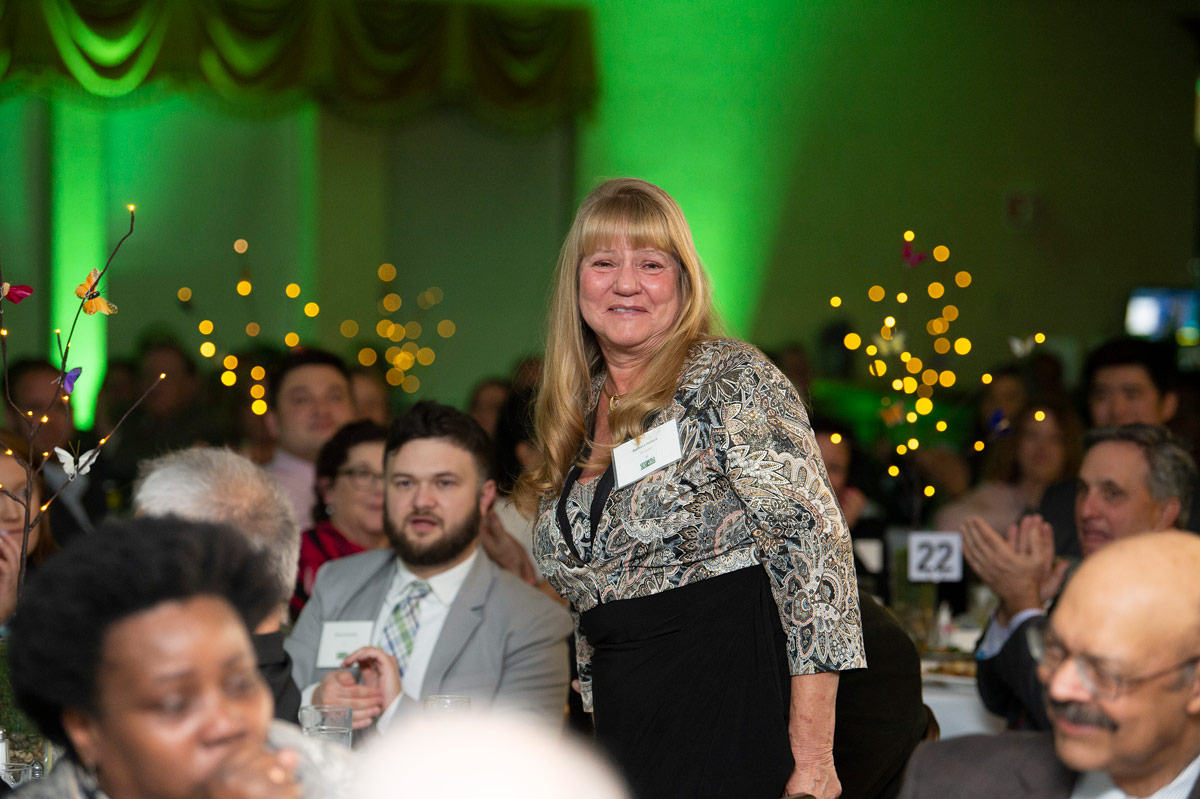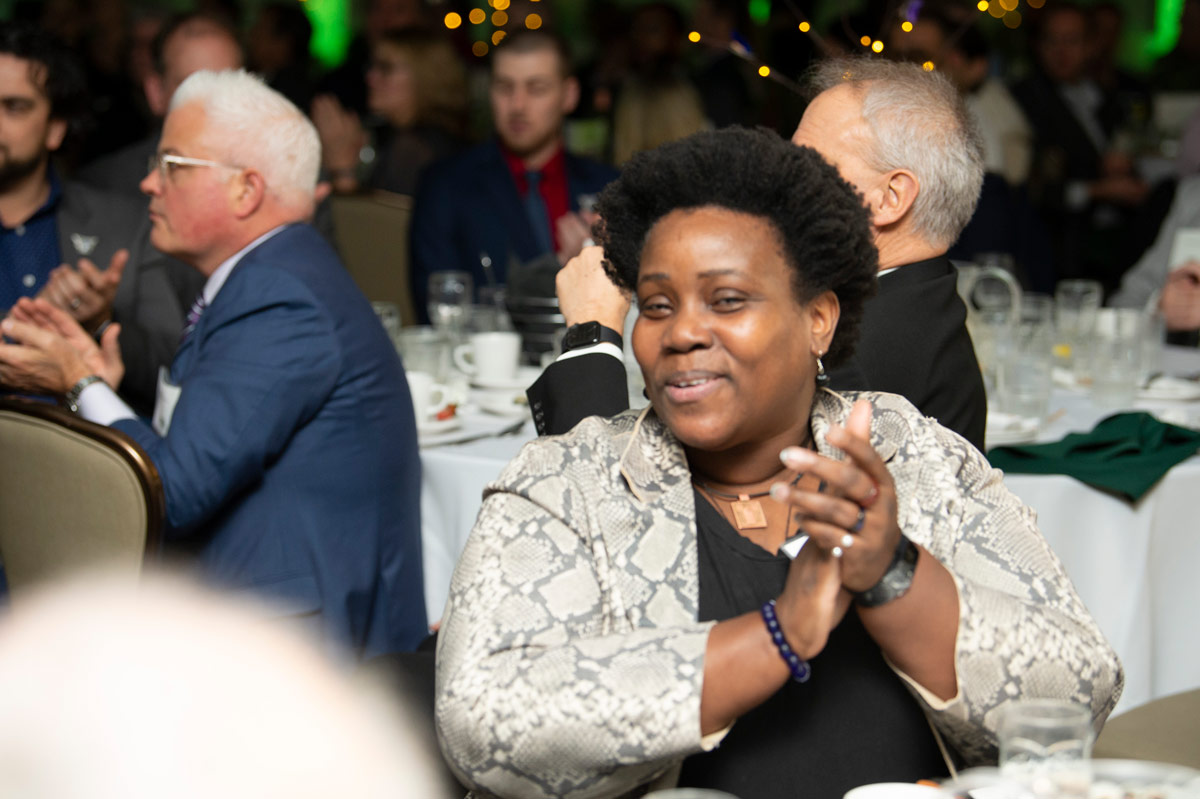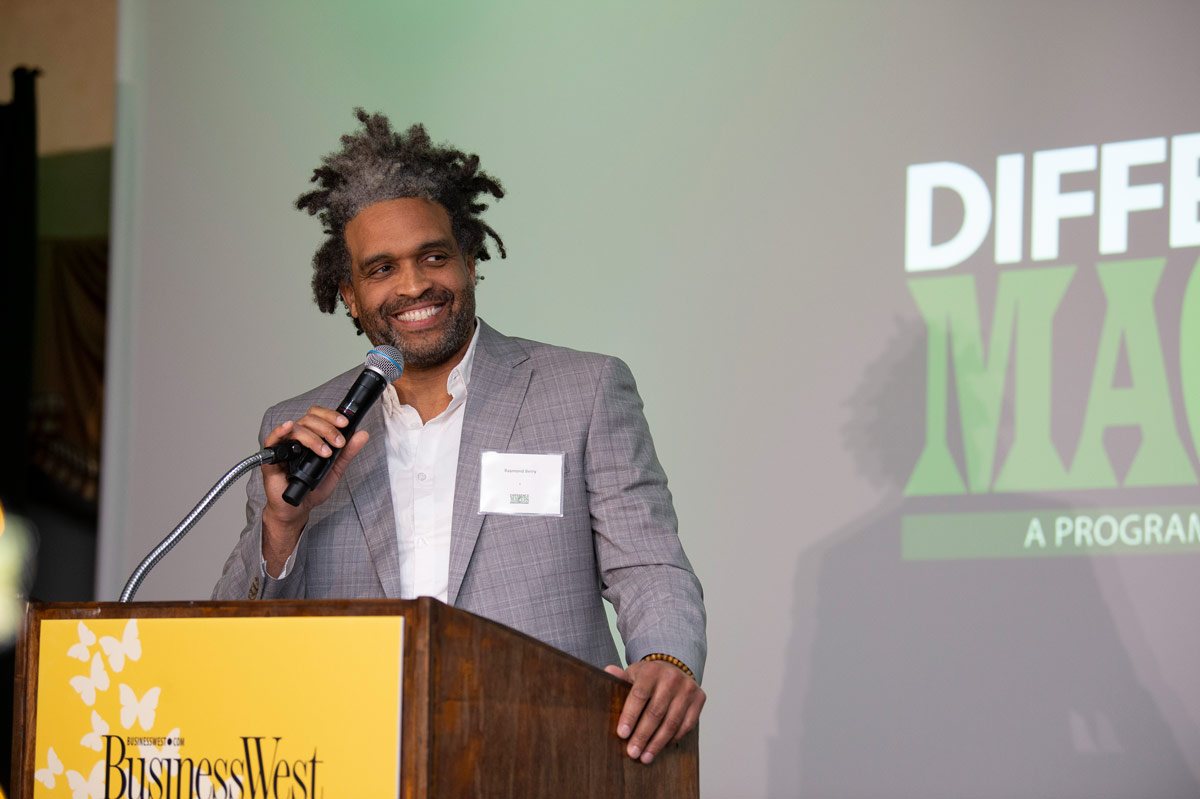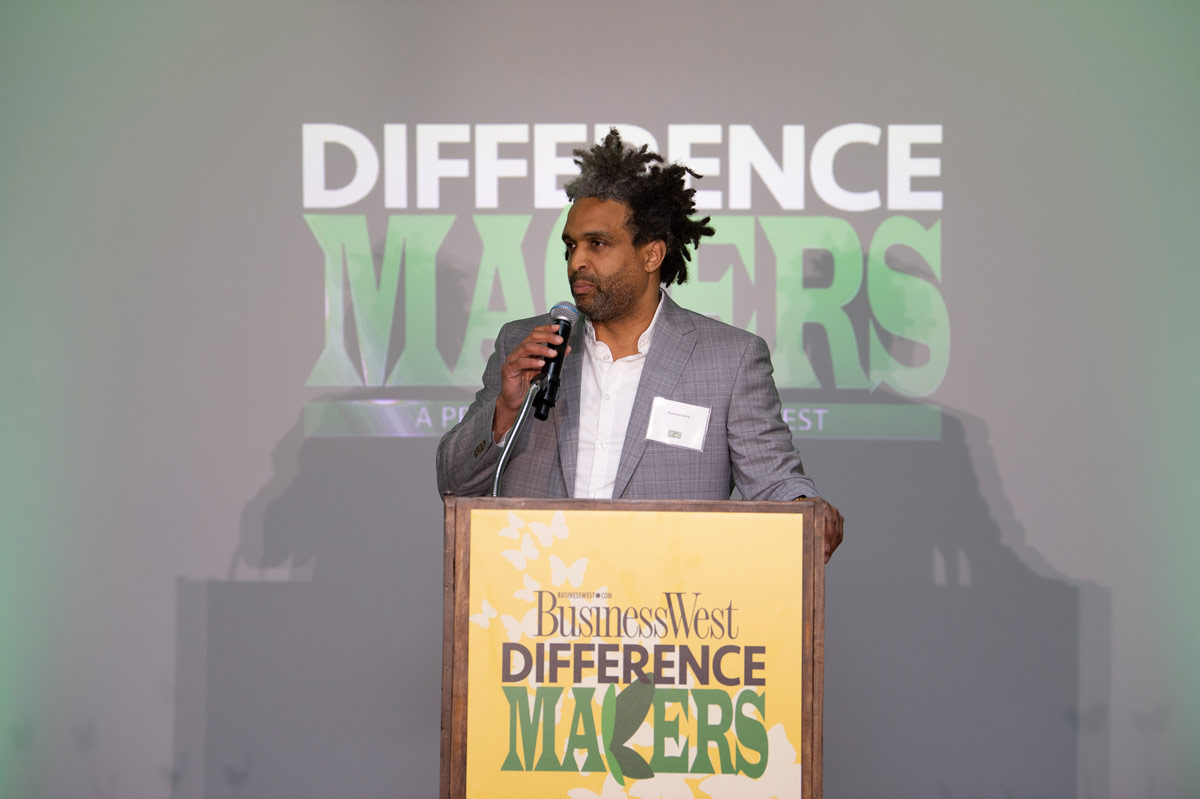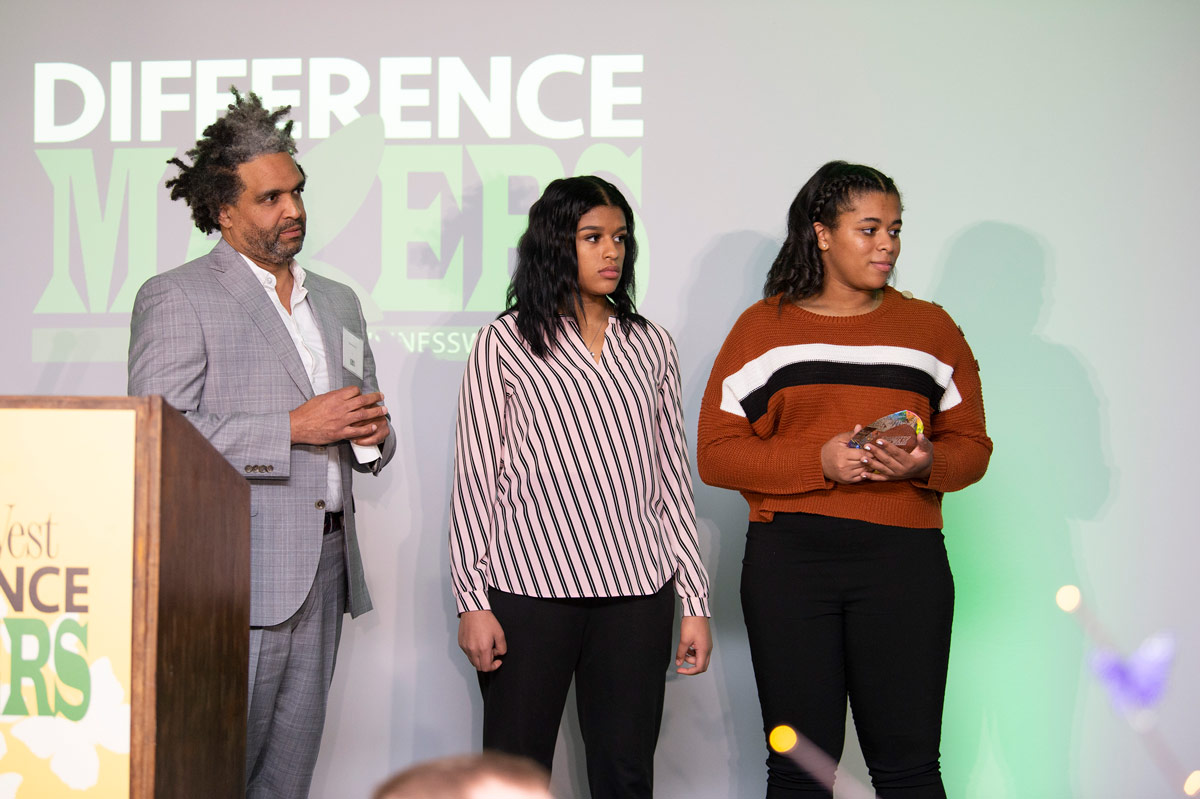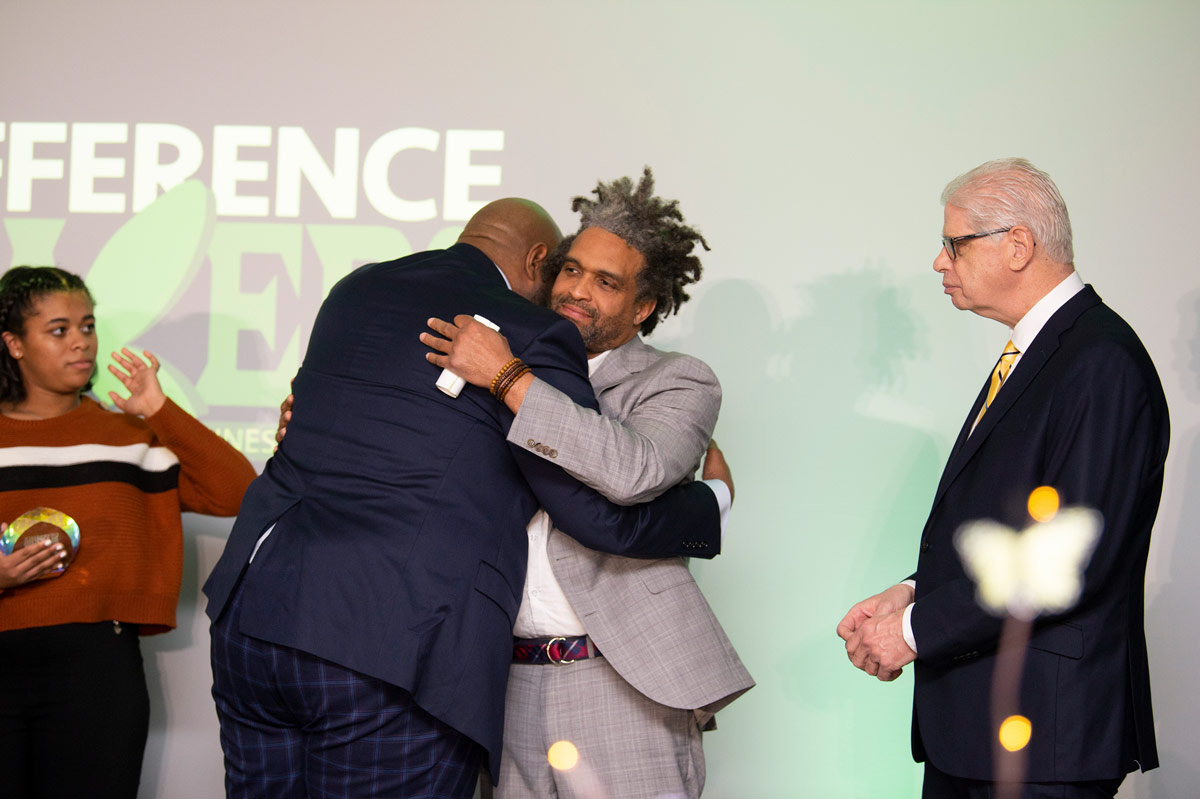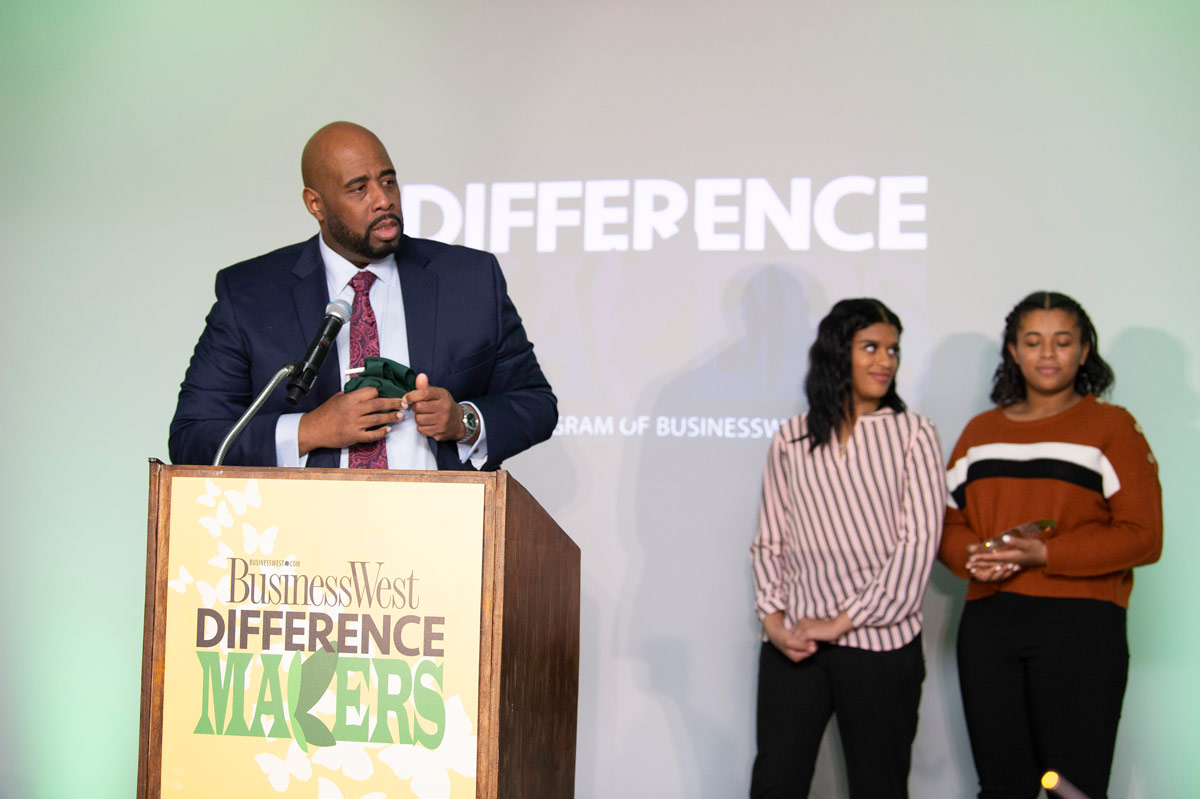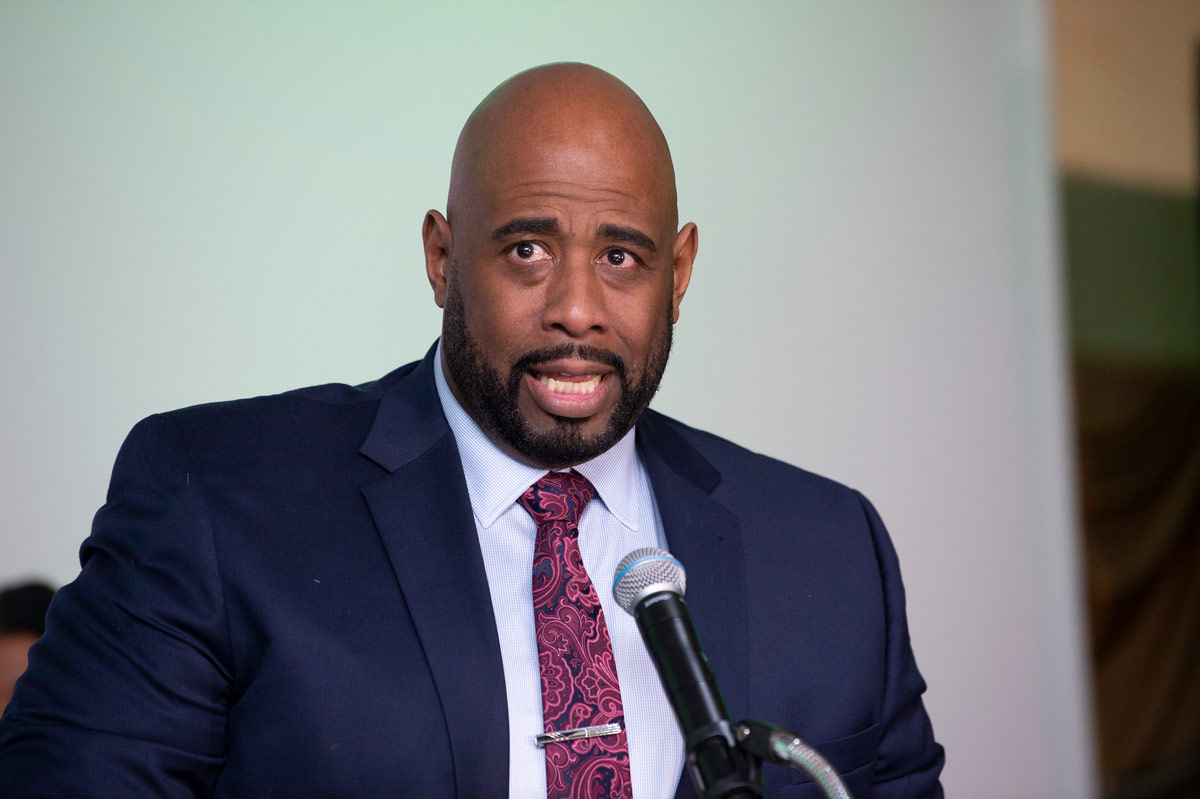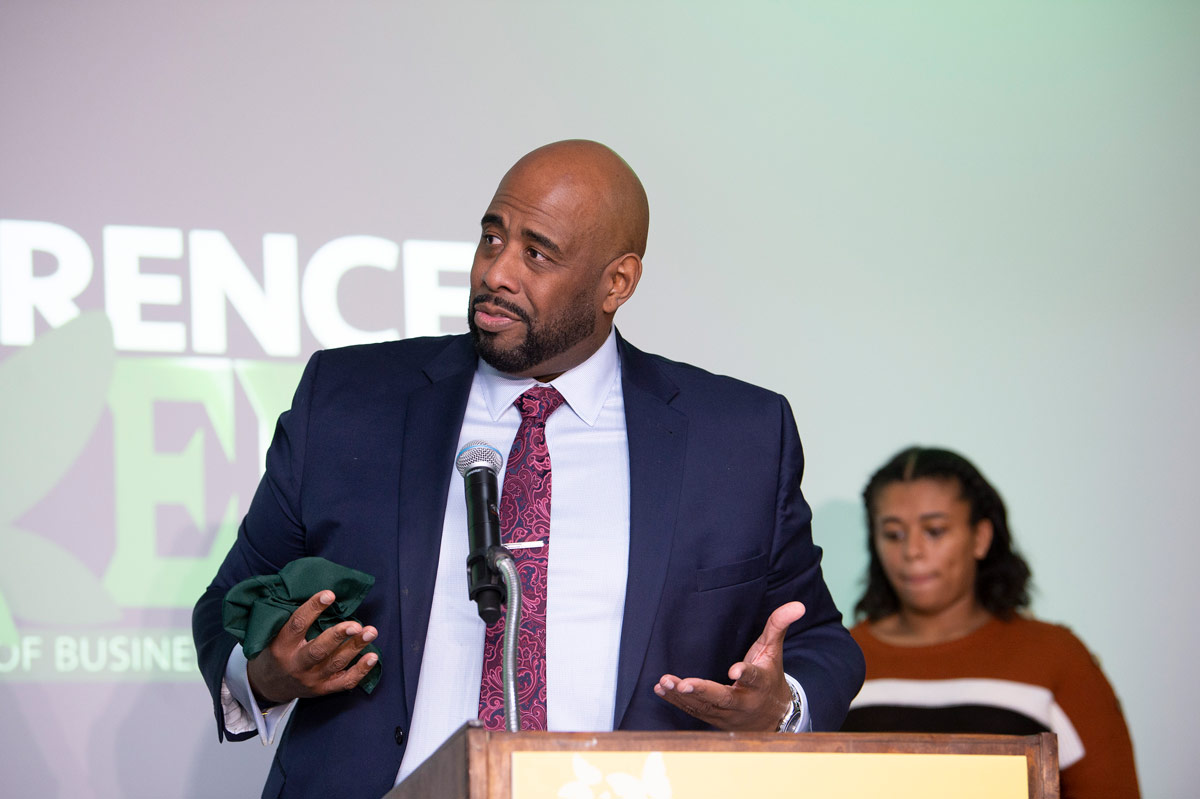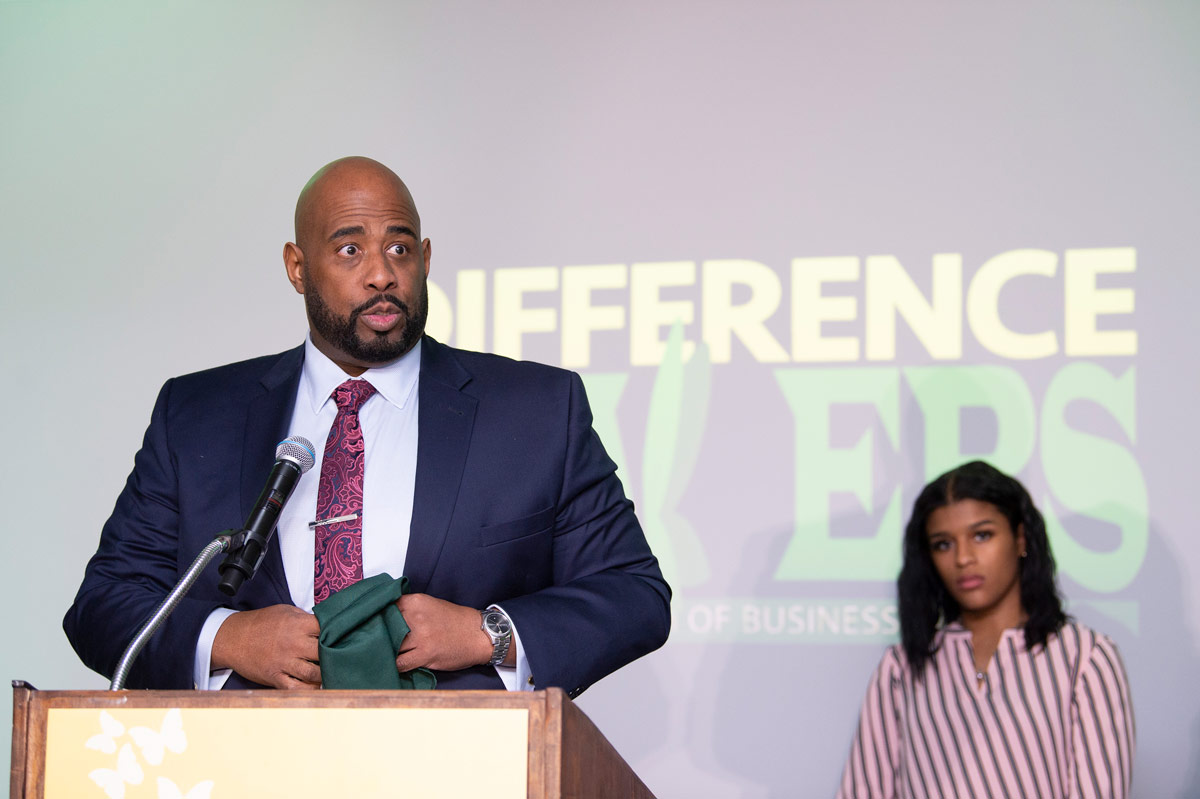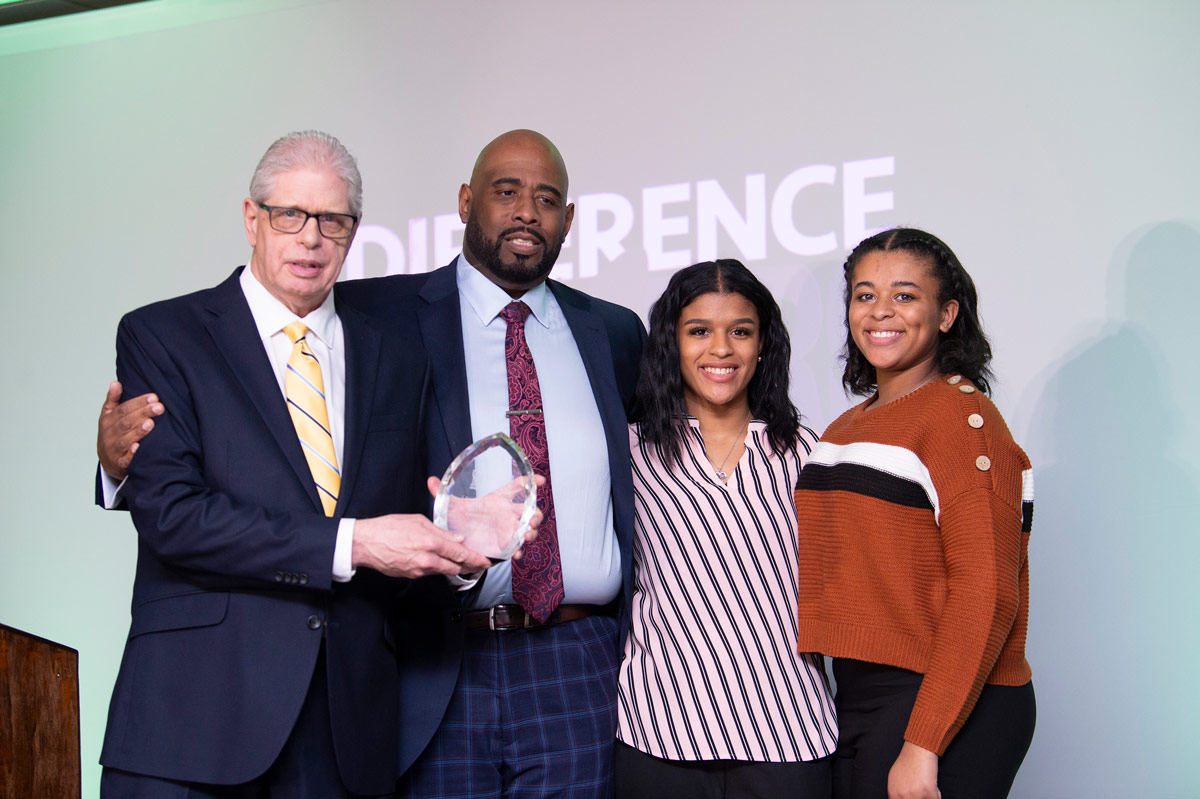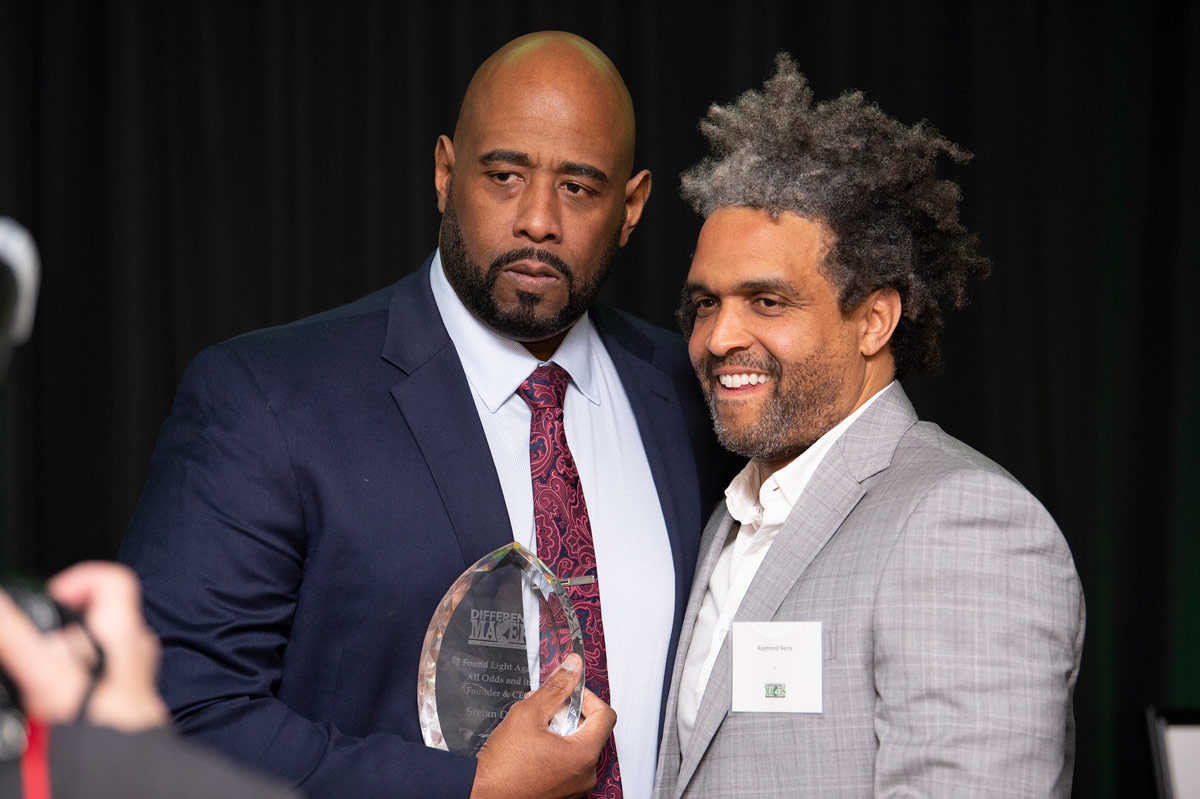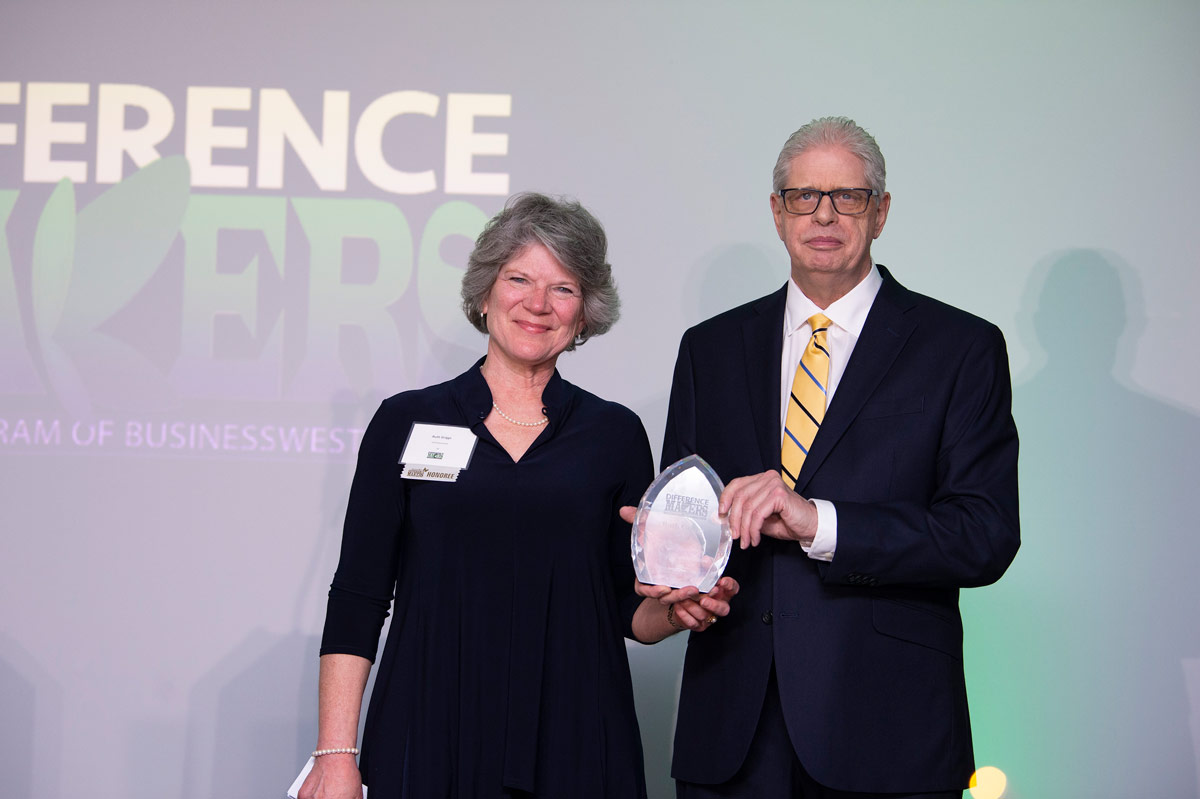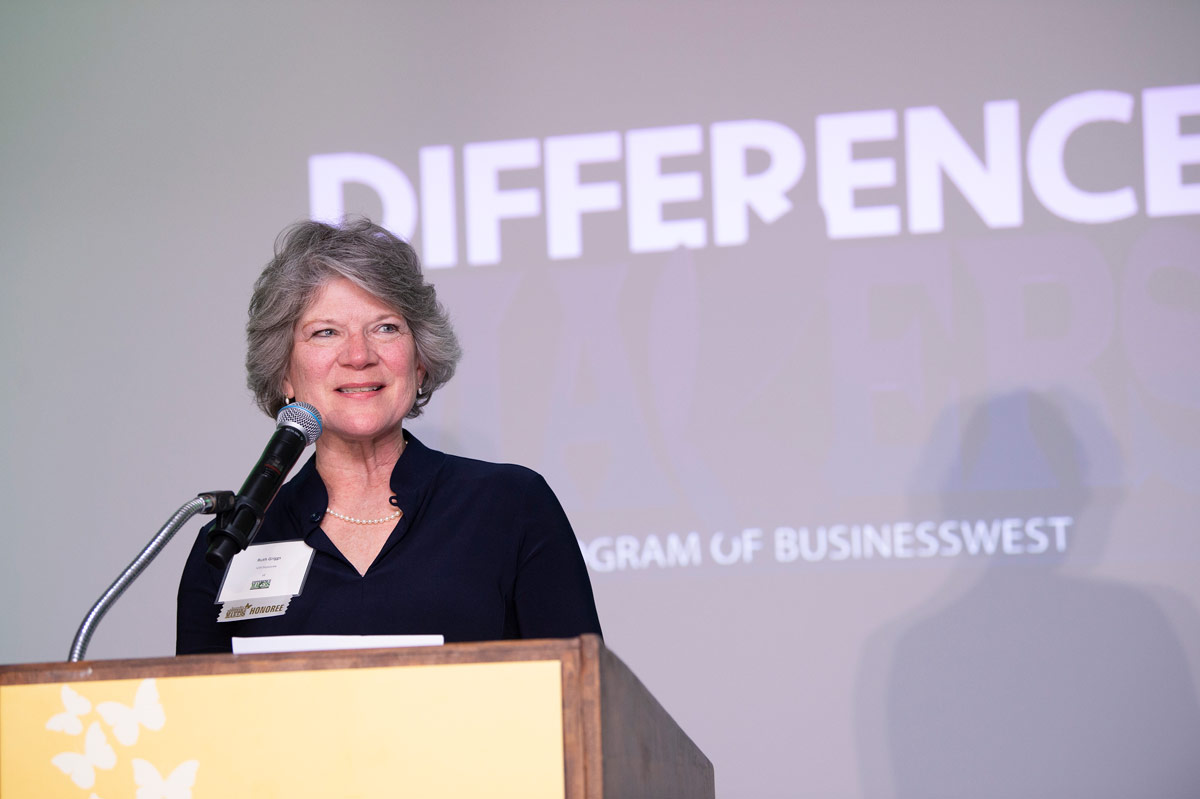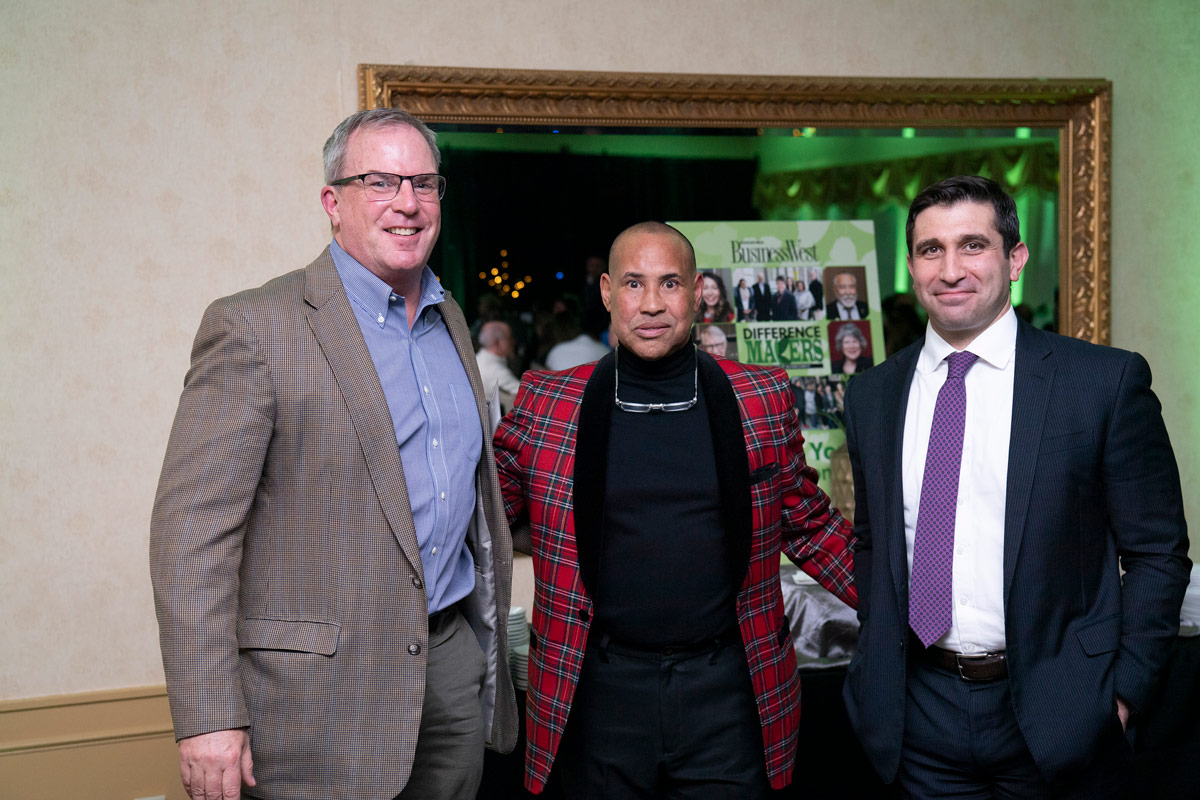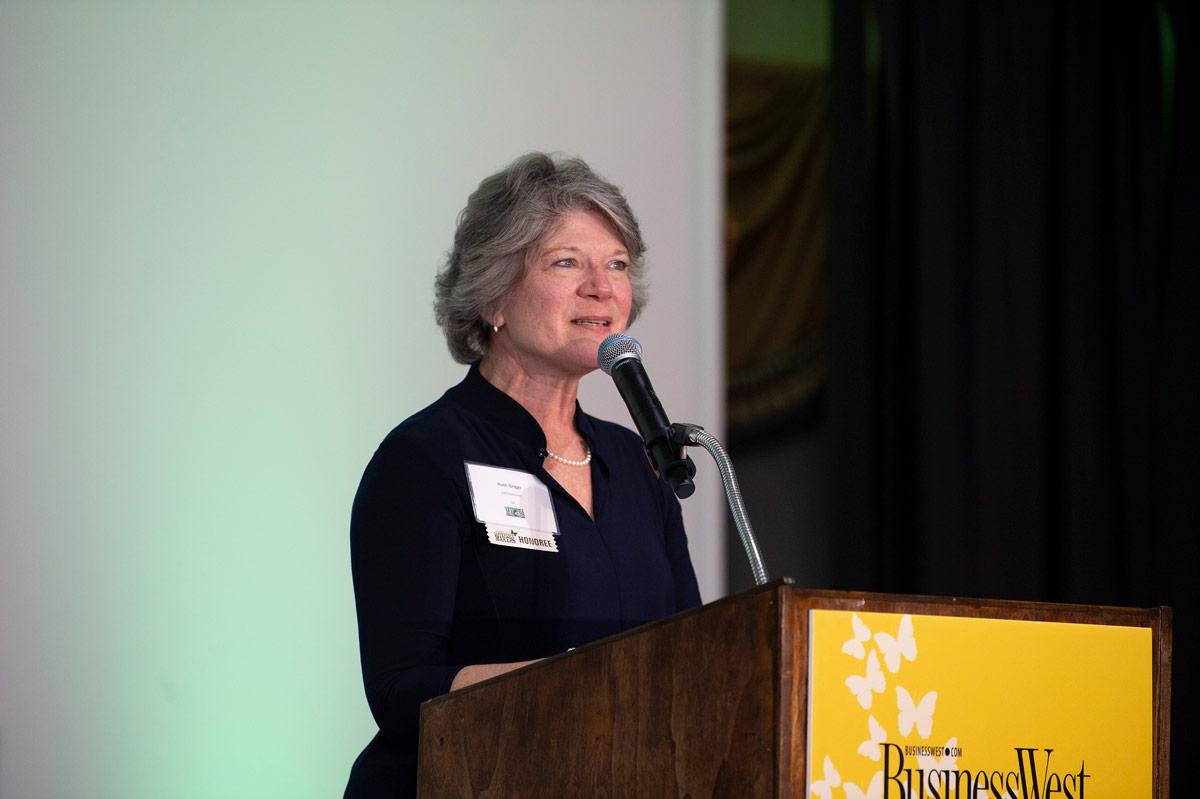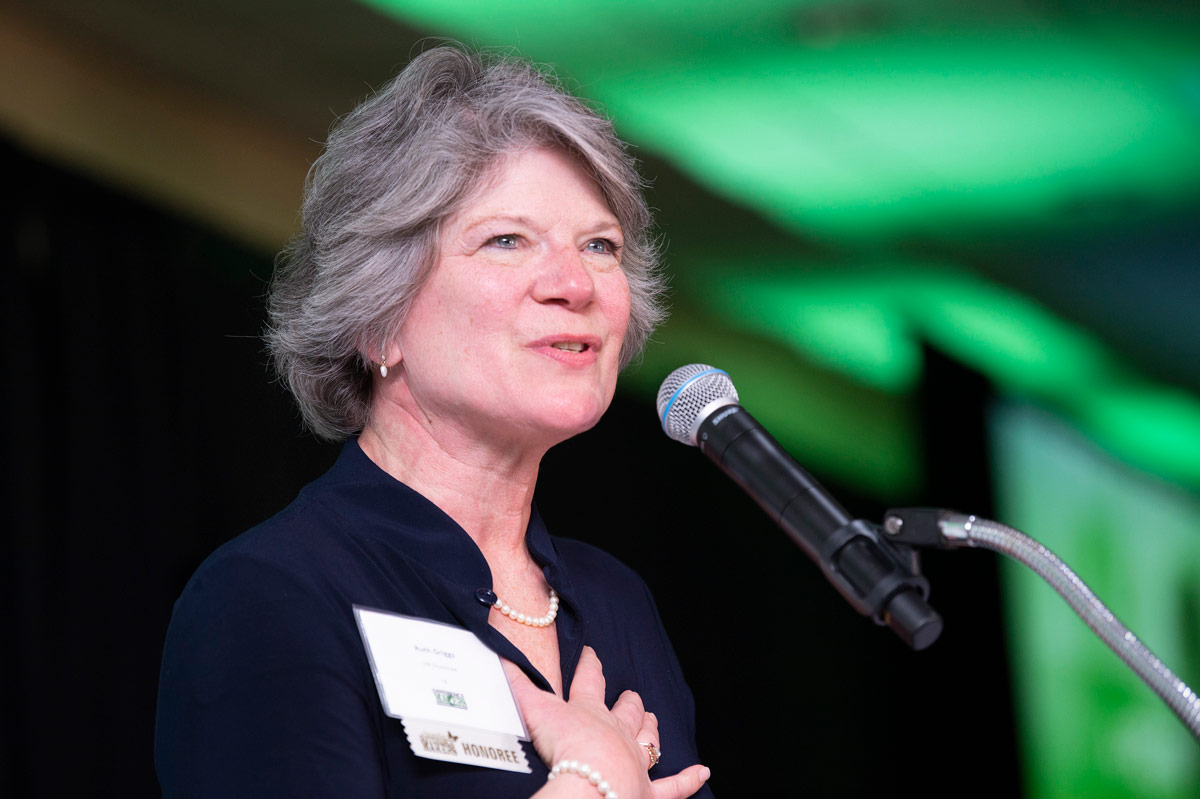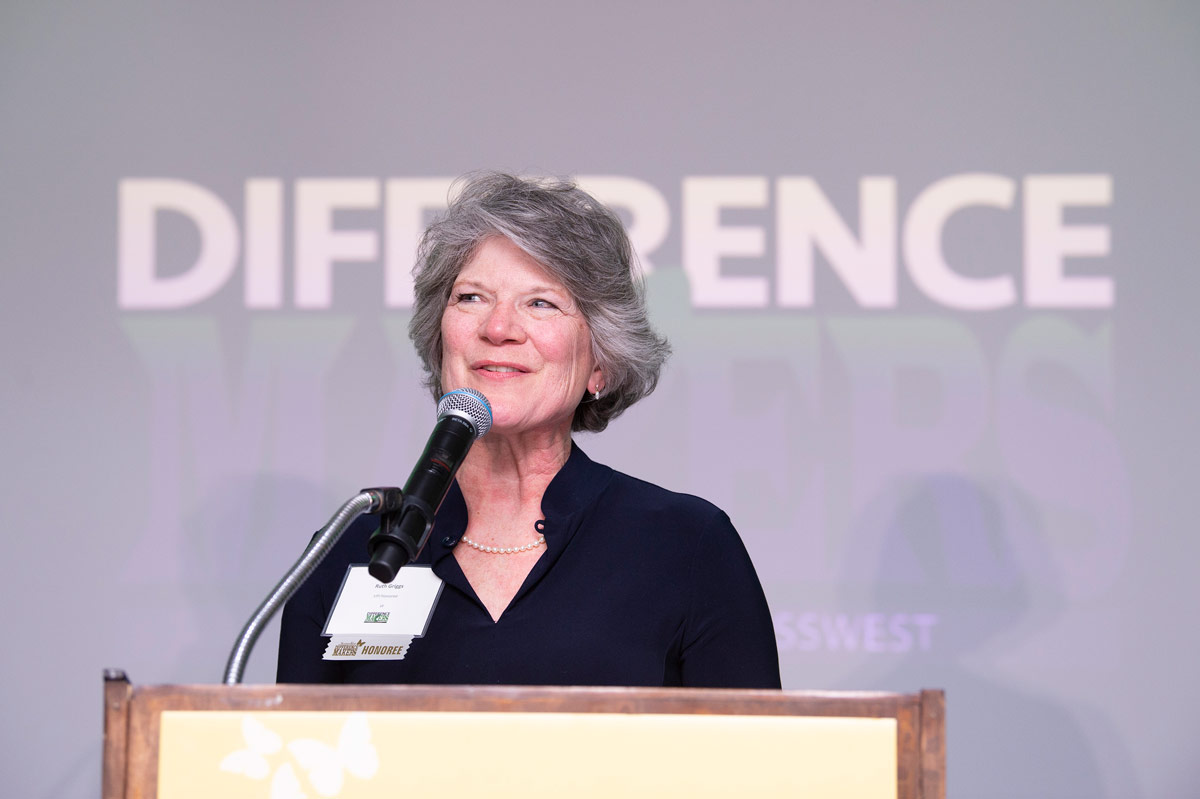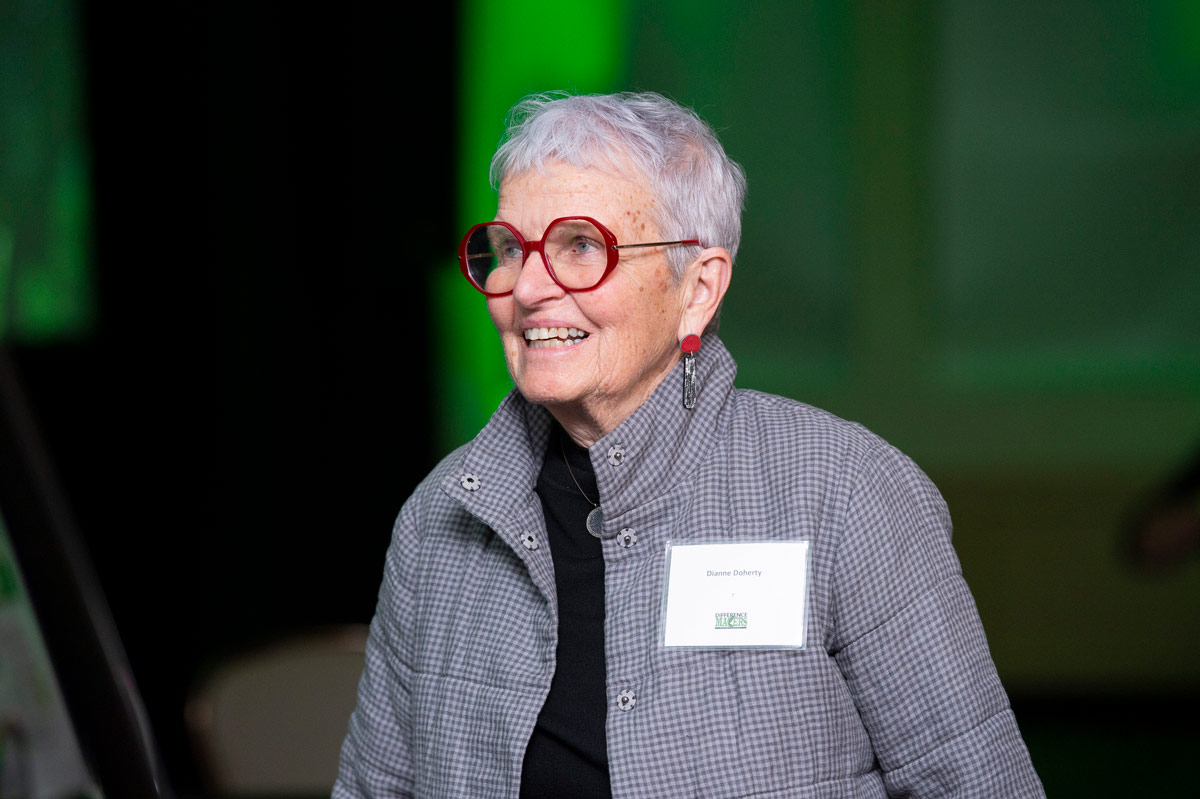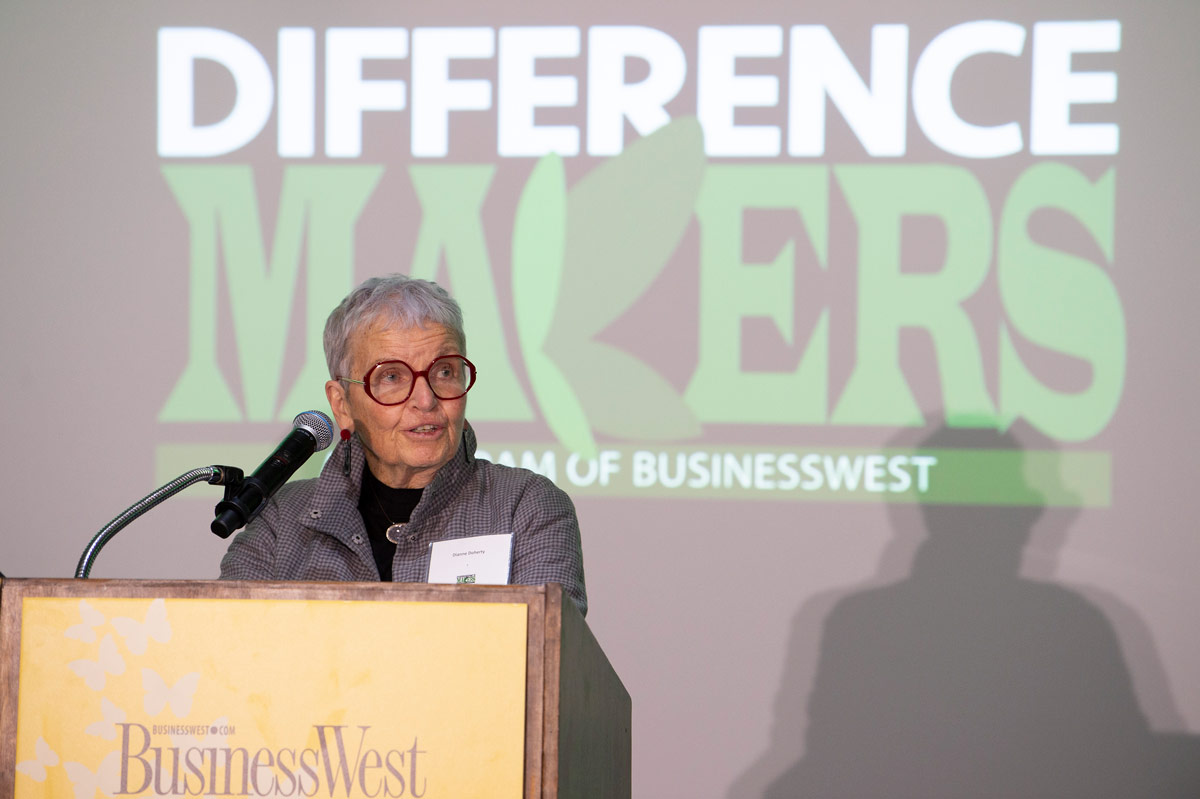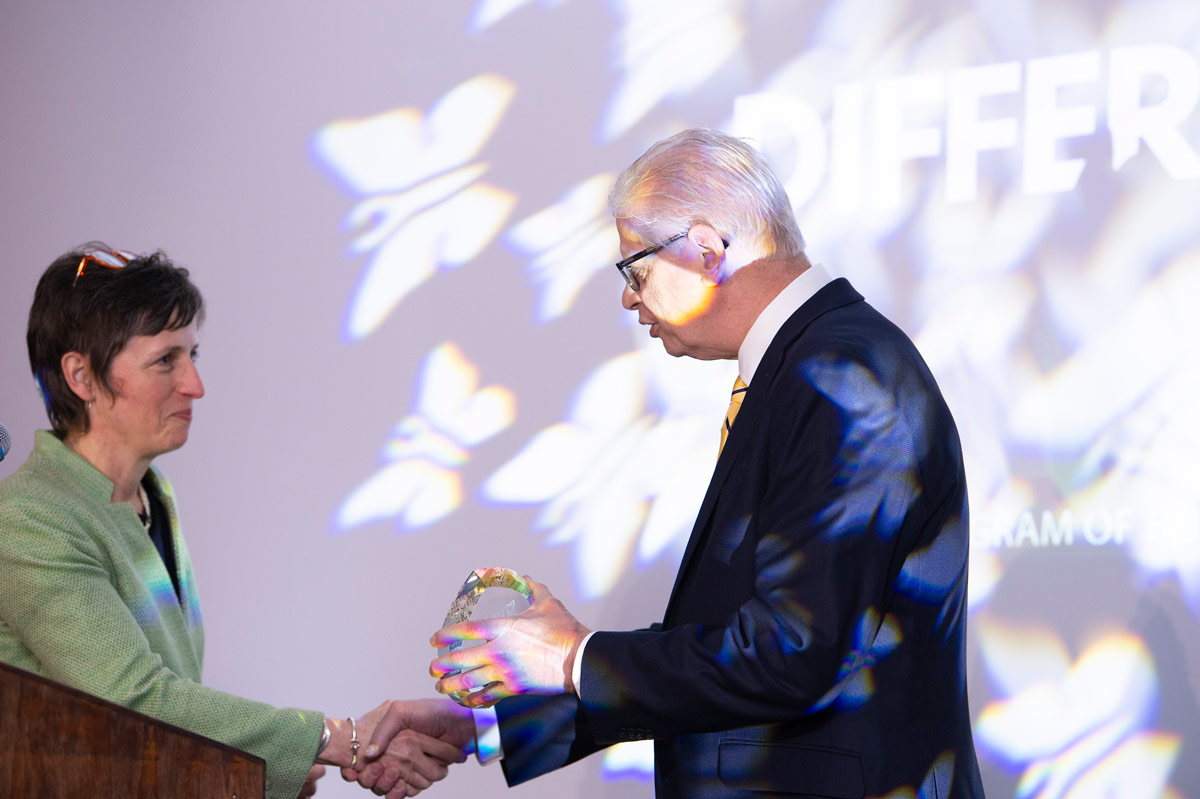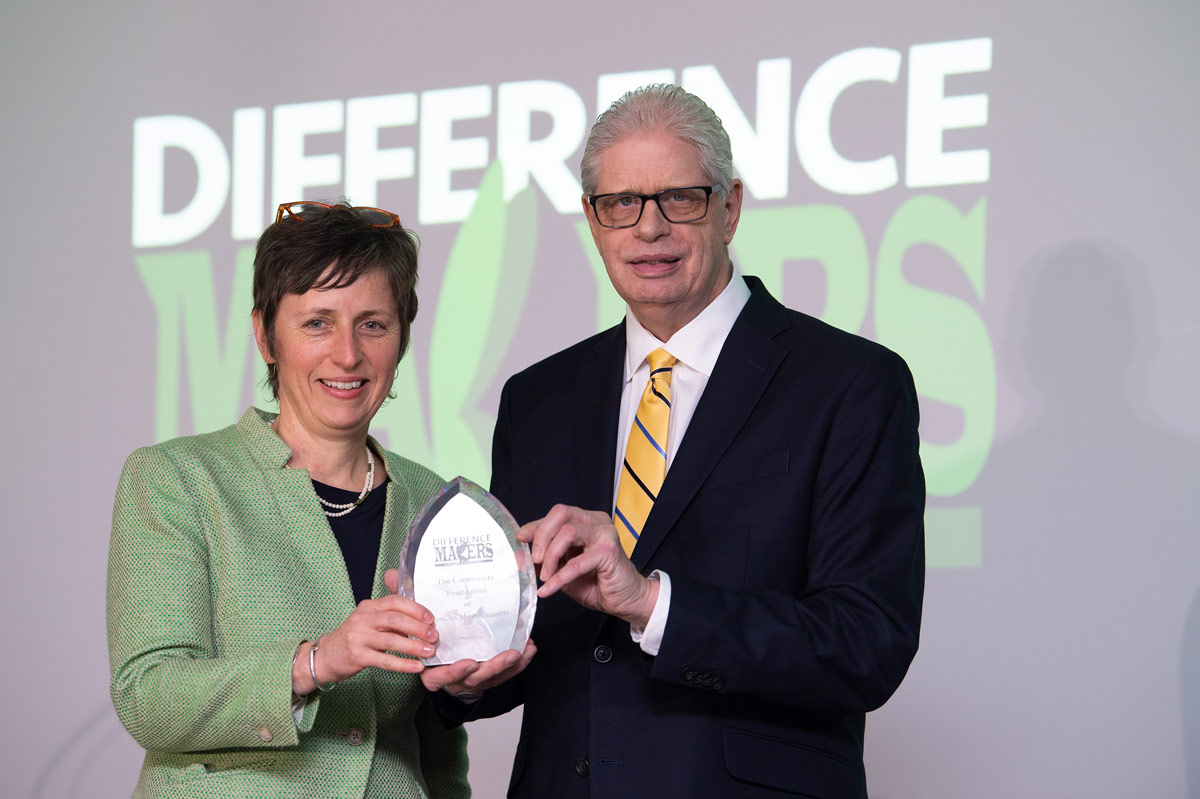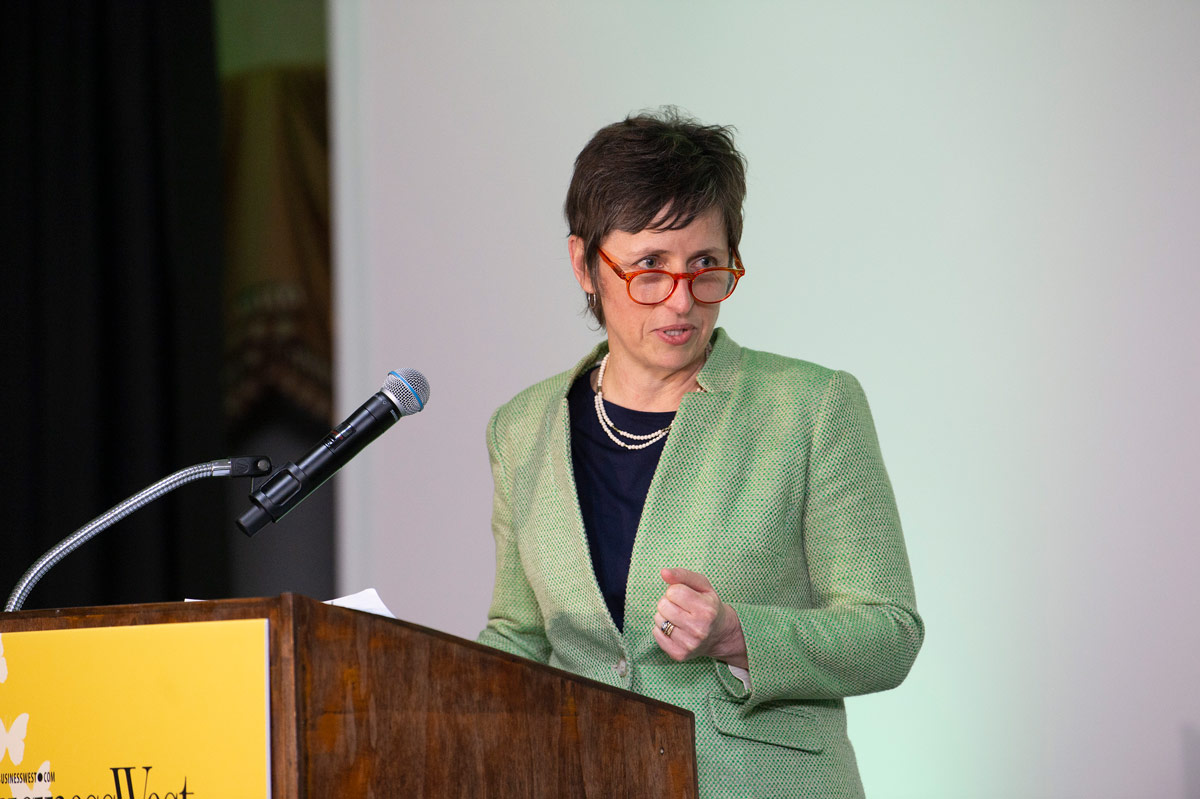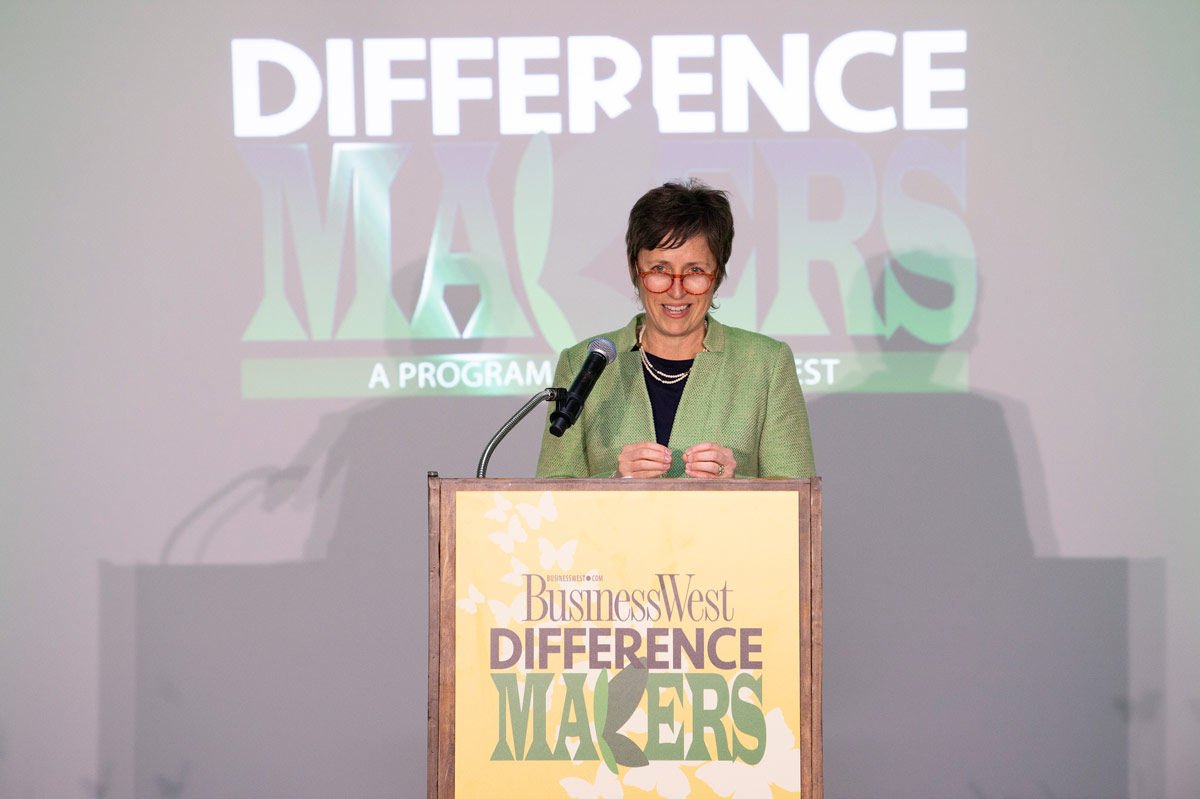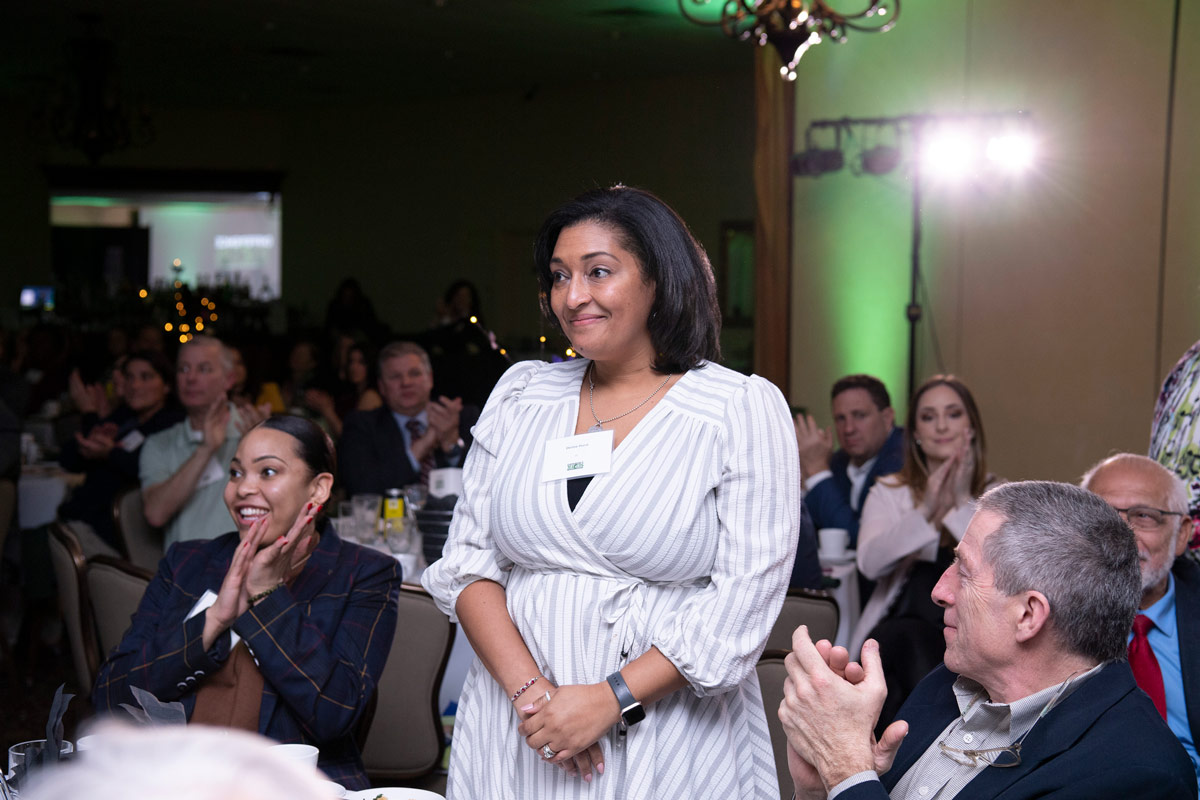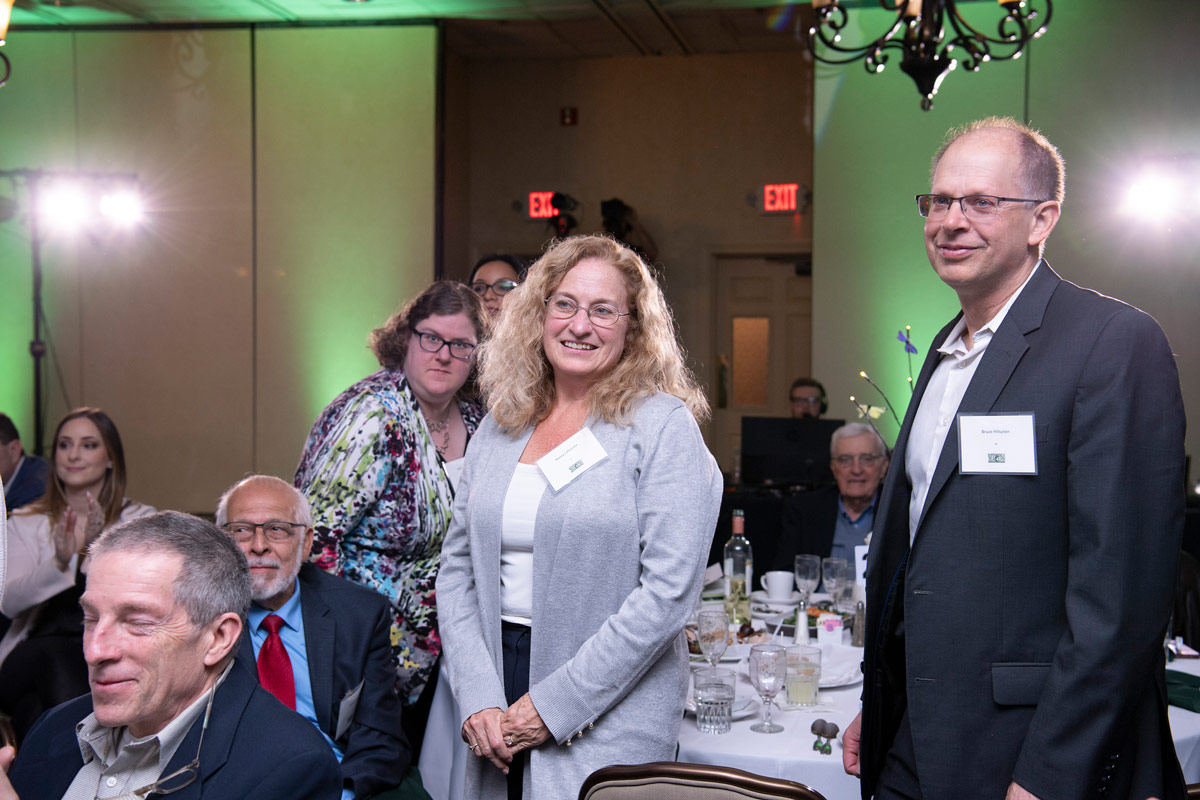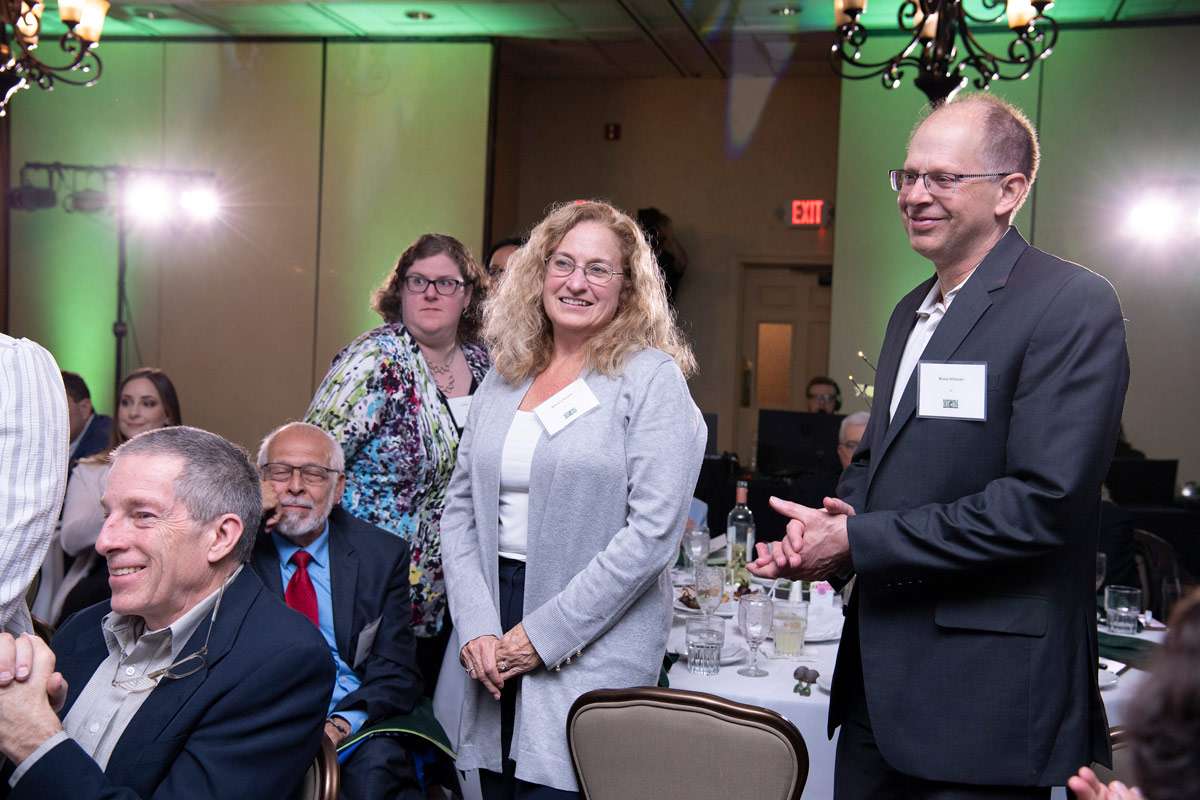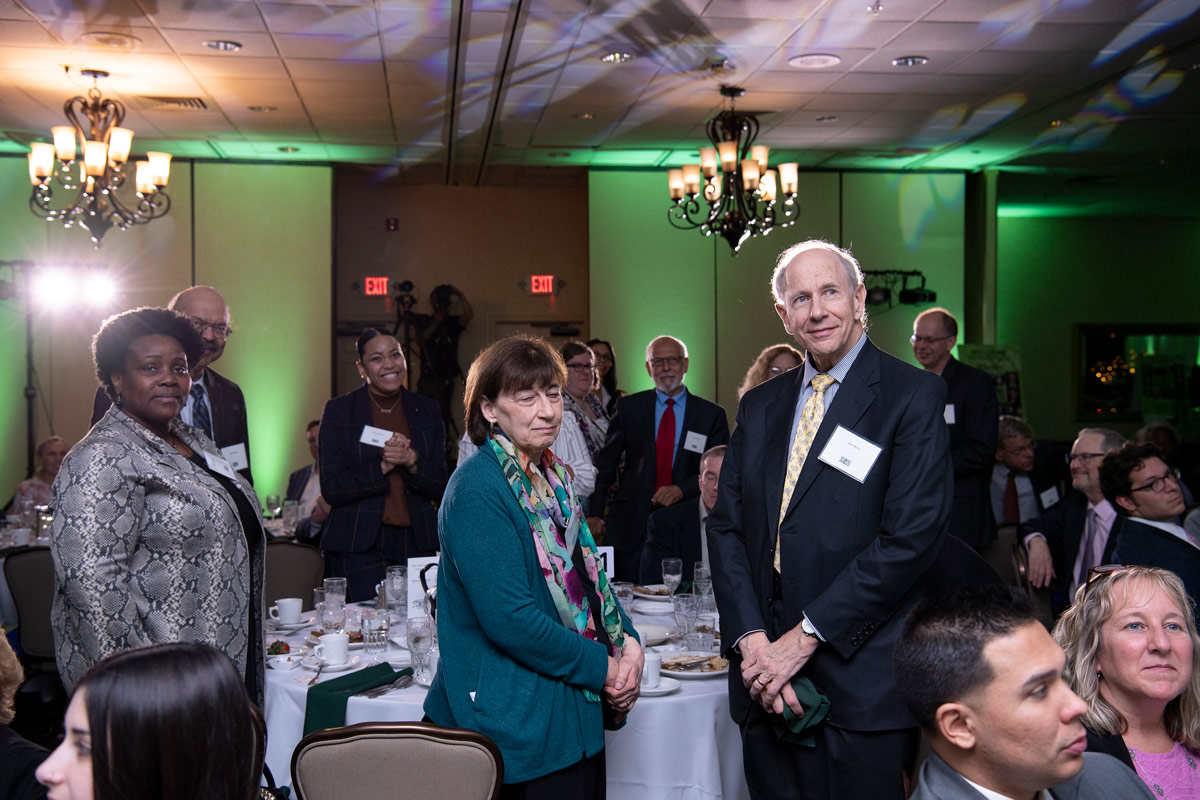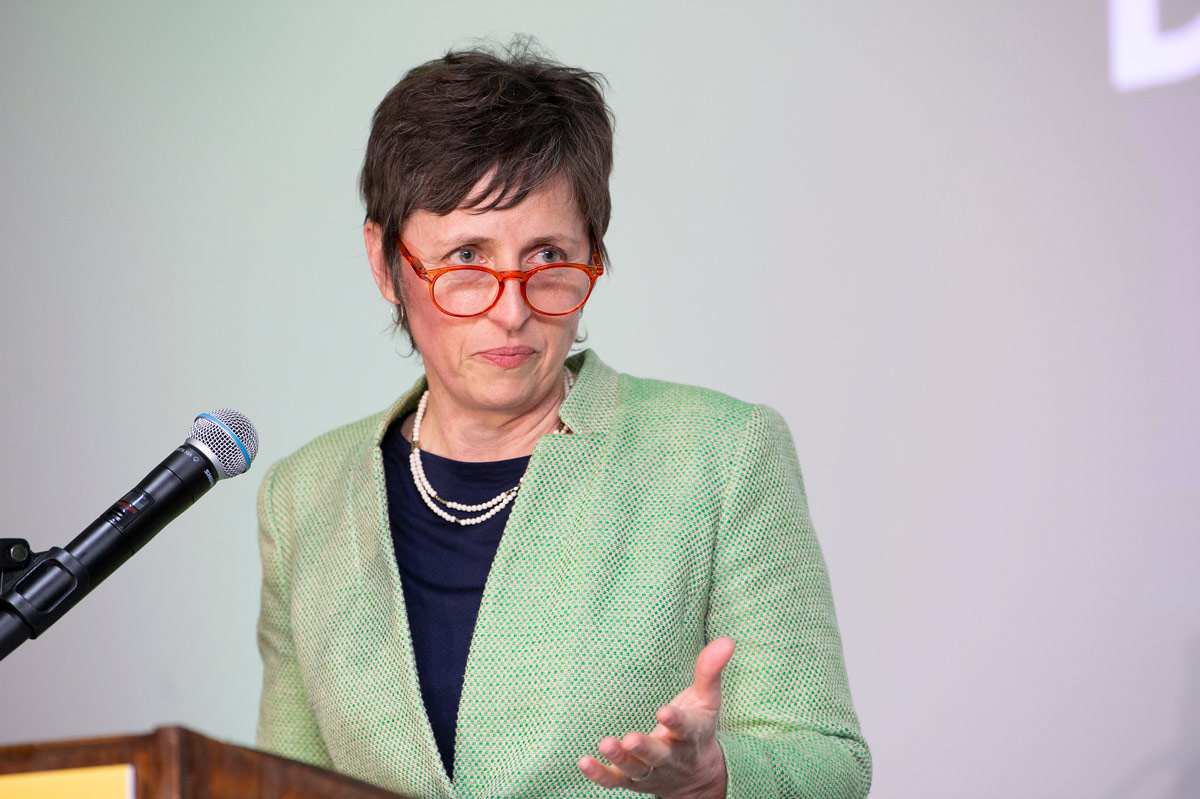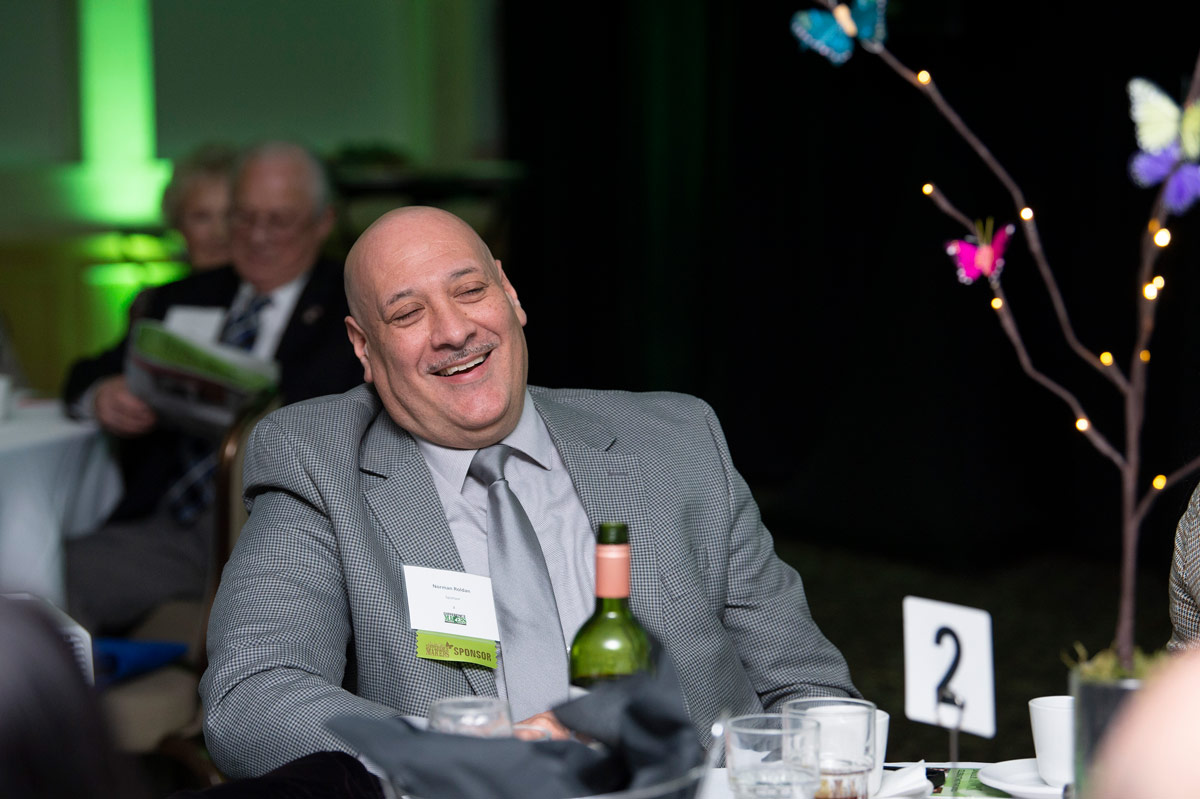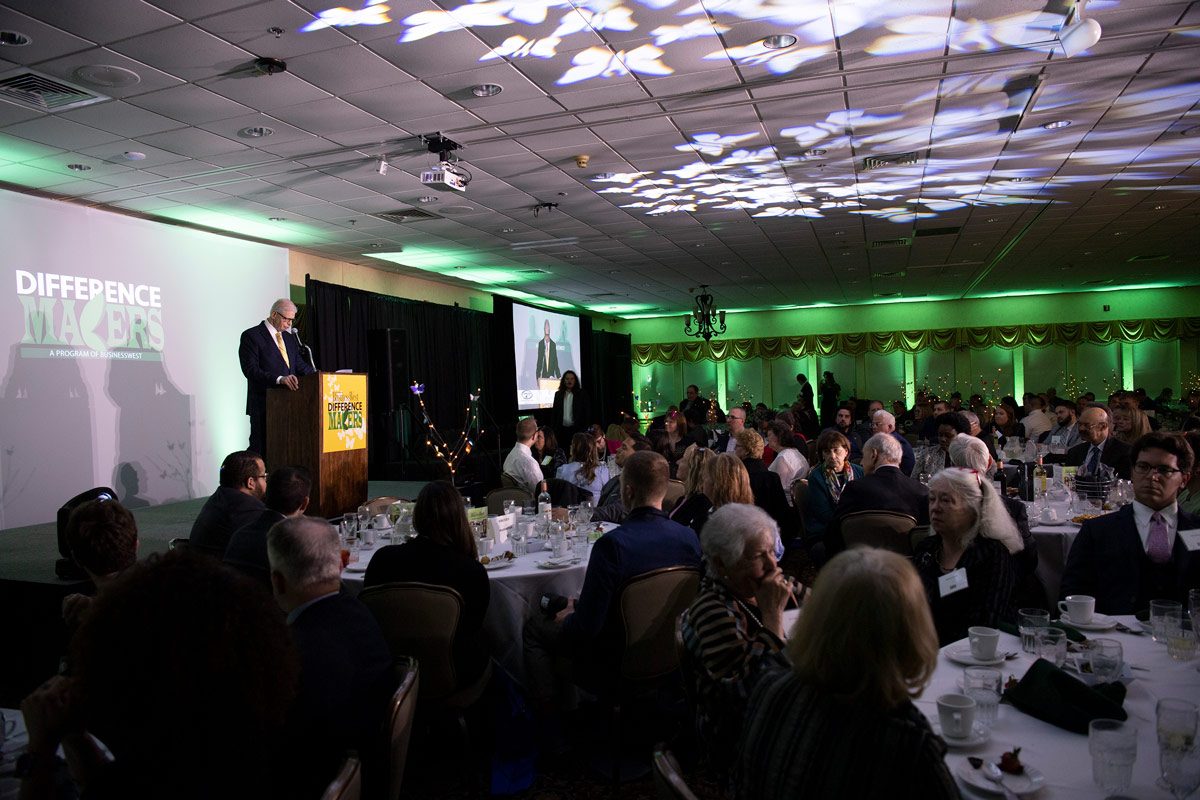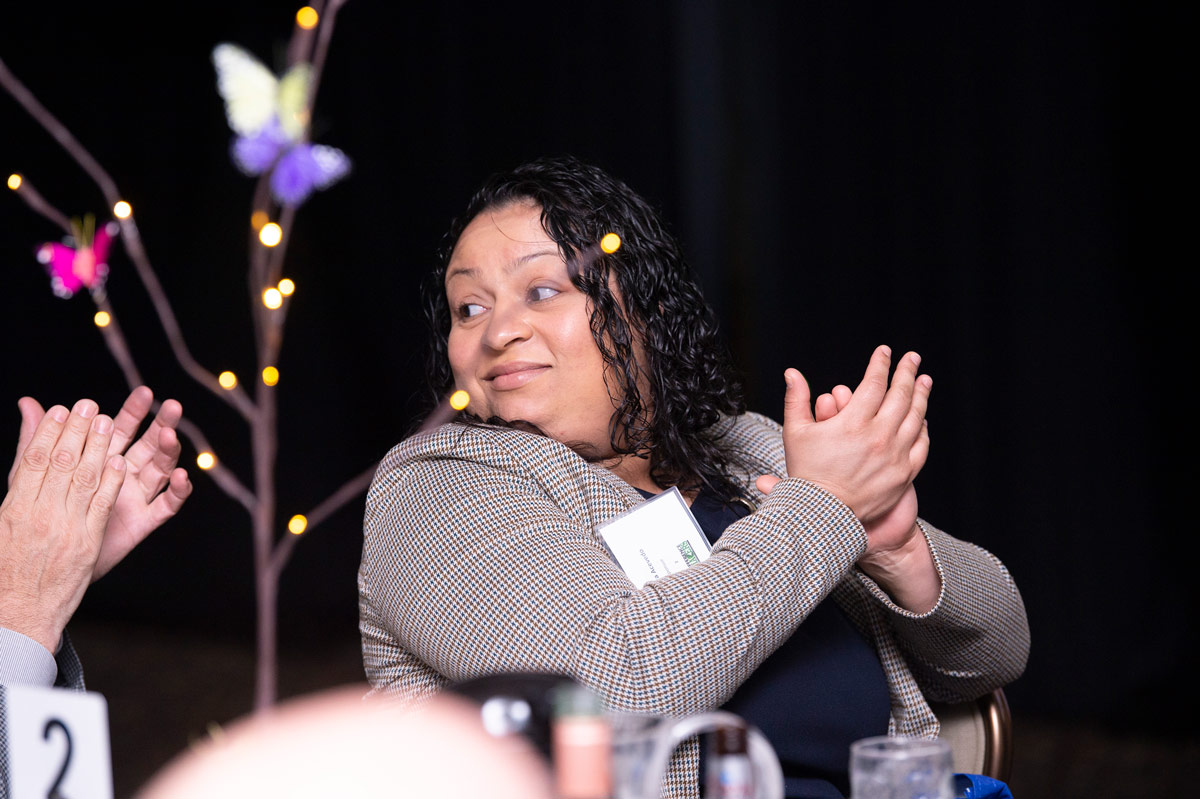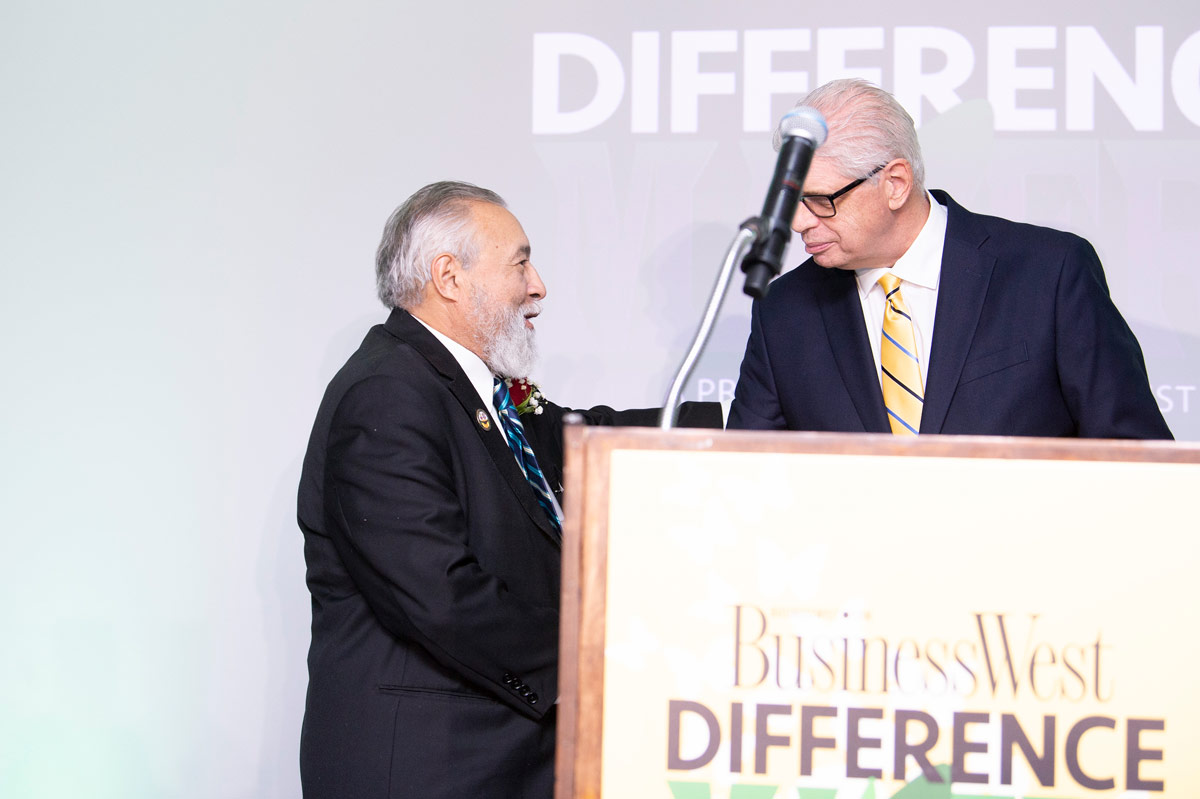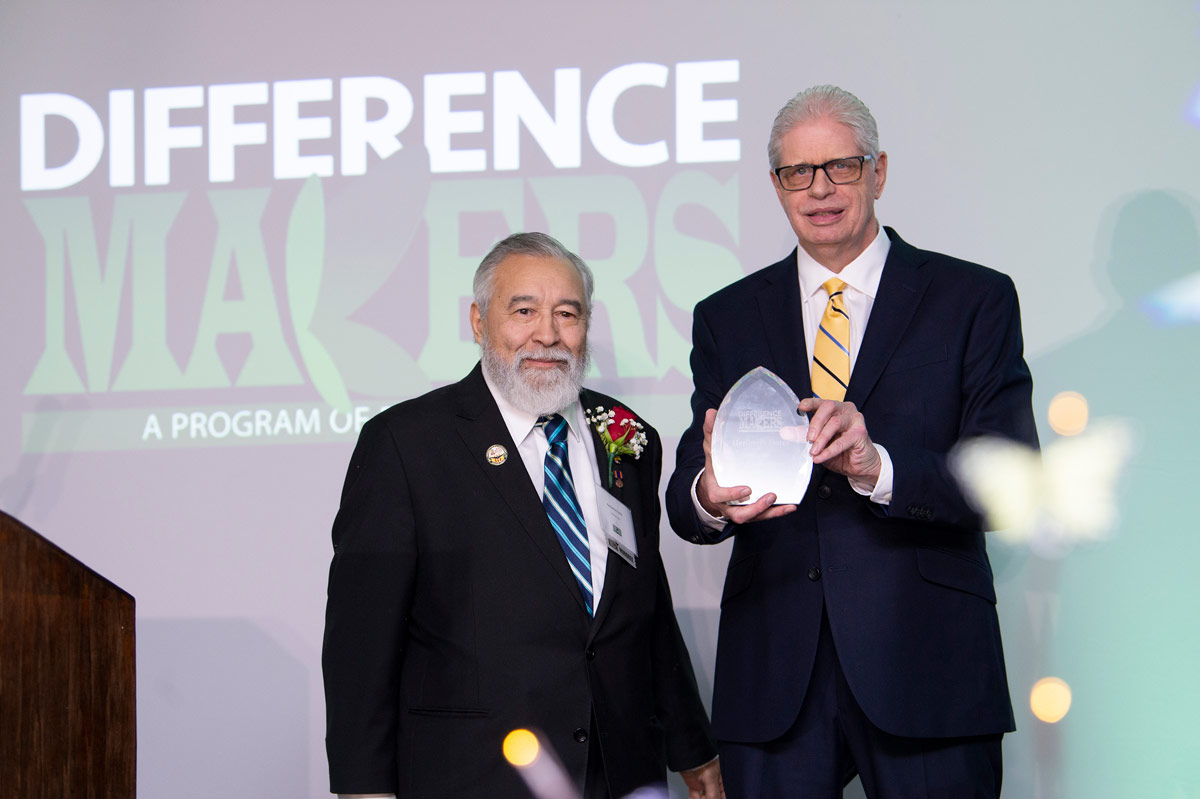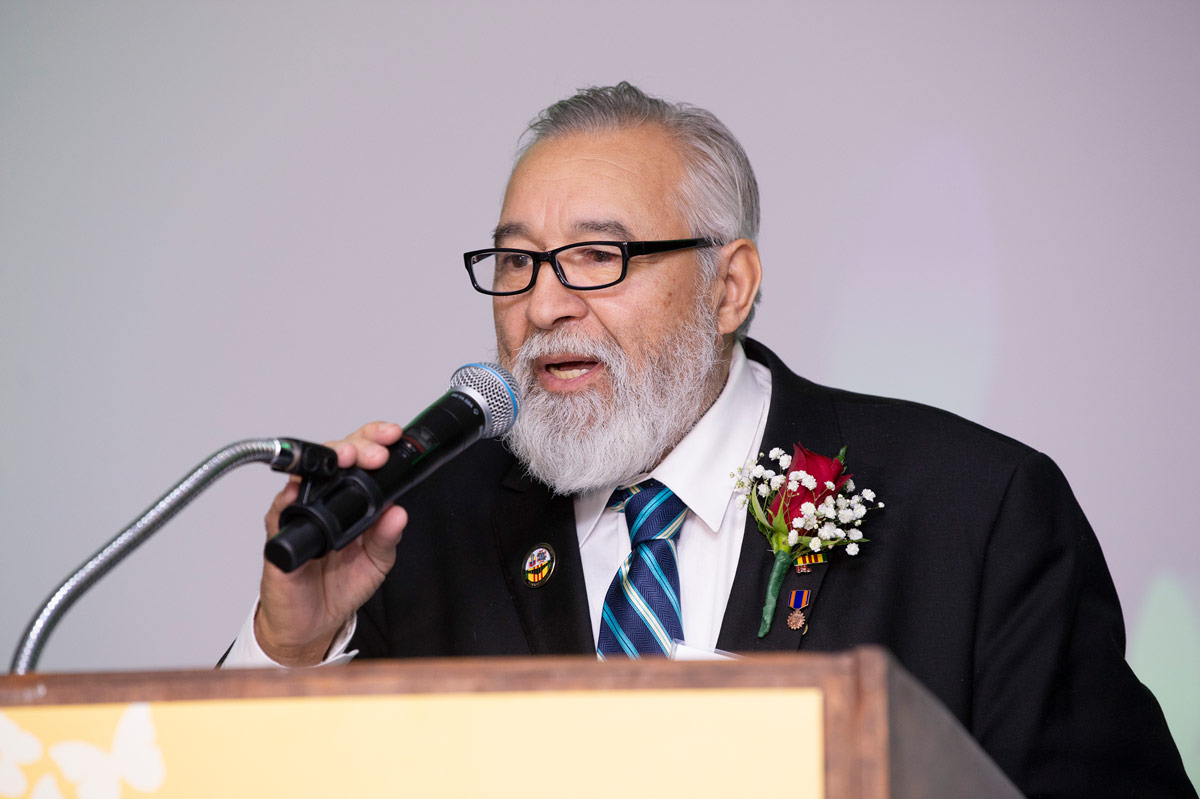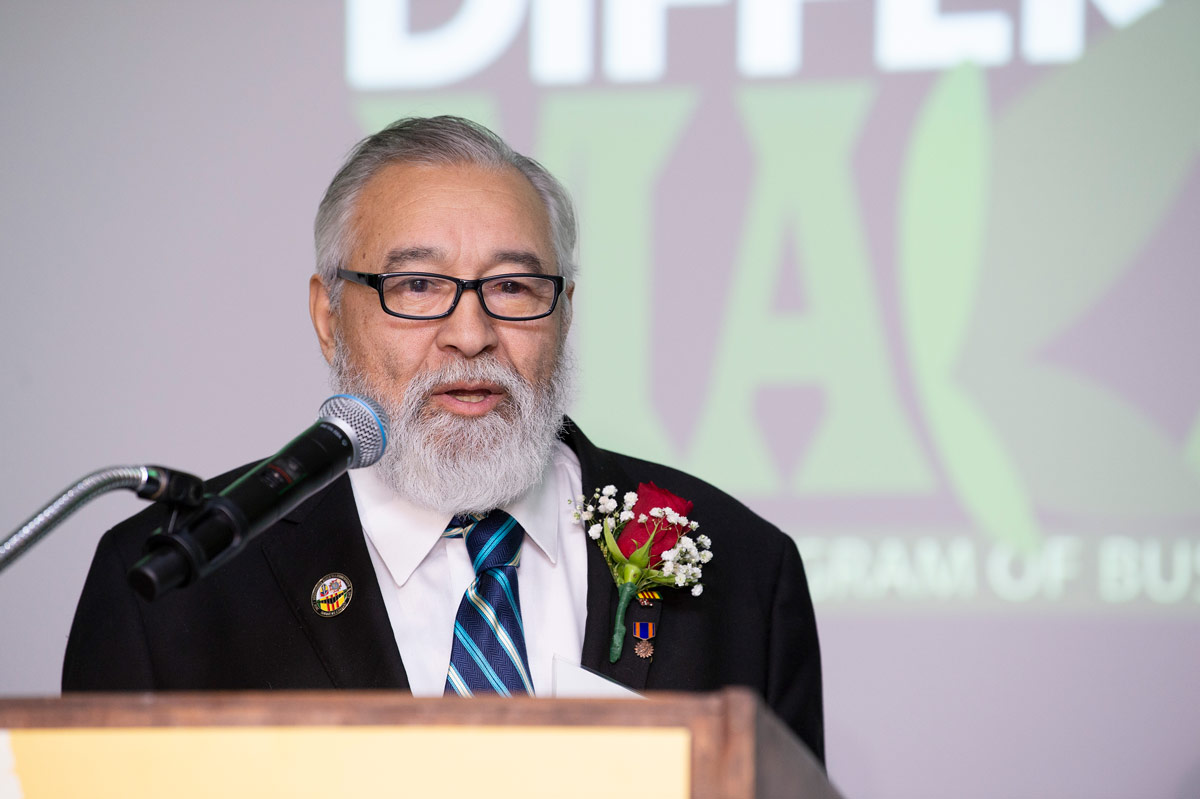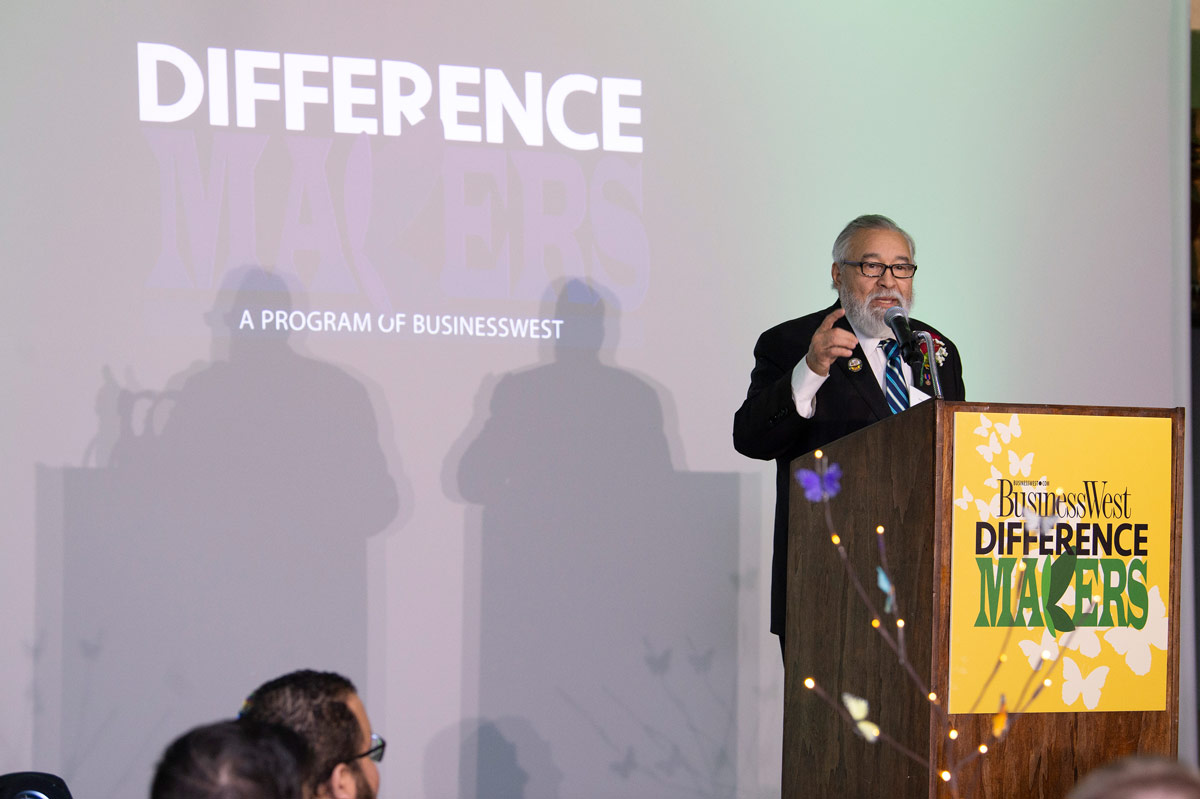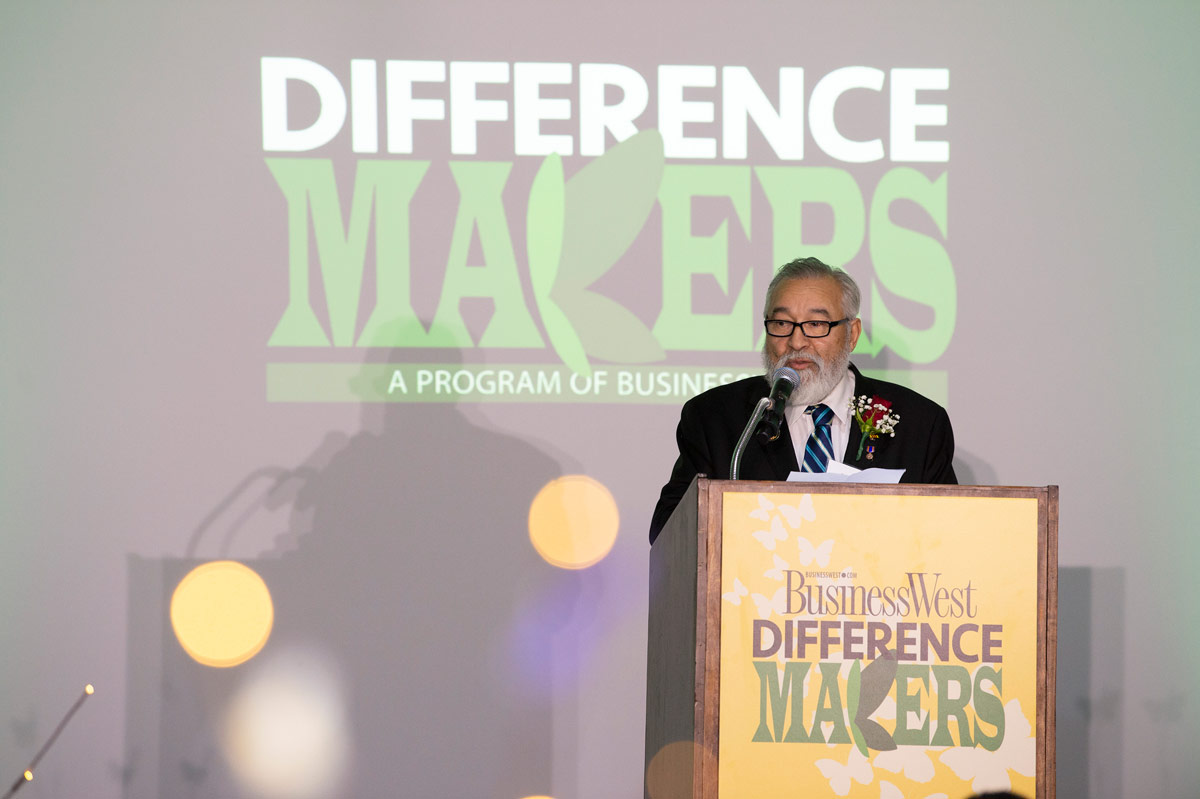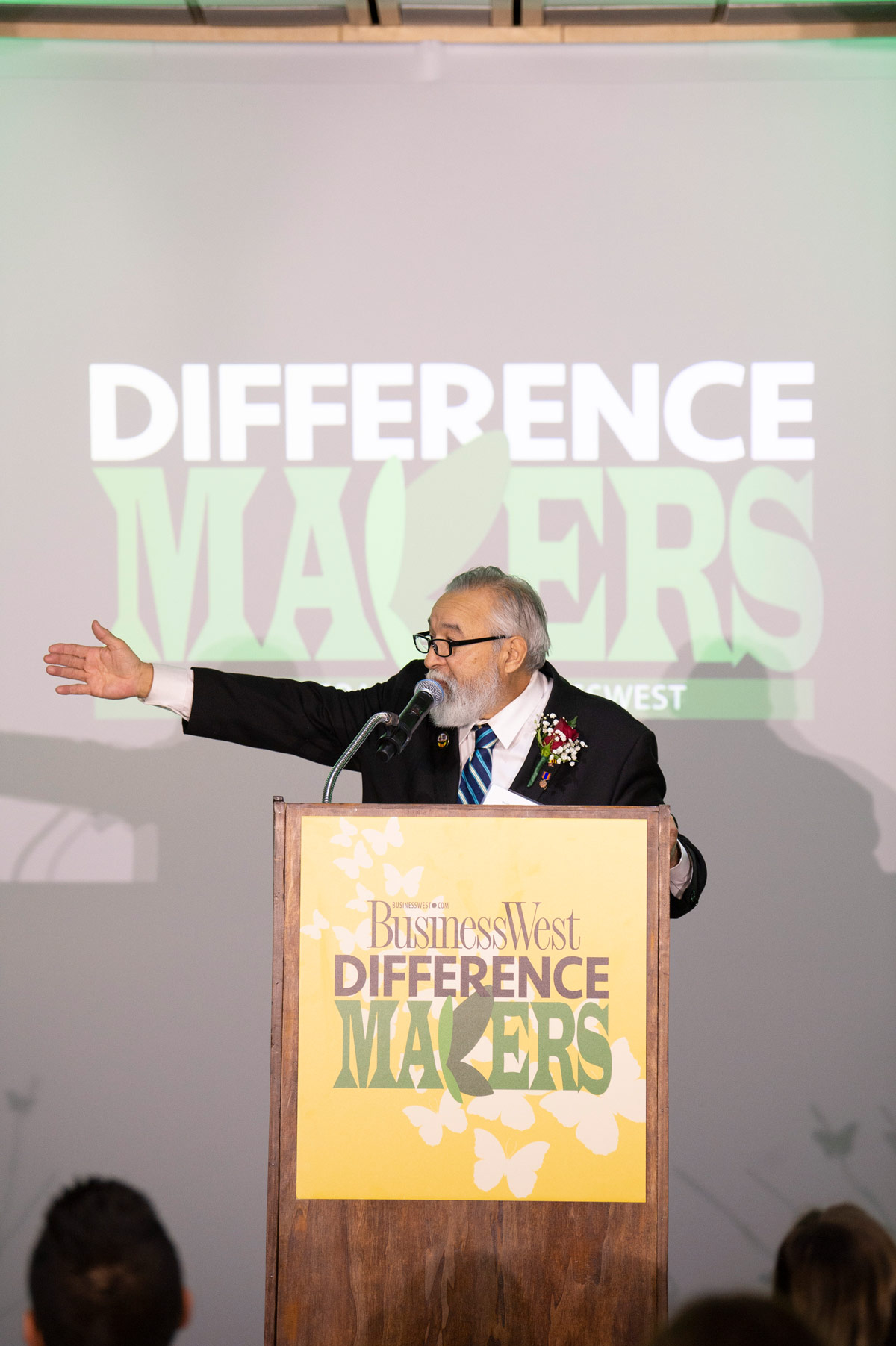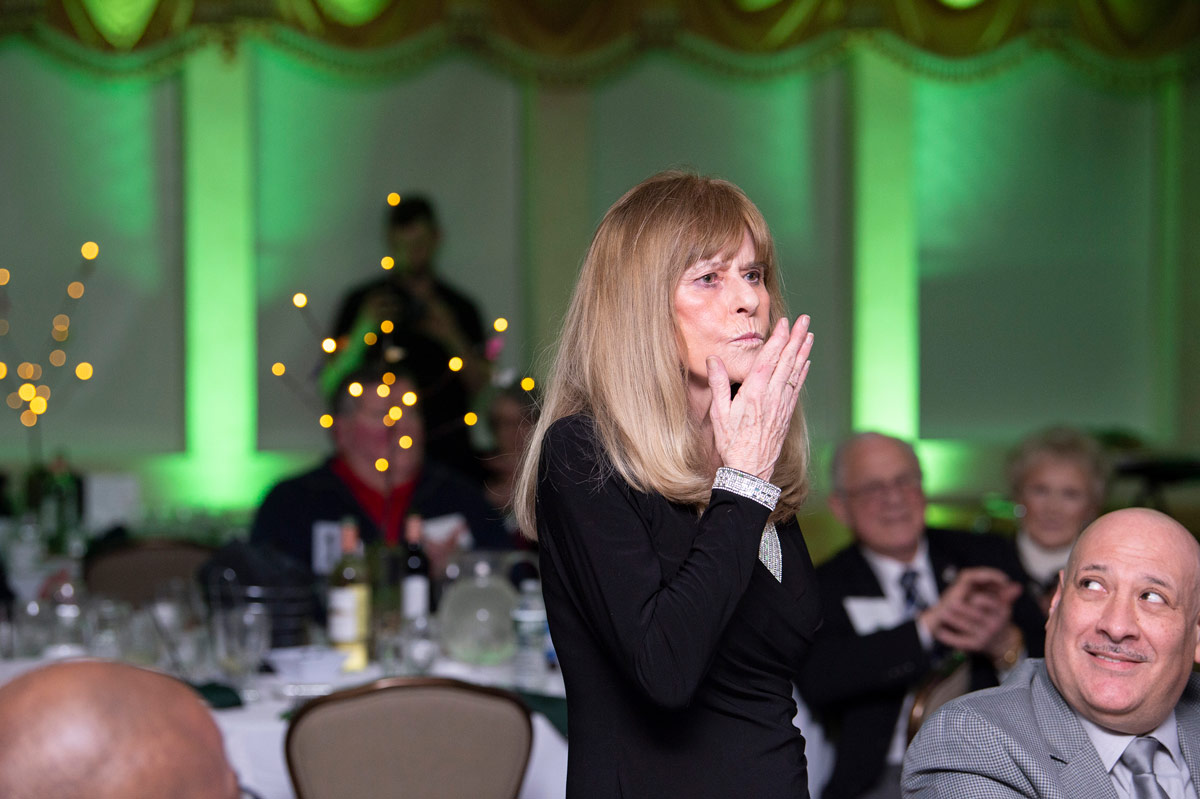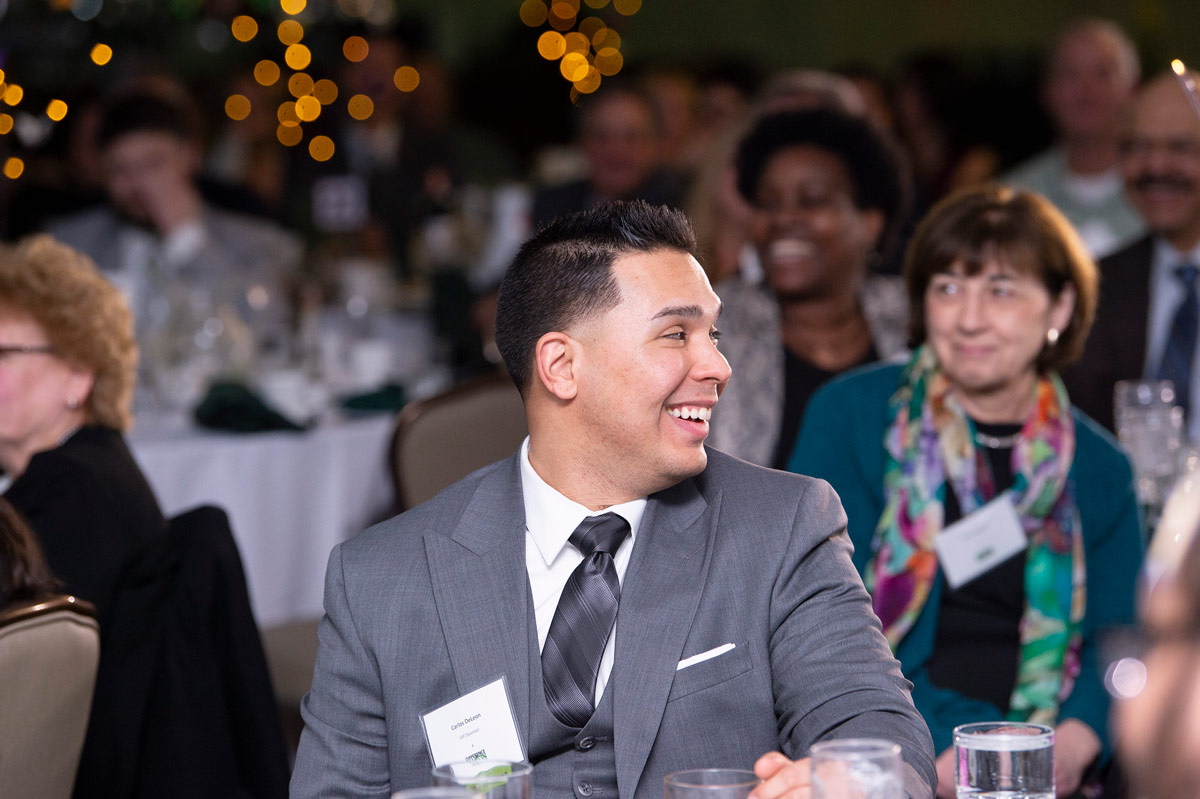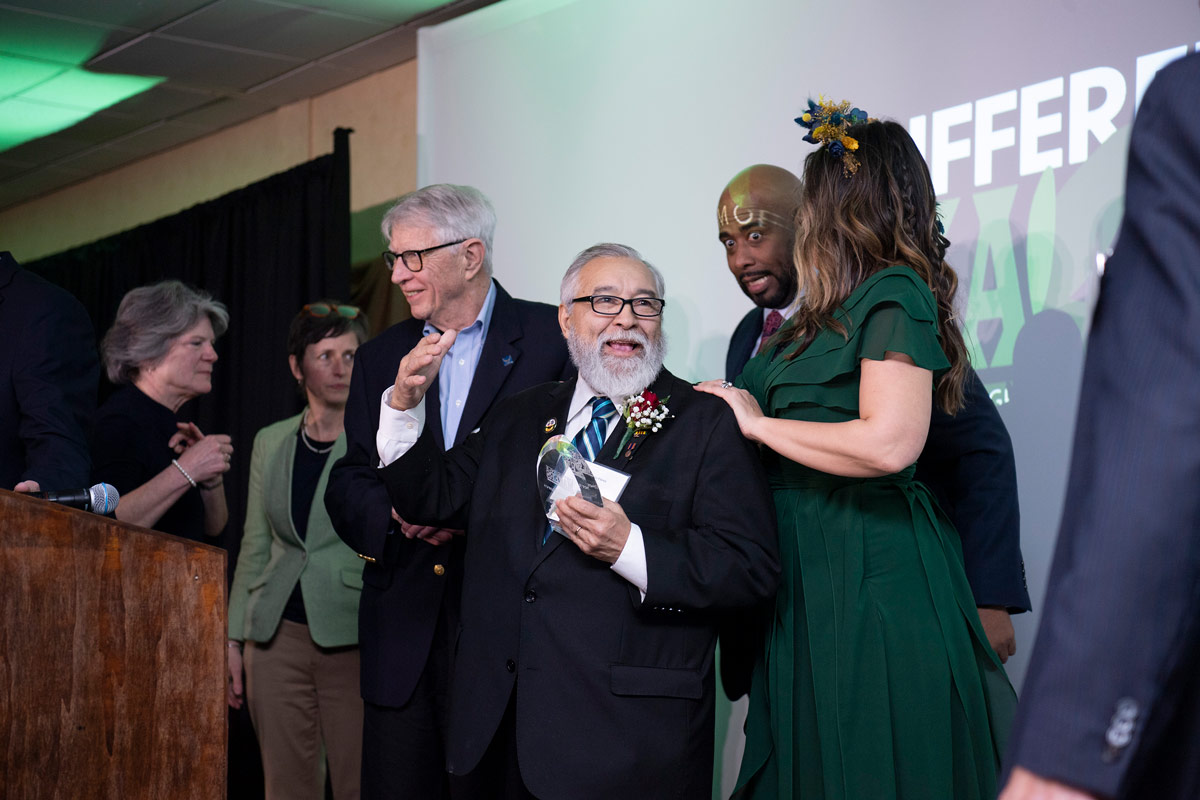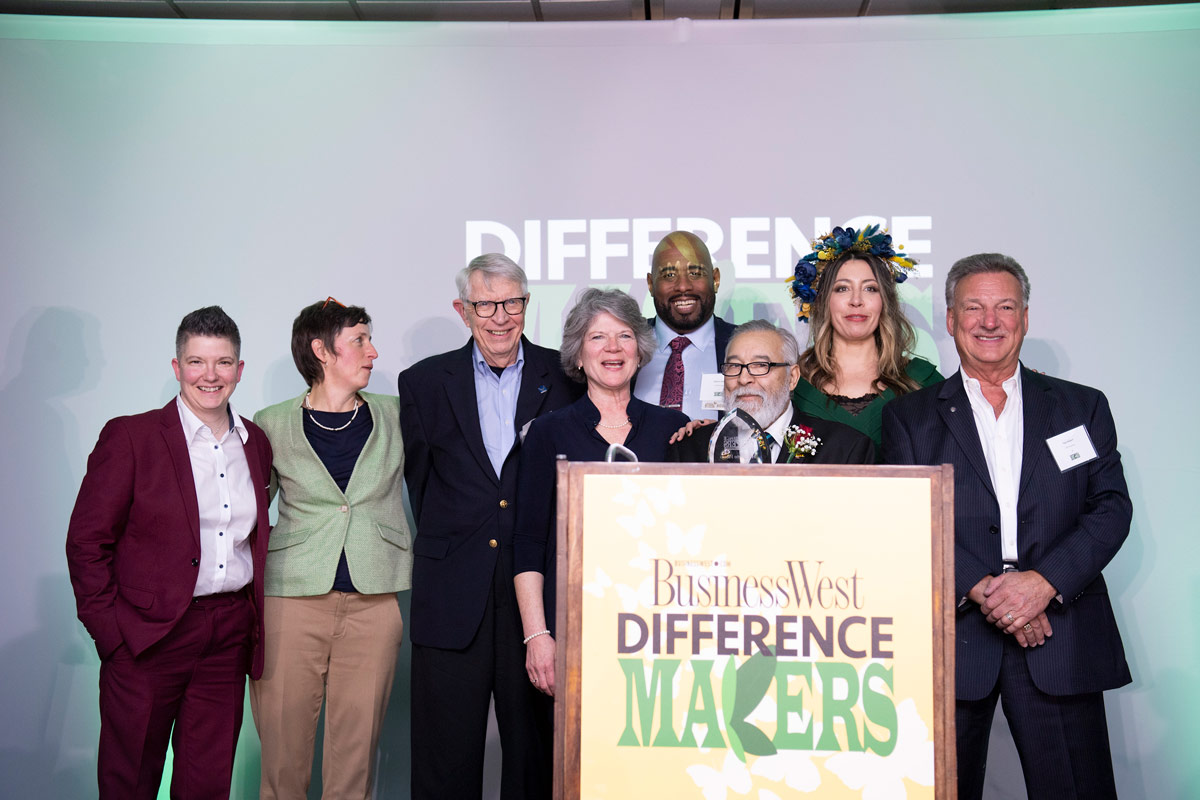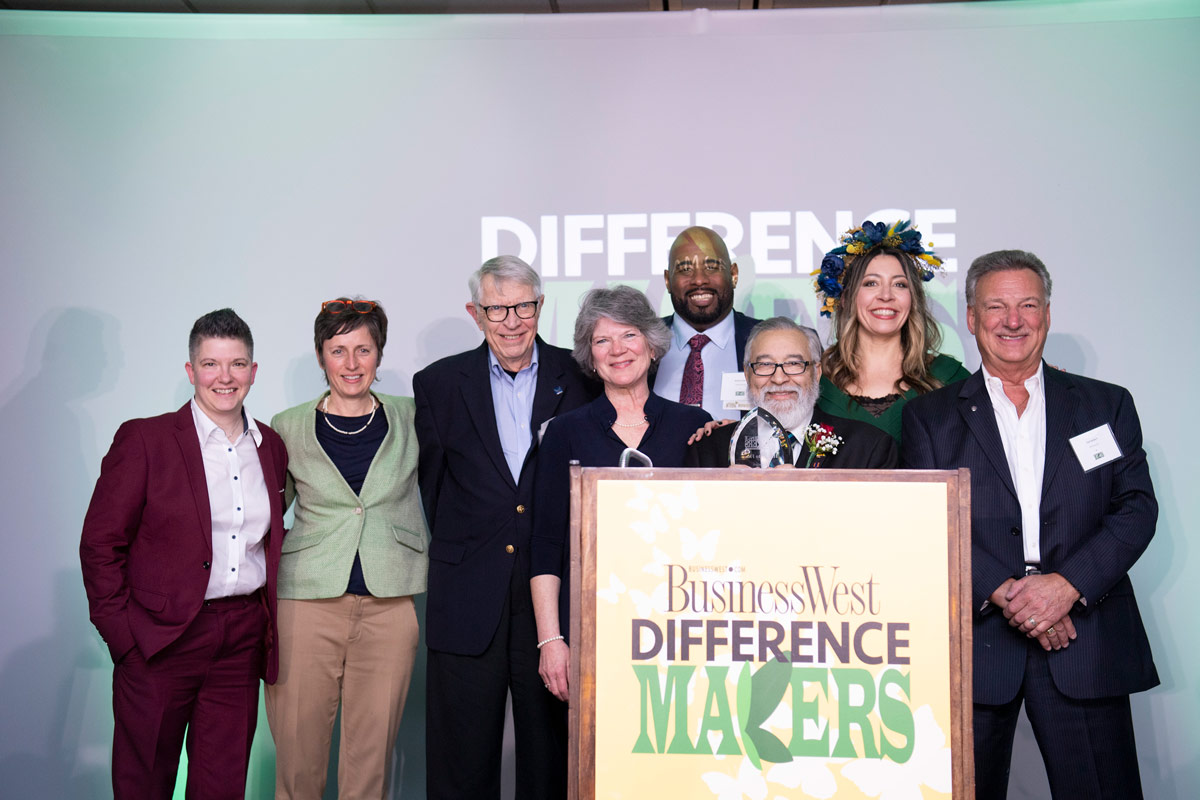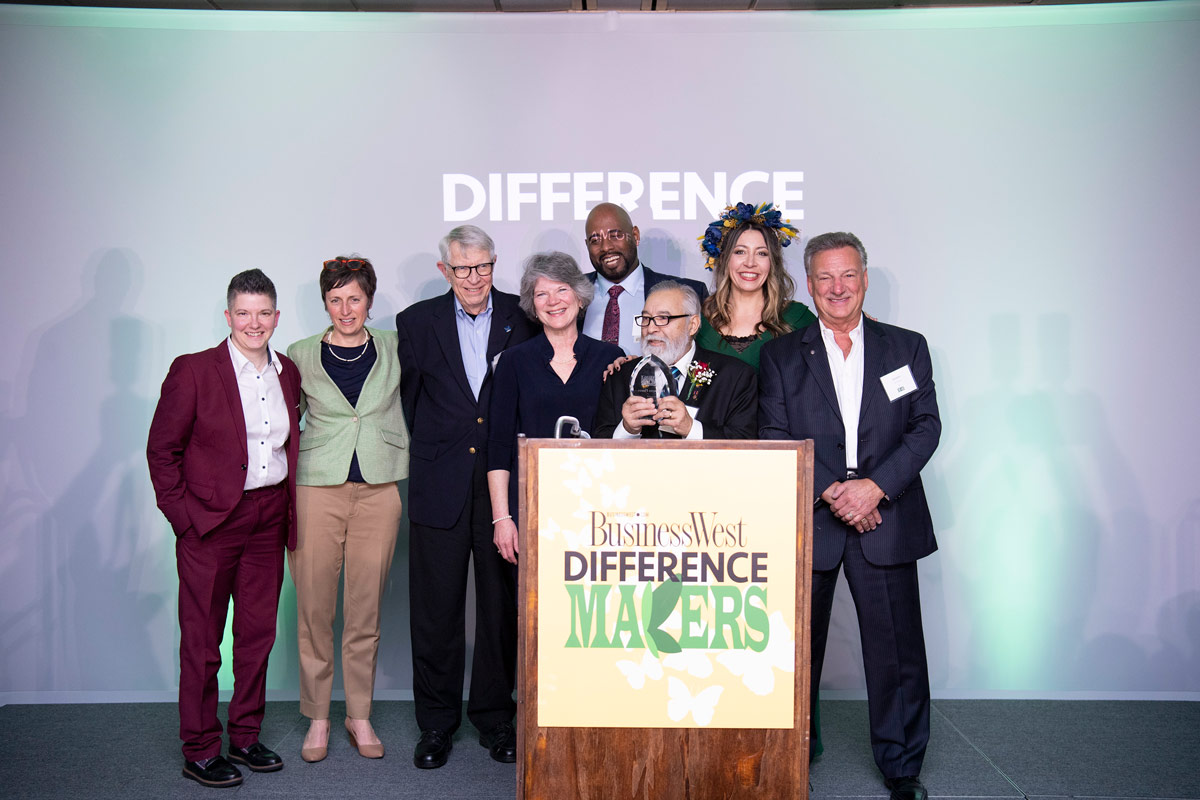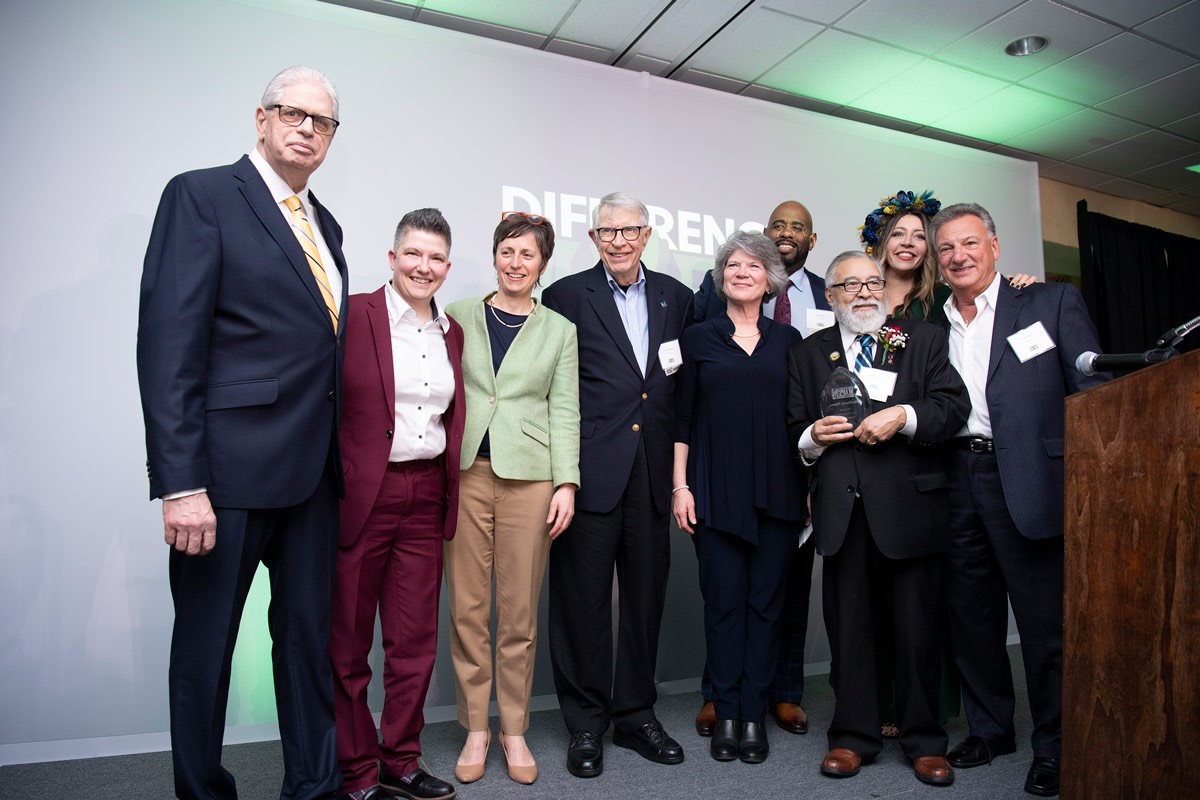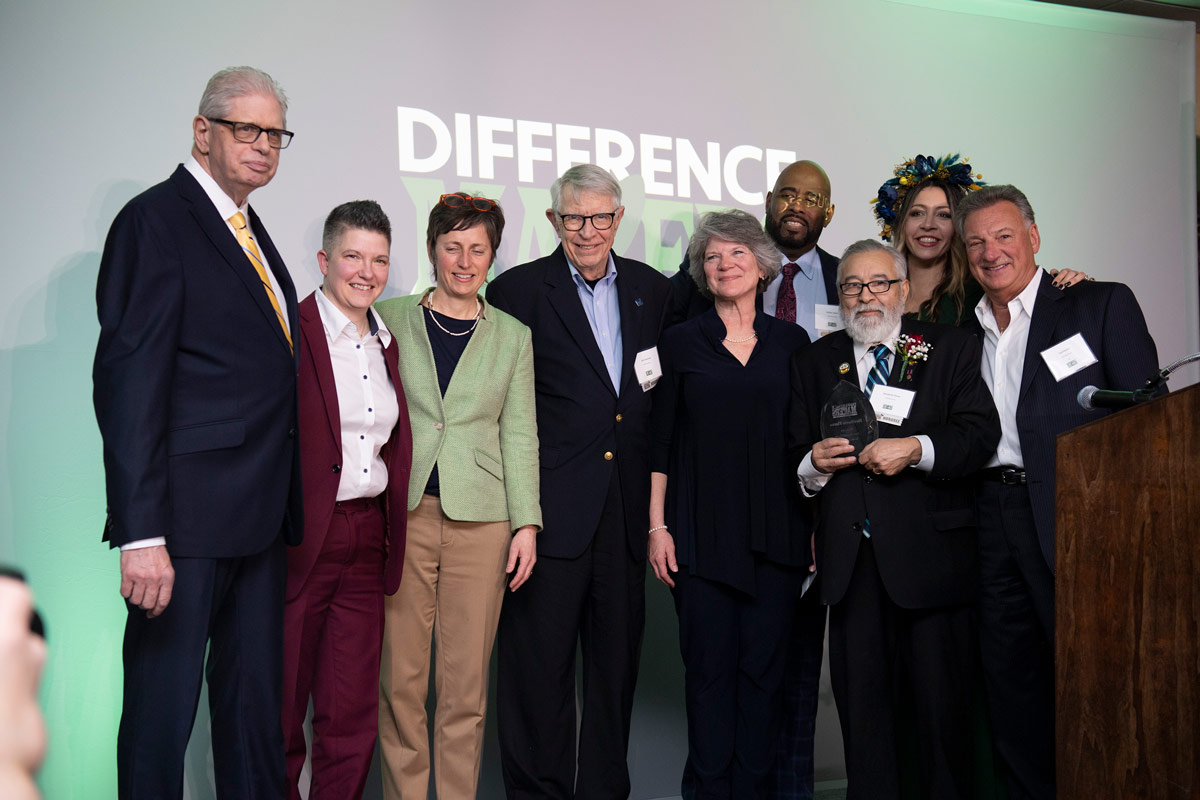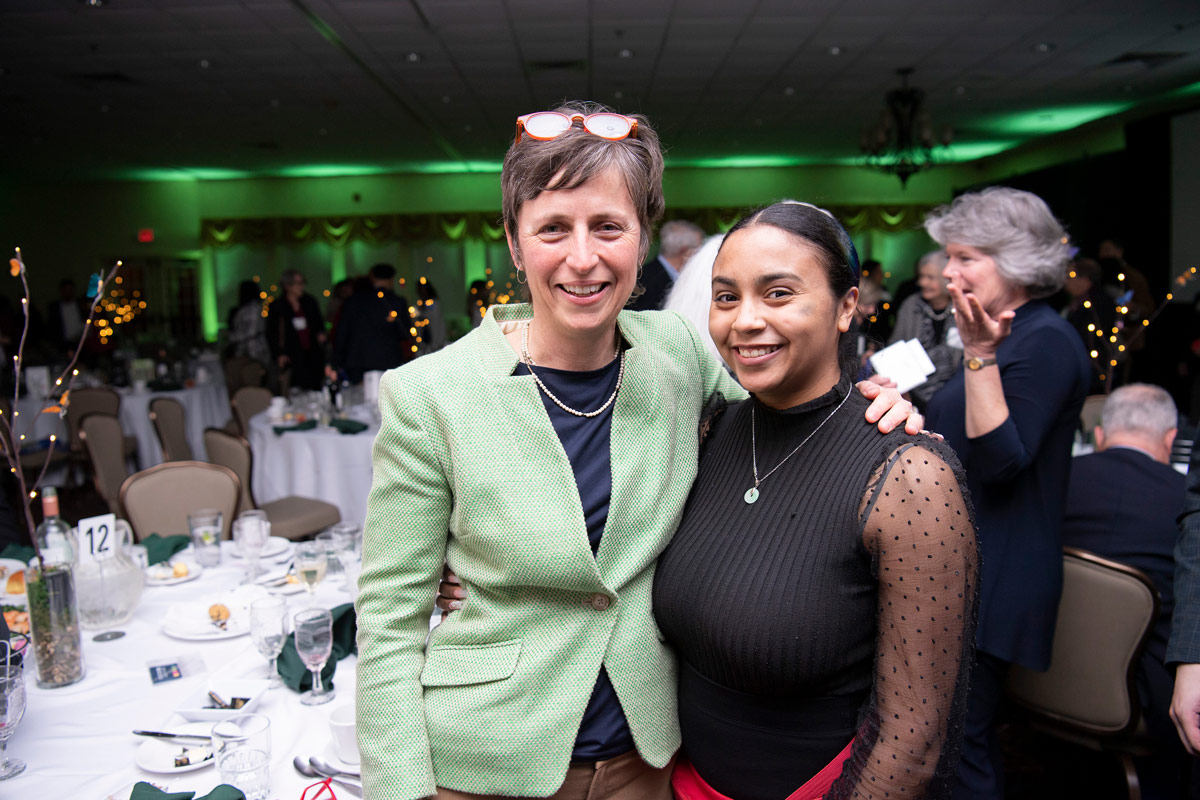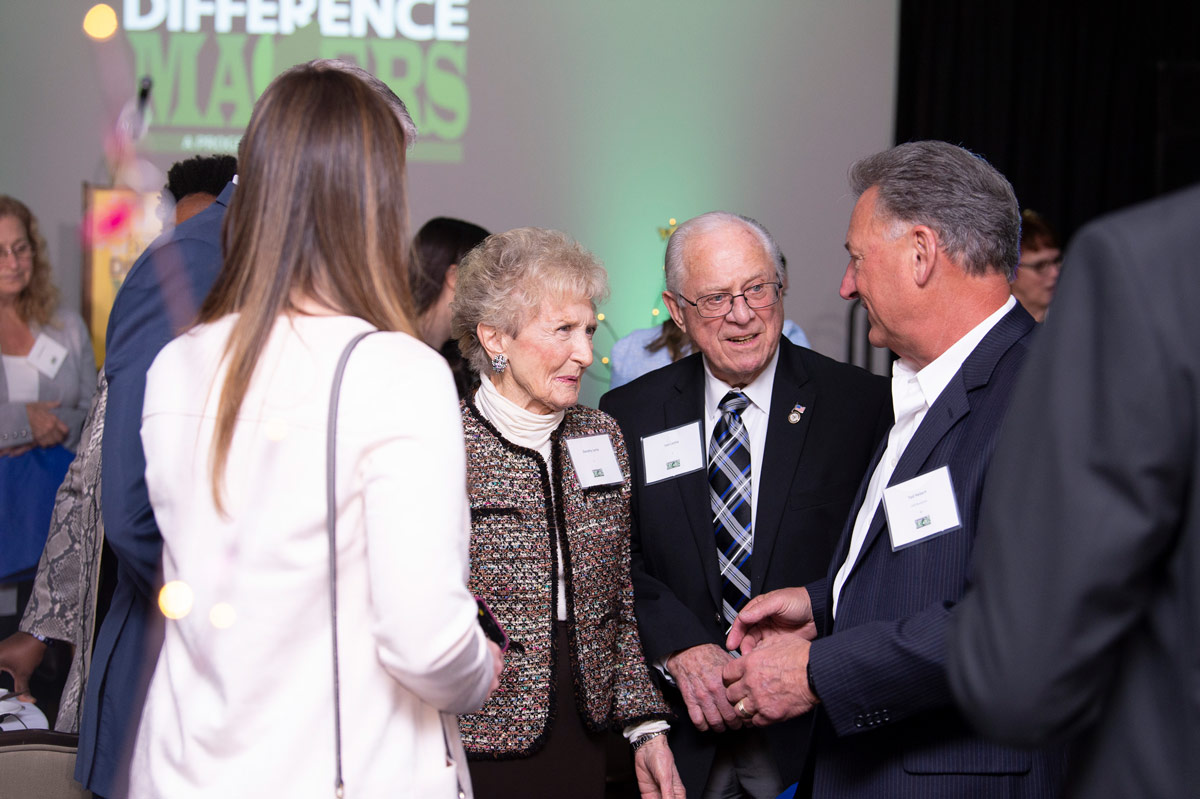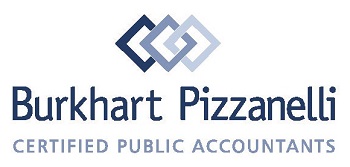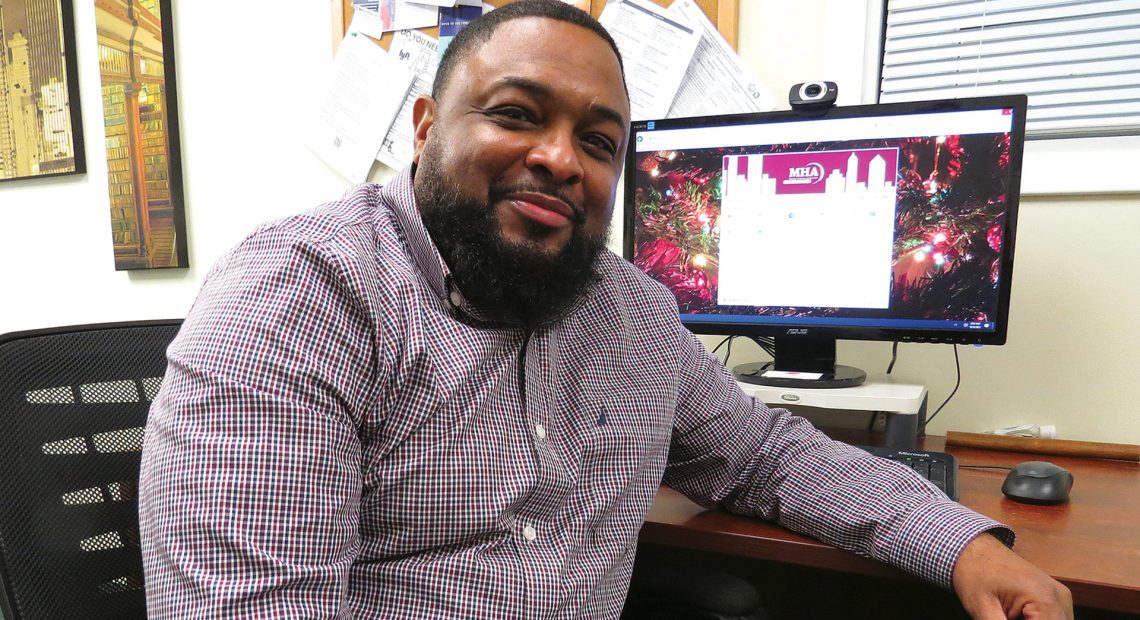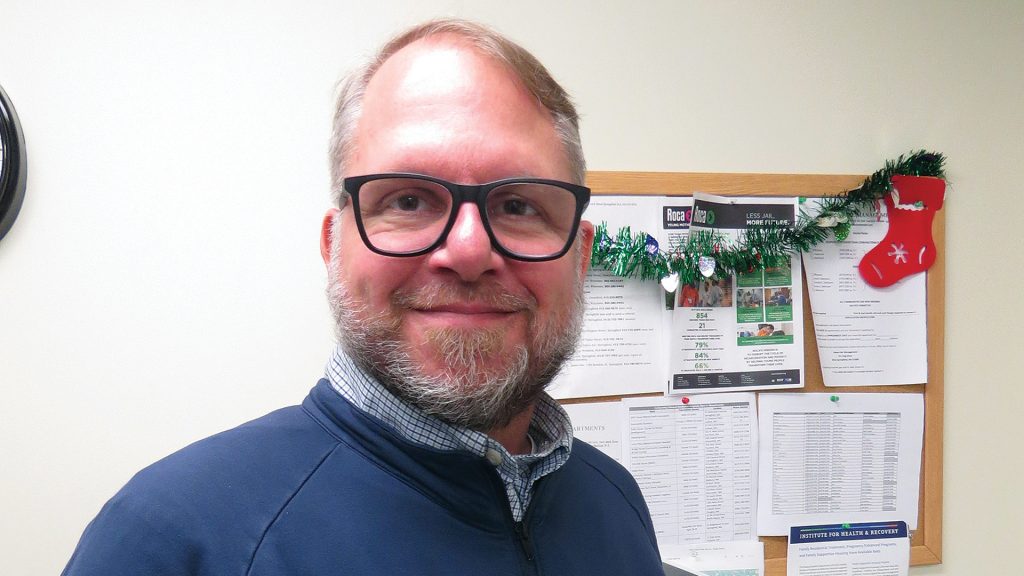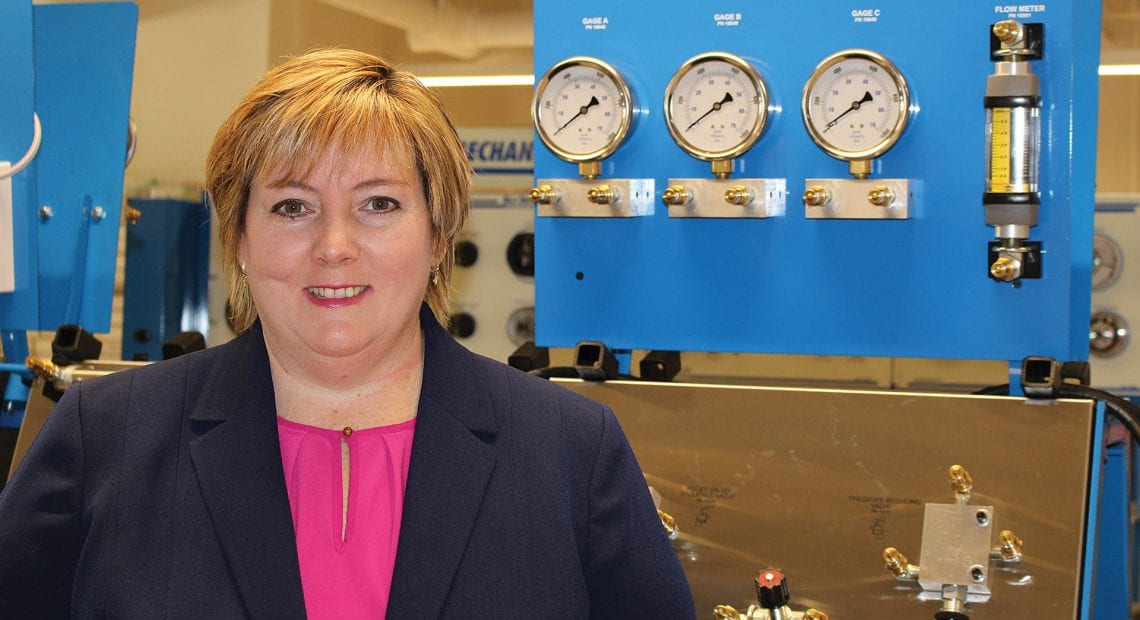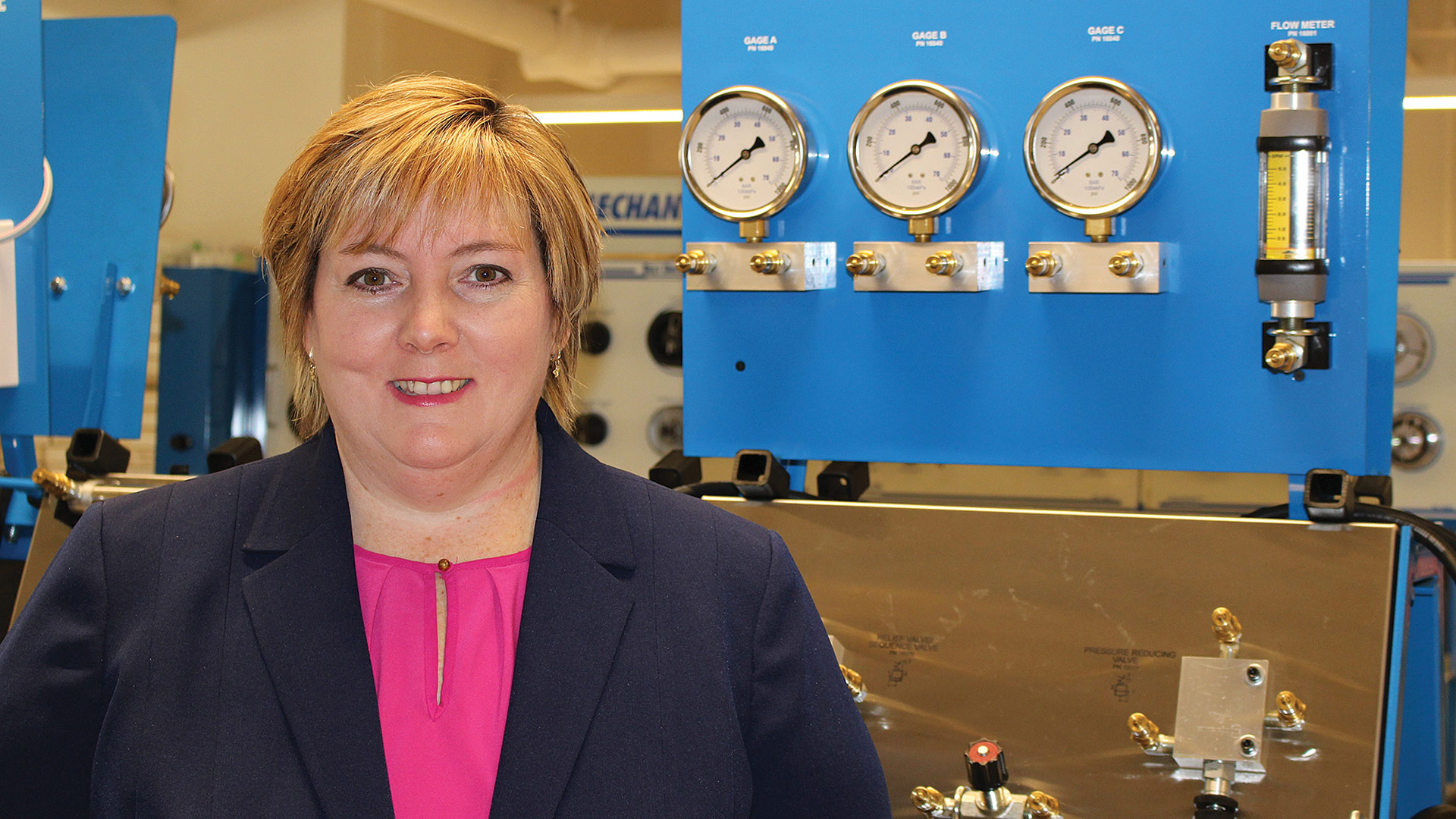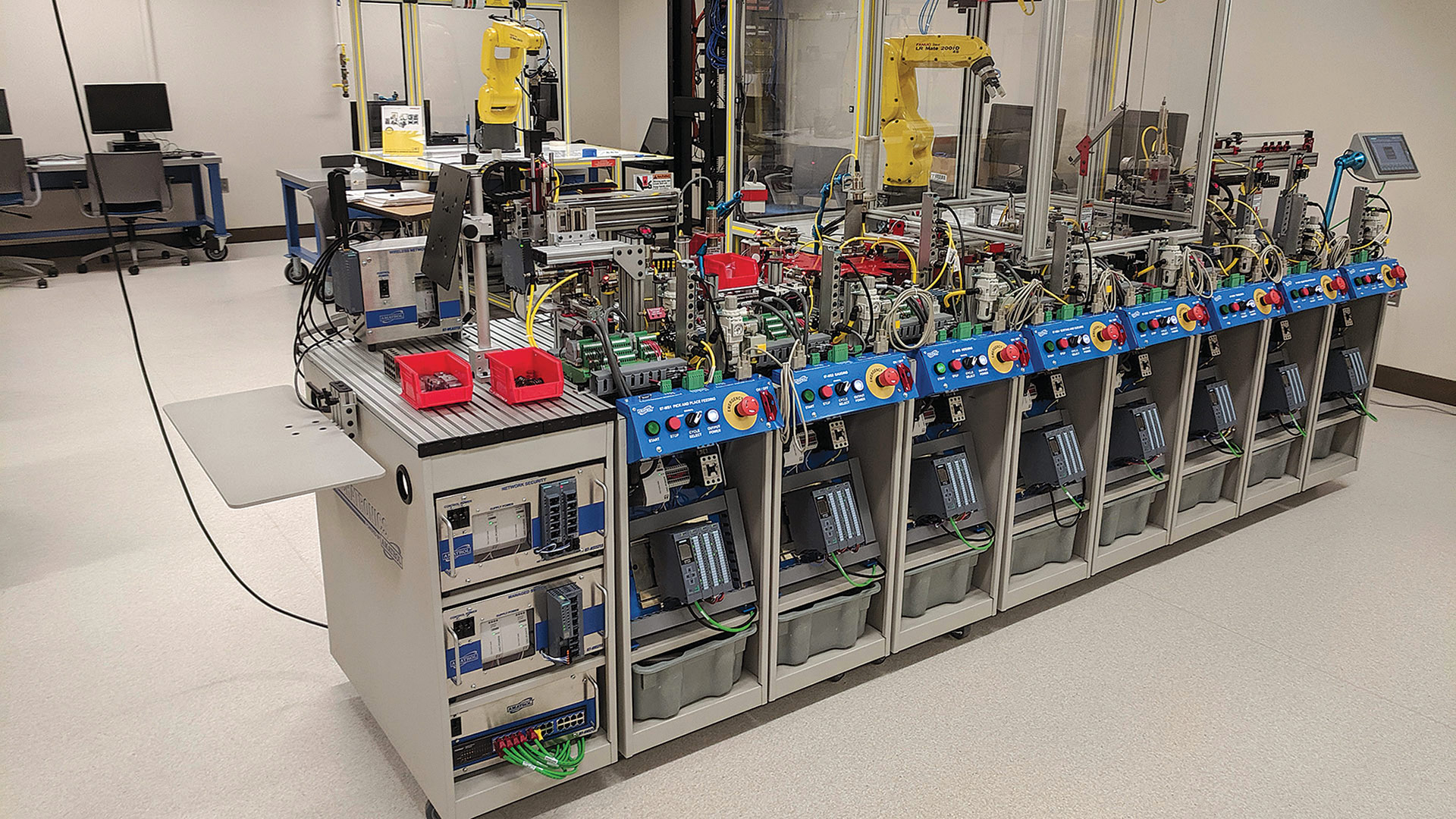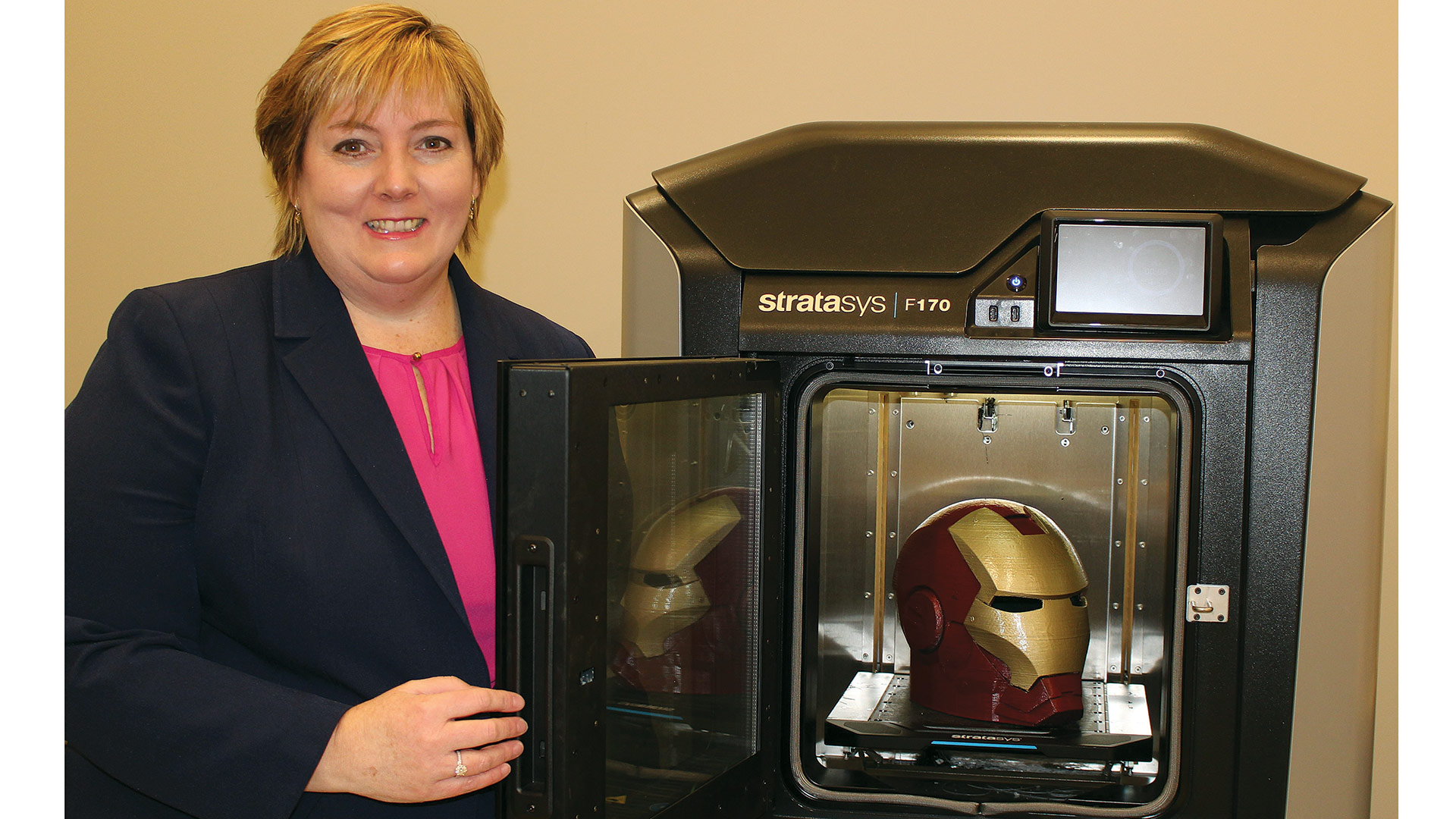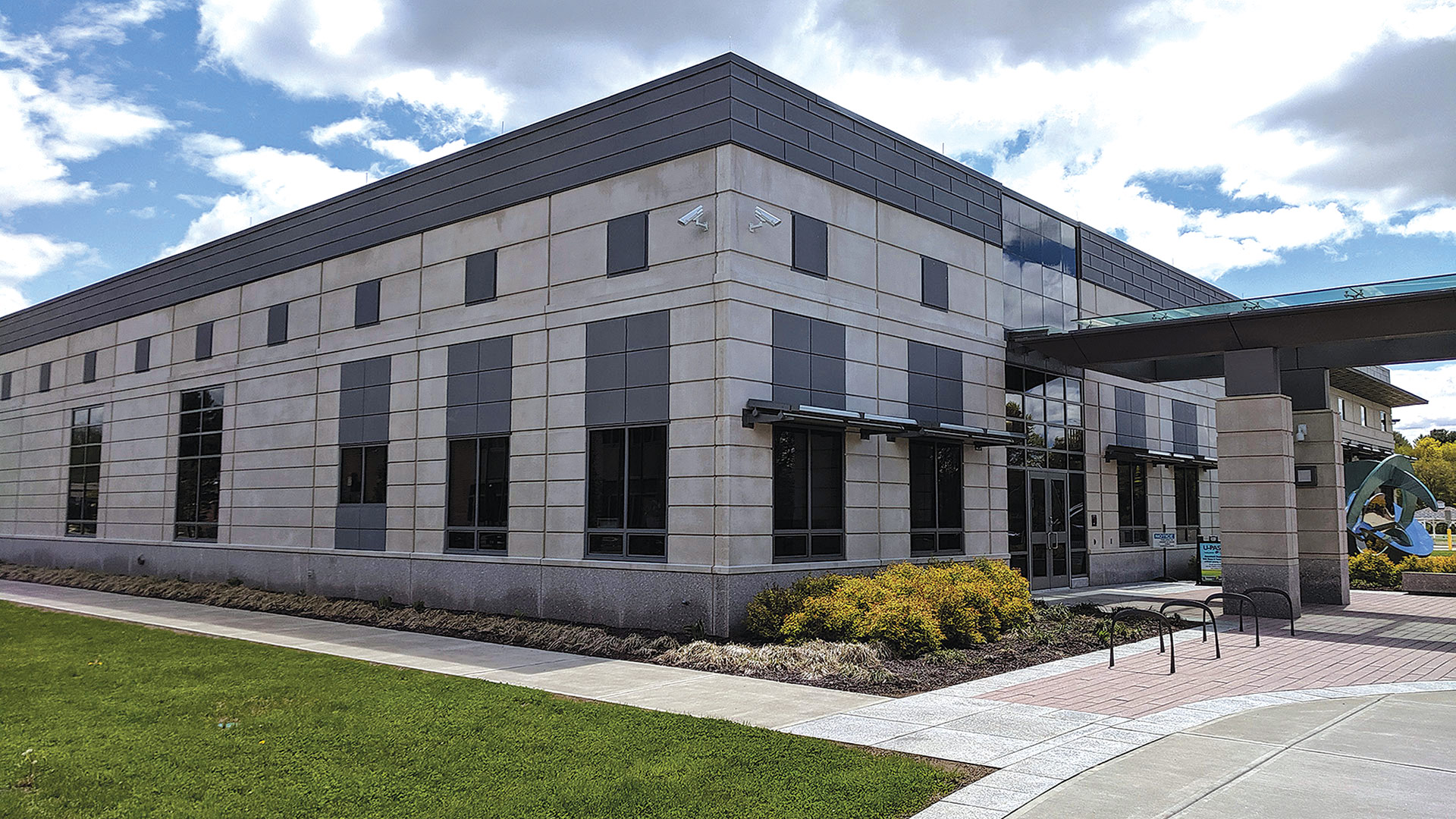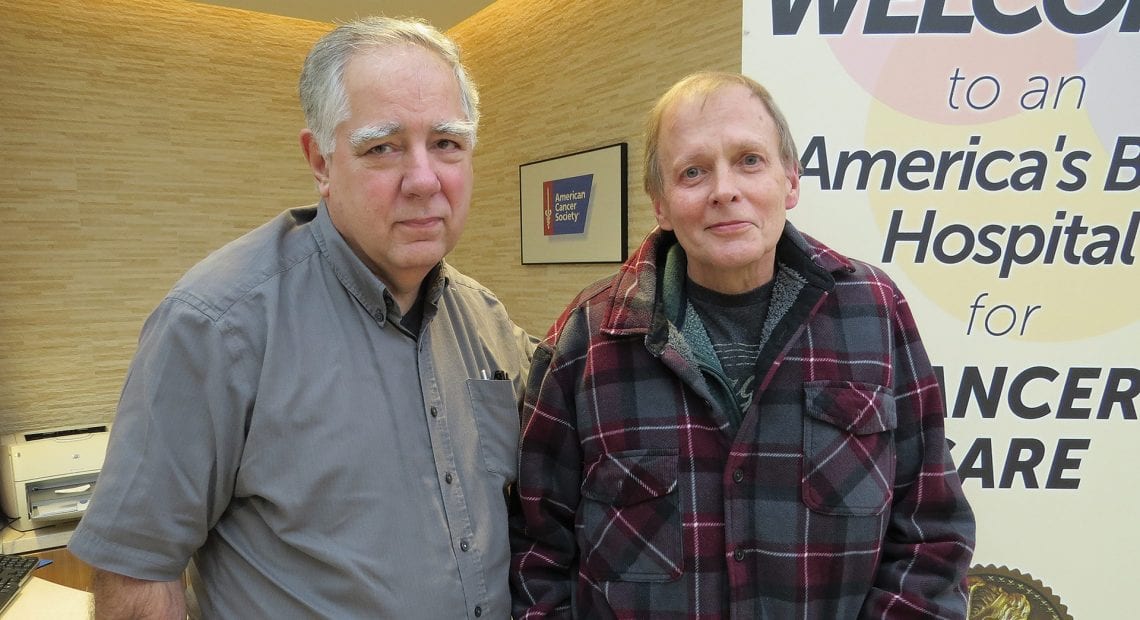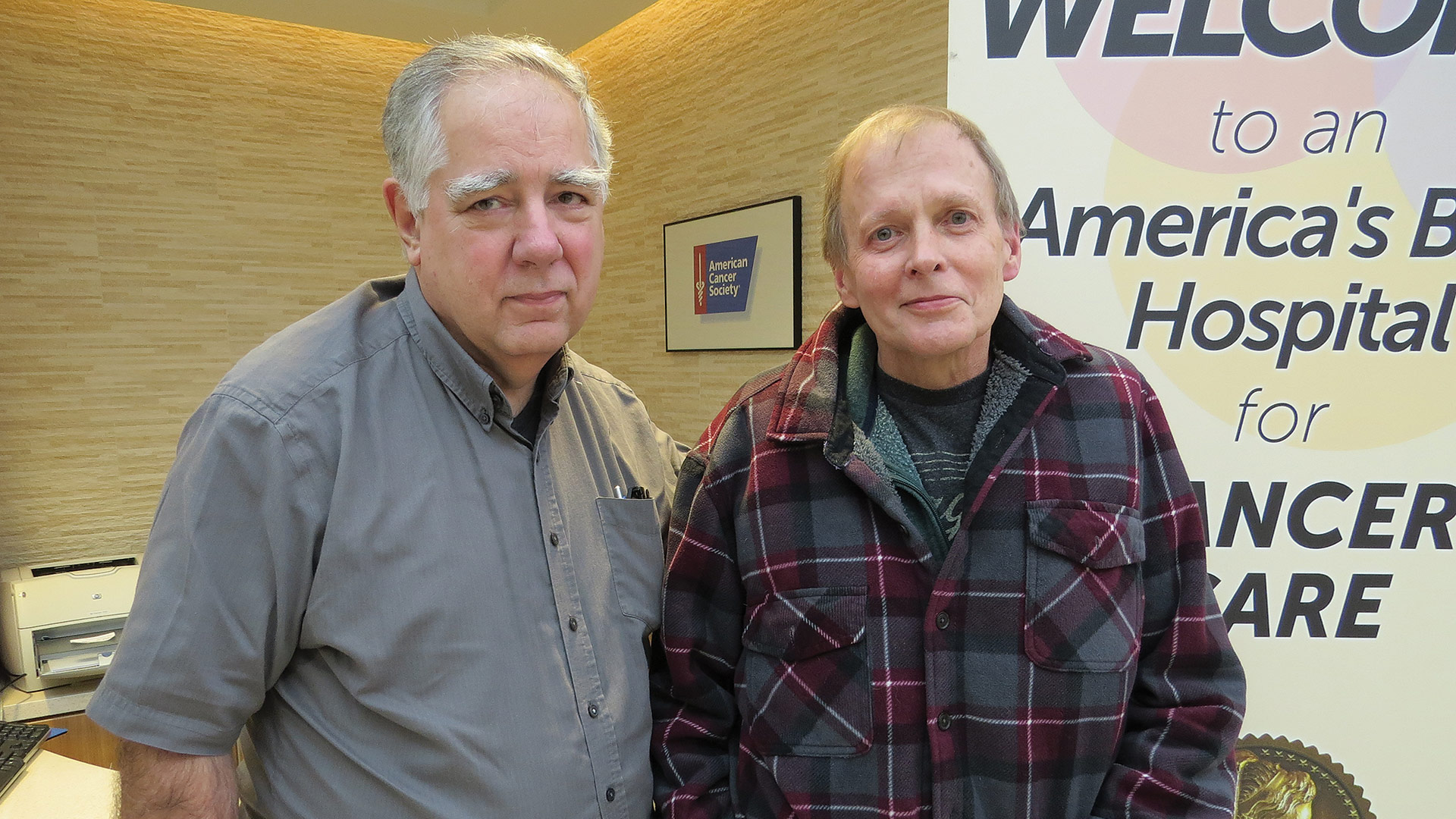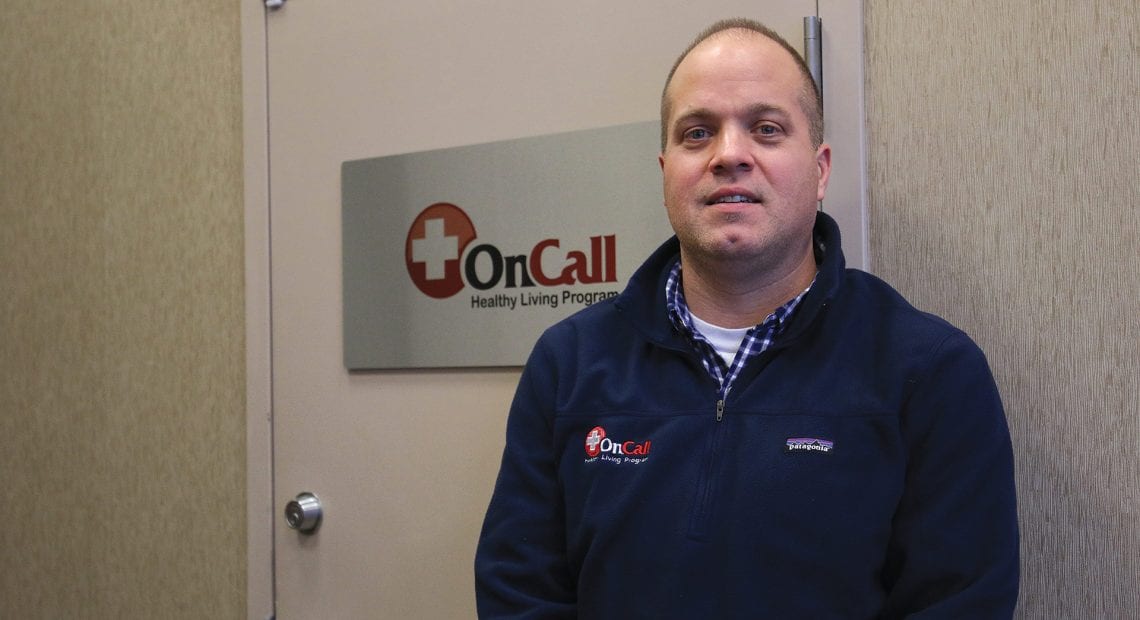Work in Progress
Since its inception, the SummerWorks program administered by the Commonwealth Corp. has opened doors for young people and introduced them to the world of work. This year, as the program expands to include individuals ages 22-25, it is primed to open more doors — and potentially create more opportunities, for employees and employers alike.
By Kaily Houle
David Cruise is more than familiar with the vast potential of Hampden County’s young people and their importance to the region’s business community.
As the president and CEO of MassHire Hampden County Workforce Board, he administers a program called YouthWorks, a state-funded summer-employment program that helps teens and young adults gain the skills and experience needed to not only find and keep jobs, but to begin to design a path toward success.
He’s watched over the years as the program has helped introduce young people to the world of work while also assisting area cities, towns, non-profits, and for-profit businesses with finding needed help and, sometimes, long-term employees.
And this year, he’s anticipating that he’ll see more of all of the above.
Indeed, program administrators are expanding the age parameters of YouthWorks in order to reach a broader range of young adults in the region. Initially, the program was offered to people ages 14 to 21, but now young adults from 22 to 25 are able to participate as well. The mindset behind this expansion of the program is to help more people enter or return into the workforce by providing them with jobs, leadership development and career-exploration opportunities, and various skills training.
“The intent is to take young people, primarily those that live in high-risk, urban areas like Springfield, Holyoke, and Chicopee, Westfield, and provide them with the opportunity of a structured work experience that usually lasts five to six weeks.”
“The intent is to take young people, primarily those that live in high-risk, urban areas like Springfield, Holyoke, and Chicopee, Westfield, and provide them with the opportunity of a structured work experience that usually lasts five to six weeks,” Cruise told BusinessWest, adding that the young people participating are not the only ones who stand to benefit.
Those hiring these individuals benefit as well, he said, adding that this is true at any time, but especially when businesses in every sector of the economy are struggling to find enough help to function at full capacity.
The YouthWorks program will see a boost in funding this year, from $2.5 to $3.17 million — enough to fund more than 700 summer jobs and another 130 evening and weekend jobs during the school year. These initiatives are aimed at getting young adults back into the workforce. Because some of these youth, especially those between the ages of 18 and 25, were displaced from the workforce — either by being disconnected from school or working — YouthWorks gives them the opportunity to find not only a job, but a career they can grow into.
“They may be working part time or under the table, but they’re not in a job that is going to lead them to success,” Cruise explained. “They’re not in a job where they’re in a career that will eventually allow them to make a family-sustaining wage and live at a level they feel comfortable; we have a lot of people beyond the age of 21 that are in the marginal labor market.”
YouthWorks was able to receive its funding a year earlier to aid in planning and serve young people more efficiently. In the past, the agency has received separate funds for the summer program and the year-round program. This year, they’ve combined the funds into one lump sum.
“This is the first time we’ve done that; it’s significant because now we can tie together the summer programming and the work we do during the school year,” said Cruise. “Several of the youths involved in our summer program can continue on into our year-long program.
“So it has a nice continuity to it,” he went on. “We’re not offering full-time positions, but we do think our older youth have an opportunity to not only have a successful summer program, but to also get into a company that can offer a full-time position if that is what they want to do.”
The Job at Hand
Cruise has long been an advocate of summer jobs — not only as a way to introduce young people to the workforce, specific lines of work, and the soft skills needed to succeed long-term, but also as a way to help at-risk young people find alternatives to the streets and the trouble often found there.
But the YouthWorks initiative has always been a win-win-win, he went on, adding that the initiative has benefitted several sectors of the economy — manufacturing and the broad hospitality sector, to name a few — as well as individual businesses and nonprofits, and area cities and towns as well.

Dave Cruise says summer jobs bring benefits to both employees and employers.
And at a time when many sectors are still contending with an ongoing workforce crisis, there are more opportunities for young people and businesses to benefit, with young adults participating in Youthworks now having a better opportunity to find a job that will last longer than the five-to six-week program.
“I believe there are some opportunities in the private sector, because many companies are having a difficult time finding the sufficient staff to do their work,” said Cruise. “It’s hard in the summer to bring someone on for five to six weeks, but if we do a good job matching the young people to the particular site, that five-to six-week summer program can potentially turn into something full time. We’re pretty confident that some of that is going to happen with our older groups.”
Meanwhile, a main focus for YouthWorks is to teach young adults the importance of work and the employability skills they will need to not only find a job, but to keep that job moving forward. Young adults will learn the importance of communicating with your work colleagues, showing up on time, being open to constructive criticism, working in a team concept, developing critical thinking and judgment skills.
“The technical skills they learn on the job are really important also, and we don’t consider them to be secondary,” Cruise went on. “We want to be sure the young folks are getting a real sense of the value and the importance of work — that work is good, work is healthy. It’s very exploratory with our 14-and 15-year-olds but those soft skills are just as important as they are for the 21-to 25-year-olds.”
Focusing on urban areas allows young adults to provide for not only themselves, but also for their families, said Cruise. Participants between the ages of 16 and 25 will be working 100 to 220 hours over the five-to six-week program, making $14.25, Massachusetts minimum wage.
“It’s a job where … they won’t get rich, but they’ll earn money to help continue to support their families and themselves,” he noted. “They’re not taking their check and running to the Apple store — they have other priorities.”
Young adults will be placed in one of the three organizations working with YouthWorks. They have placement opportunities at New England Farm Workers Council, MassHire Holyoke One Stop Career Center, and Valley Opportunity Center. The goal this summer, as noted, is to provide 740 jobs for the summer program and about 130 jobs during the fall.
Due to the COVID-19 pandemic, many of the jobs secured by young people through the YouthWorks program were remote in nature, said Cruise, adding that as workplaces return to something approaching normal this year, participates should see a mix of working conditions, which will only add to the learning experiences.
“We want young people to not only experience hybrid and remote work and how that happens, but see it as something they have to adapt to and deal with as they deal with their career path,” he noted.
Meanwhile, Cruise emphasized that, despite the name of the program, those within the extended age range will not be treated like children. The purpose of the program is to help people — whether they be adolescents or adults — realize their potential and become successful members of the workforce.
“It’s hard to take a 25-year-old or an 18-year-old and call them a youth,” he said. “I don’t make that mistake calling them youth; they’re young adults … they’re adults, period. We treat them like adults. We respect them as adults.”
The summer program is going to begin the weekend after the Fourth of July. Applications are still available at the three organizations partnered with YouthWorks, online, and in most high schools in Hampden County.
Beyond a Paycheck
Since it was launched decades ago, the summer-employment program has been all about opening doors for young people, said Cruise.
These open doors lead to learning experiences on many different levels — from acquiring a specific skill, to understanding the importance of showing up for work on time, to discovering well … how to make a living.
Sometimes, these open doors lead to much more — not just a summer job, but a career. And with the expansion of the SummerWorks program to a broader age group this year, the hope, and the expectation, that more doors will be opened and many more young people will march through them.





